Art in Public Places Plan
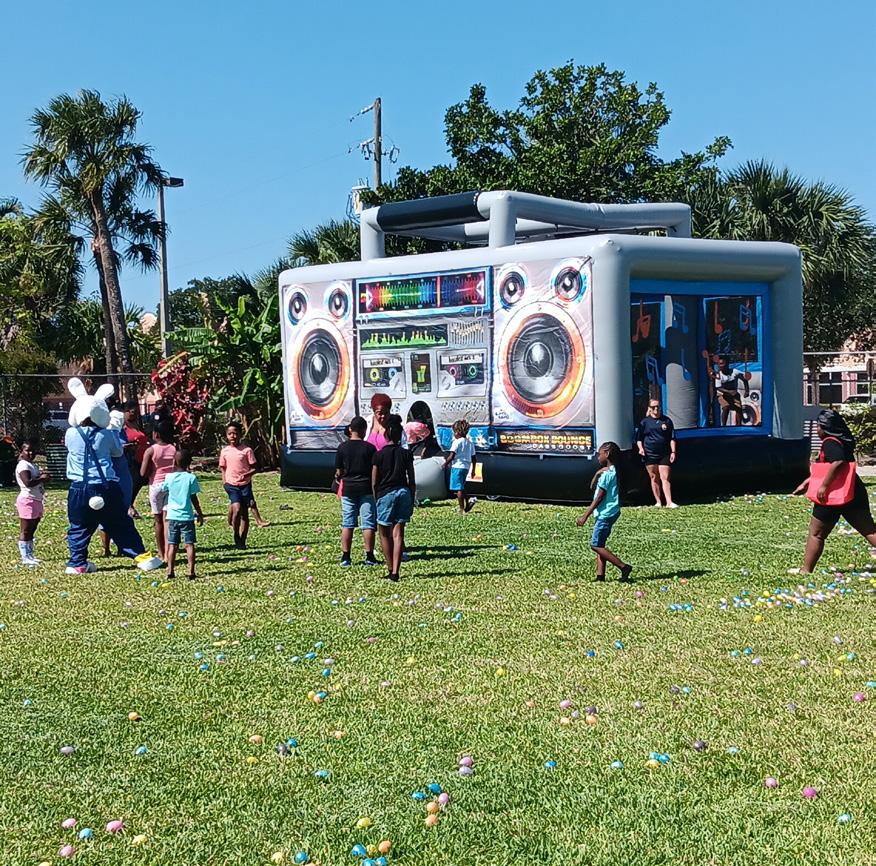


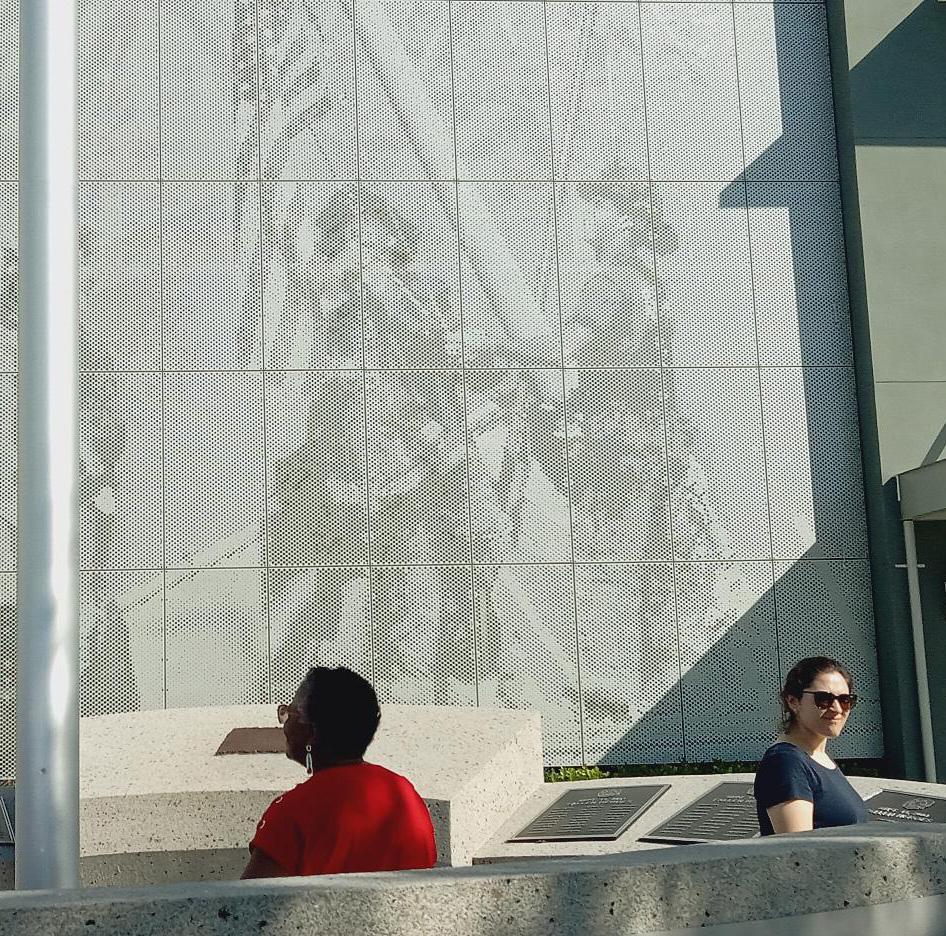

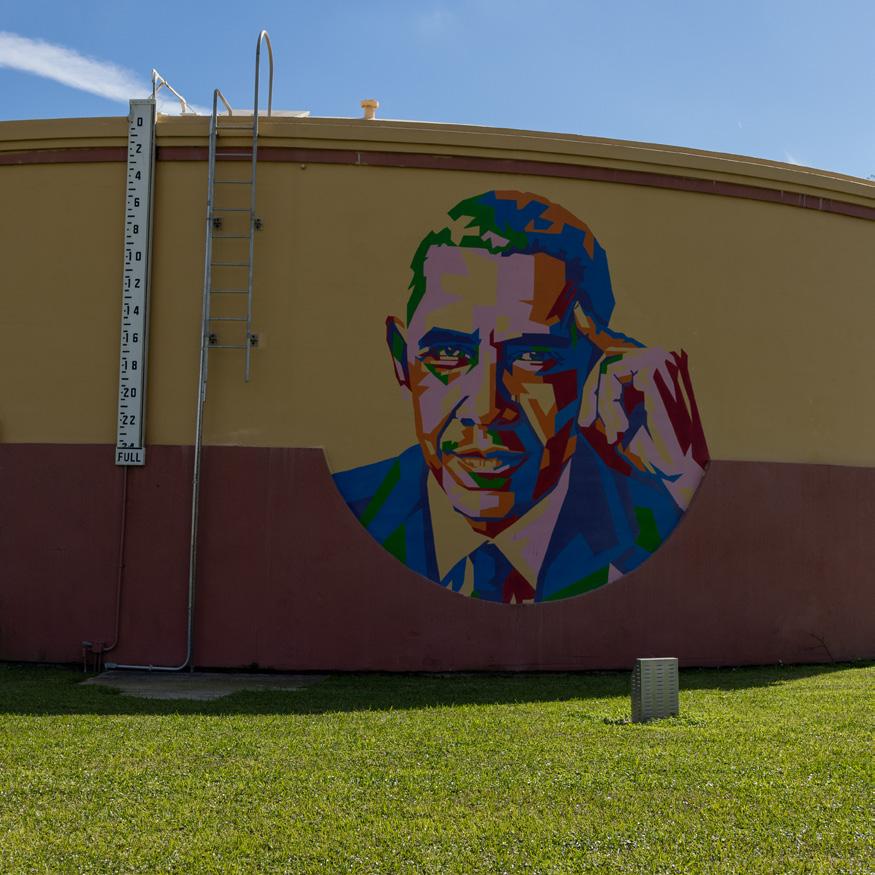

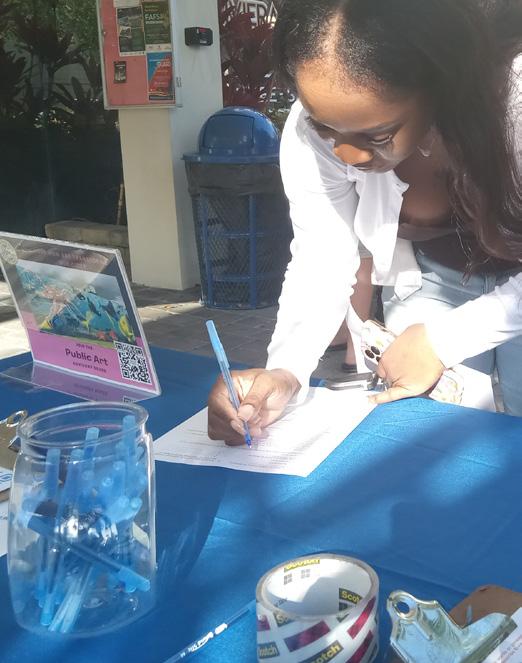

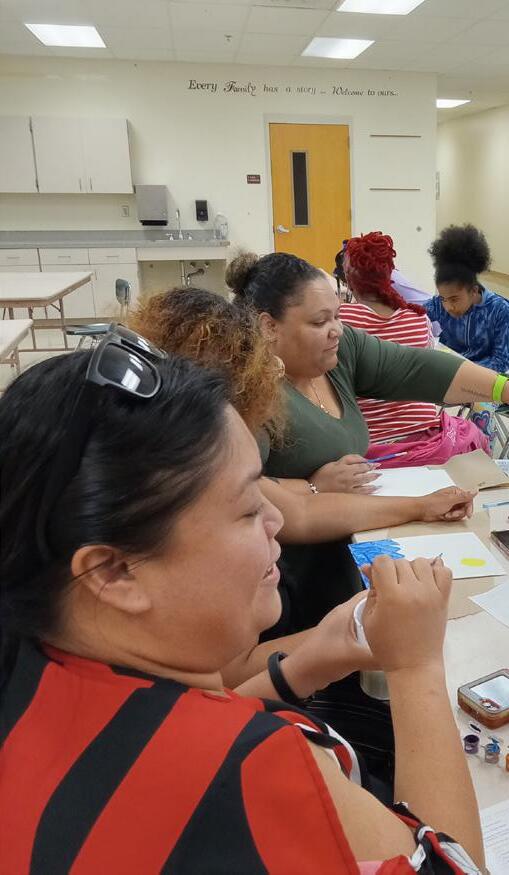
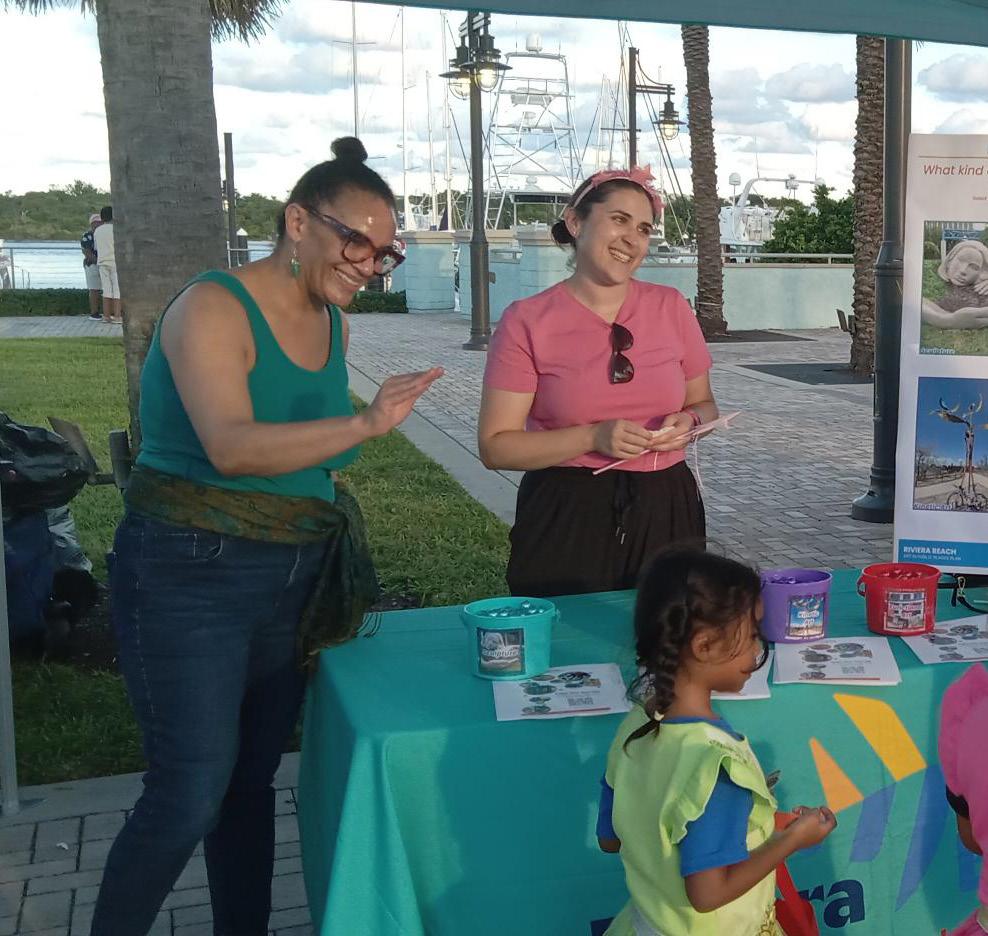
JUNE2025
see what’s beneath the surface Riviera Beach












JUNE2025
see what’s beneath the surface Riviera Beach
I, Mayor Douglas Lawson, am proud to express my full support for the City’s new Public Arts Plan, a bold step forward in shaping a more connected, vibrant, and inclusive Riviera Beach. This plan is a central part of our larger vision for the city, aligning with the work underway through the 2040 Comprehensive Plan and embracing our guiding theme: “Building Connections in Our City.”
Public art is more than just aesthetics — it is a powerful tool for uniting people, places, and ideas. From murals and sculptures to performances and cultural installations, public art has the ability to reflect our community’s diversity, honor our history, and inspire a shared vision for the future. In Riviera Beach, every neighborhood has a unique story to tell, and this plan ensures that all voices and cultures are seen, celebrated, and elevated through the arts.
The Public Arts Plan outlines strategies to activate public spaces, engage local artists, attract cultural investment, and strengthen our city’s identity. It will help us create meaningful art in parks, streetscapes, and civic centers — ensuring that beauty, culture, and connection are accessible to all. Just as importantly, this plan supports economic opportunity and community pride by incorporating public art into new development, infrastructure improvements, and neighborhood revitalization efforts.
As we continue to grow and evolve as a city, let us remain focused on building bridges — between people and place, between past and future. I am confident that the Public Arts Plan will not only enrich our physical landscape but also deepen the human connections that make Riviera Beach such a special place to call home.

On behalf of the City Council and staff, I encourage all residents, artists, and community stakeholders to join us in supporting and participating in the implementation of this important initiative.
Together, we are building a more creative, connected, and forward-looking Riviera Beach.
Sincerely,

Douglas Lawson
Mayor, City of Riviera Beach
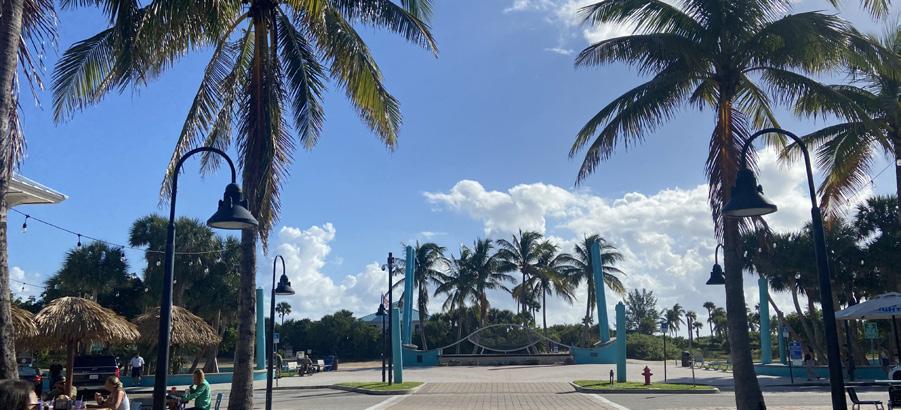
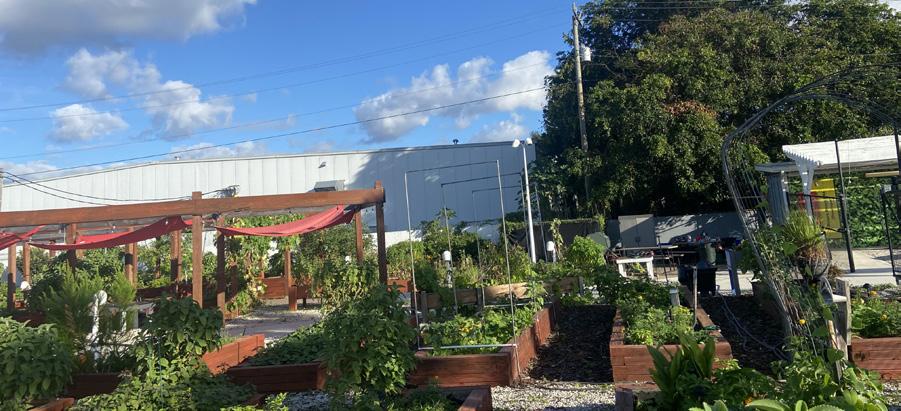
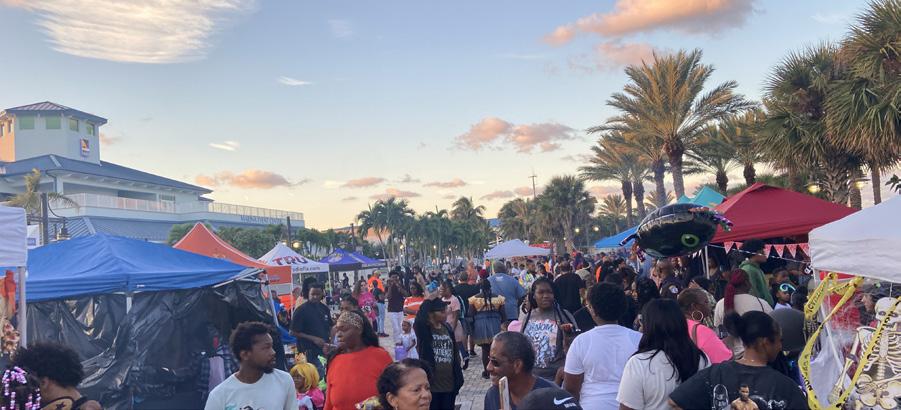
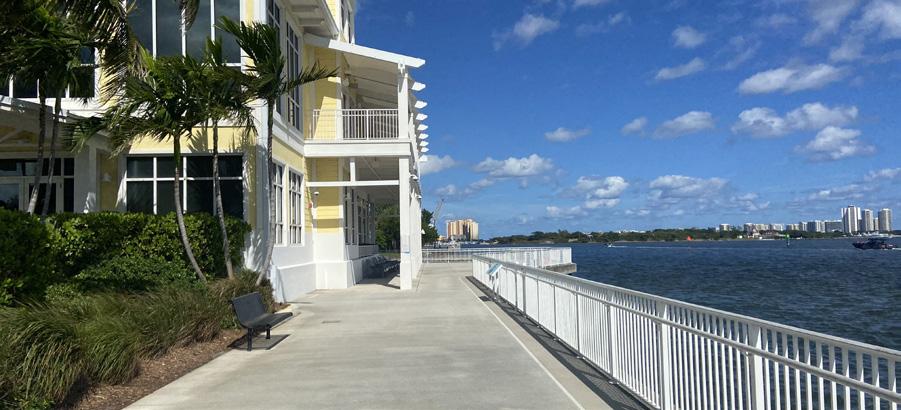
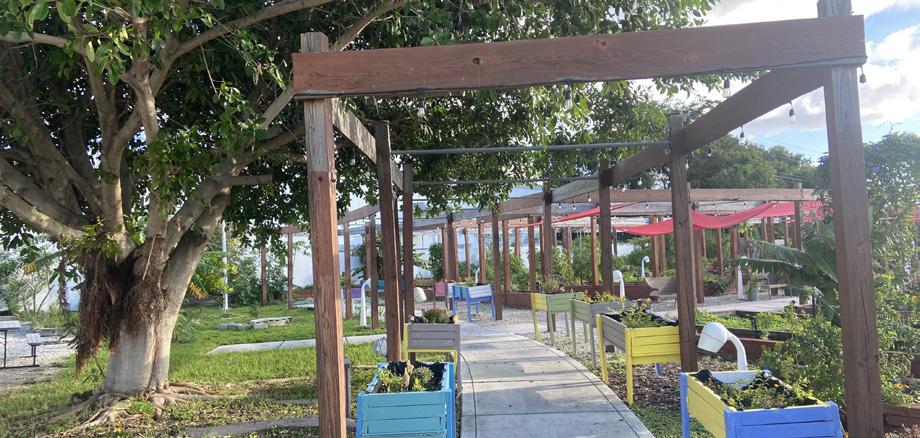
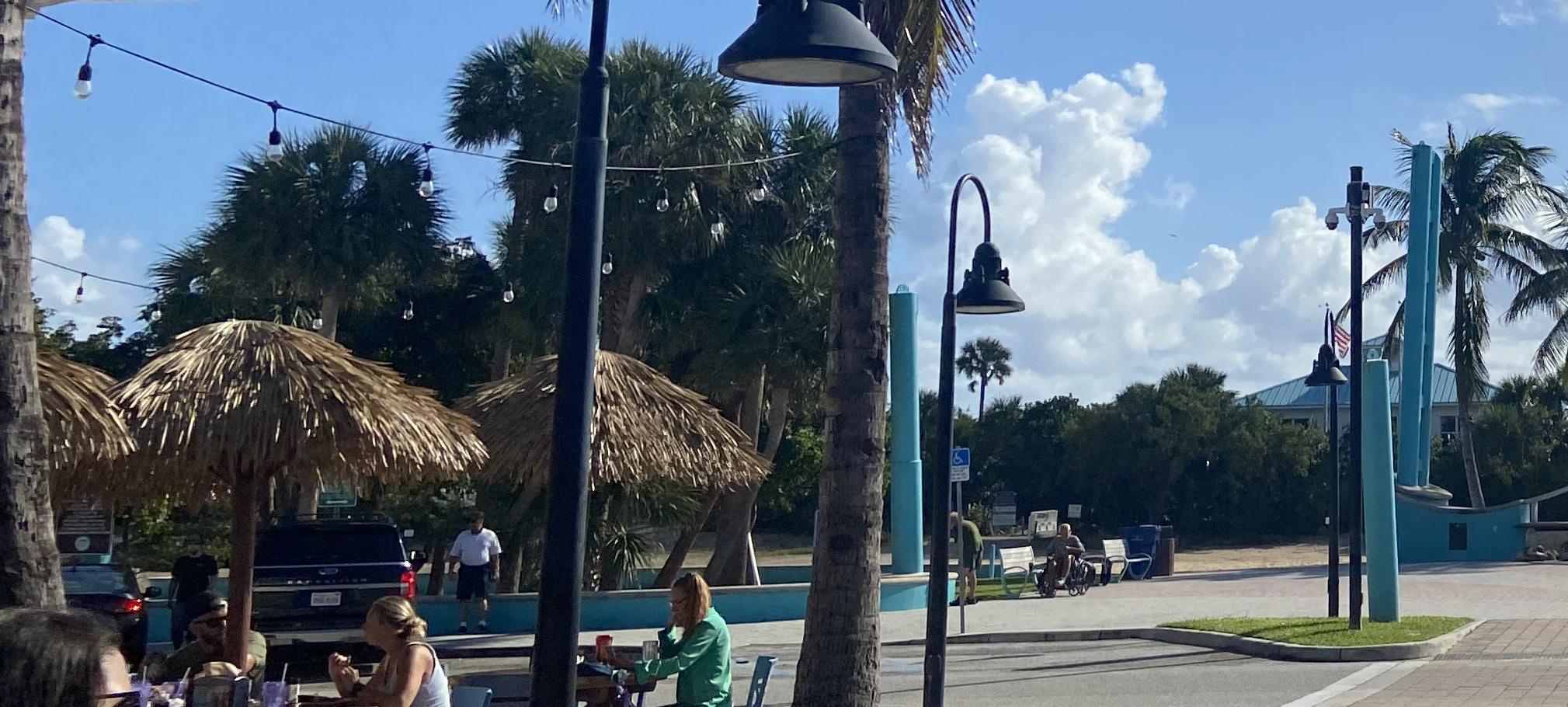

What is an Art in Public Places (AiPP) plan?
Why explore an AiPP Plan now? Who is this plan for?
An Art in Public Places Plan serves many purposes. It can be a roadmap for how to implement new and exciting public art projects; a menu of different public art typologies and approaches; and, above all, a snapshot of what the community desires for its public art to express, celebrate, and honor. Riviera Beach’s Art in Public Places Plan is also a catalyst for collaboration and connection across City administration, neighborhoods, and cultures. This visionary, forward-thinking plan will equip and empower the City of Riviera Beach with project ideas, tools, and inspiration for the next 10 years.
With the adoption of its public art ordinance in 2024, the City of Riviera Beach is ready to explore both strategic and aspirational public art projects. The Rivera Beach Art in Public Places (AiPP) plan will reflect community desires for public art around the City, offer public art placement recommendations, and provide a framework and vision statement that will grow with the program over the next decade. Additionally, this plan recommends public art policies, based on national best practices, for efficient and responsible care of the collection, project administration, and beyond. As Riviera Beach continues to grow and attract new residents, tourists, and business, its public art can outwardly convey the City’s values, identity, history, and future.
Public Art mean any of the following tangible, original creations by Artists which include all forms of the visual arts conceived in any medium, material, or combination thereof, including, but not limited to, paintings; sculptures; engravings; carvings; frescoes; stained glass; mosaics; mobiles; tapestries; murals; photographs; video projections; digital images; bas-relief; high relief; fountains; kinetics; collages; drawings; monuments erected to commemorate a person or an event; functional furnishings, such as Artist designed seating and pavers; Artist designed architectural elements; and Artist designed landforms or landscape elements.
The following shall not be considered as Art for the intents and purposes of Riviera Beach Municipal Code:
1. Reproductions or unlimited copies of original pieces of art; Objects which are mass-produced or of a standard design, such as playground sculpture or fountains, except pieces of historical significance to Riviera Beach;
2. Works that are decorative, ornamental, or functional elements of the architecture or landscape design, except when commissioned from an Artist as an integral design aspect of a Structure or site.
3. elements generally considered to be conventional components of a landscape architectural functionality or code standards including, but not limited to, plant materials, pools, paths, benches, receptacles, fixtures and planters;
4. directional or other functional elements, such as super graphics, signage, color coding and maps, except where sculptural pieces are used to define gateways in Riviera Beach;
5. electrical, water or mechanical service for activation of the work;
6. exhibitions and educational programs related to the work; or
7. art that displays slogans, logos, mascots or commercial advertising.
The AIPP Board is tasked, by ordinance, with administering the Art in Public Places Plan. Although this Plan provides a roadmap for public art projects over the next 10 years, the Board may refer to this plan for project inspiration and implementation beyond this time frame.
The Plan supports Elected Officials’ decisionmaking frameworks and resource allocations for public art. Additionally, City Staff will steward public art processes as outlined by the Public Art Policy, and ensure that City initiatives support public art opportunities.
Who is this plan for?
Per Chapter 32 in Riviera Beach’s Code of Ordinances, private developers are required to either place publicly-visible art on property where a private development project is located, or contribute an in-lieu fee to the City’s public art fund. Developers should refer to the ordinance for specific guidelines and policies. While the Art in Public Places plan cannot direct developers’ selected art for their projects, developers should refer to this document to better understand the community’s identity and desire for public art in Riviera Beach.
Everyone!
This plan reflects the desires, wants, and aspirations of the people of Riviera Beach. Its reach can extend beyond public art to uplift other areas of the community.
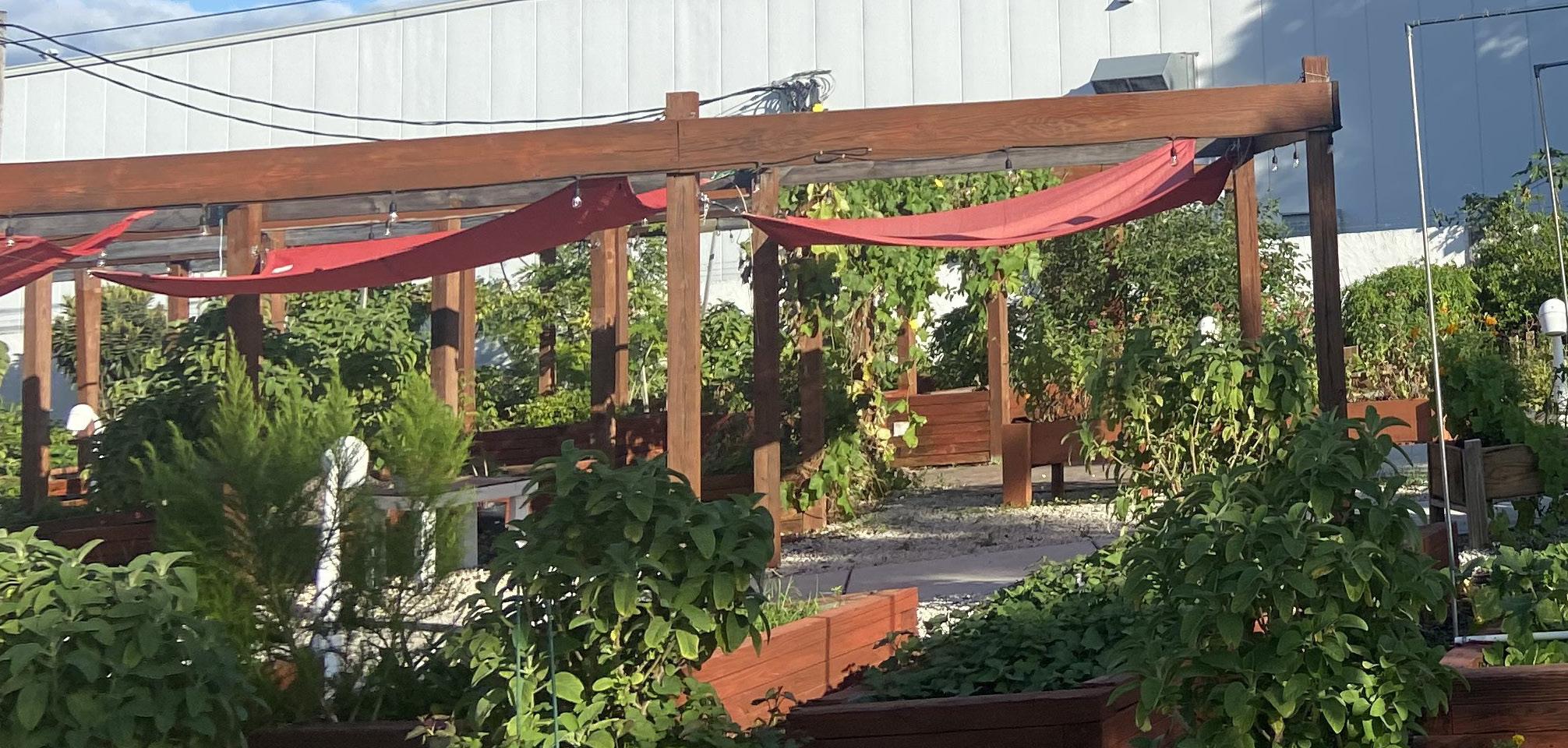
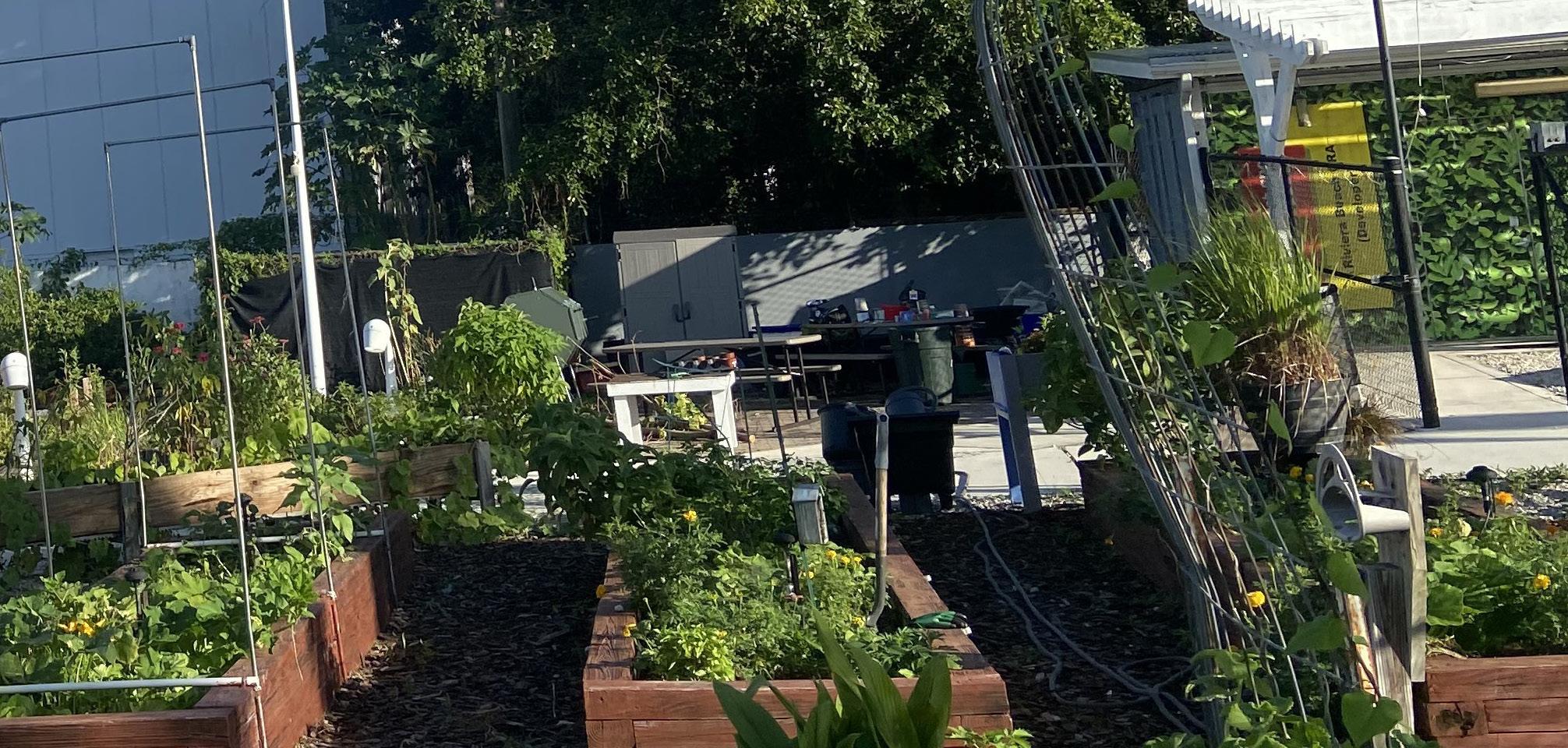
Community Profile
Public Art Collection
Riviera Beach, located in Palm Beach County in southeastern Florida, is the easternmost municipality in the Miami Metropolitan Area. Riviera Beach covers a total area of 9.8 square miles, including 1.5 square miles of water. It has a tropical climate, with mild, dry winters and hot, wet summers. The Atlantic Ocean forms the city’s eastern boundary, accessible via Singer Island—a barrier island partially within Riviera Beach’s jurisdiction. Lake Worth Lagoon borders Singer Island to the west, separating it from the Riviera Beach mainland. Lake Worth Lagoon is a popular destination for diving and boating.
See the Appendix for the full Existing Conditions Report.
Source: worldpopulationreview.com Population Projection
Population Projected Population
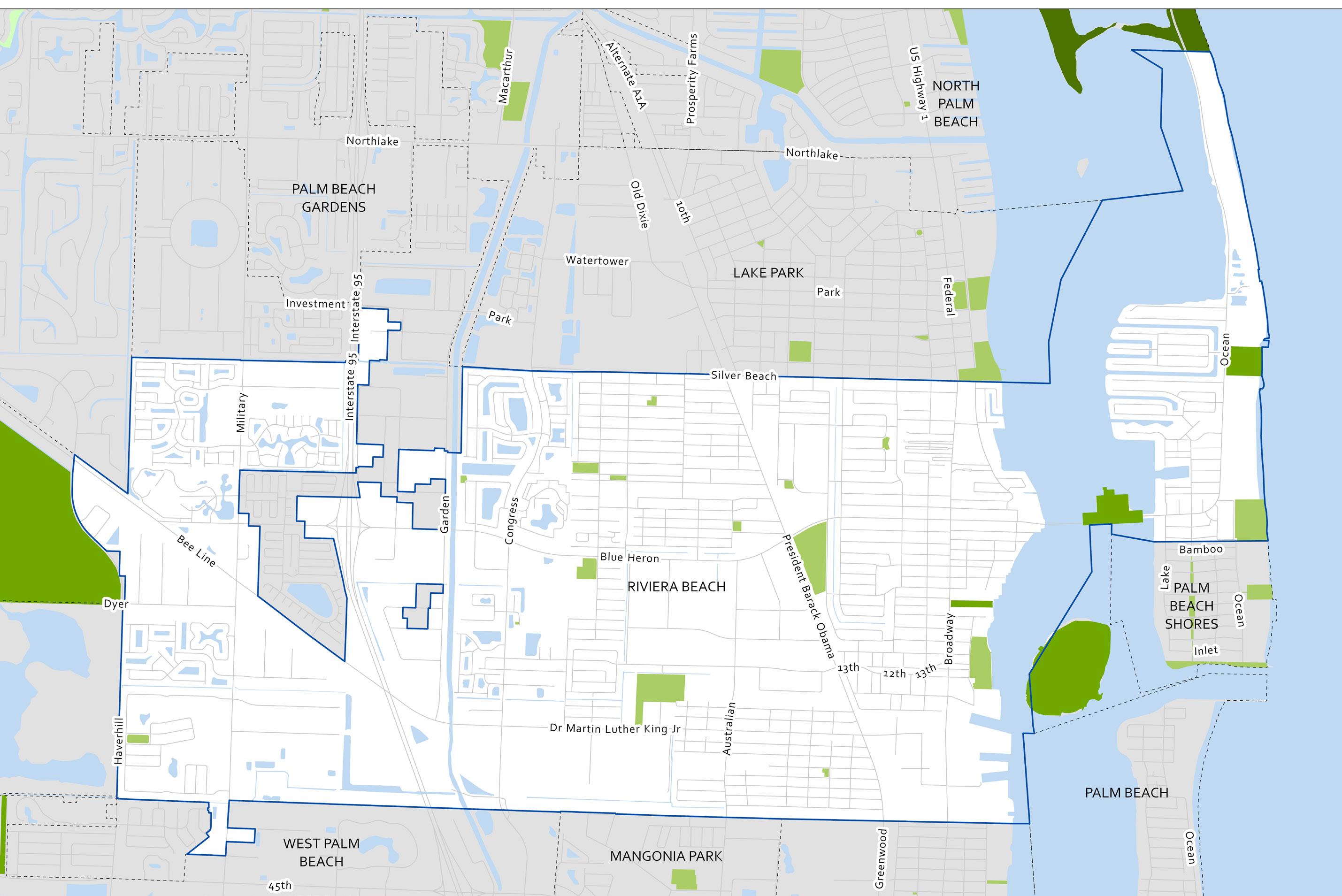
State Parks
County Parks Municipal Parks
Murals are the most prominent form of public art in Riviera Beach, many featuring oceanic imagery and are visible along the city’s main roads. While the City’s public art program is now guided by an Art in Public Places Ordinance, much of the pre-existing artwork was created through CRA initiatives, private developments, and community-led projects.
See the Appendix for the full Existing Conditions Report.
Riviera Beach is home to 26 unique public art installations. Nine of these, are located on or east of Broadway, and were implemented by the City’s Community Redevelopment Agency. The remaining 17 are concentrated along Blue Heron Boulevard and Dr. Martin Luther King Jr. Boulevard—the city’s main eastwest corridors. All installations are visible from major roadways.
All City-implemented projects are two-dimensional artworks, including building murals, vinyl-wrapped utility boxes, a painted oversized Adirondack chair, perforated architectural cladding, and decorative enhancements to chain-link fencing.
Riviera Beach’s existing public art highlights legendary Black heroes; the City’s beachside lifestyle; local plant and animal life; and a reproduction of Raising the Flag at Ground Zero, a photograph by Thomas E. Franklin.
The current collection excludes four publicly visible sculpture installations in Riviera Beach. Two sculptures located at the Berkeley Landing Apartment complex were installed in accordance with the City’s Art in Public Places ordinance for private developments. The fisherman sculpture at the entrance to Phil Foster Park is placed on Palm Beach County property, but it functions as gateway artwork because of its visibility from the public right-of-way along Blue Heron Bridge. Finally, the manatee sculpture at Manatee Lagoon is owned by Florida Power & Light, who has leased the property from the City of Riviera Beach.

Murals
Utility Wraps
Other
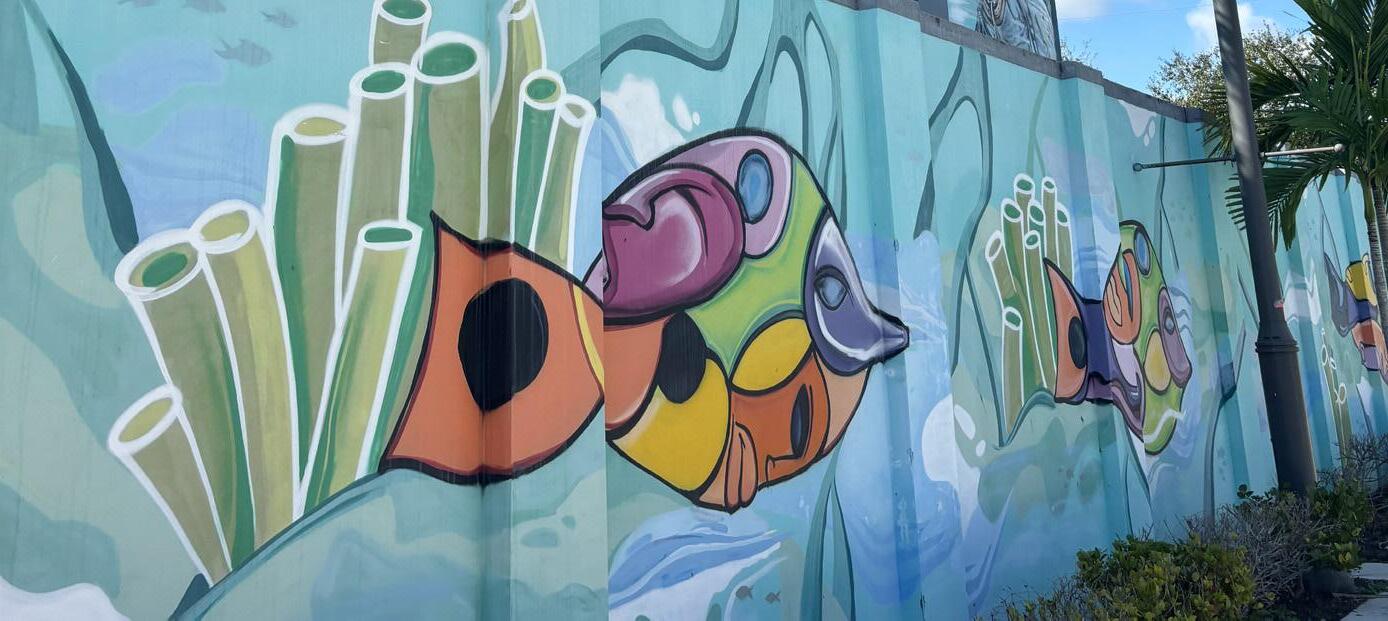
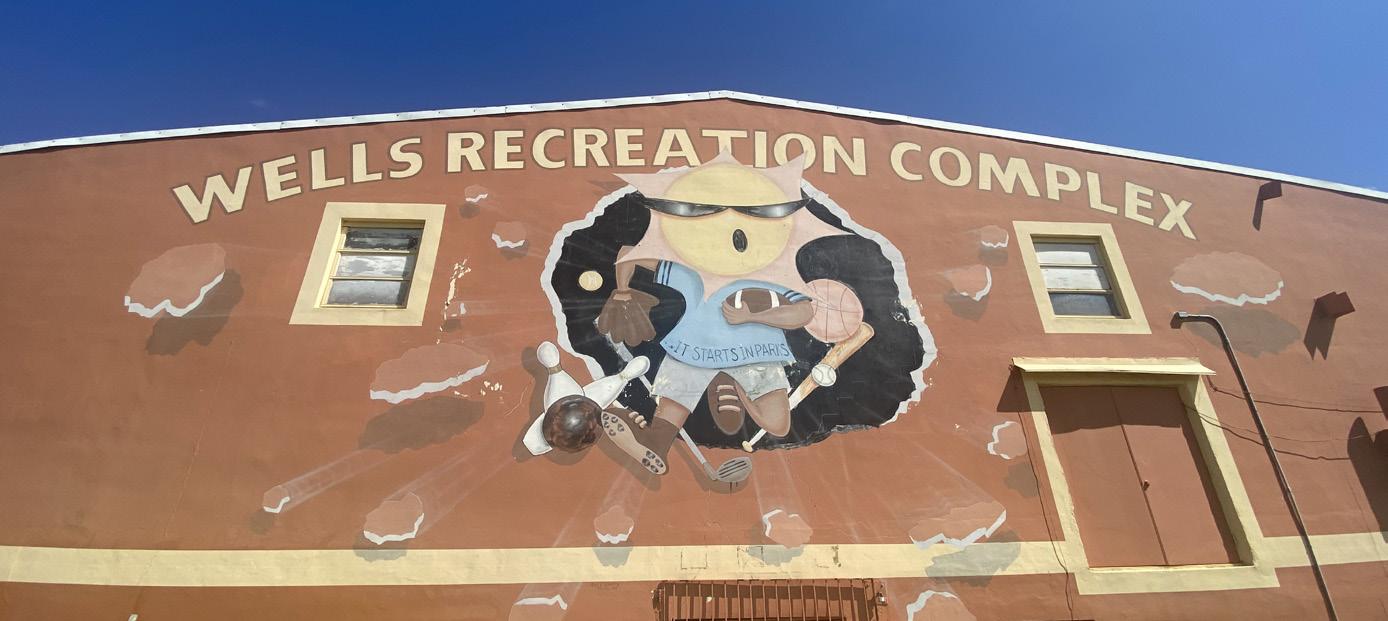

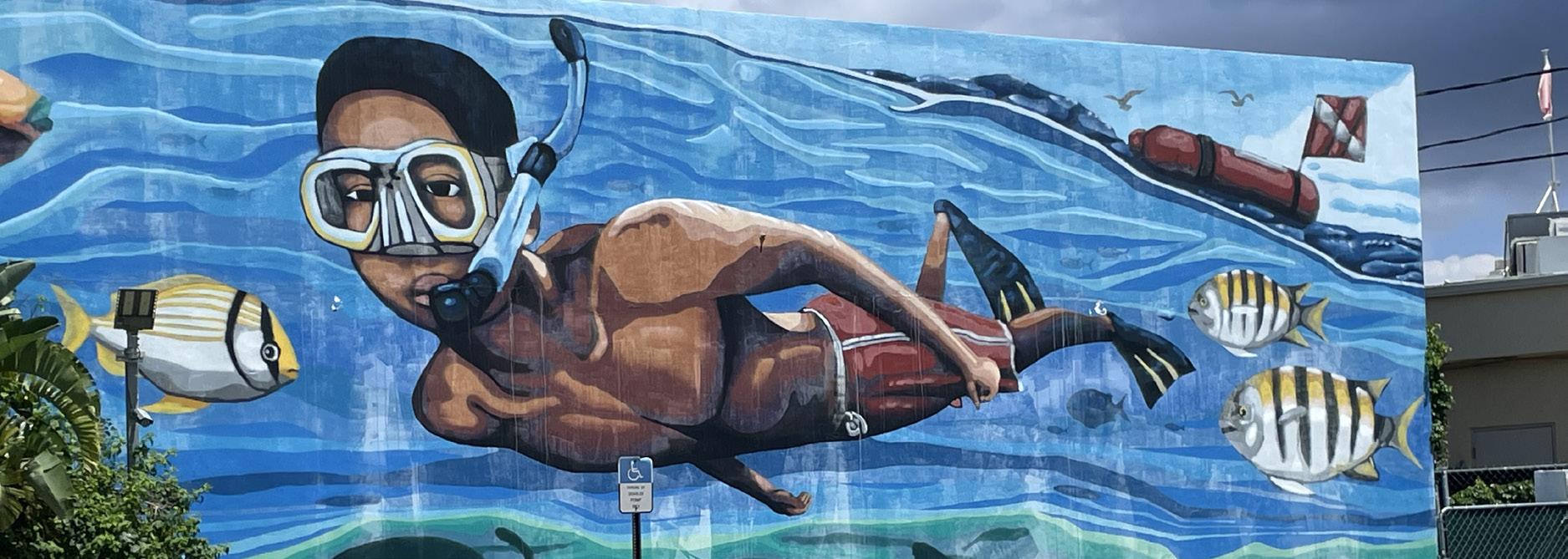
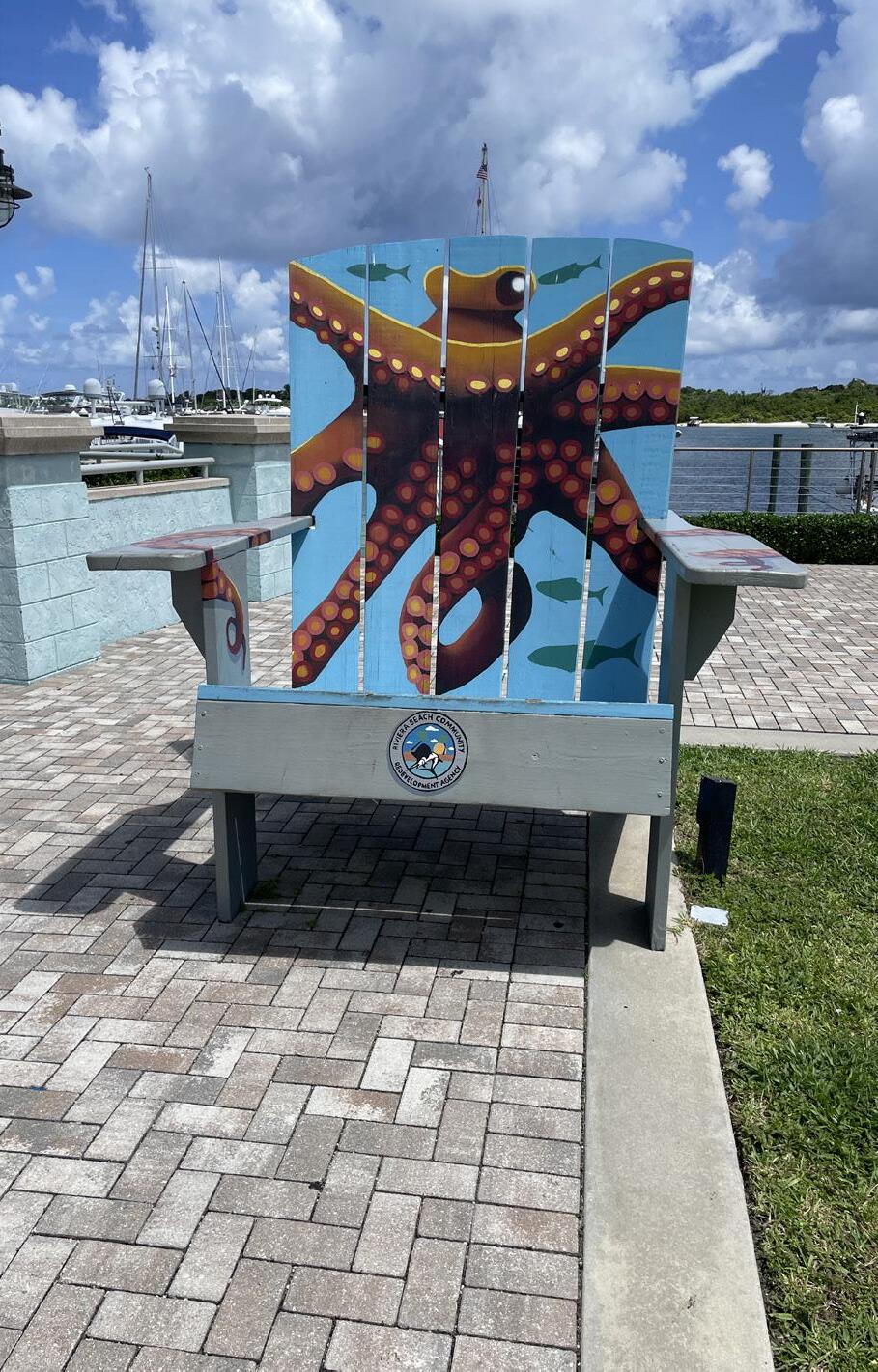
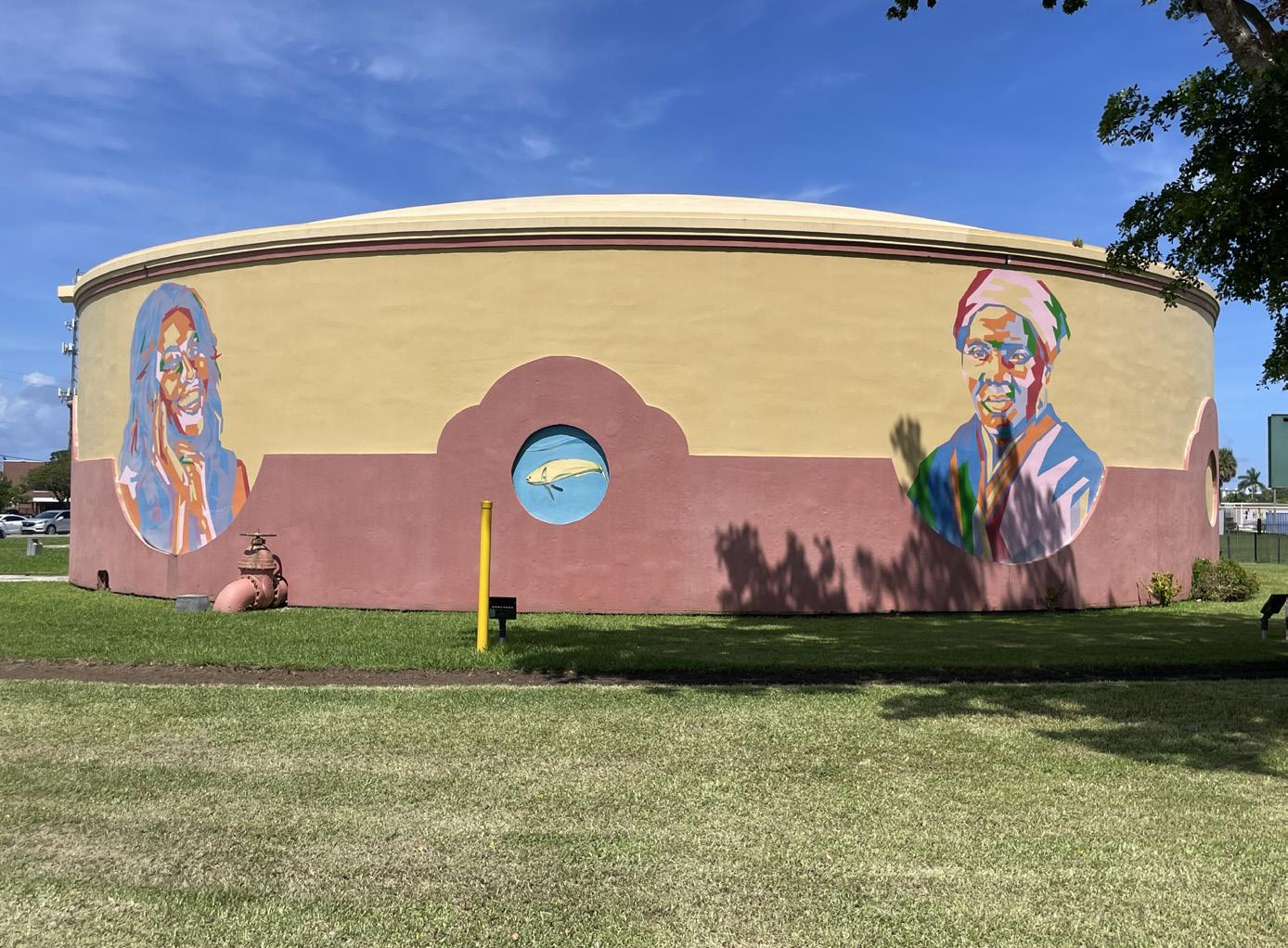
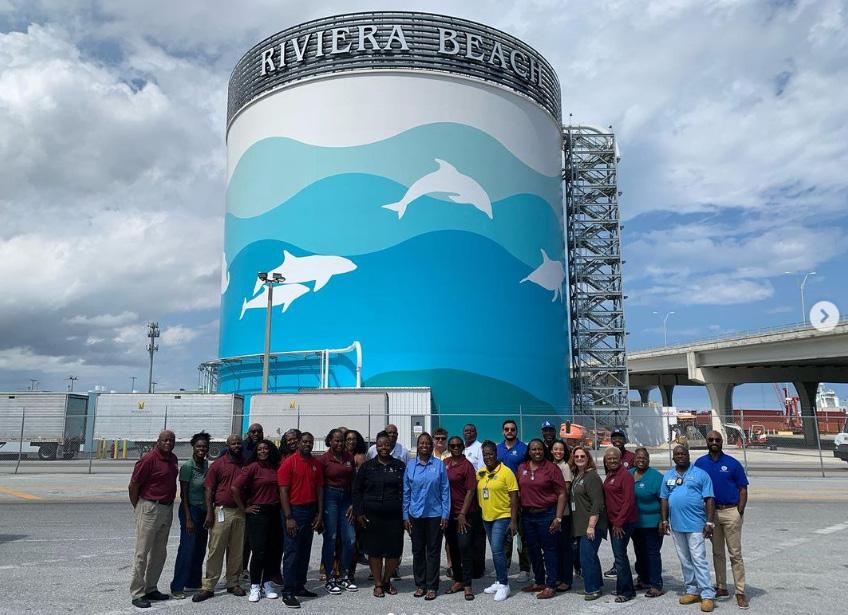


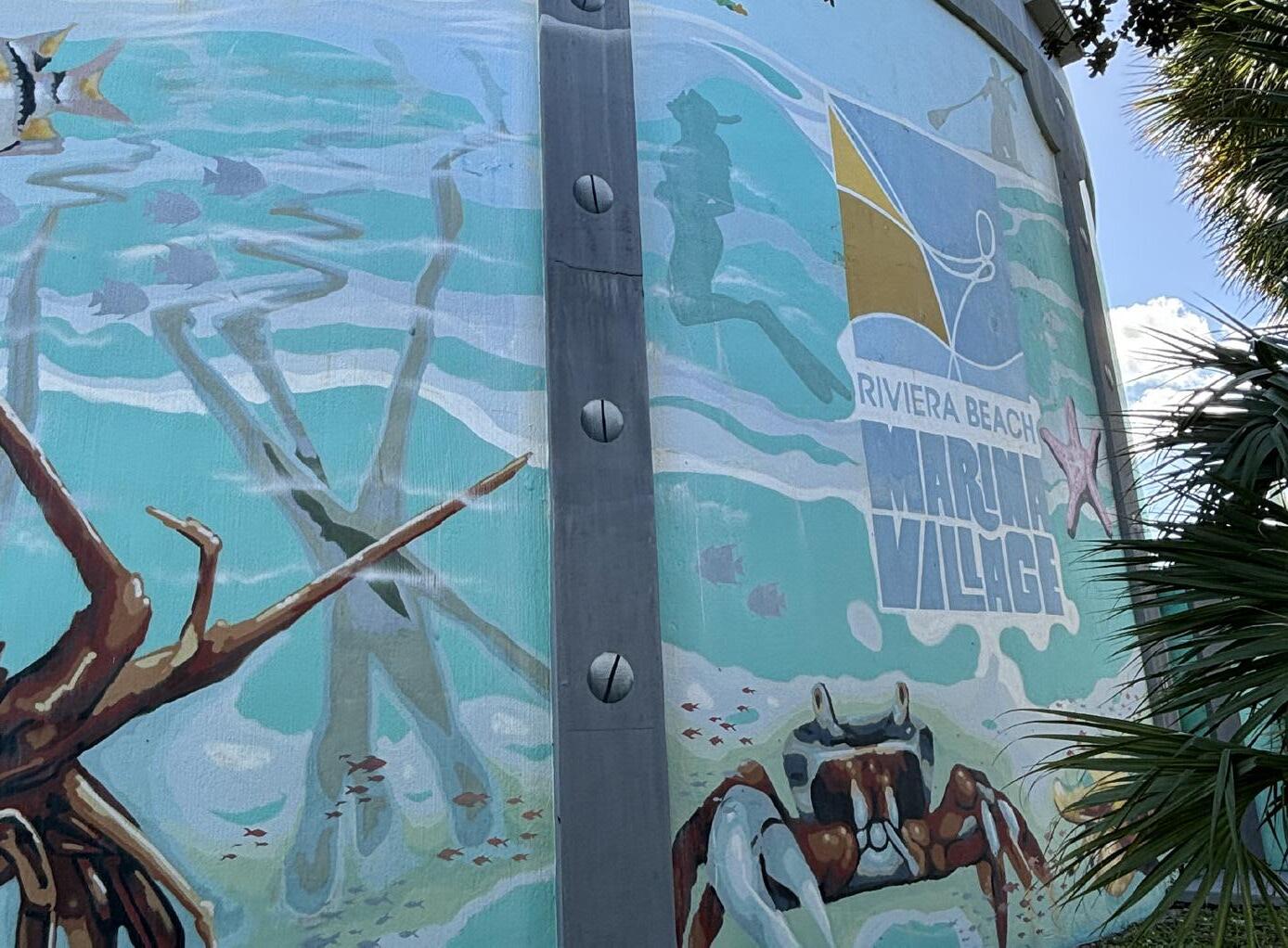
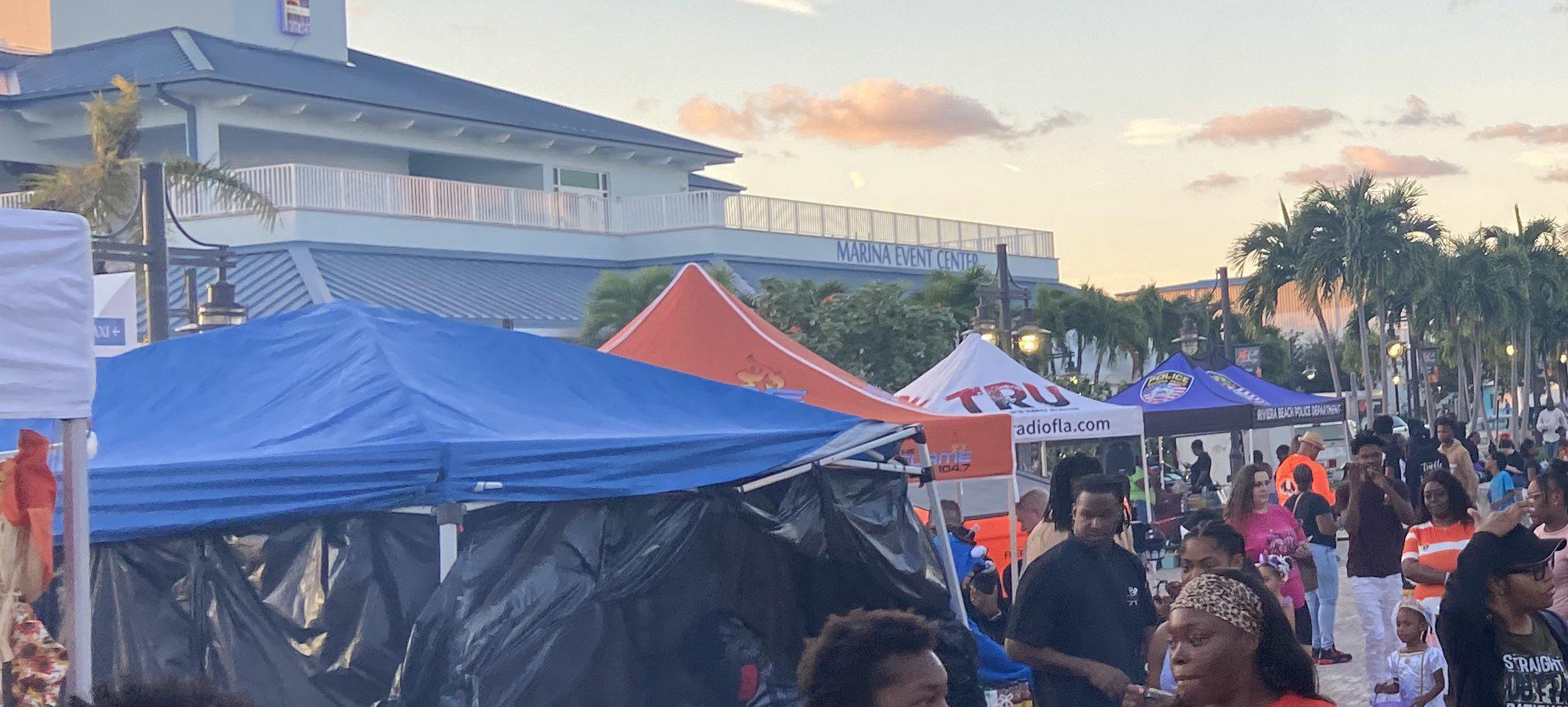
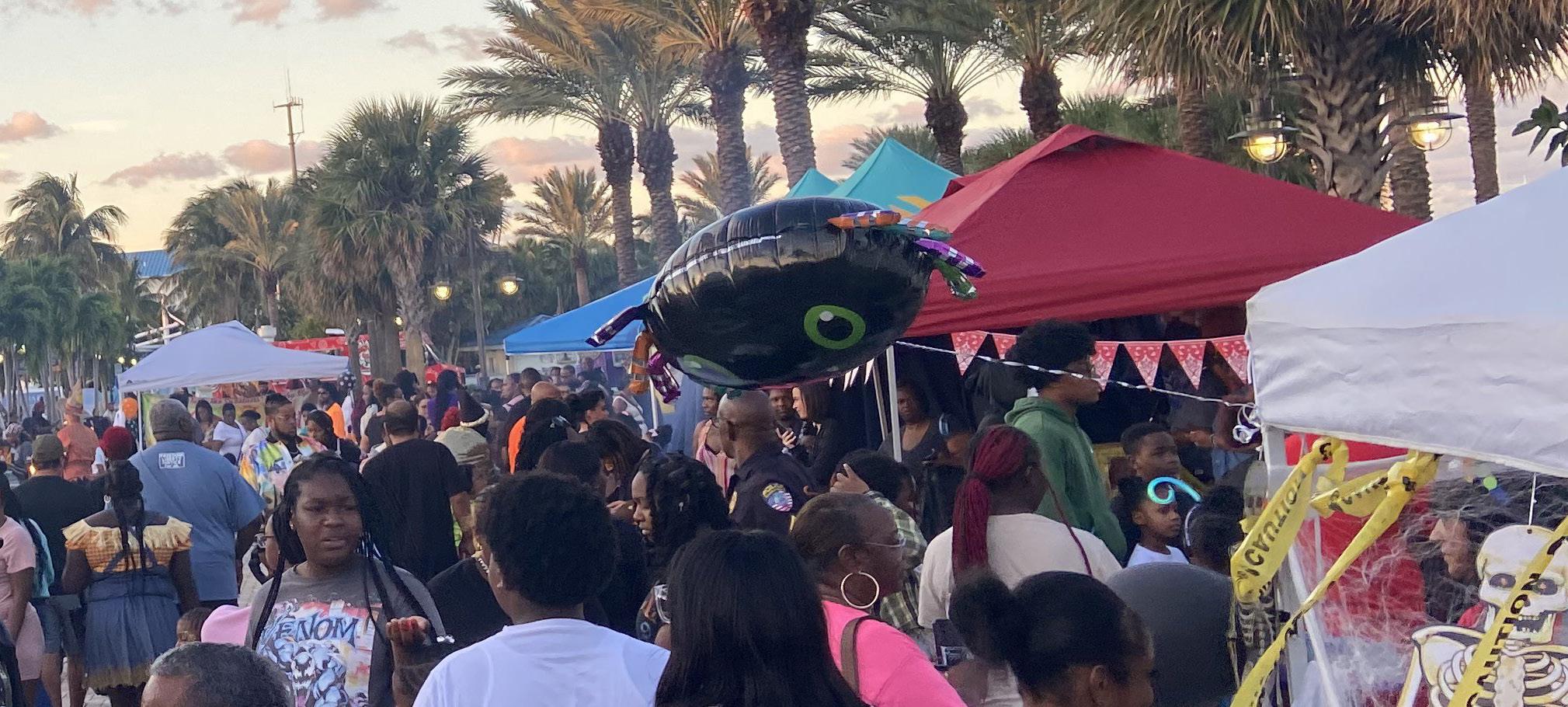
Community engagement for the Riviera Beach
Art In Public Places Plan took place between September 2024 and April 2025. Several different methods of engagement were leveraged to ensure broad outreach with as many community members as possible.
Engagement Methods
• Event Tabling and Pop-Ups
• Community Conversations: Stakeholder 1-on-1s and Focus Groups
• Community Survey
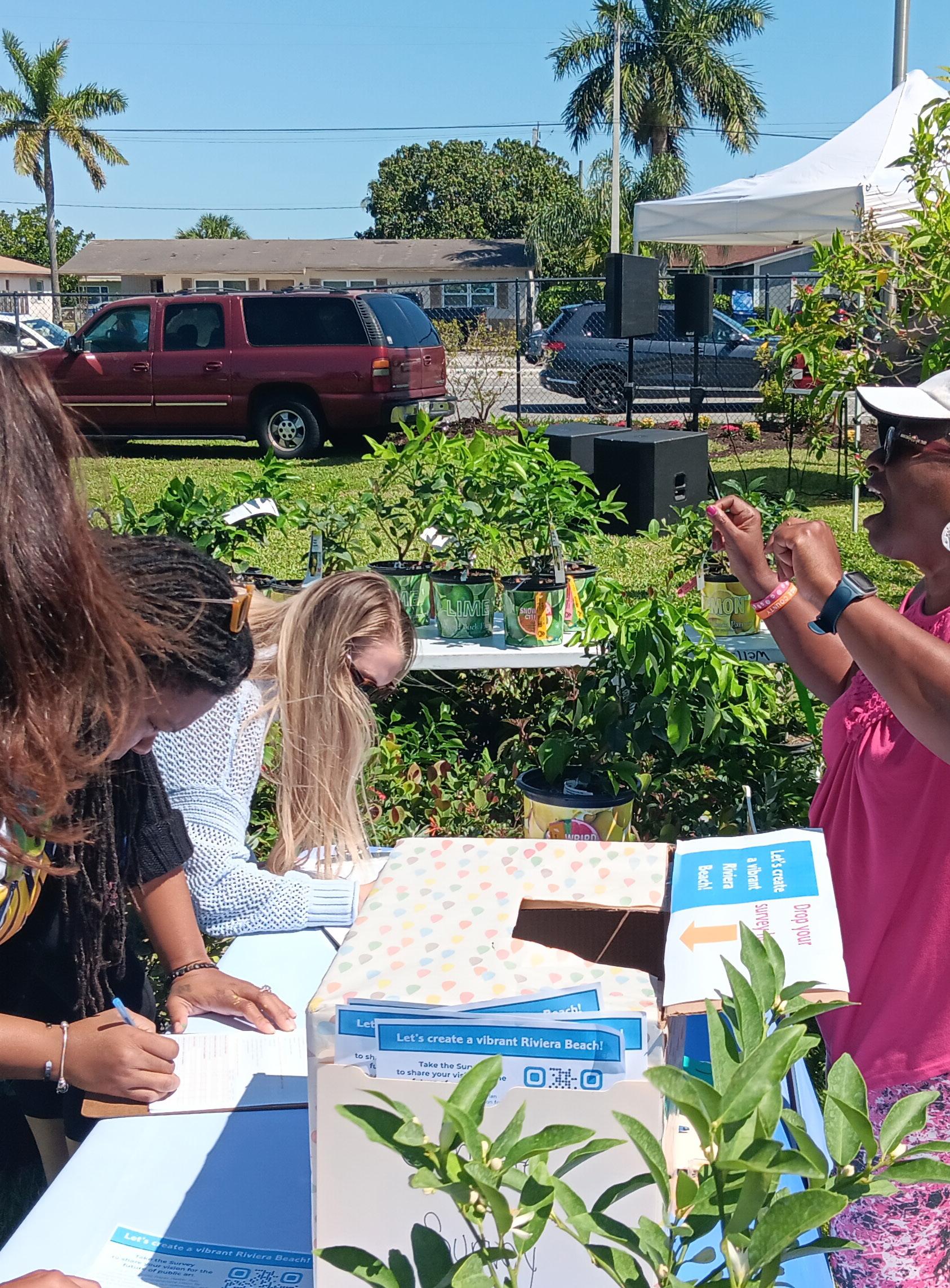
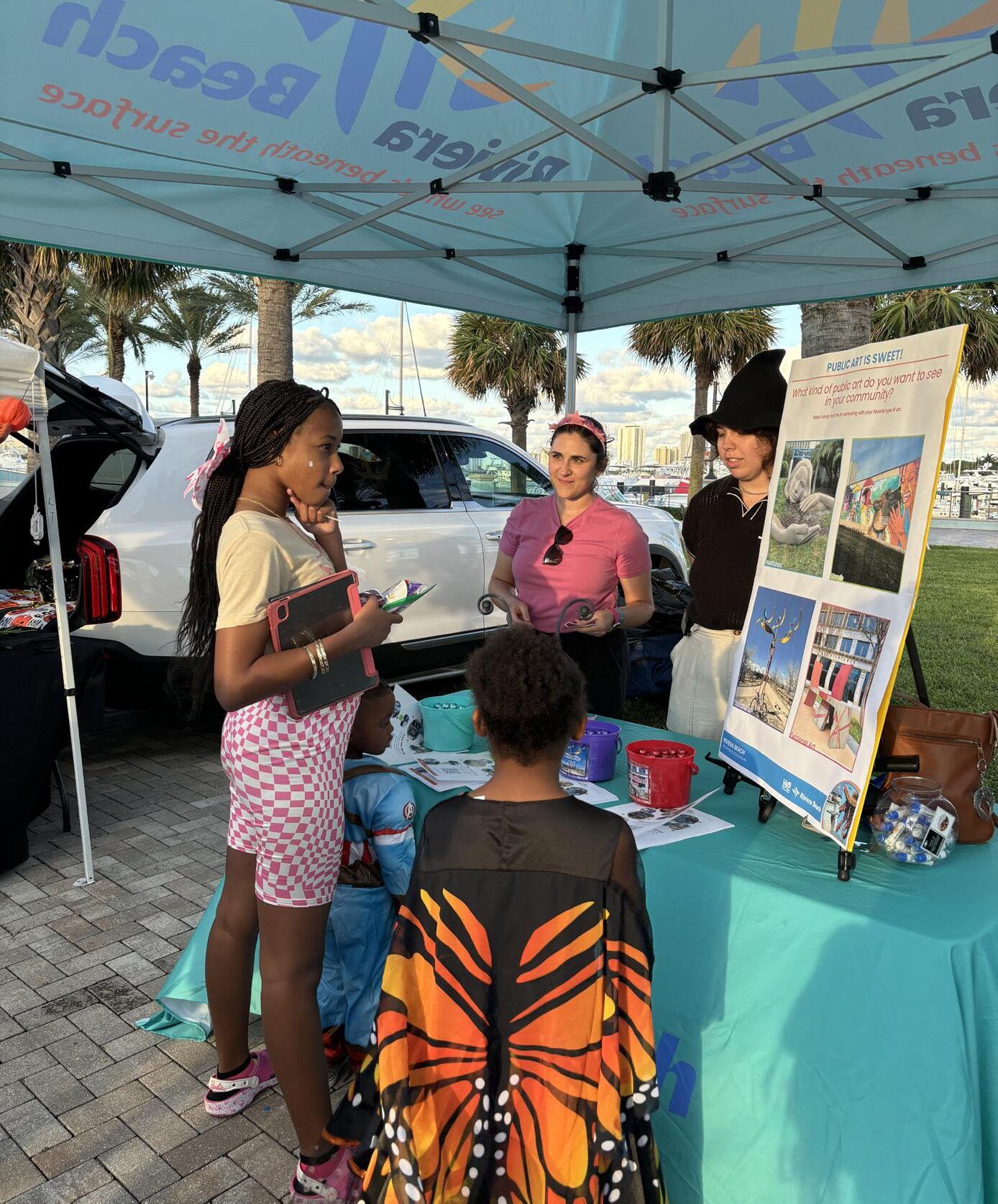
In October, 2024, members of the planning team attended the Riviera Beach Trunk or Treat event at the Marina for the participation kick-off. At this event, community members were asked what kinds of public art they wanted to see around their City.
Countless families participated by taking colorfully wrapped chocolates from the bucket corresponding to the art type they could be most excited about. Sculpture was the most popular, followed by Murals, then Kinetic Art, and Functional Art.
Goal: to educate community members of the initiative and opportunity to learn from the Community.
Events included:
Church Outreach at Cunningham Park: Members of the planning team assisted with annual Church outreach held at Cunningham Park on November 2, 2024. They passed out flyers about Public Art and encouraged participants to complete the survey.
Health Fair: The planning team had a table at the Health Fair on November 16, 2024. They used the opportunity to educate Seniors at Brook Center and the local surrounding community on Public Art and promote the survey.
M.L.K. Event: The planning team had a table at the M.L.K Event on January 18, 2024. The community had the opportunity to learn about the board, the plan, and fill out the survey.
Spring Festival: The planning team had a table at the Spring Festival on April 12, 2024. The community had the opportunity to learn about the board, the plan, and fill out the survey.
Girl Scout Troop: The planning team led a workshop for girl scouts and their moms on Public Art, taught them about the plan, and gave them the chance to complete the survey. The girl scouts participated in an activity where they painted the art they wanted to see in the city.
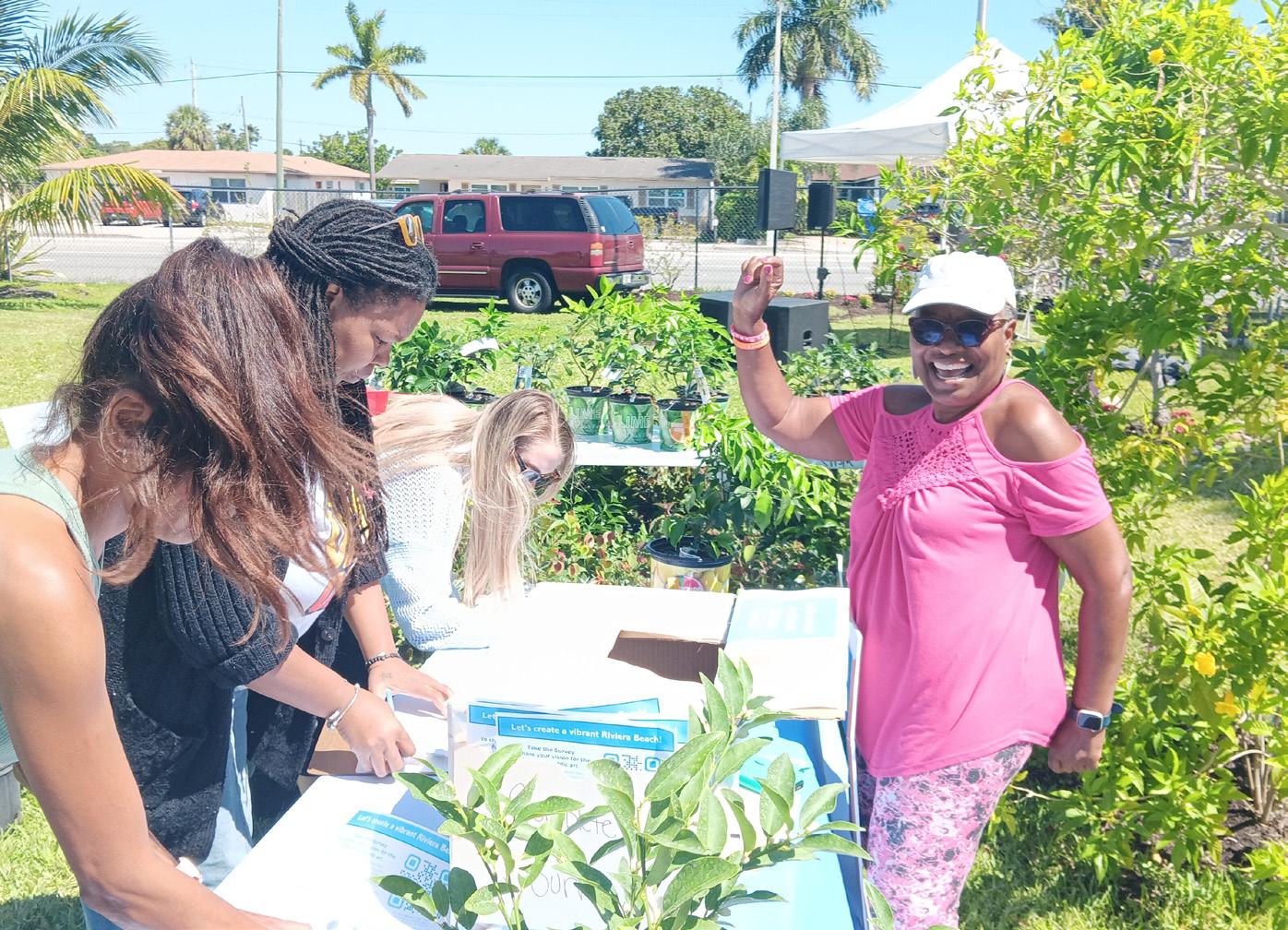
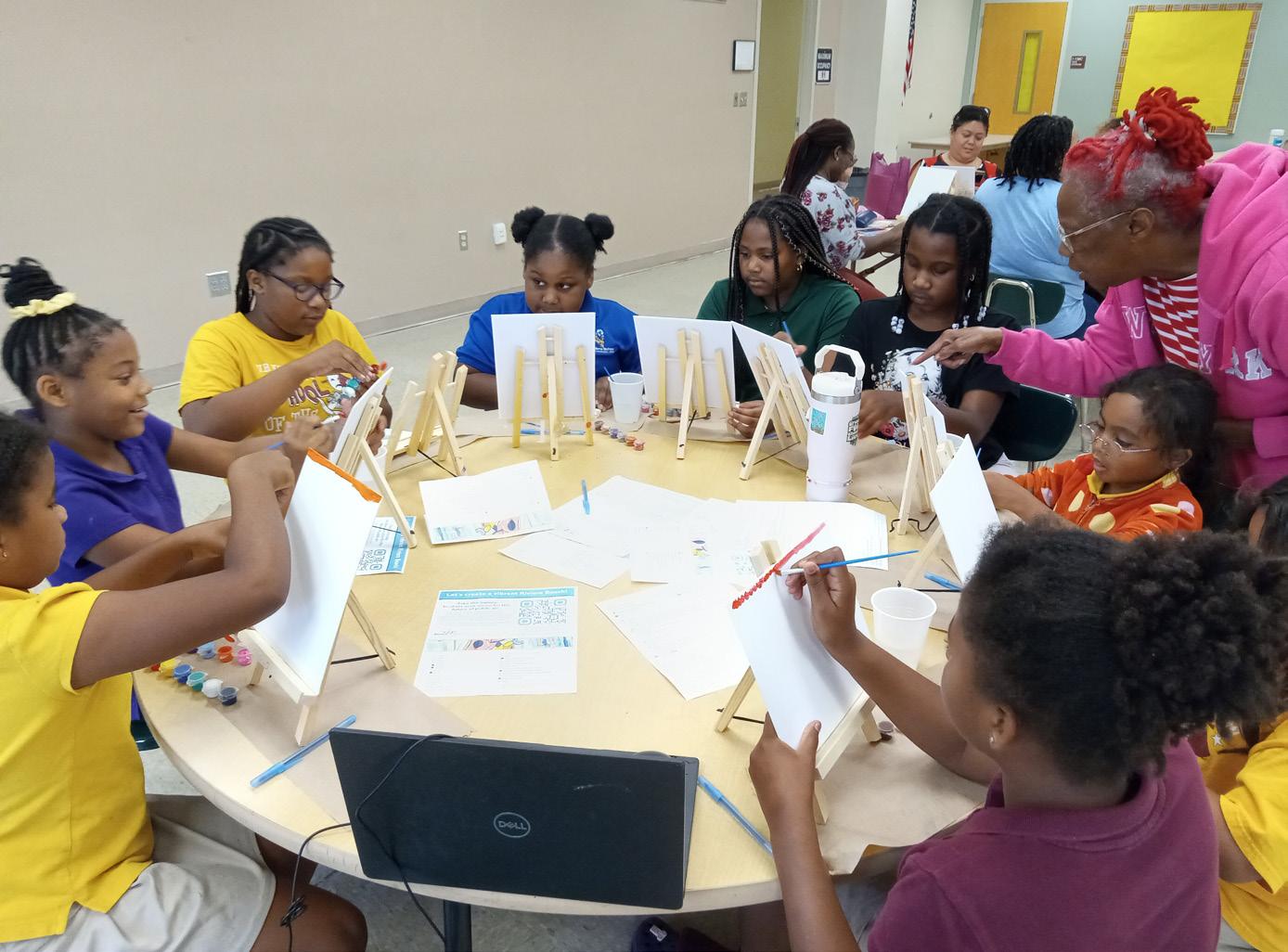
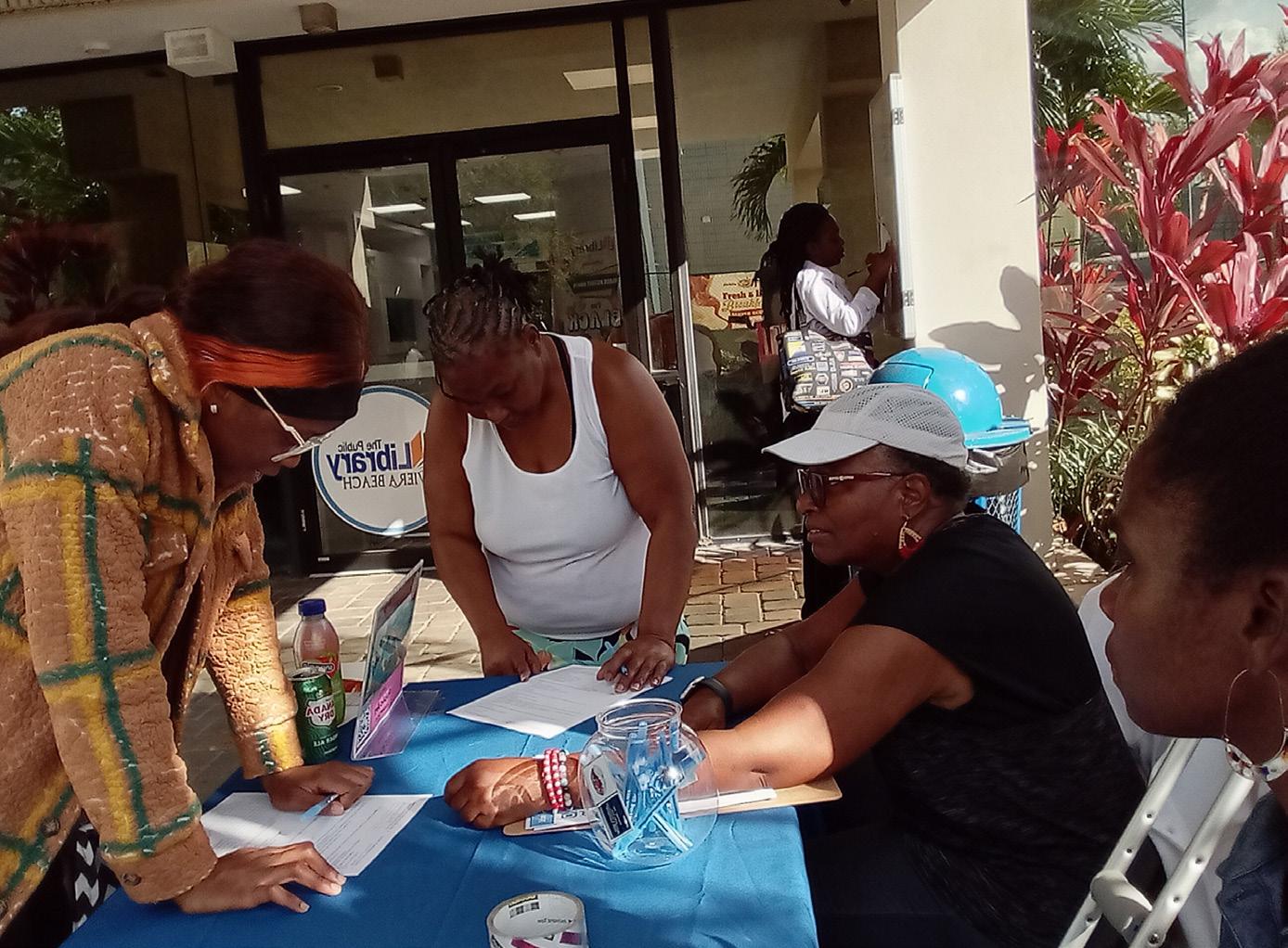
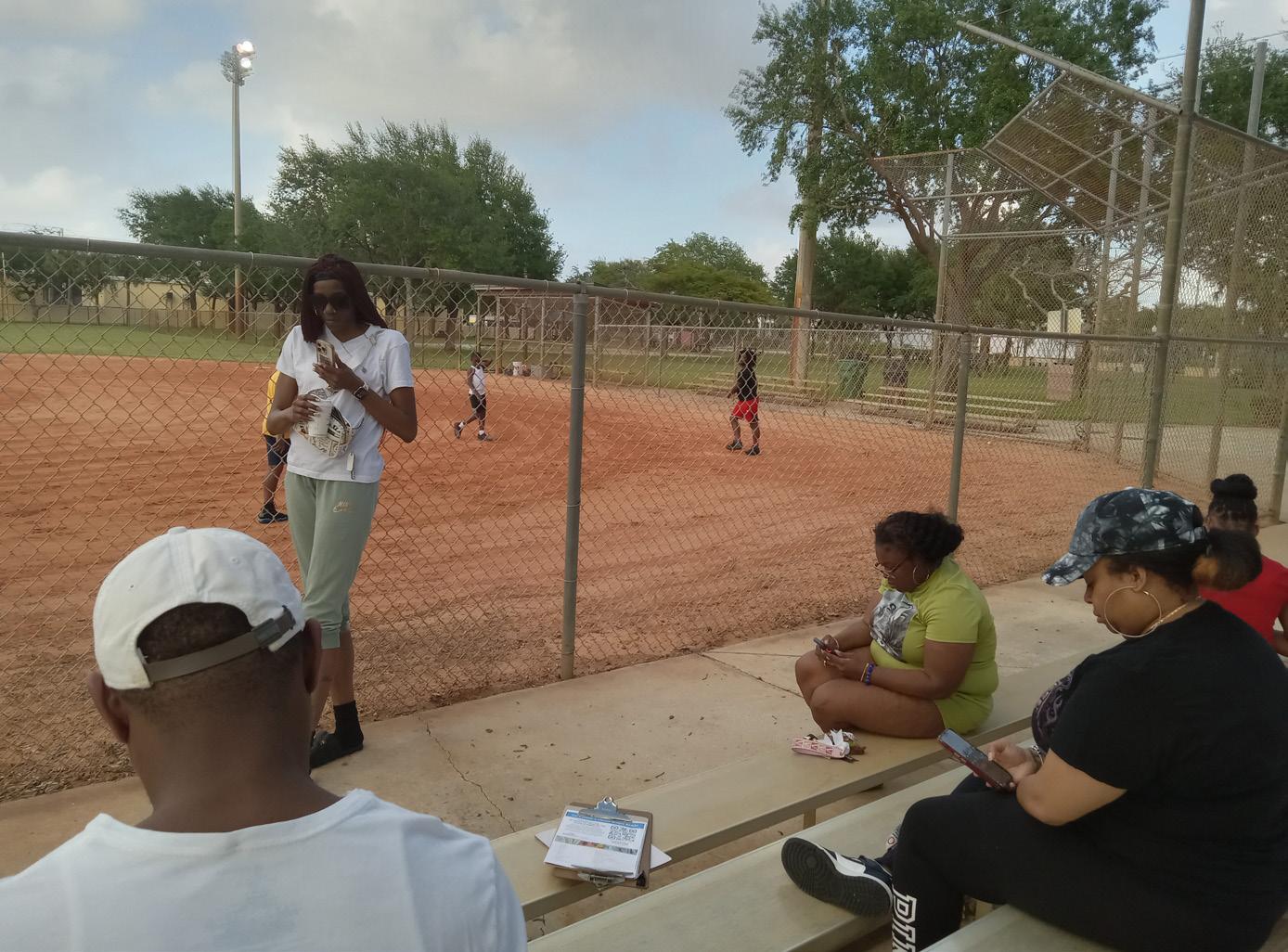
Additional pop-ups were done to educate the public on the Public Art Plan and the Art In Public Places board. These pop-ups were also opportunities for the community to take the community survey in person.
Locations included:
Seniors Aerobics Course - Lindsey Davis: Pop-up survey opportunity to assist Seniors to access the survey at Senior Aerobics Course at Lindsey Davis Center.
Library: Tabled outside of Library. Educated community members on the Public Art board and gave the chance to fill out surveys.
Baseball Clinic: Pop up at Parks and Rec Baseball Clinic. Had parents fill out a survey.
Education Meeting: Pop up at Parks and Rec Baseball Clinic. Had parents fill out the survey.
15 stakeholders were engaged in 30-minute conversations, both in-person and virtually to inform them of the process and its outcomes. These were more of an in-depth engagement to have a deeper understanding of community views and wants. These stakeholders included local business owners, artists, and dedicated community members. In addition to these stakeholder conversations, focus groups were held with the public art board and Community Redevelopment Association (CRA),.
There were many varying opinions on what kind of public art the community was interested in. While murals were mentioned frequently as bright and exciting, it was more frequently noted that they are currently the most common types seen in and around Riviera Beach. Participants wanted to see a wider diversity of types of public art, including durable sculptures, kinetic and interactive installations, street art that the community could participate in, functional art and decorated benches, gateway features, and creative signage and banners. It was very important that the public art be accessible and engaging, especially to families.
Participants expressed a preference for public art in areas with easy pedestrian access. Suggested locations included new City buildings, the Marina, the Municipal Beach access points, the downtown area and the Broadway corridor, as well as local parks and recreation centers. V
Participants had many ideas about what public art should do for the community. It was desired that public art serve as a vibrant storyteller and community builder. It should weave together the rich tapestry of the city’s history and diverse culture, educating residents and visitors alike, while fostering a strong sense of unity and pride. Art installations should be inclusive, reflecting the entire community while focusing on uplifting and beautifying public spaces. Beyond aesthetics, participants wanted public art to act as a catalyst for economic development, attracting tourists and boosting local businesses. A key goal was to improve safety and foster a stronger sense of place—transforming Riviera Beach into a destination recognized for its cohesive artistic identity and vibrant, welcoming atmosphere. By prioritizing community involvement and accessibility, participants envisioned public art as a catalyst for positive change, enriching residents’ lives and celebrating the unique character of Riviera Beach.
The community survey was open to the public and taken by 292 people both online and on paper from October 2024 through April 2025. Outreach for this survey was done at pop-up events and event tabling, as well as through social media and utility bill distribution.
The results are summarized below.
What words or phrases would you use to describe Riviera Beach?
235 people answered with the following words and phrases:
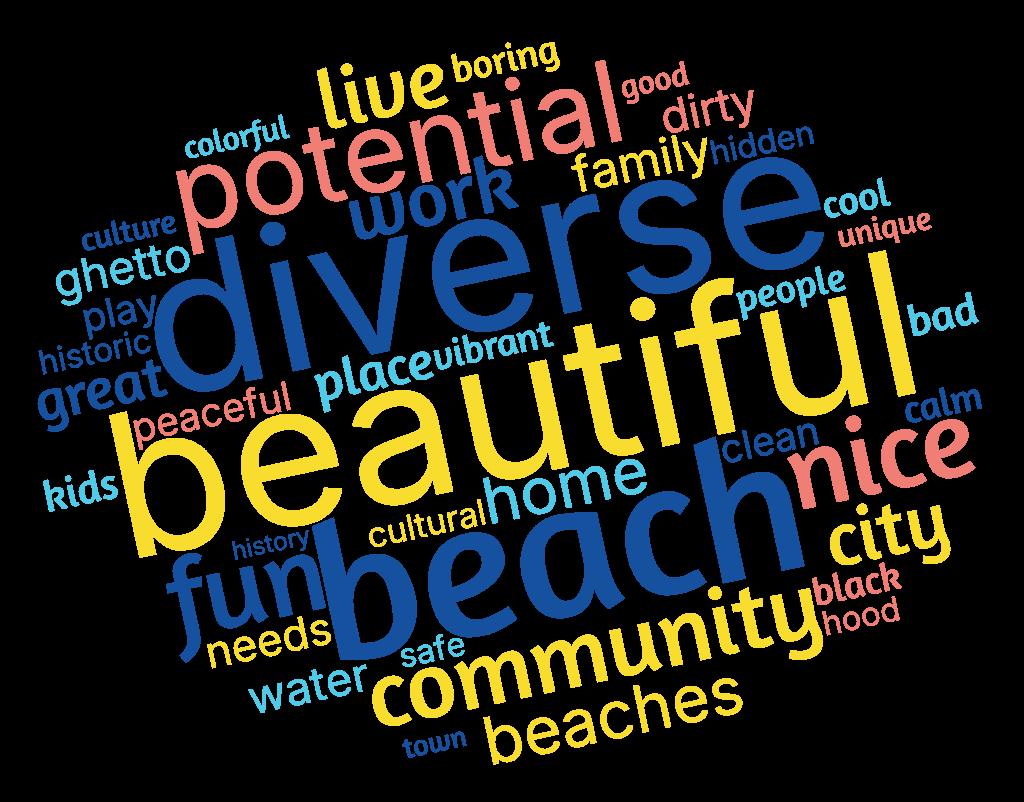
The answers describe Riviera Beach as a beautiful and increasingly diverse city that residents like to call home. It holds immense potential, and new developments and initiatives get people excited about what it can become.
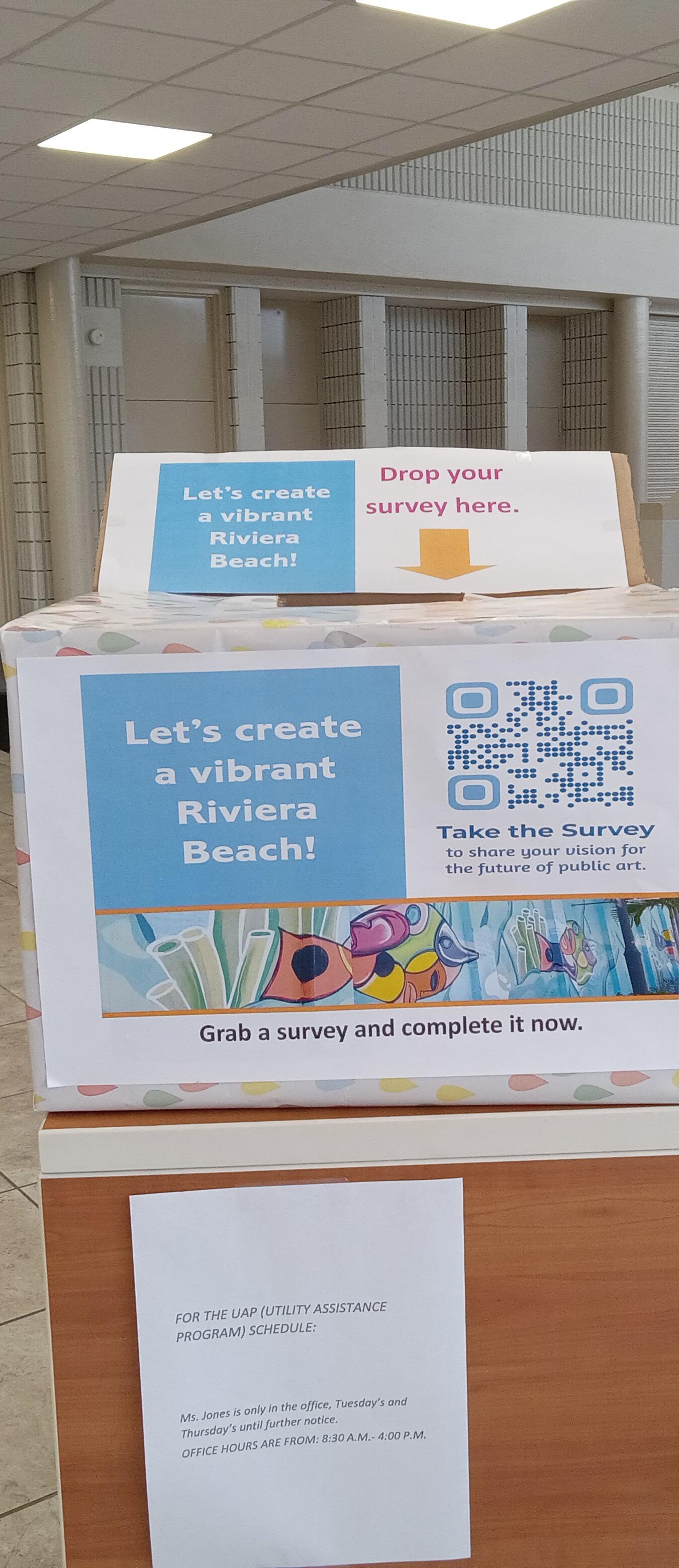
What types of public art would you like to see more of in Riviera Beach?
Where would you like to see more public art in Riviera Beach?
What
should public art have in Riviera Beach?
Beautifies built landscape
Enhances surroundings
Builds pride
Honors history
Strengthens identity
Celebrates diversity
Serves as a centerpiece
Sparks conversation
Creates opportunity for reflection
Identifies specific neighborhoods
Creates whimsical surprises
What types of public art would you like to see more of in Riviera Beach?
230 people indicated that they most wanted to see sculptural (80%), murals (79%), and functional (77%) art. Higher percentages of other types implies a want to diversify the types of art around the city.
Where would you like to see more public art in Riviera Beach?
200 participants want to see public art in the downtown area/along Braodway (80%) and in local parks (77%). These are areas where people already frequent, and that have the most potential for public art to assist in their development into communitycentered spaces.
What impact should public art have in Riviera Beach?
250 people indicated that public art should Beautify (88%) and Enhance (86%) Riviera Beach, while Building Pride (84%) in the community. Public art should be enhancing what makes Riviera Beach great and help it develop into something that all residents and visitors can enjoy and be proud of.
230 people responded to this question. Participants were roughly evenly split between under 21, 25-44, 45-54, and 55-64.
190 people responded to this question. Of those, 70% identified as Black or African American.
Gender
230 people responded to this question. Respondents identified as 65% female and 34% male.
Public art in Riviera Beach will be a source of positive and enriching connection across cultures, neighborhoods, and beyond. Public art will emphasize:
Connecting People to Local Cultures
Connecting People with mental, physical, and creative wellness
Connecting Neighbors
Connecting through Kinship
Connecting with Natural Treasures
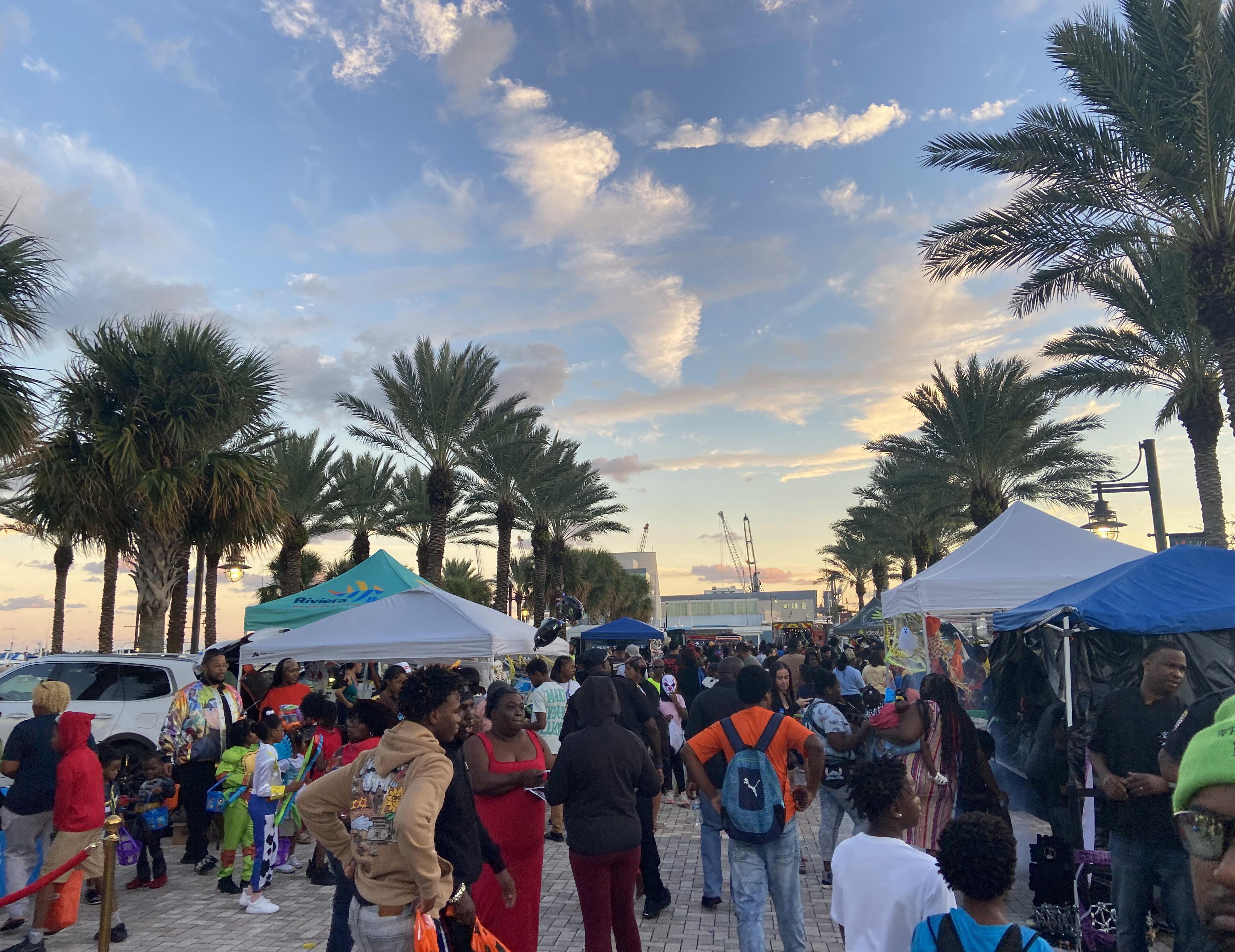
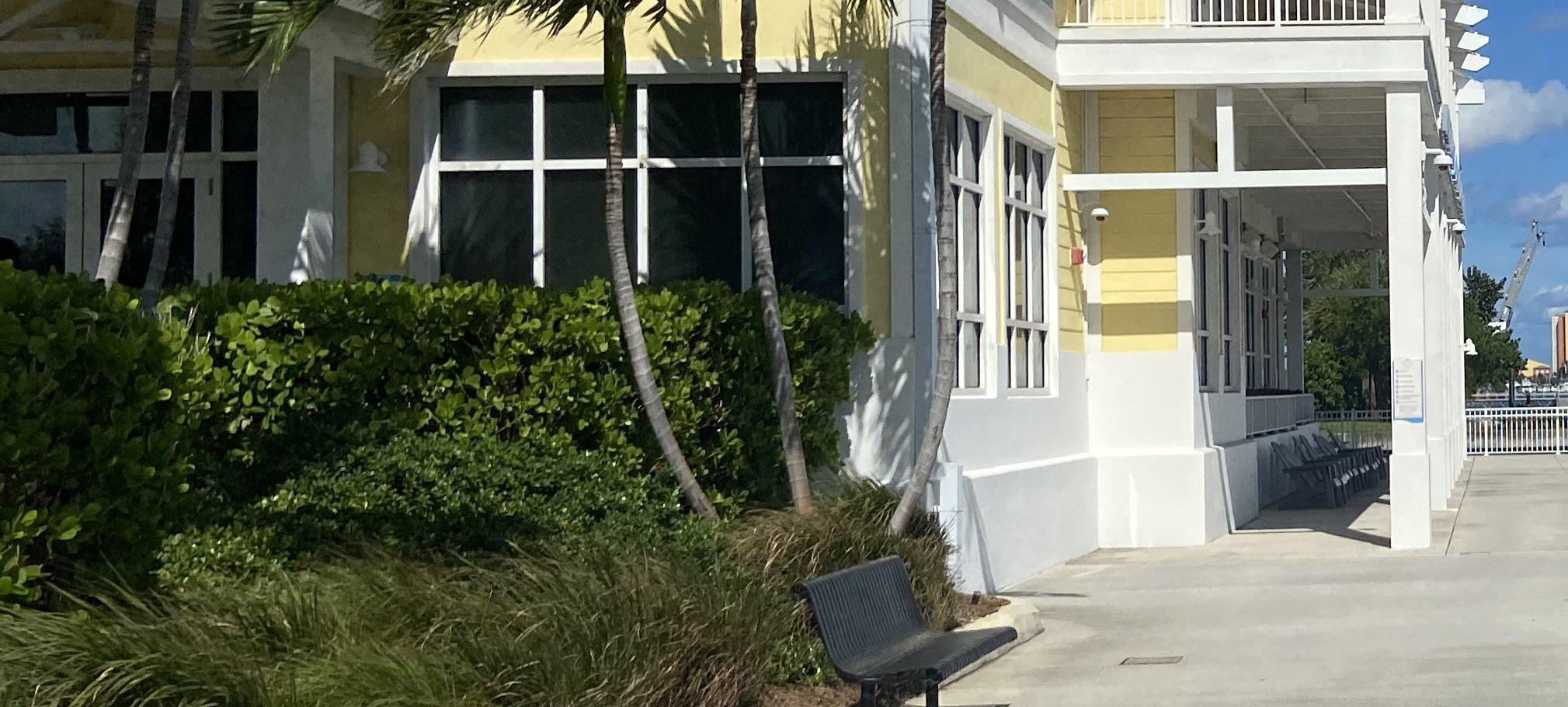

Local Cultures
Mental, Physical, and Creative Wellness
Neighbors
Kinship
Natural Treasures
Project concepts and locations were identified in response to community engagement, needs, and overall goals for the Art in Public Places program. As the City grows and new opportunities for public art implementation become available, the City should remain flexible in their identification of prospective public art sites.
Per Chapter 32 in Riviera Beach’s Code of Ordinances, private developers are required to either place publicly-visible art on property where a private development project is located, or contribute an in-lieu fee to the City’s public art fund. Developers should refer to the ordinance for specific guidelines and policies. While the Art in Public Places plan cannot direct developers’ selected art for their projects, developers should refer to this document to better understand the community’s identity and desire for public art in Riviera Beach, specifically in terms of an artwork’s site context and community relevance.
Priority locations for additional projects include:
• City of Riviera Beach Parks
• Qualifying locations identified as part of beautification and revitalization projects
• Locations identified by supporting City-sponsored Plans and City initiatives
• Grant-eligible projects
• City Roads, including but not limited to:
• Areas around Military Blvd., Silver Beach Rd., and other roads that define Riviera Beach’s borders
• President Barack Obama HWY
• Avenue S
• Broadway
• Dr. Martin Luther King, Jr. Blvd.
• Publicly accessible areas along the Canal (at Garden Rd and Blue Heron Blvd.)
• Neighborhood retaining walls in the public right of way, where the City has established an easement with the neighborhood
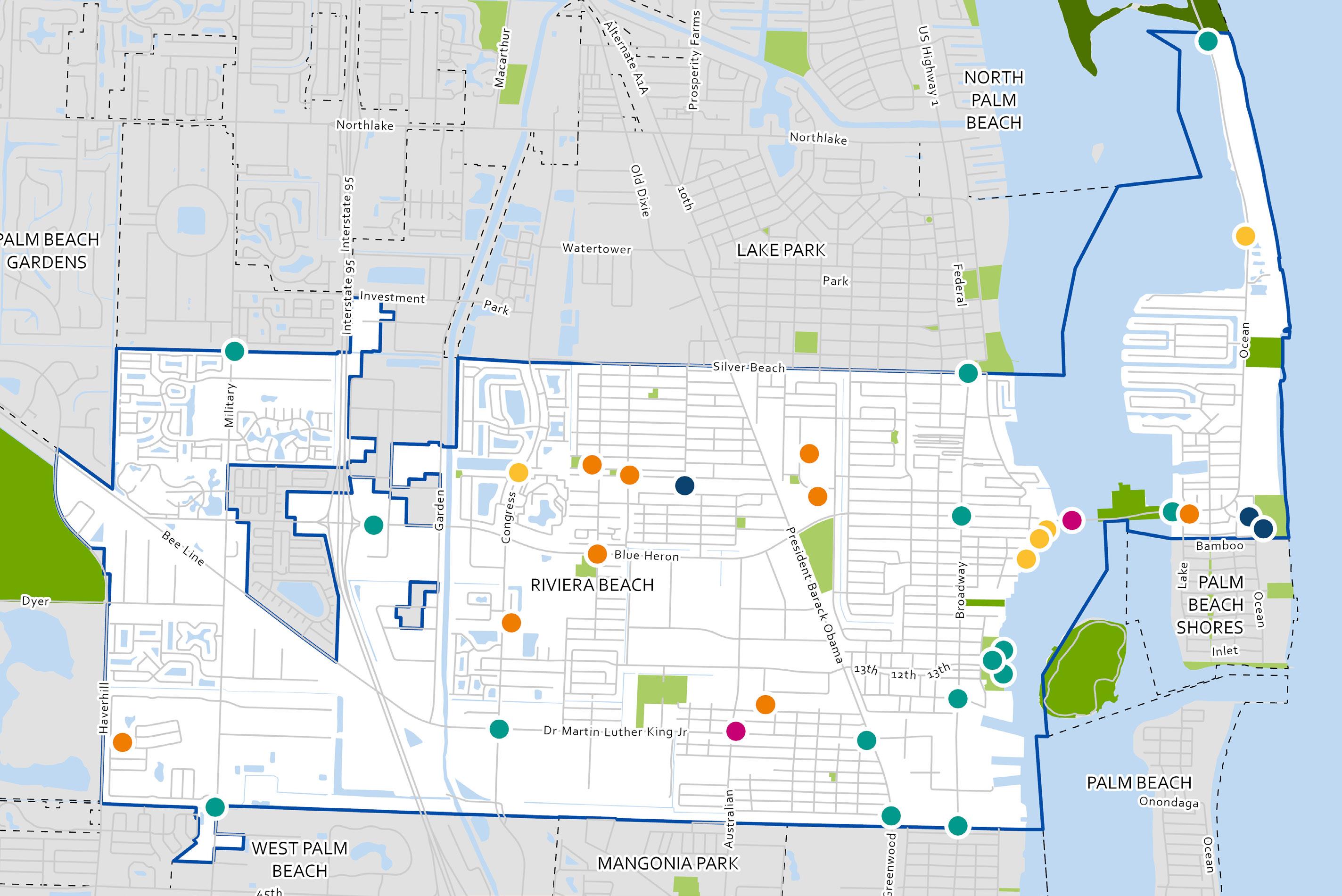
Local Cultures
Wellness
Neighbors
Kinship
Nature
Public art projects can have a range of positive, impactful outcomes in public spaces and communities. As the AIPP Board implements this Plan and identifies locations for future public art, this section outlines different types of public art interventions, engaging opportunities for public involvement in art, and strategies to select public art sites.
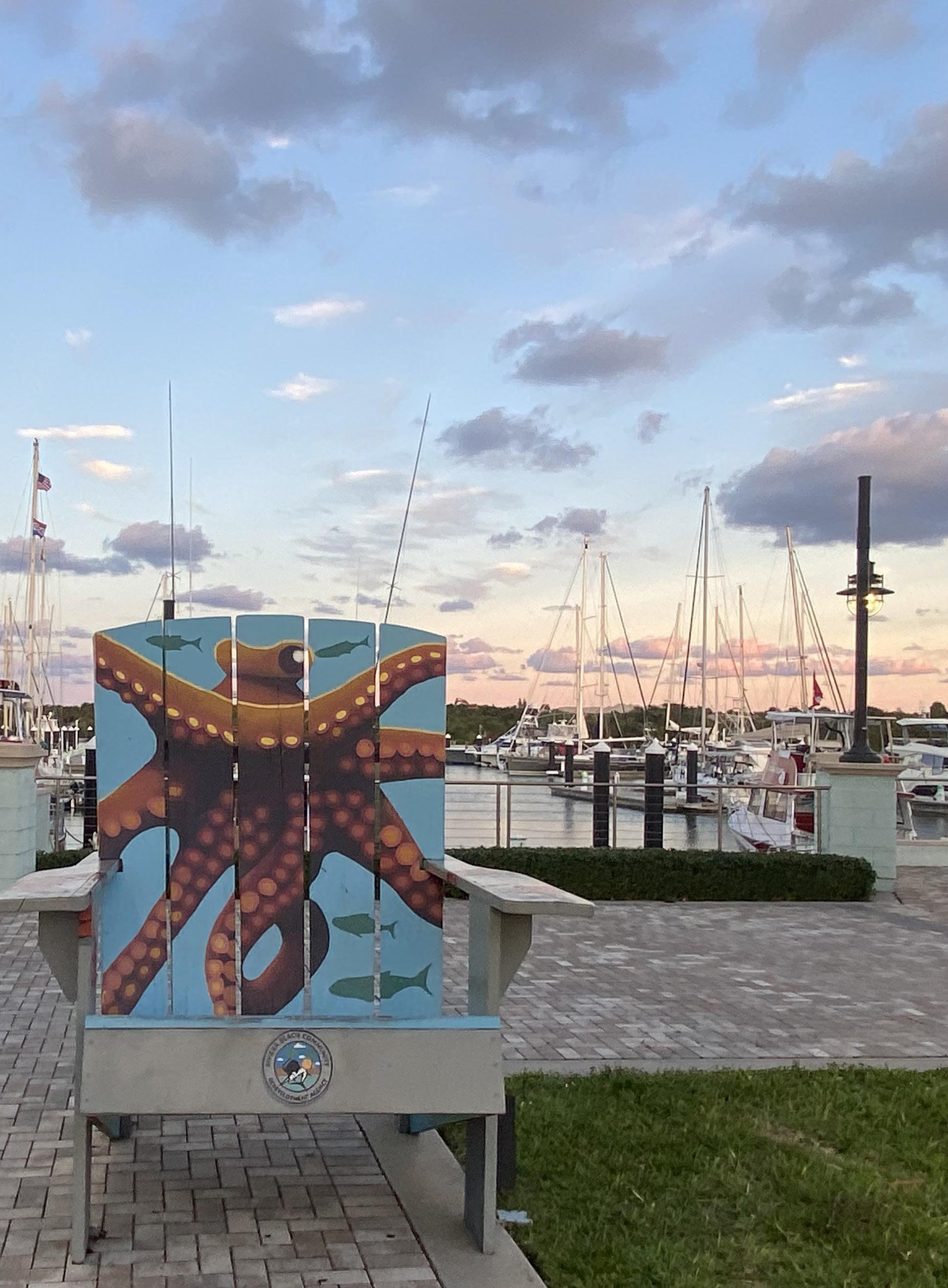
Interactive art is not a medium but rather a way for artwork to be designed with people in mind. Artwork can be defined as interactive if it aims to create a dynamic experience, where the public are not just onlookers but they can experience the artwork through senses beyond sight. Interactive art may use traditional media or new technology but either way interaction is always at the center.
Temporary art, though fleeting, can leave a lasting impact by bringing surprise and joy to unexpected places like construction sites, sidewalks, and empty storefronts. This accessible art form offers a low-cost, high-impact way to energize spaces, engage artists, and foster community collaboration.
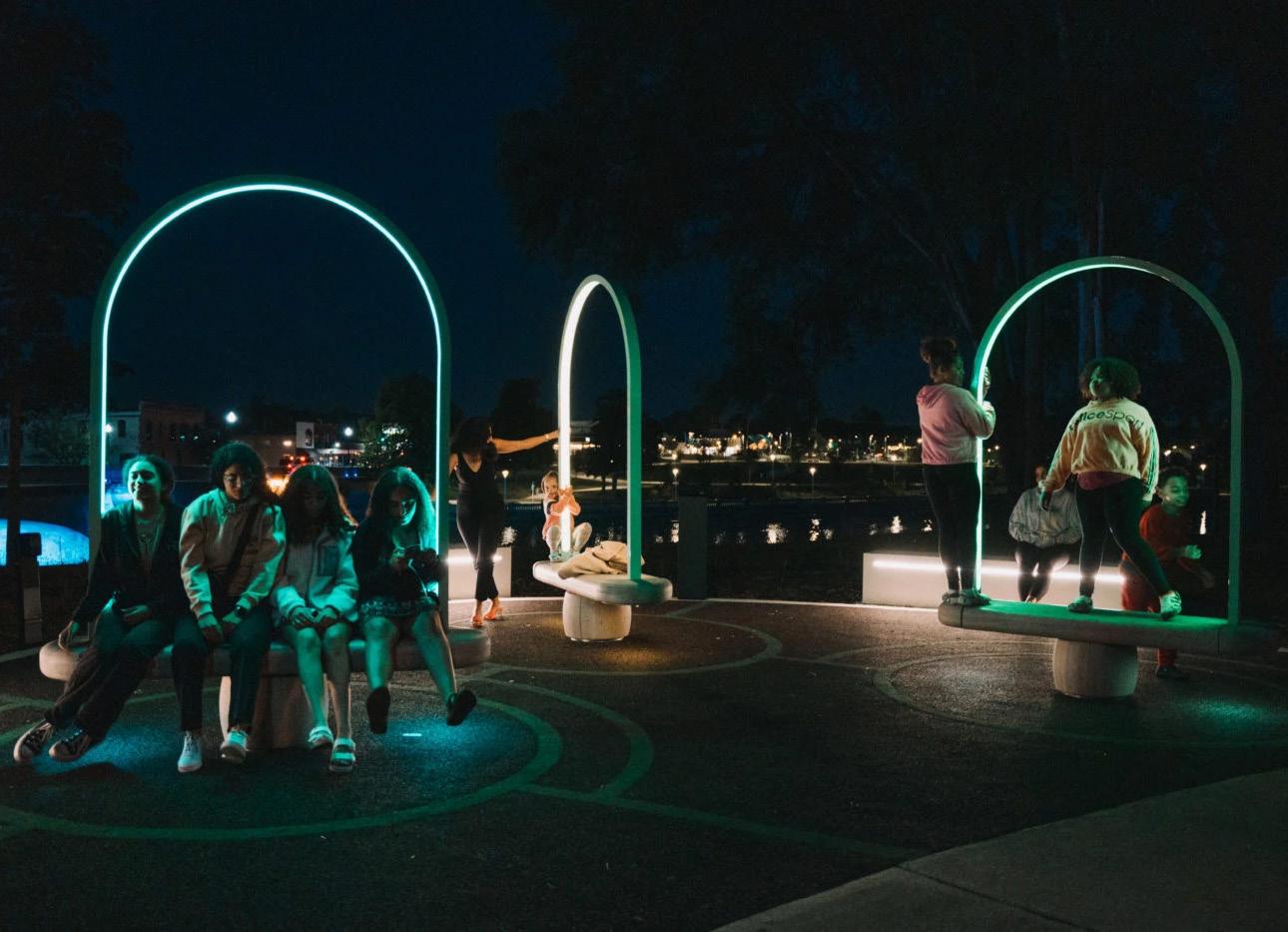
Site-specific art is artwork that is aesthetically, conceptually, and/or thematically connected to the unique circumstances, culture, history, and environment of a particular site. Site-specific art can take many forms, and may be permanent or temporary. In this approach to art-making, artists extensively research the place, site, or area where the site-specific artwork will be placed. Site-specific art tells the story of a place through its surroundings, enriching the experience of the place itself.
Participatory art involves the community or a public group in the process of art-making, as guided by an artist. Artwork that emerges from a participatory experience enhances and celebrates its process and participants over short or long periods of time. Collaborative art pieces engage people and generate feelings of community pride and ownership.
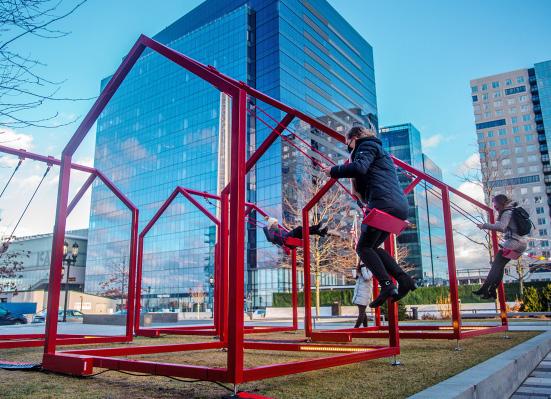
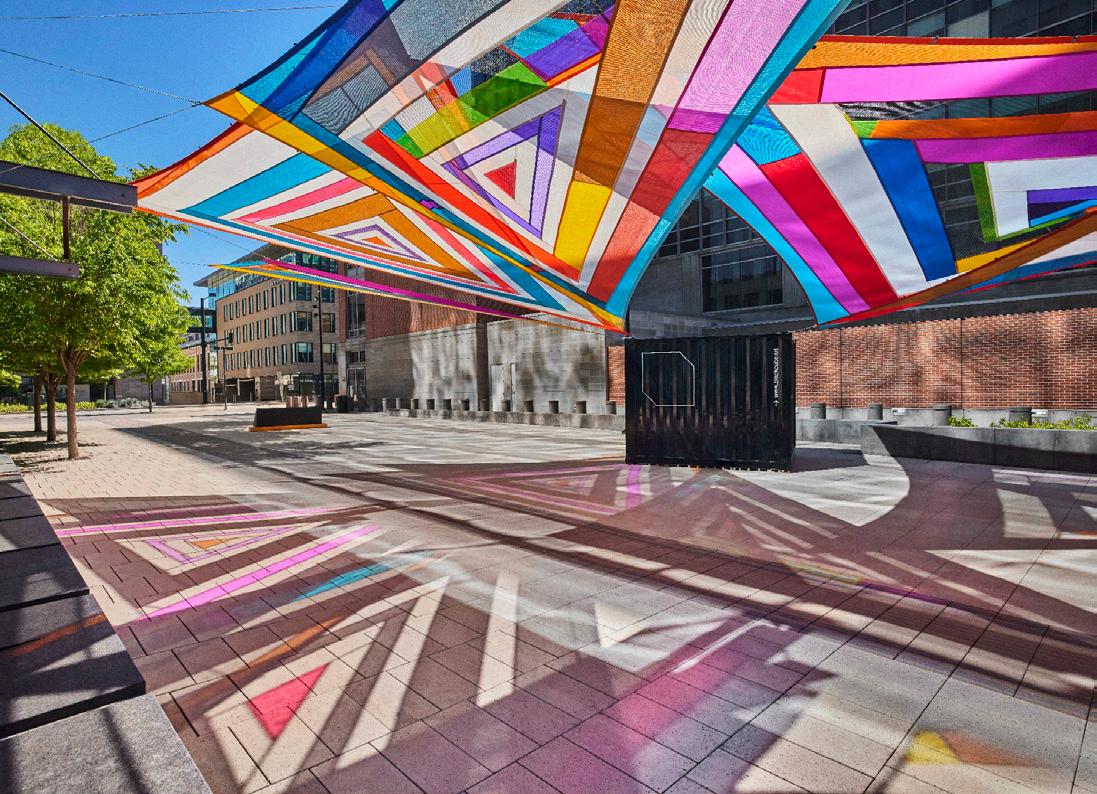
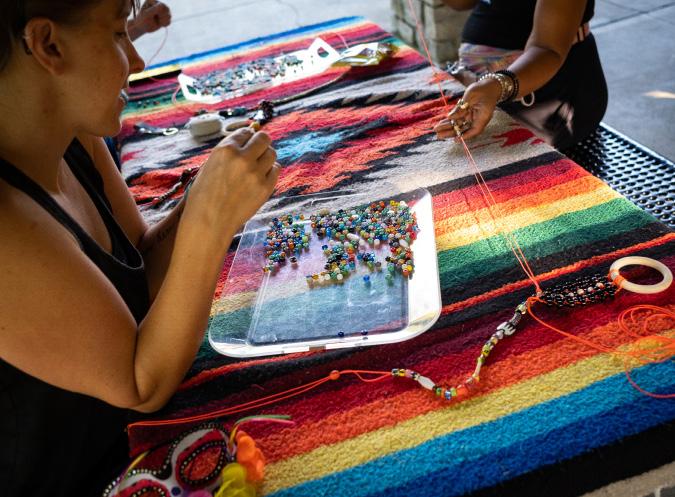
Murals are large-scale, two-dimensional compositions that can take many forms, including paint or tile applied directly onto a surface, graphic reproductions printed onto vinyl adhered to a surface, or created on a panel that is affixed to the building. While building a collection of permanent artworks is essential, incorporating ephemeral works like murals provides a valuable counterpoint. This approach not only diversifies the artistic landscape but also allows for a more inclusive representation of the community.
Functional Art is ordinary infrastructure that has been reimagined and designed by an artist. Riviera Beach has a unique opportunity to transform ordinary infrastructure into distinctive works of art. Imagine artistic bike racks, benches, play areas, and even decorated storm drains. This approach offers an affordable way to create a major visual impact and enhance civic identity, turning everyday elements into memorable experiences for residents and visitors.
Mosaics come in many shapes and sizes and include glass or ceramics. Mosaics, with their versatile application and vibrant colors, enrich the built environment. From functional benches to intricate floor inlays and striking exterior installations, mosaics enhance spaces with artistic expression. Their durability and weather-resistance make them ideal for public art, adding a touch of timeless beauty and cultural richness.
Textile art encompasses a vast spectrum, from intimate wall hangings to monumental installations that transform public spaces. These vibrant and textured works can breathe new life into existing public buildings or add a captivating dimension to new constructions. Beyond their visual appeal, textiles can introduce warmth, comfort, and a sense of human connection to sterile environments.
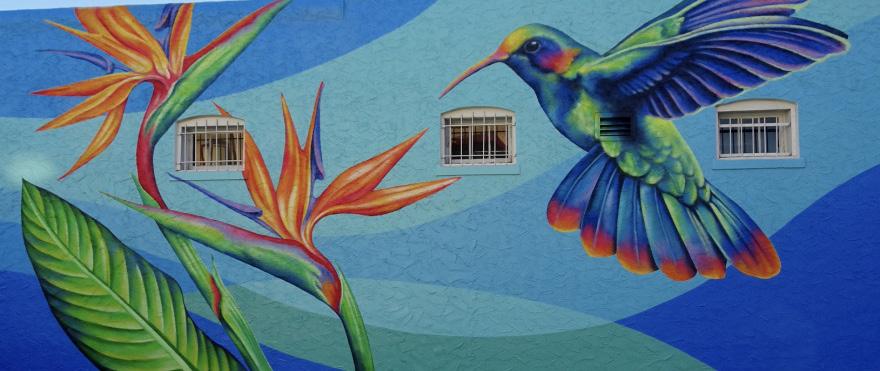

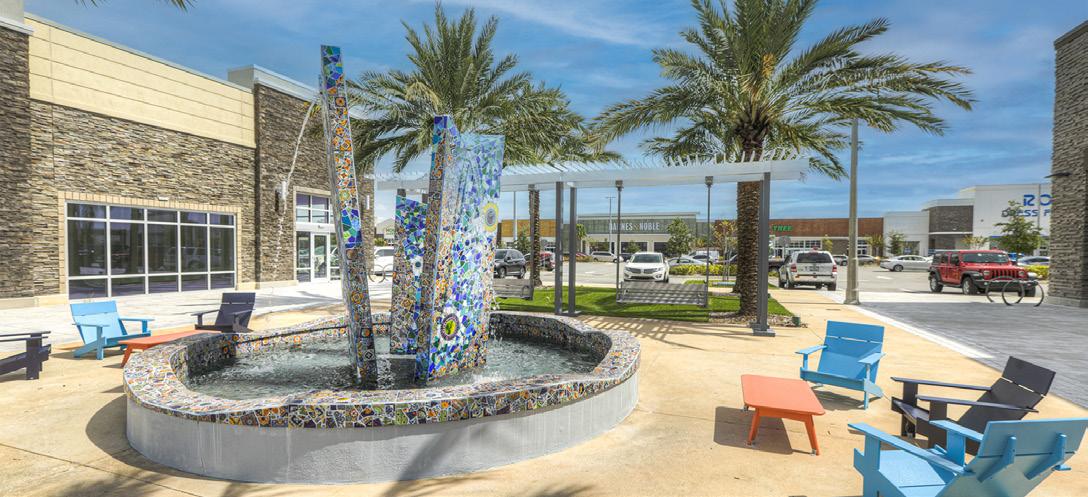
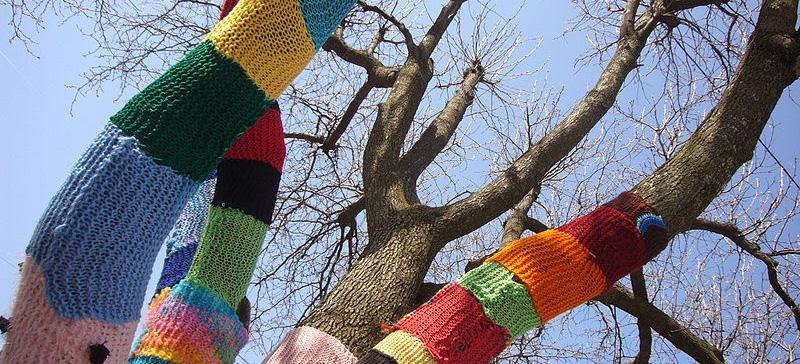
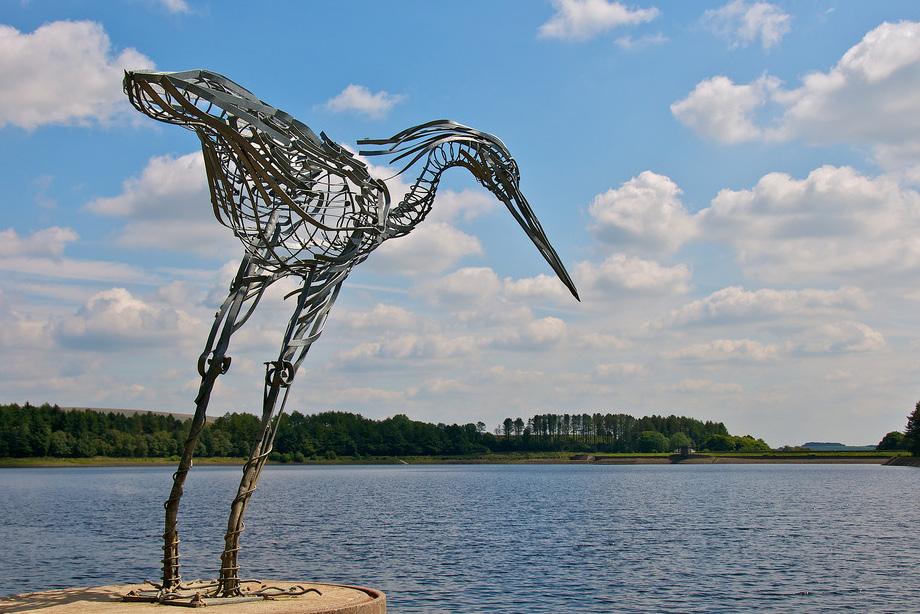
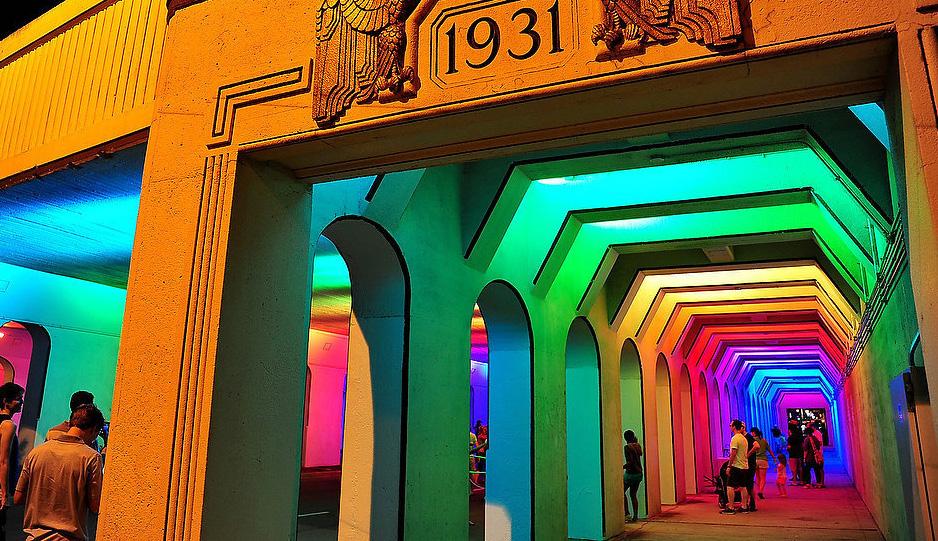

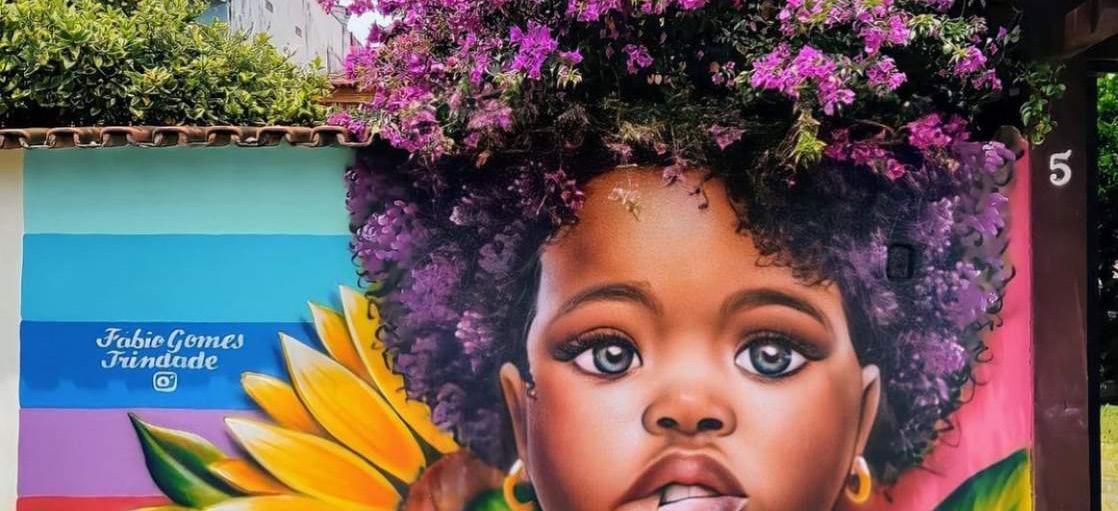
Sculptures are three-dimensional original artworks that can be made of any material that offers structural stability and durability. Sculptures are often the focal points of civic art, commemorating history, expressing civic pride, and serving as culturally-defining showpieces. Their diverse forms fit well in gateways, parks, and gathering spaces. Sculptures are especially appropriate in parks and downtowns, where they celebrate and enhance civic identity.
Contemporary artists harness light in innovative ways, transforming the built environment with minimal physical impact. Light installations can illuminate existing buildings, highlight landscape features in parks, or enhance sculptures. Their adaptability makes them particularly effective for infrastructure projects, adding dynamic and captivating dimensions to public spaces.
Multimedia installations may combine many other art types in ways that expand the imagination. Video, lighting, sculpture, murals, and more can be combined to make multimedia installations some of the most interesting around. Multimedia installations are especially useful for temporary or pop-up installations.
Environmental art is any kind of outdoor public art that uses materials with a direct connection to nature, landscaping, or organic materials. Environmental art can be temporary or permanent, and its scale can vary. Its thematic context addresses environmentalism and sustainability.
Riviera Beach has a proud, multicultural history that was shaped by industry, economic expansion, immigration, and its picturesque coastline. Its identity evolved with major national events of the 20th century, most notably the Great Depression and the passing of the 1964 Civil Rights Act. As a port city that is known for some of the best snorkeling in the world, Riviera Beach has welcomed travelers from near and far. The City exemplifies its multicultural draw through its diverse population, nearly a quarter of which was born outside of the United States.
As Riviera Beach’s community continues to expand and evolve, its public art should convey the cultural, social, and historical narratives that shaped its identity. By engaging with local culture, public art in Riviera Beach will outwardly convey the City’s prideful past, hopeful future, and its rich diversity. Through the Art in Public Places Plan, public art invites the people of Riviera Beach to experience local cultures and form connections between past and present.
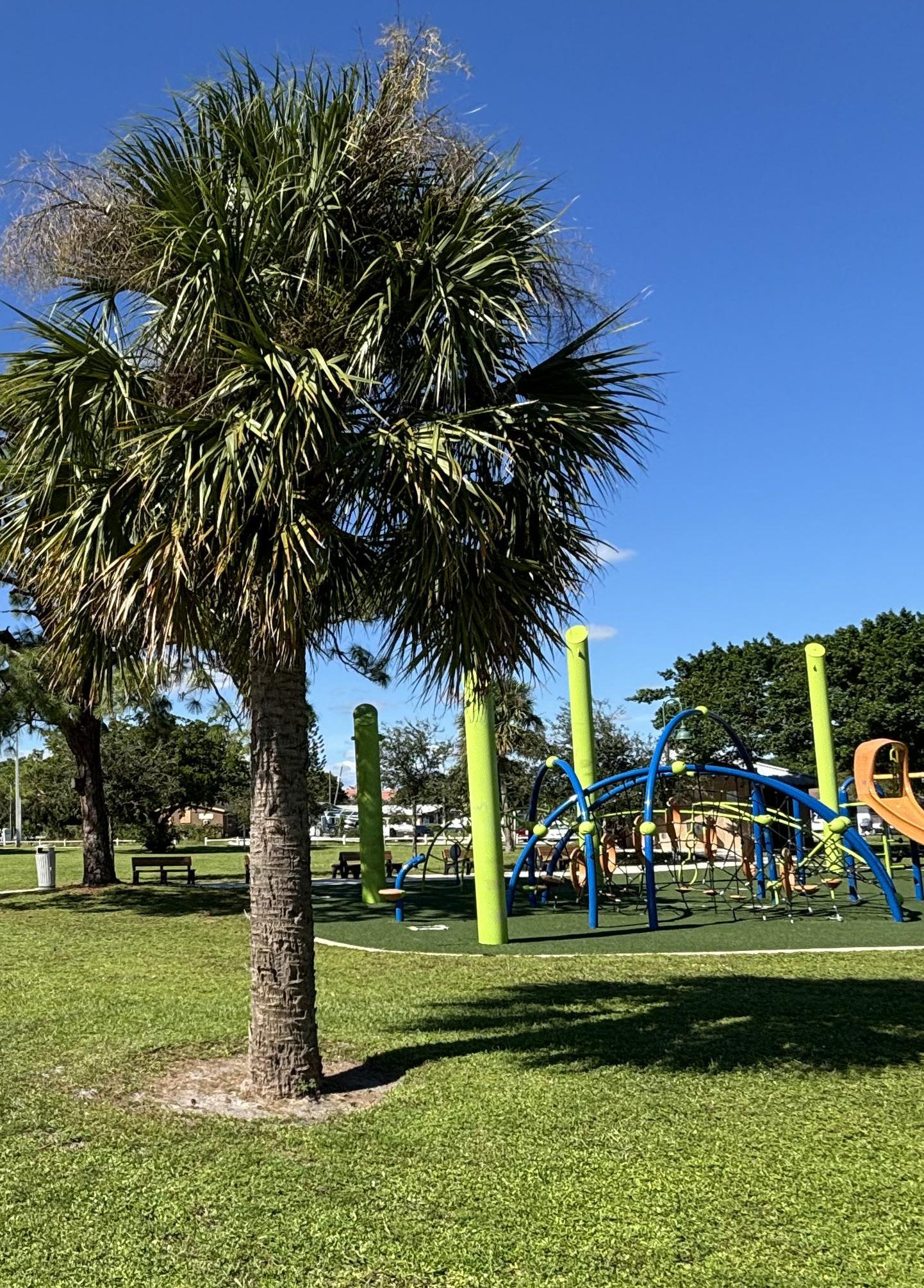
LOCATIONS TO CONNECT WITH LOCAL CULTURE THROUGH PUBLIC ART
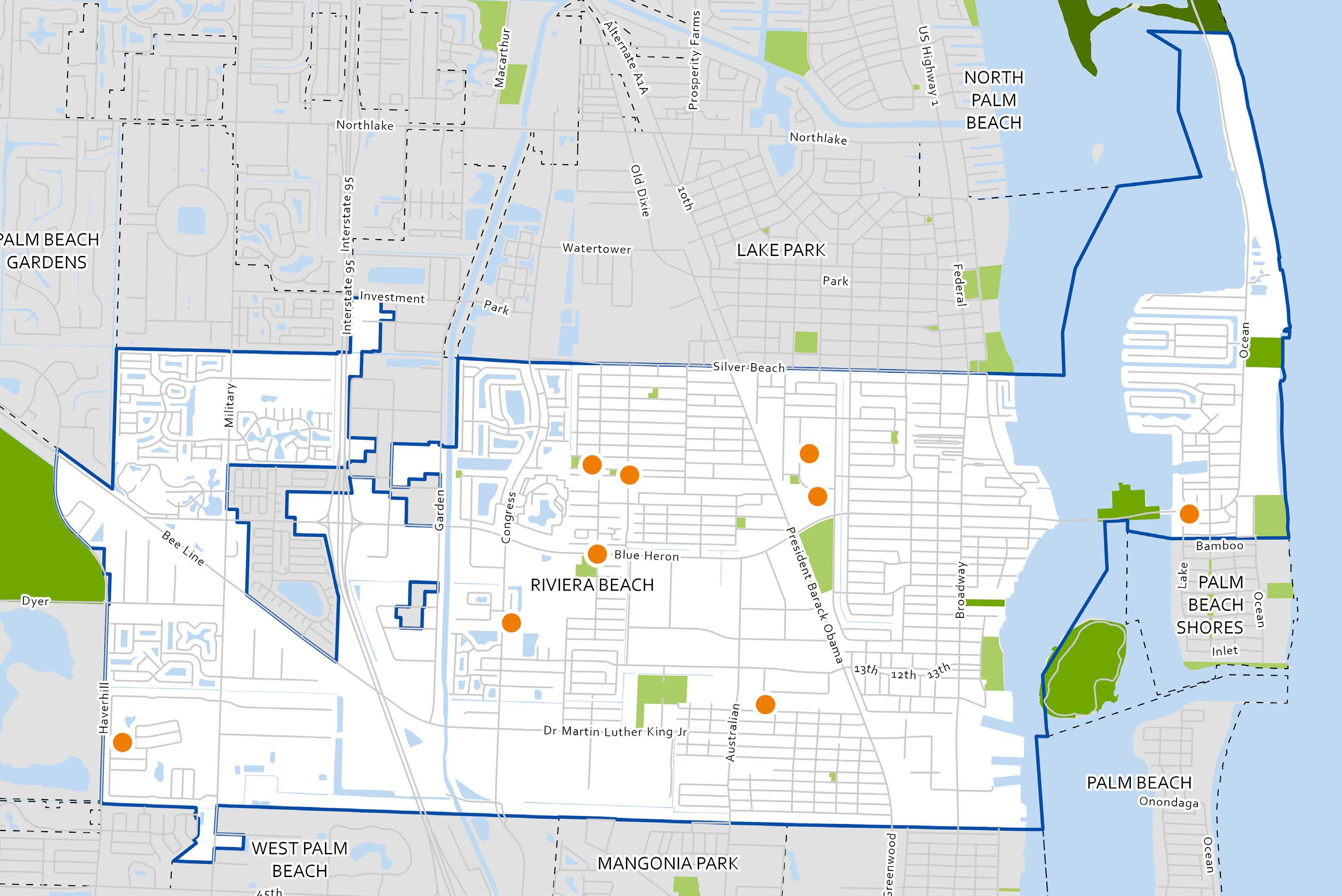
Murals are an efficient, flexible way to reflect a City’s history, characteristics, and diverse backgrounds, and Riviera Beach has already implemented several murals with these goals in mind. Riviera Beach’s murals can proudly represent the many cultures that have shaped the community, sparking conversation and connection to Riviera Beach’s diverse population.
As the City continues to implement this typology, the City should consider placing murals on non-traditional canvases, such as basketball courts, crosswalks, curb bump-outs, and neighborhood roundabouts. These alternative mural sites can greatly enhance safety for pedestrians and drivers alike, while also enlivening the neighborhood with vibrant public art. For murals on concrete or asphalt, thermoplastic or traffic-grade paints should be used, in order to increase the mural’s lifespan. For murals on vertical surfaces and walls, an anti-graffiti coating with UV protection should be applied in order to prevent vandalism and fading from sun damage.
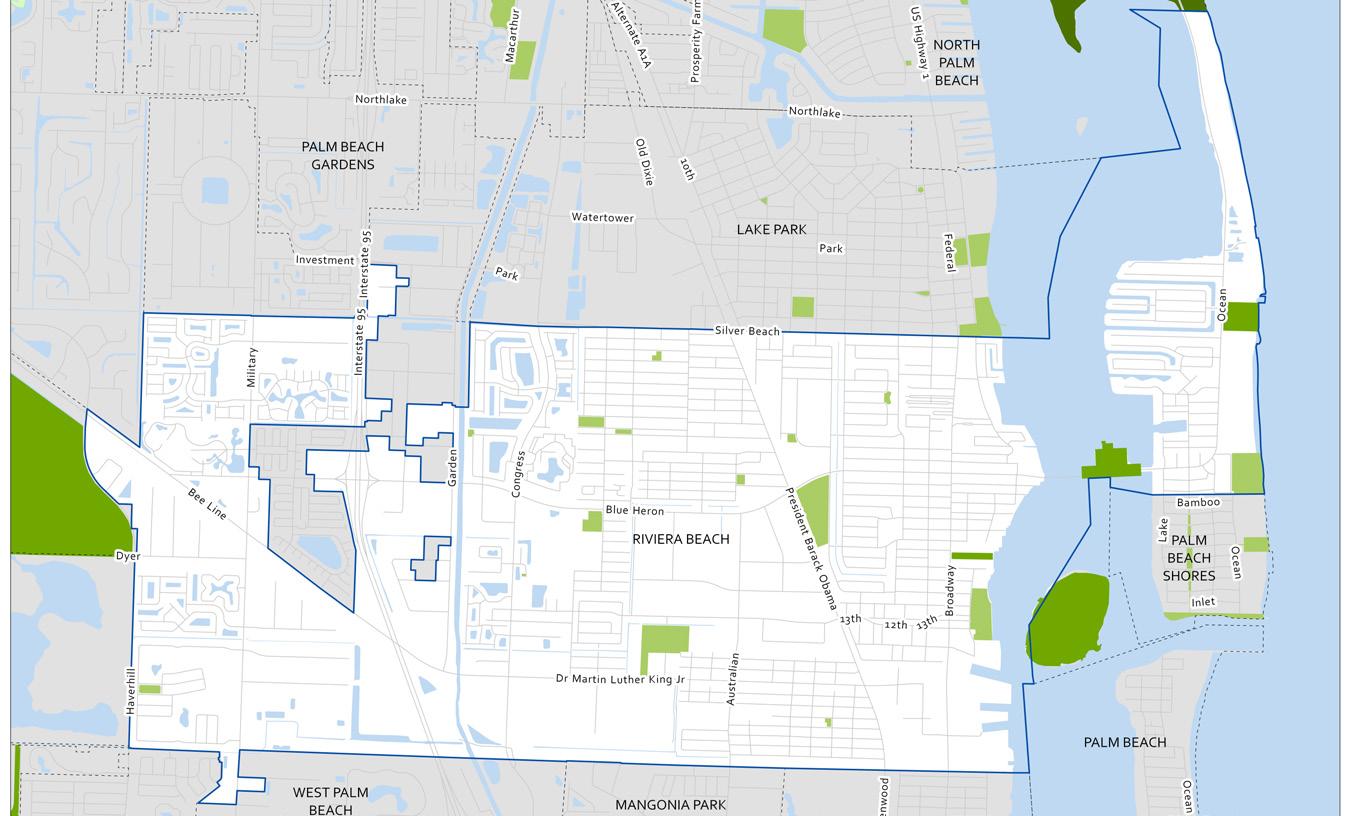
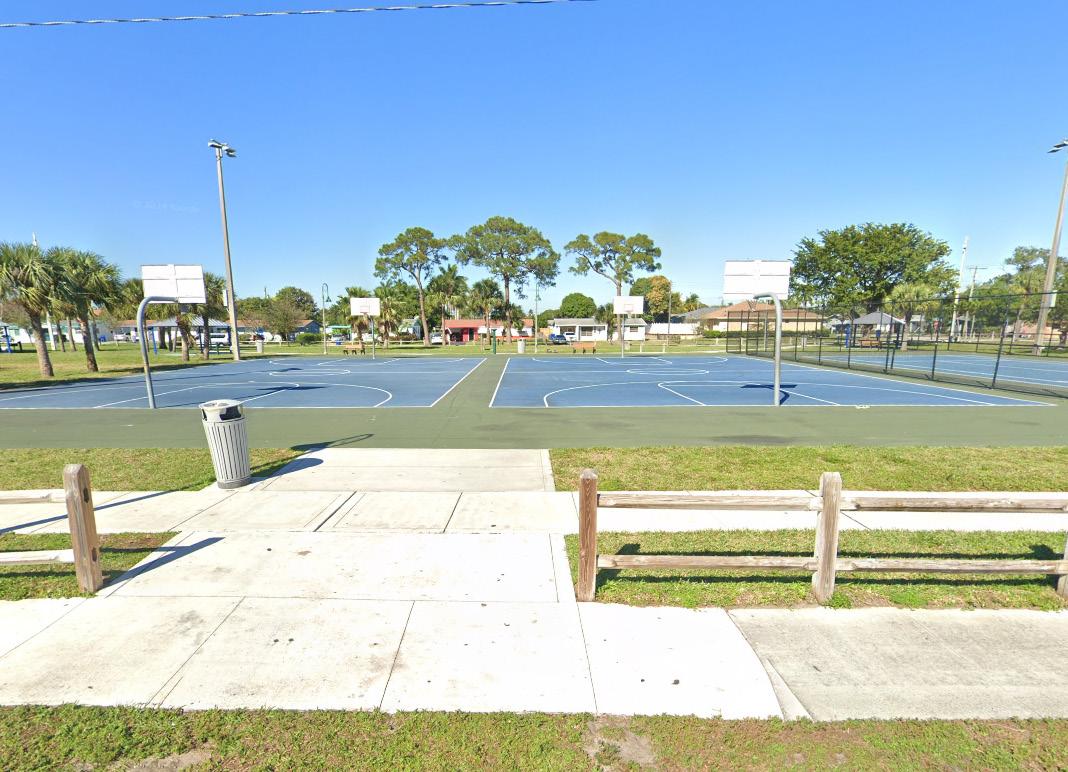
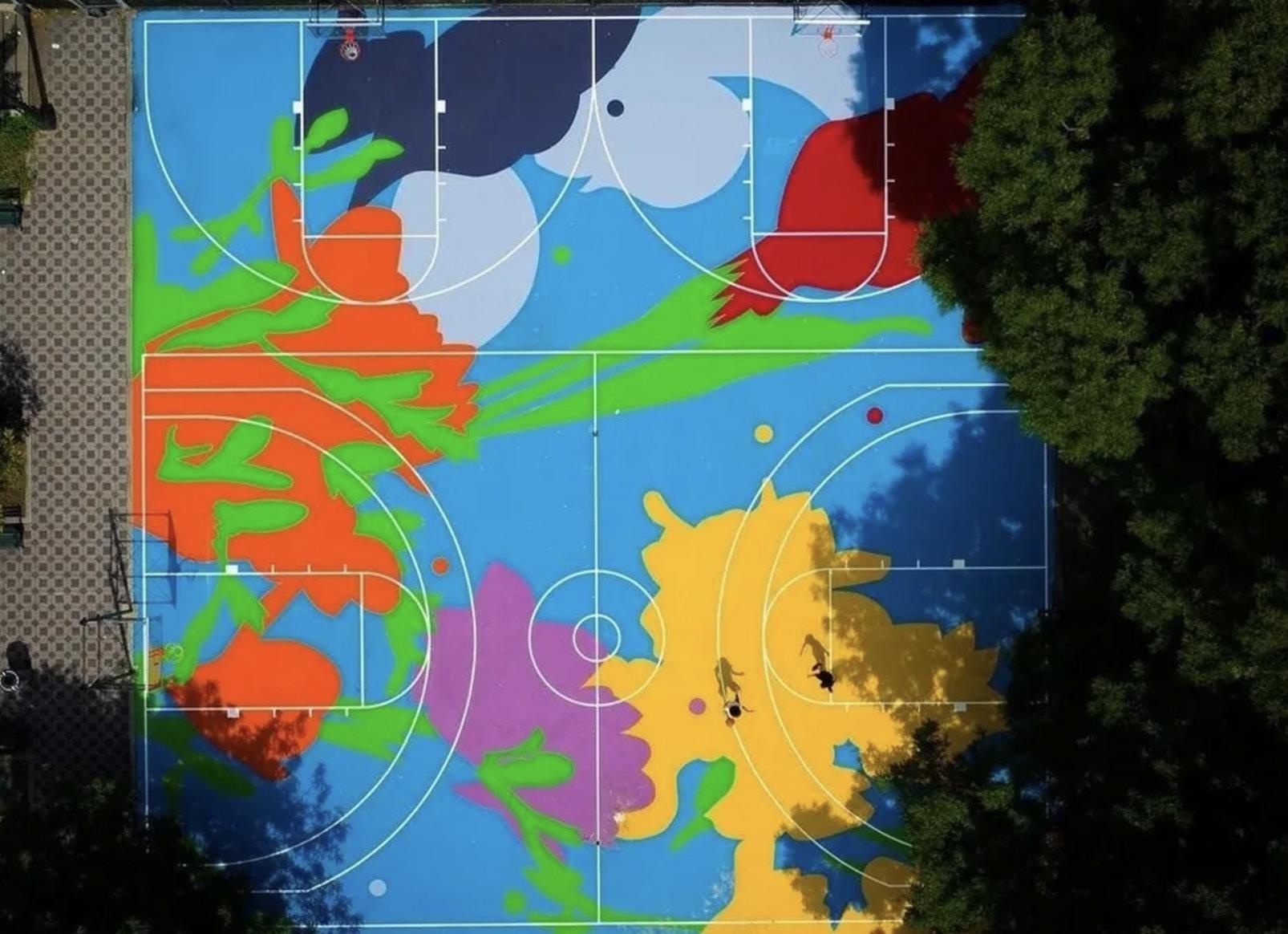
BASKETBALL MURALS AT CUNNINGHAM PARK

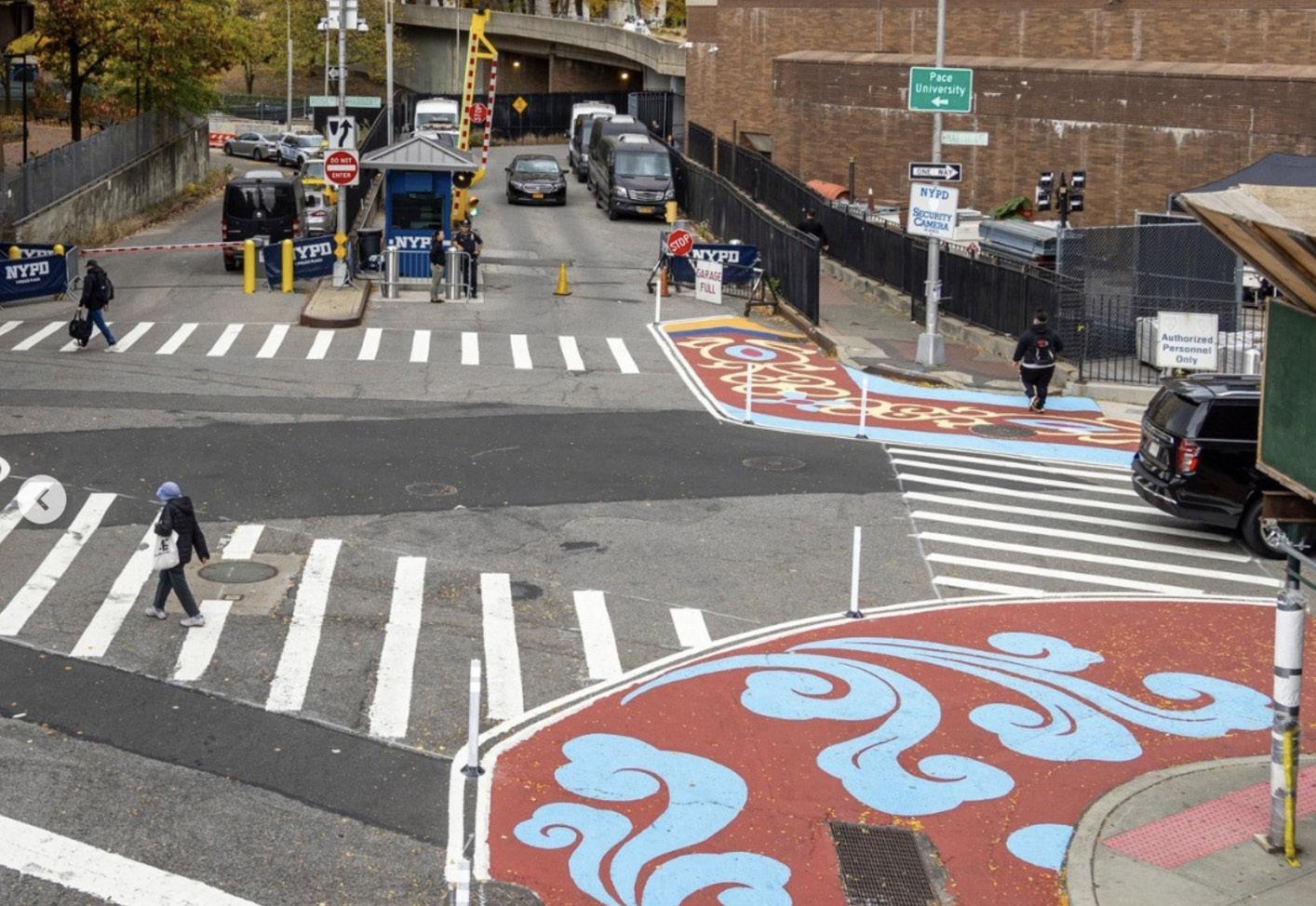
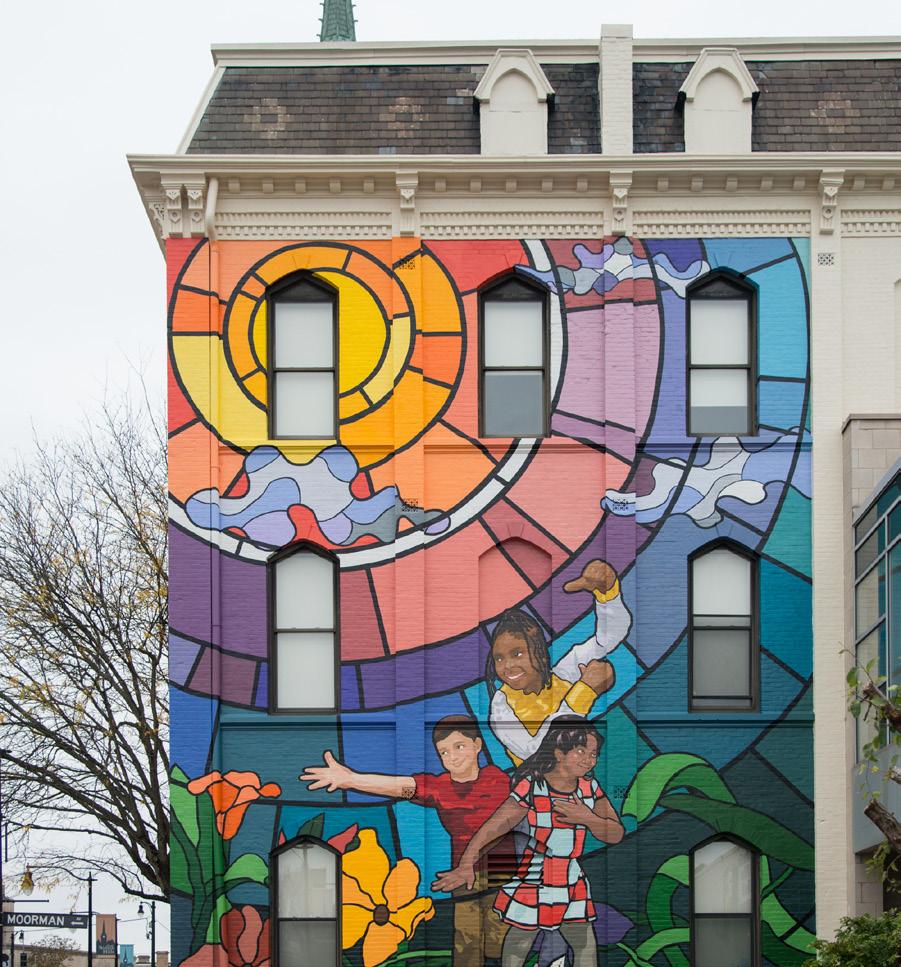
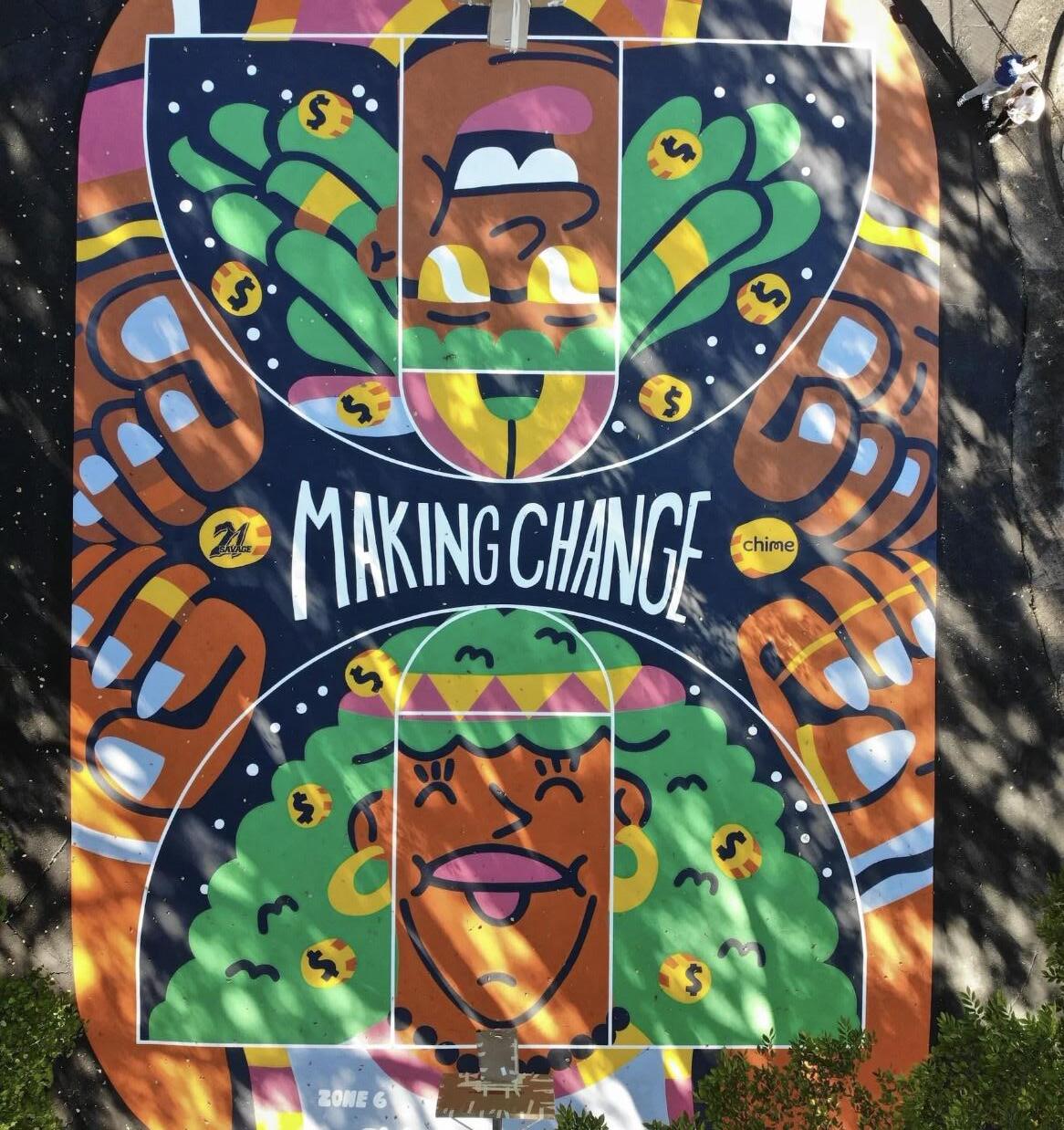
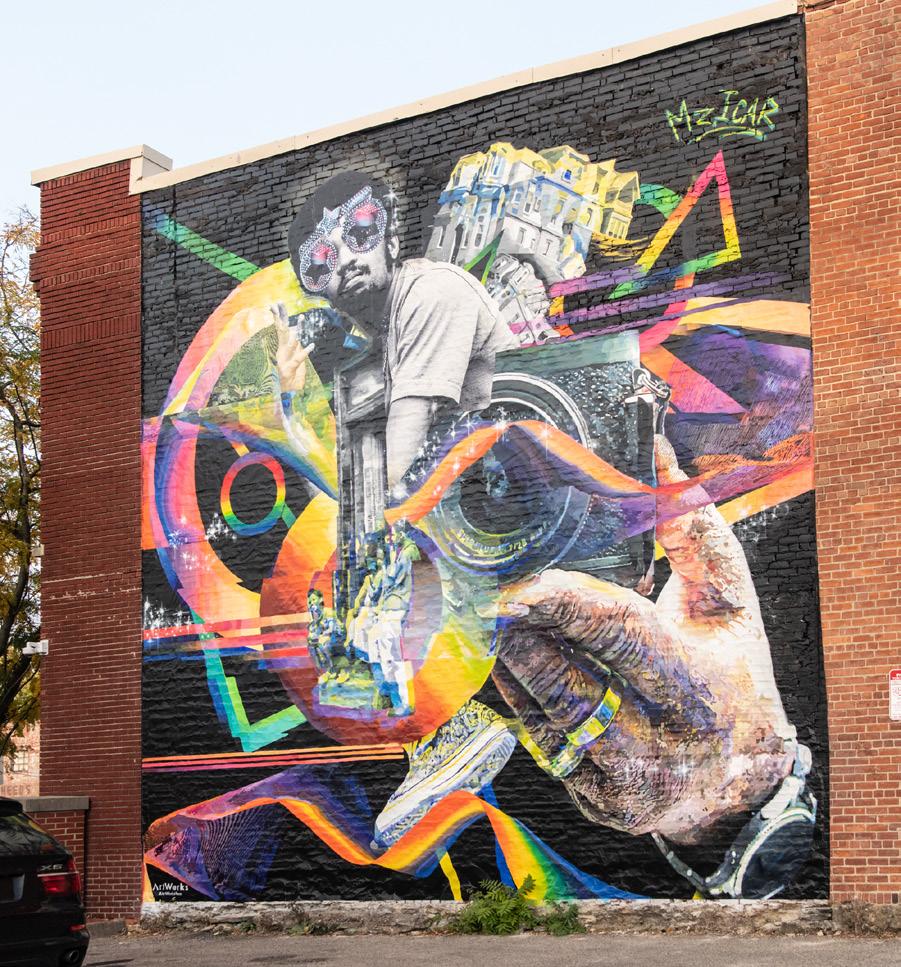
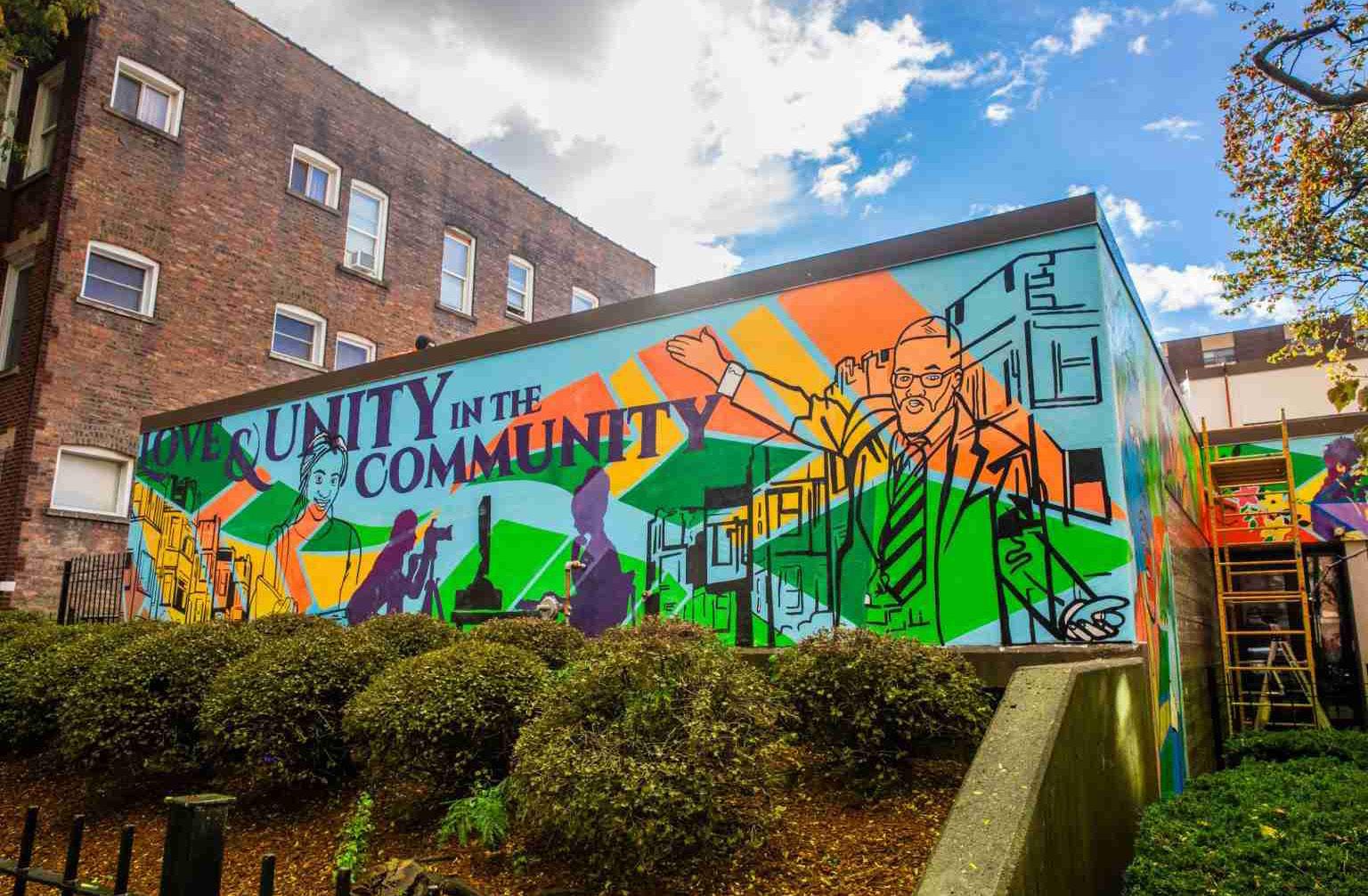
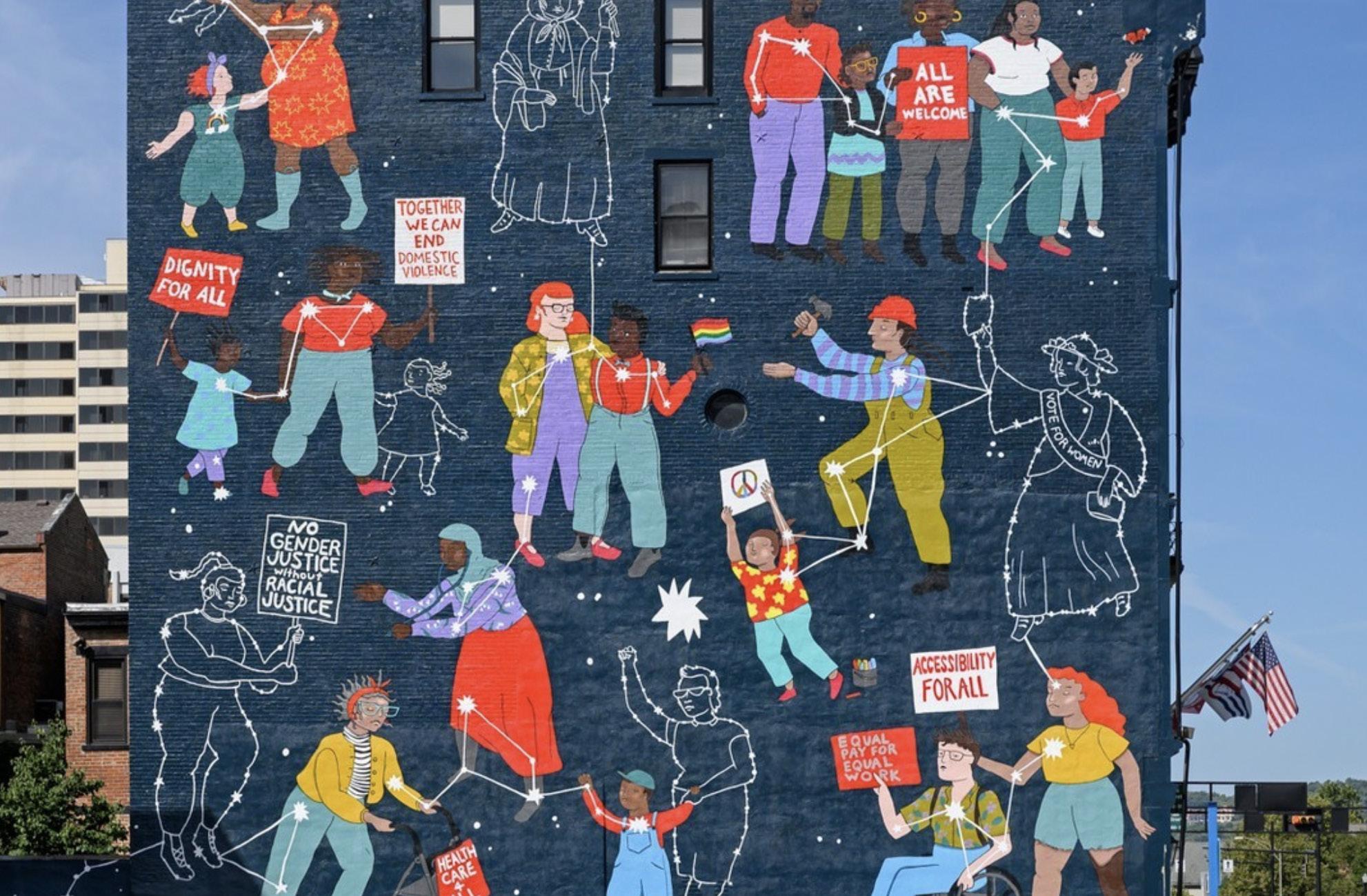
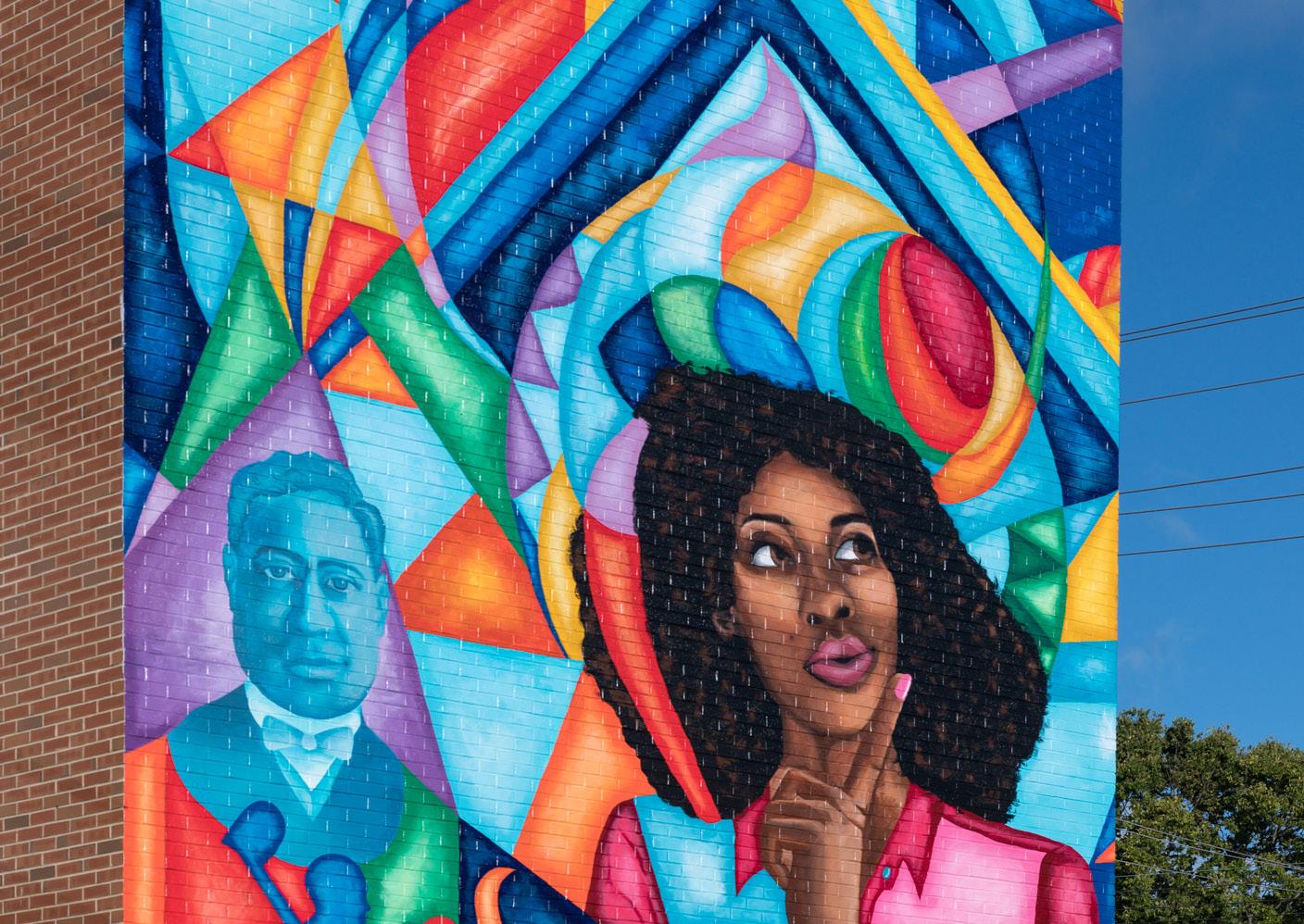
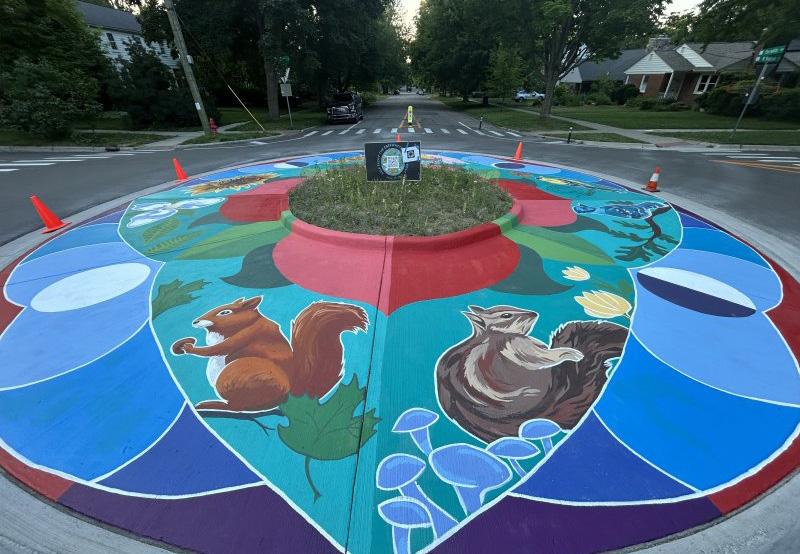

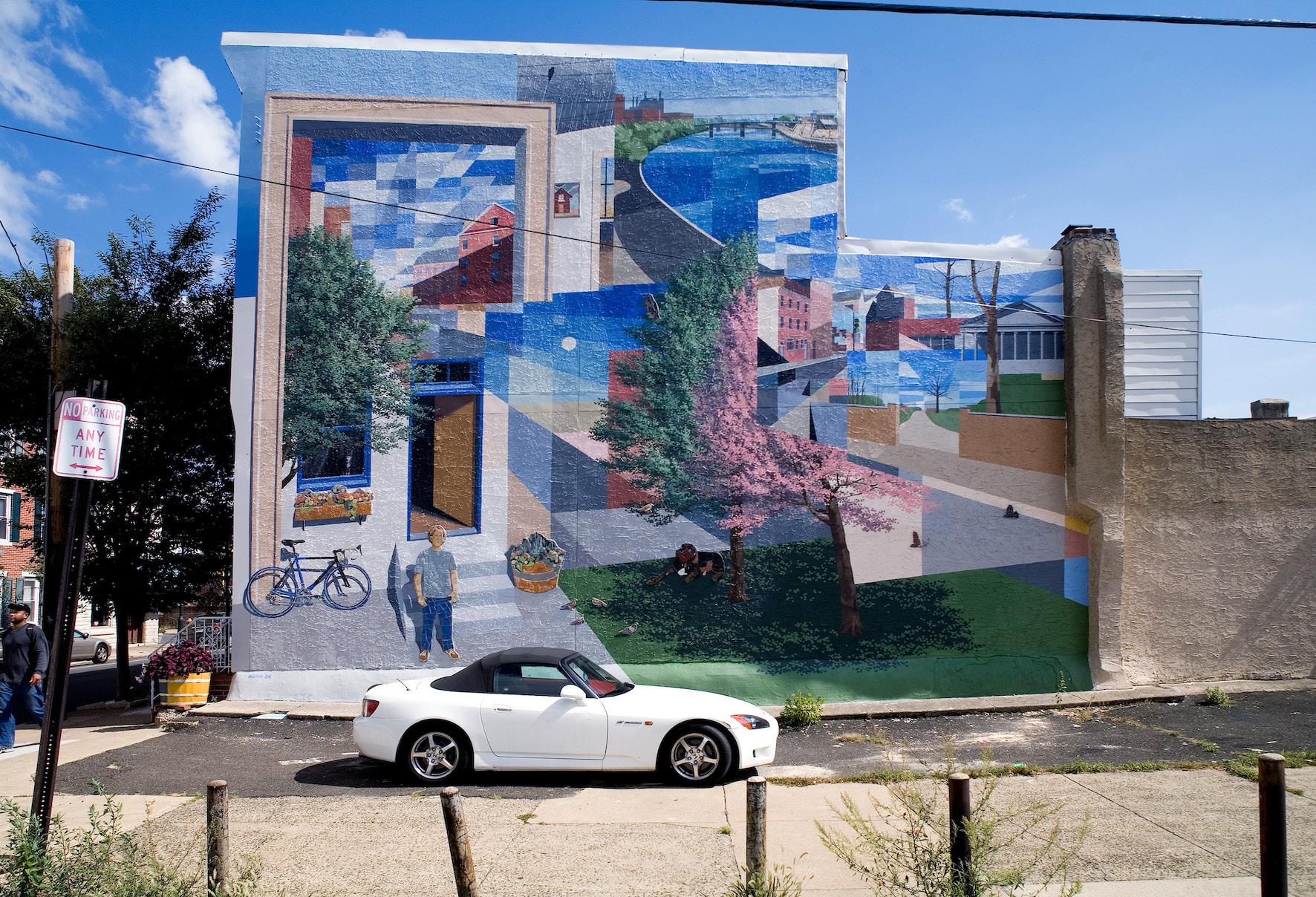
Riviera Beach’s parks are vital community resources for play, gathering, and connection. As the social centers of the City’s neighborhoods, parks are also important locations for cultural exchange. Strategically placed sculptures in these existing points of interest can increase parks’ ability to attract wider audiences and elevate the overall park experience. Family-friendly and culturally-focused sculpture trail opportunities throughout Riviera Beach’s parks invite residents to celebrate the City’s history, their neighborhoods, and Riviera Beach’s culturally-rich community. Sculptures can convey historic narratives or highlight the City’s diversity, but ultimately, an investment in a network of sculpture trails across the City should spark interest in Riviera Beach’s local cultures.

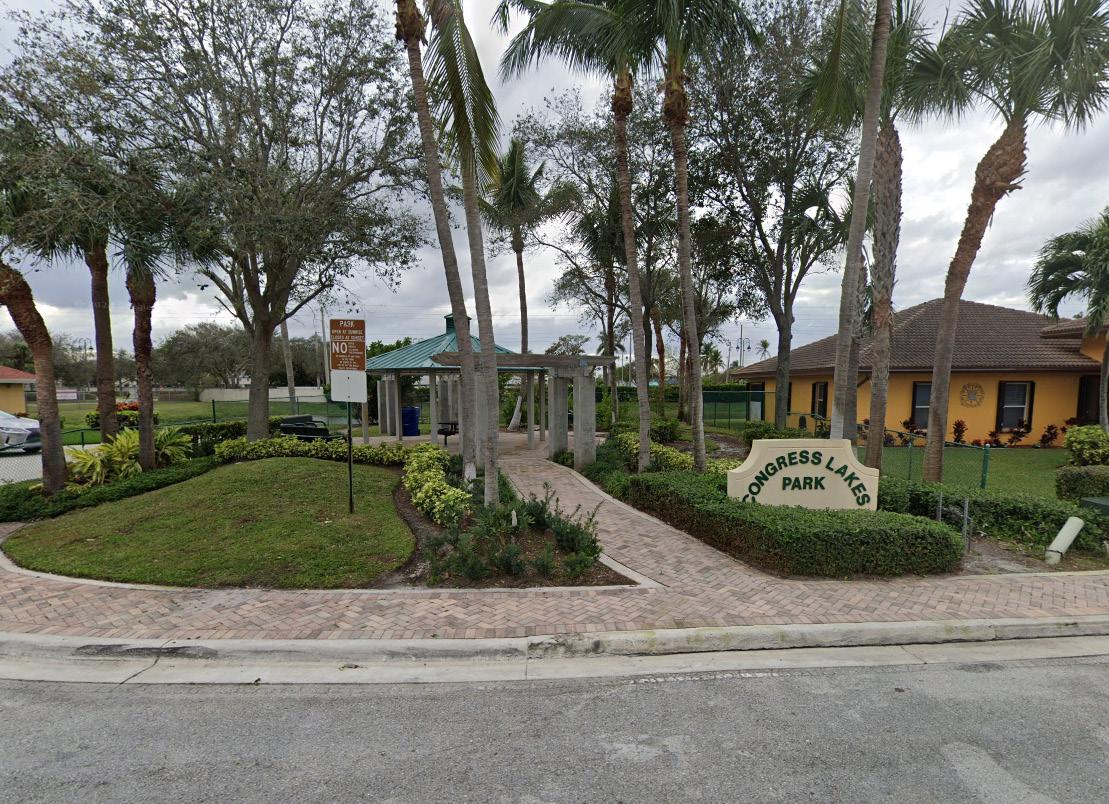
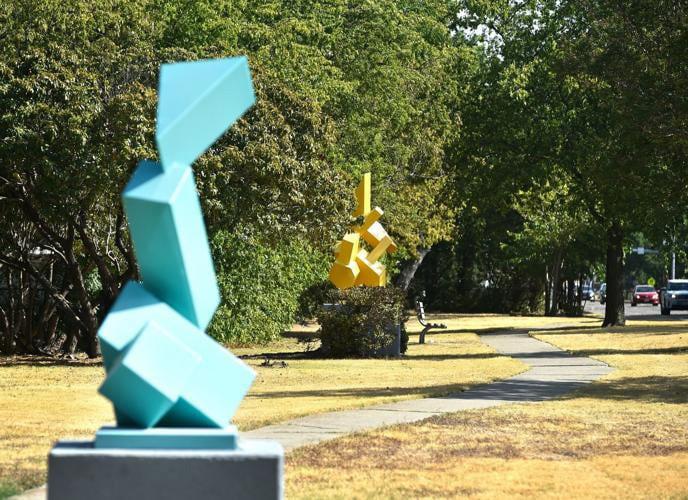
SCULPTURE AT CONGRESS LAKES PARK
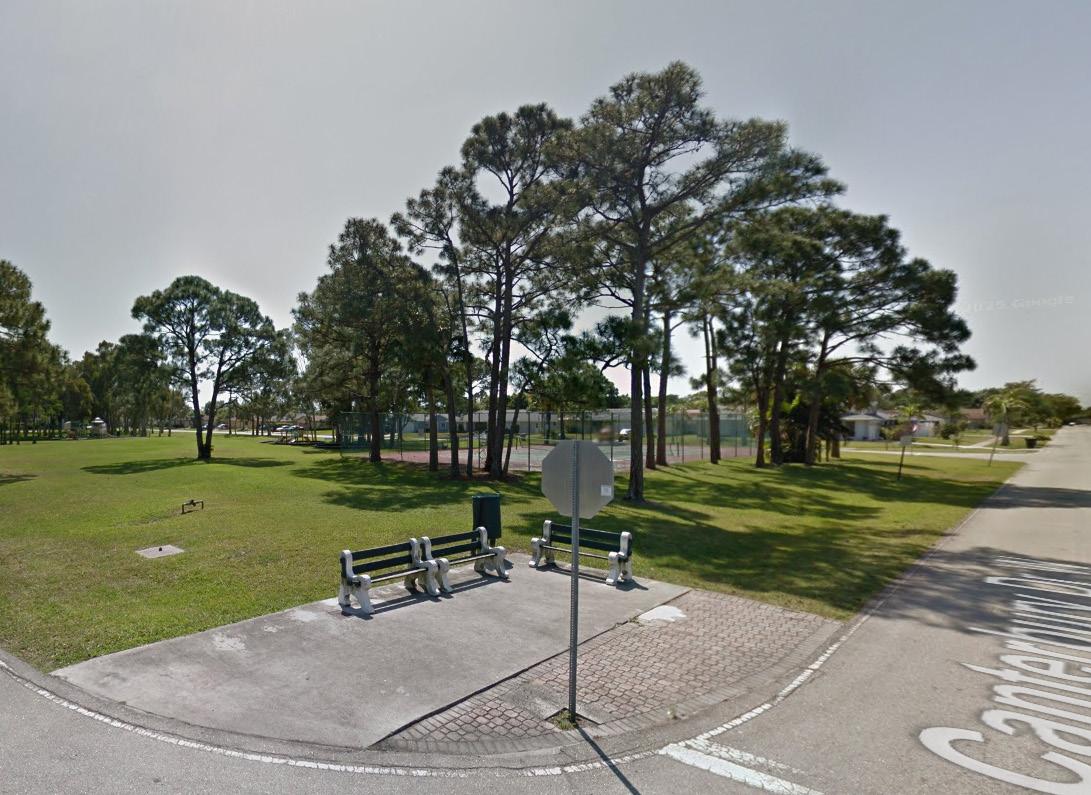
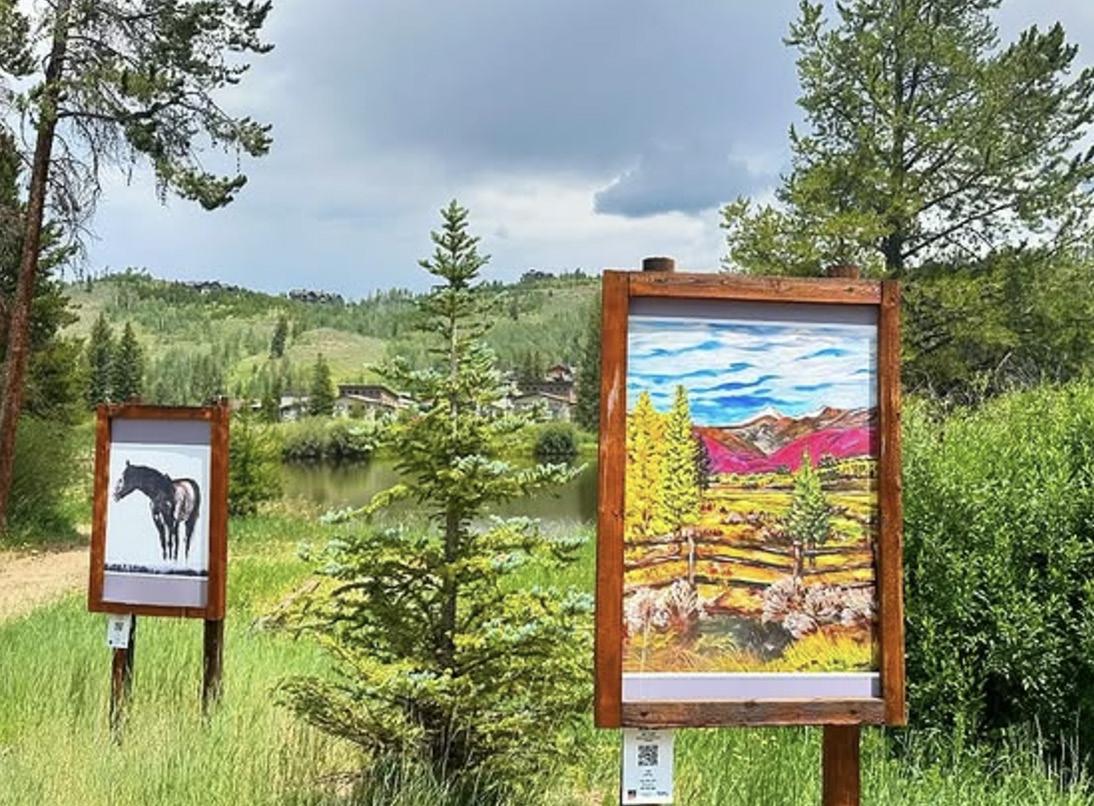
Creative wellness plays a vital role in a community’s overall quality of life and can be fostered through diverse public art experiences. Community-wide engagement with the arts encourages meaningful shared experiences, sparks conversations amongst neighbors, and offers fun, enriching opportunities for all. The planning team identified two key locations in the city where strategies to enhance community wellness align with opportunities for public art.
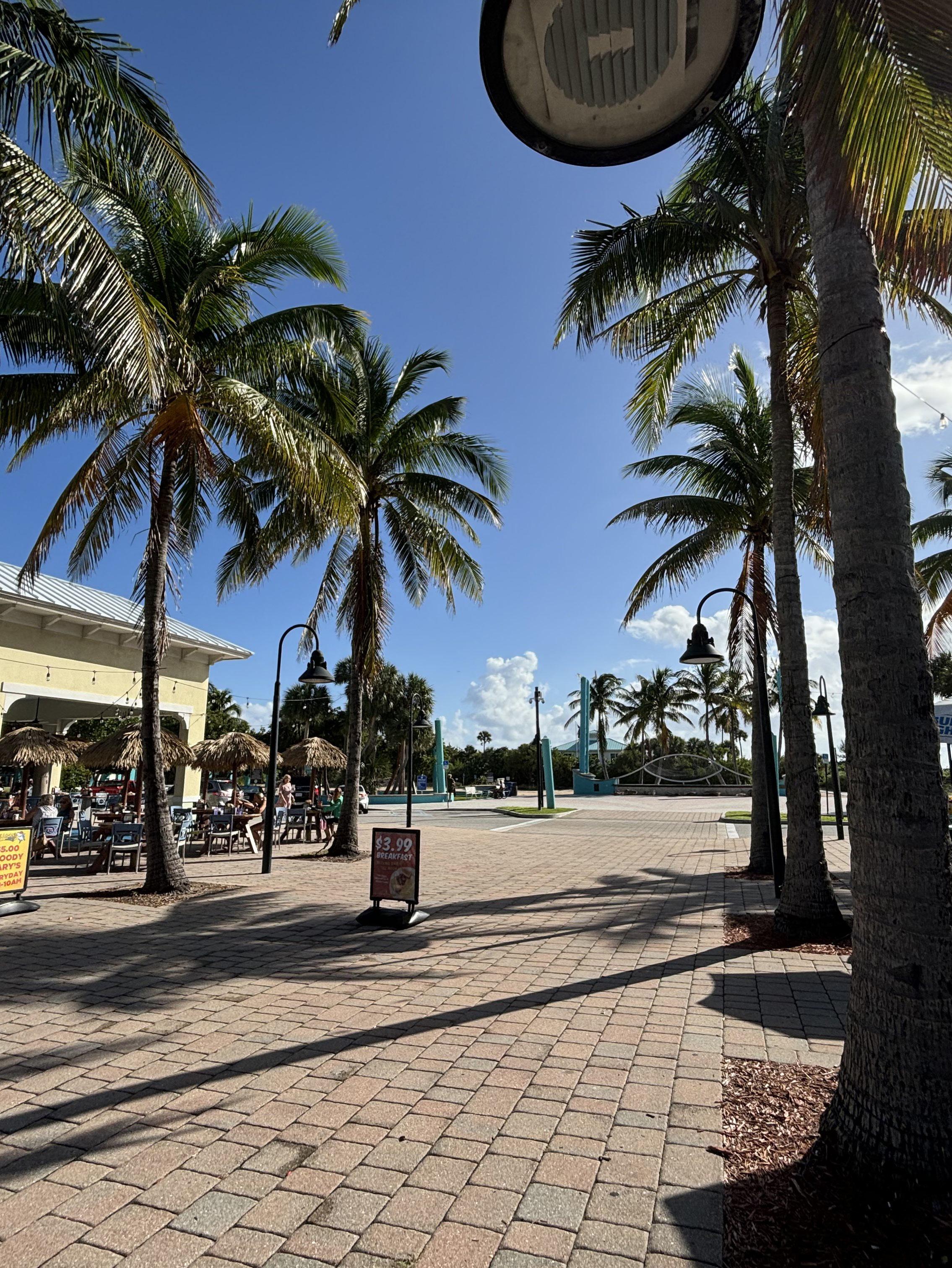
LOCATIONS TO CONNECT WITH WELLNESS THROUGH PUBLIC ART
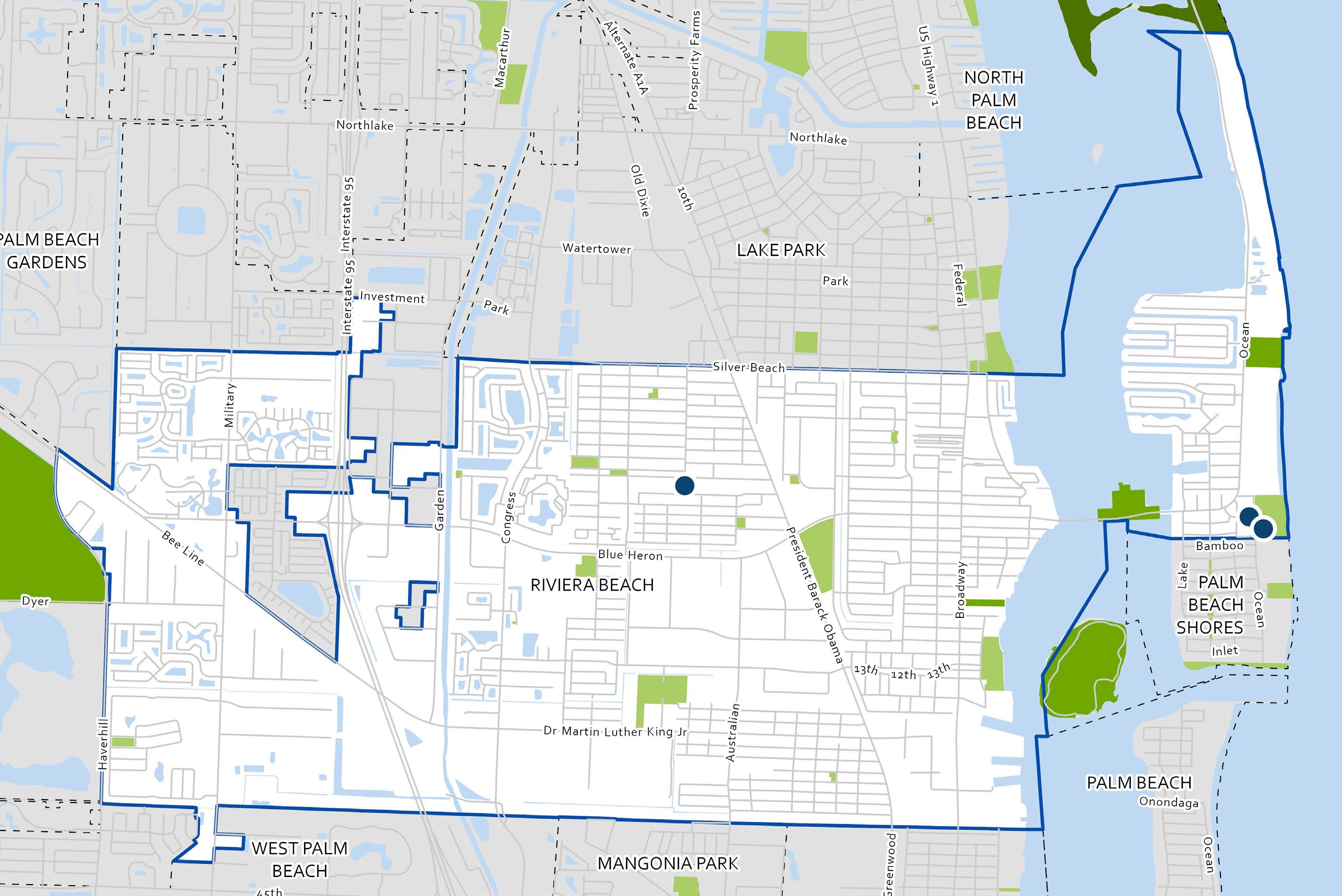
Artist-designed benches: Underutilized concrete pads surrounding the plaza present an ideal opportunity for installing mosaic benches or other artist-designed seating elements. This functional public art opportunity enhances the park’s overall character and outwardly conveys the City’s identity.
Iconic Feature at Oceans Mall Entrance: An iconic, artistic archway marking the pedestrian entrance at the Oceans Mall offers a memorable, site-specific way to welcome visitors and affirm a sense of place. Incorporating oceanthemed elements, the sculptural arch could highlight Riviera Beach’s renowned snorkeling scene while serving as a unique photo opportunity for visitors.
Annual sand sculpture competition/festival: The plaza’s distinctive sand-scaped public spaces make it an ideal setting for an artist-centered annual sand sculpture festival. Beyond drawing tourists, the event could attract sand artists from around the world to Riviera Beach.

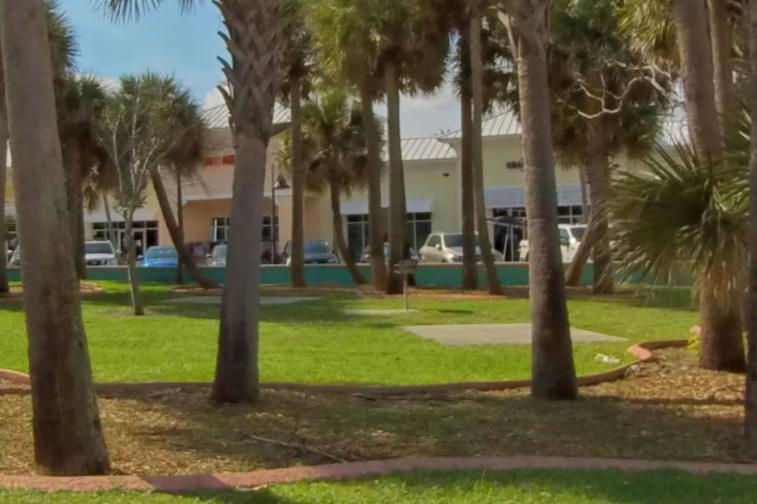
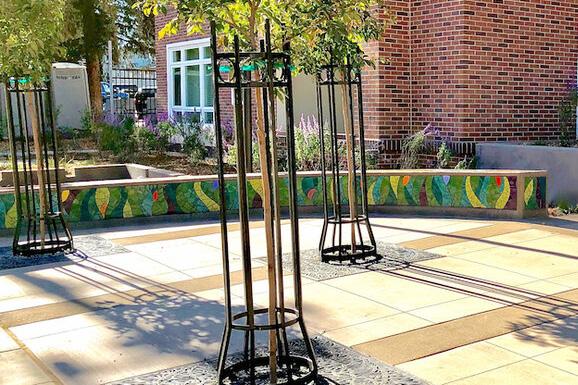
ARTIST-DESIGNED BENCHES ON THE EMPTY PADS
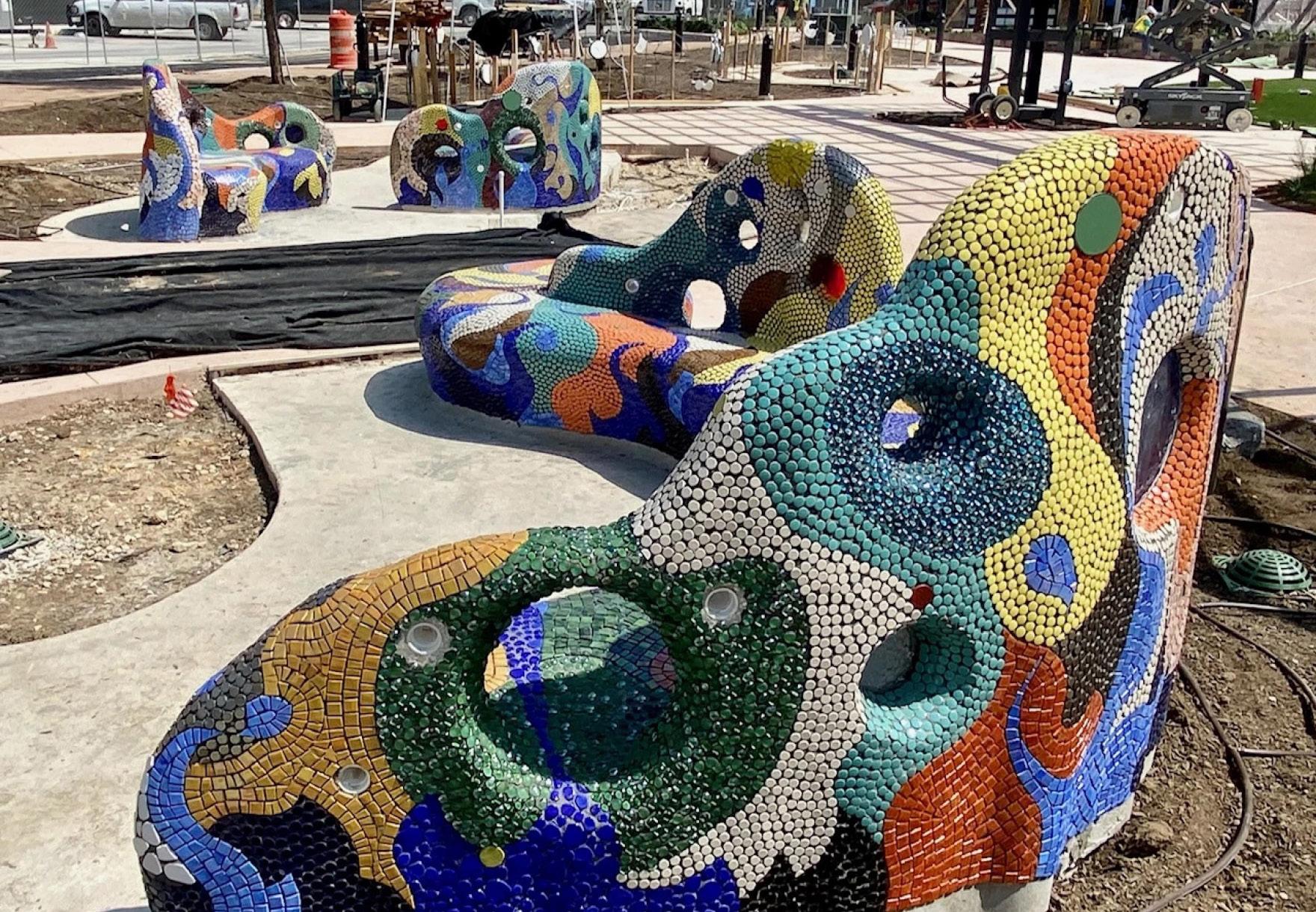

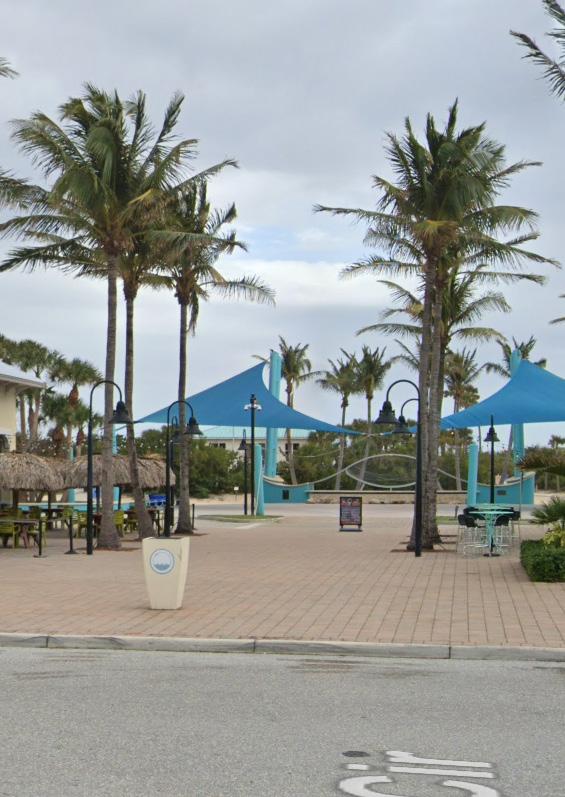
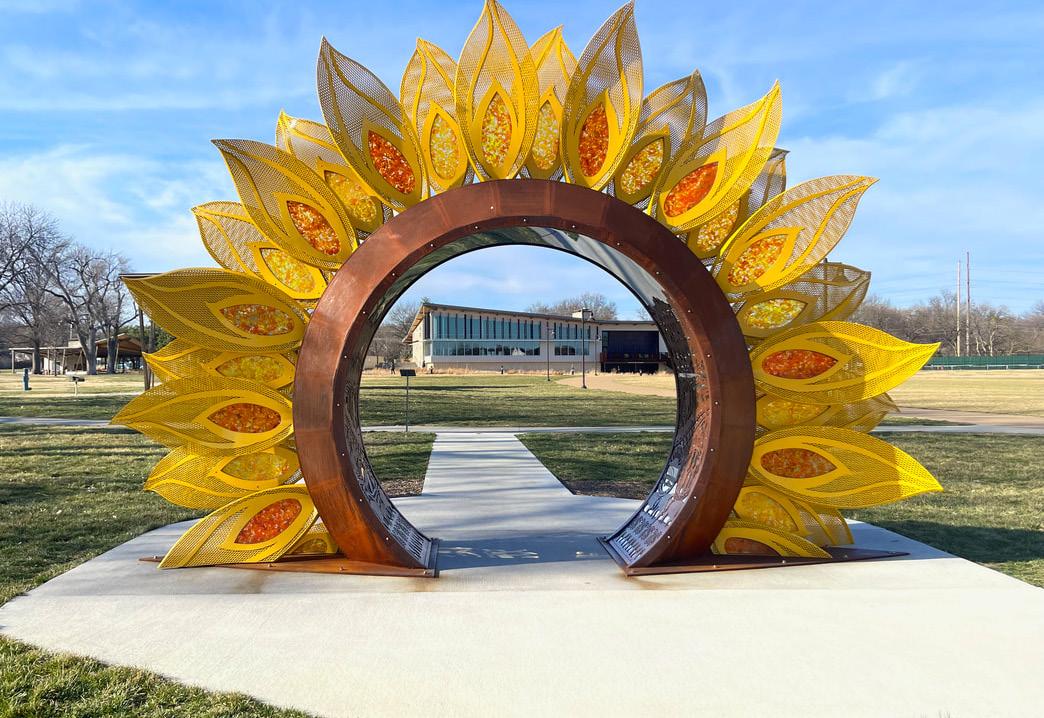
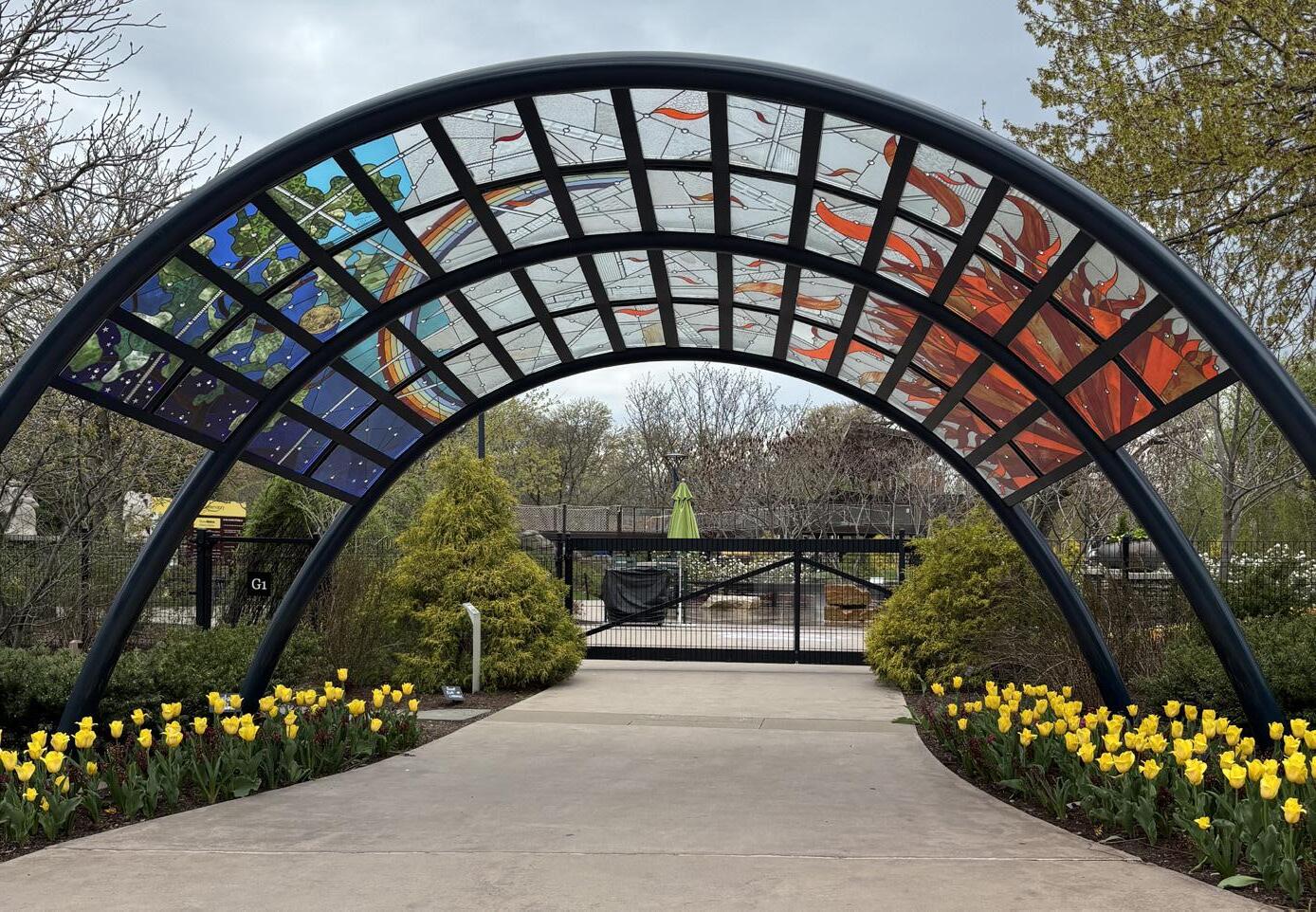
ICONIC FEATURE AT OCEANS MALL ENTRANCE
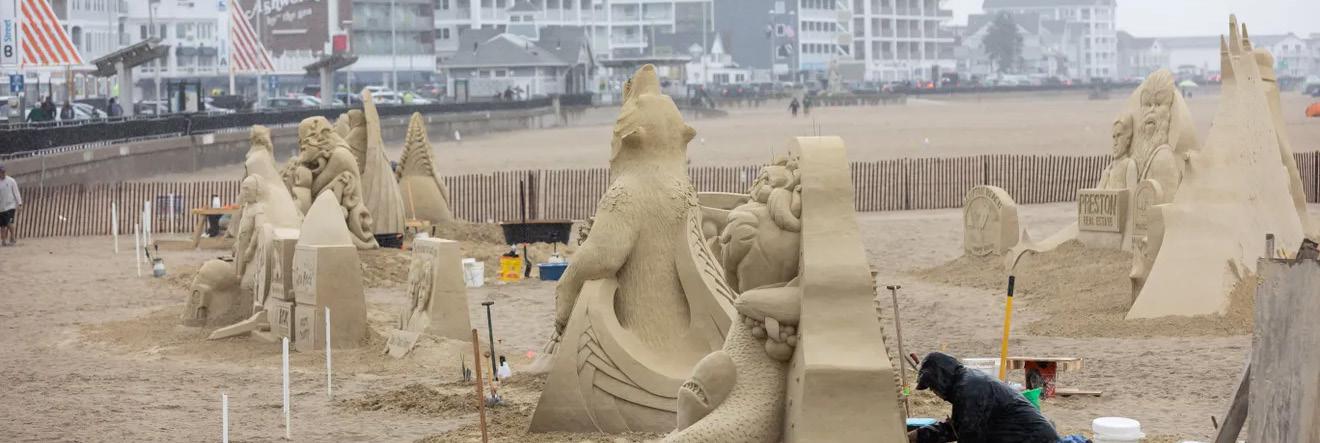
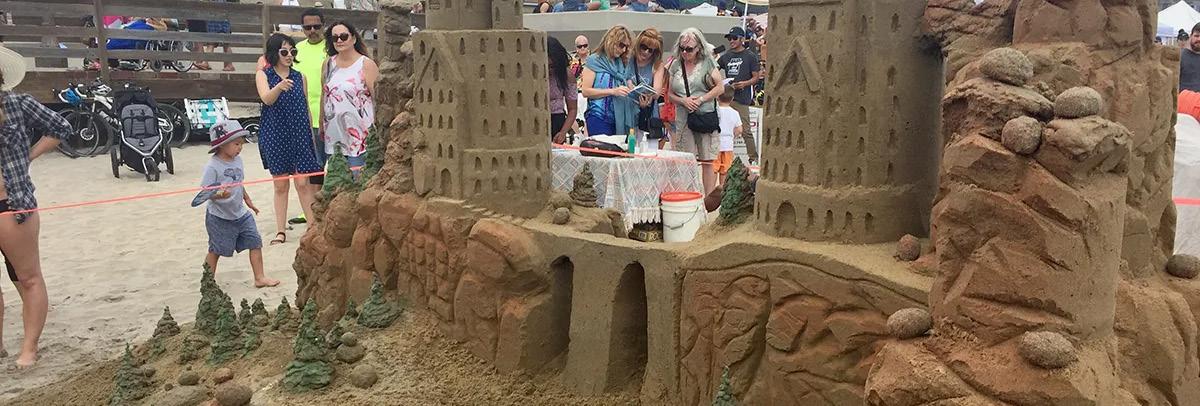
Stamped Path: Installing a concrete path could revitalize an underutilized City-owned parcel within a neighborhood setting. Integrated public art—such as artist-designed stamps or sandblasted images—could be embedded in the concrete to reflect the neighborhood’s character and identity.
Residential Alley between 30th and 29th (N/S Borders) and on Cunningham Park and Ave O (W/E Borders)

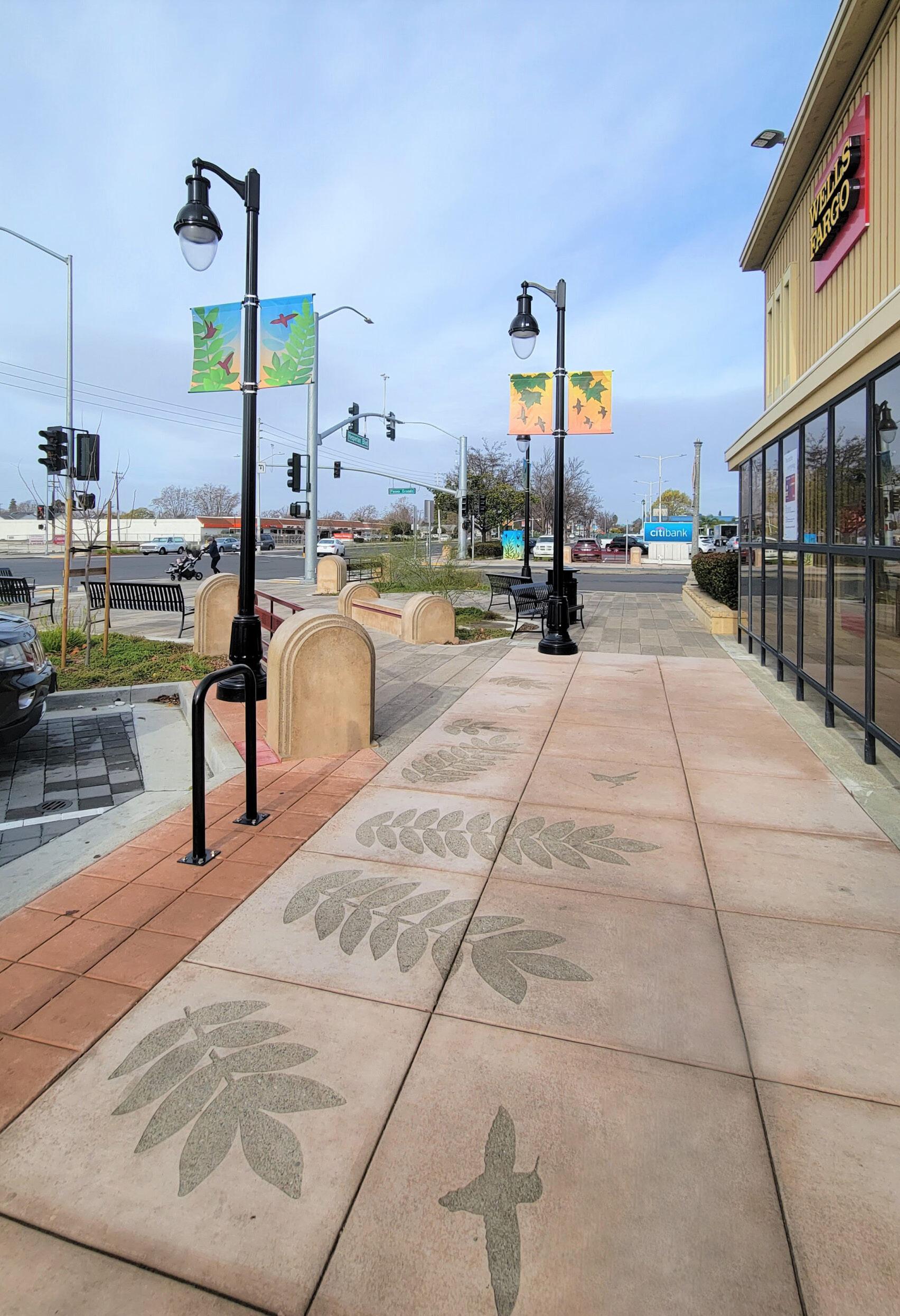
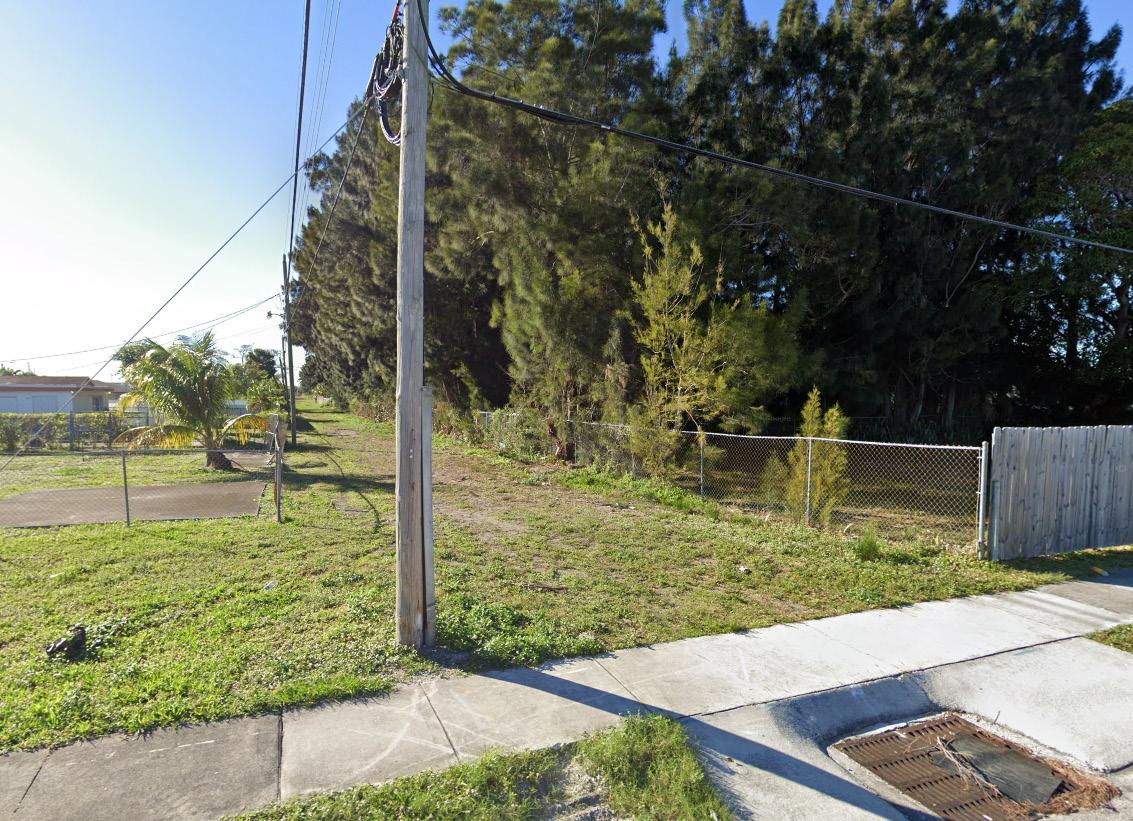
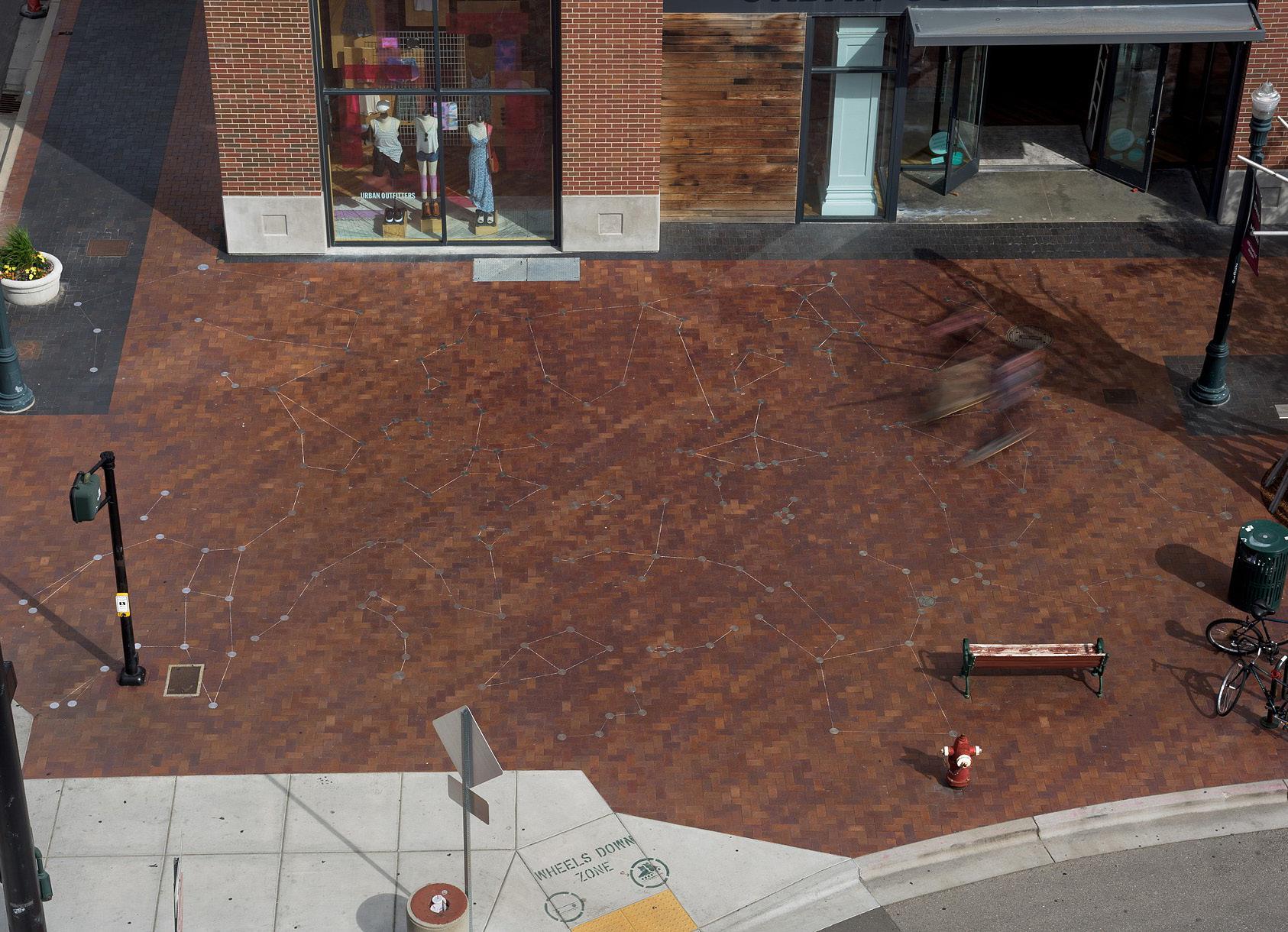
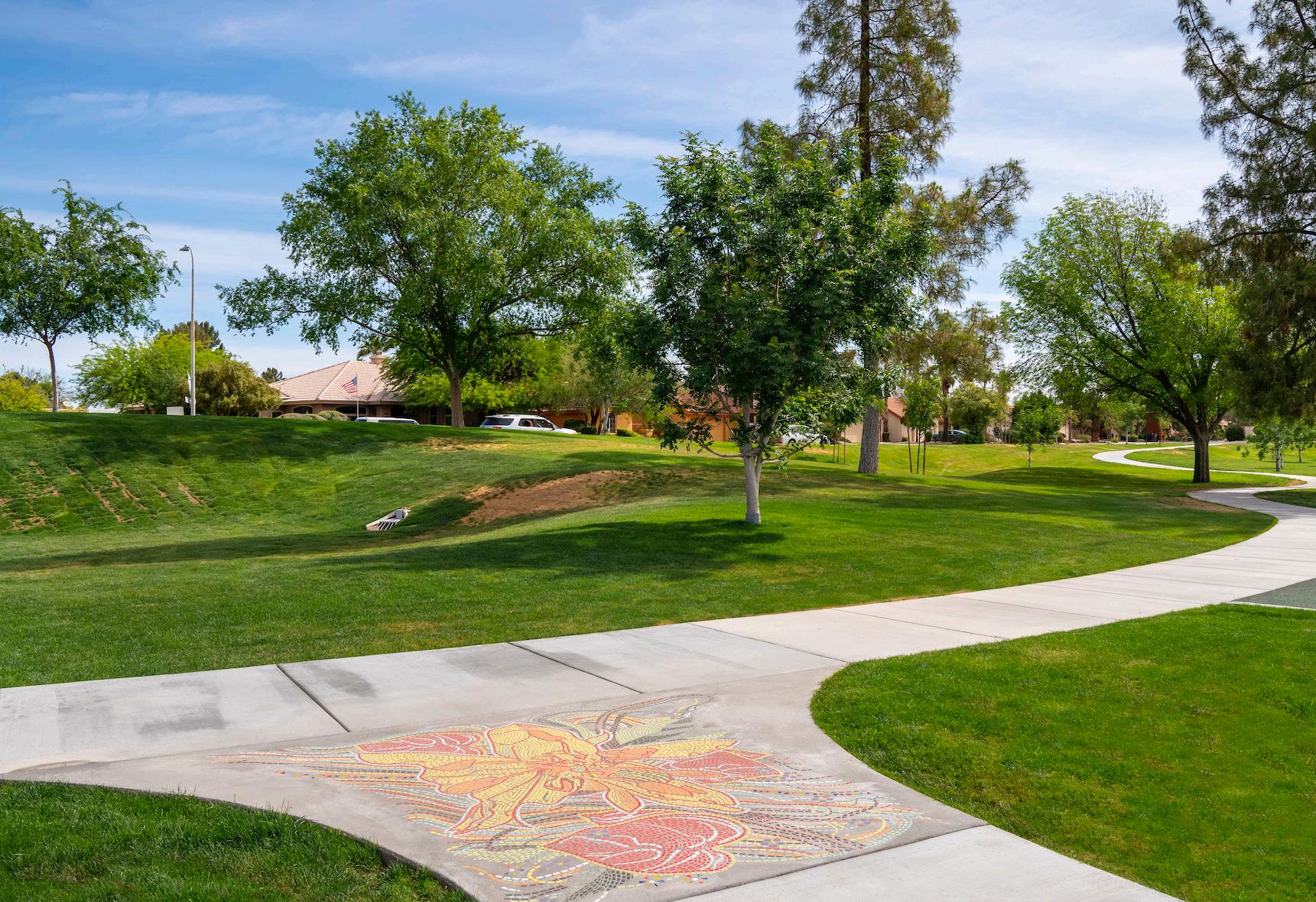
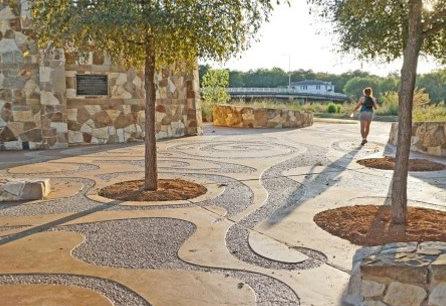
Riviera Beach offers numerous opportunities to strengthen neighborhood connections, and strategically placed public art can serve as a catalyst for deeper relationships and cultural exchange throughout the city. Through vibrant, engaging experiences, public art brings people together to celebrate everyday life in Riviera Beach. The planning team identified several key locations throughout the City where public art can help foster meaningful connections both within neighborhoods and across the broader community.
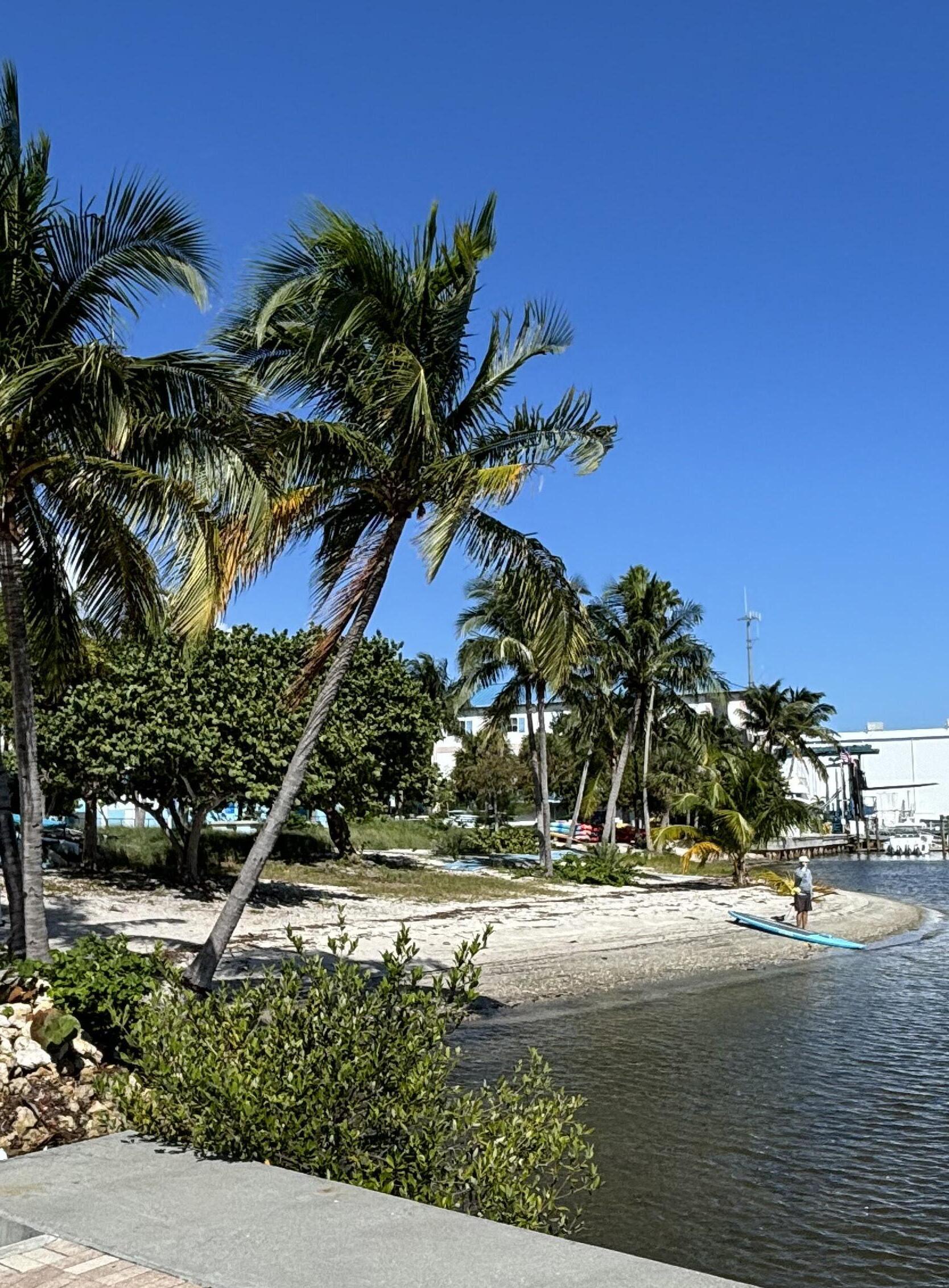
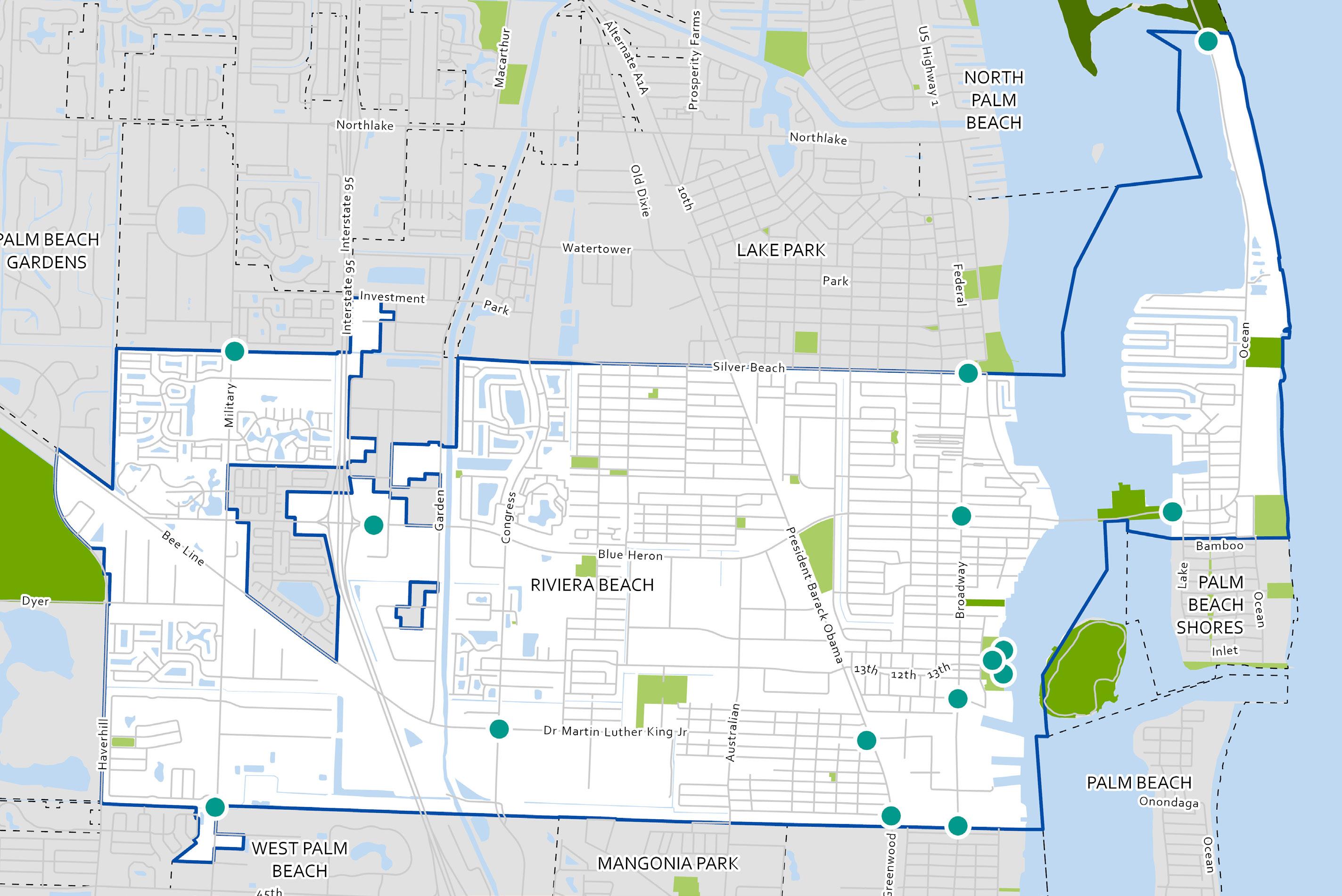
Kinetic Sculpture: Kinetic sculptures are brought to life by natural elements like the wind, which provides the movement for the sculpture’s mechanical components. The Marina’s open, breezy waterfront setting makes it an ideal location for showcasing this form of art.
As the City’s primary venue for festivals and community events, the Marina is an ideal setting for a kinetic sculpture that serves as a focal point for gathering and connection, while offering a delightful and unexpected public art experience for pedestrians.
Continuing chain link fence artworks: Continuing to enhance the Marina with chain-link fence artworks will strengthen its role as one of the City’s primary public spaces for celebration and gathering. These artworks can highlight the unique character of Riviera Beach and uplift its diverse community.
Center median suspended intervention: As visitors arrive at the Marina, they will encounter artworks designed to inspire curiosity, playfulness, reflection, and connection. Immersive and suspended installations can support this vision through their sensory and experiential qualities, enriching and shaping the atmosphere of the public space.
Plein Air Painting Day + Artist Market: Public art programming can also foster stronger connections amongst neighbors. Seasonal events like a Plein Air Painting Day and Artist Market can engage art enthusiasts of all ages while supporting the local creative economy.
Mural on staircase/ramp: A mural on the staircase and ramp at the south end of the Marina offers a chance to both welcome visitors to the city and create a vibrant “selfie spot” for tourists and locals. Bold, colorful artwork can reflect the City’s dynamic character.

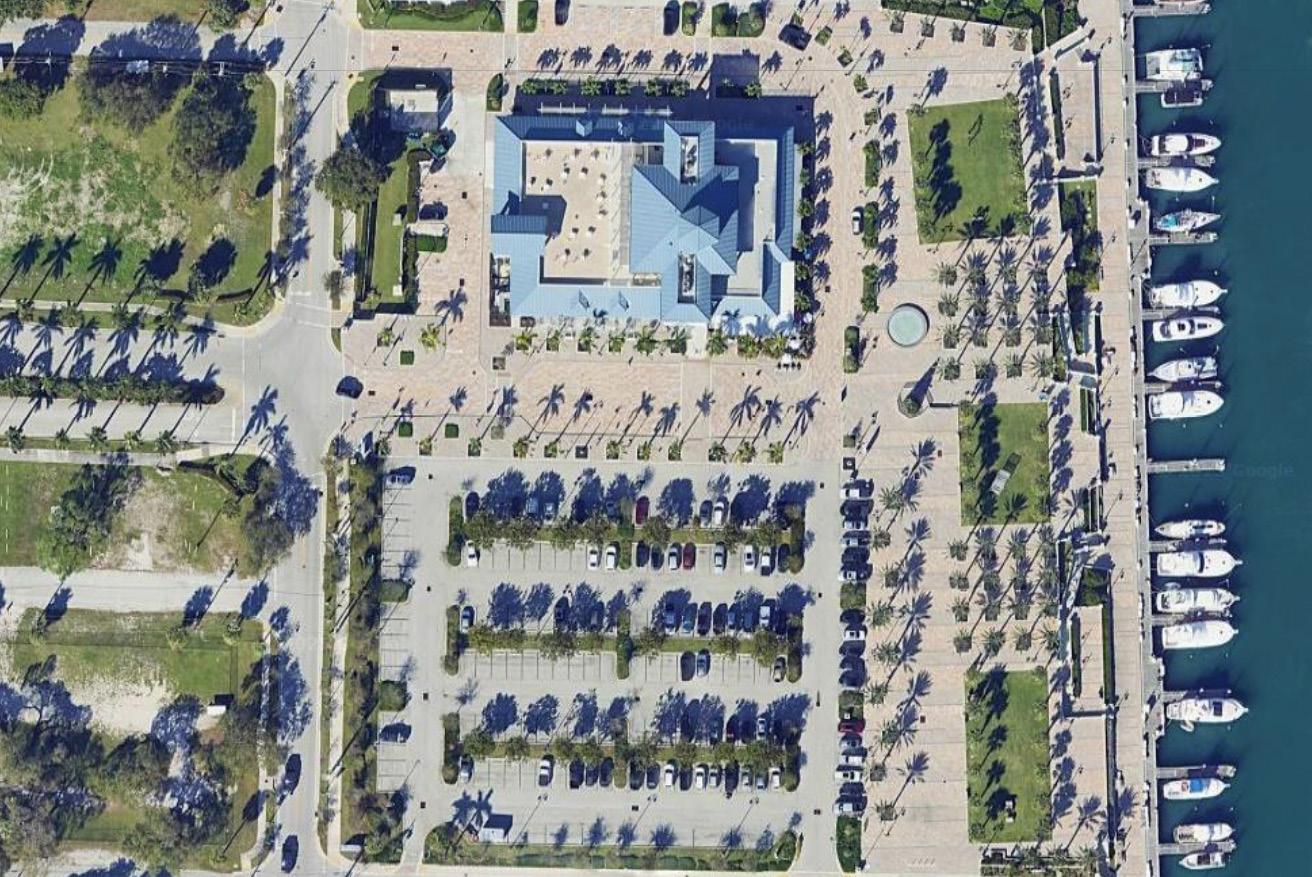
Kinetic Sculpture
Chain Link Fence Art
Suspended Art
Plein Air Painting Day
Staircase/Ramp Mural
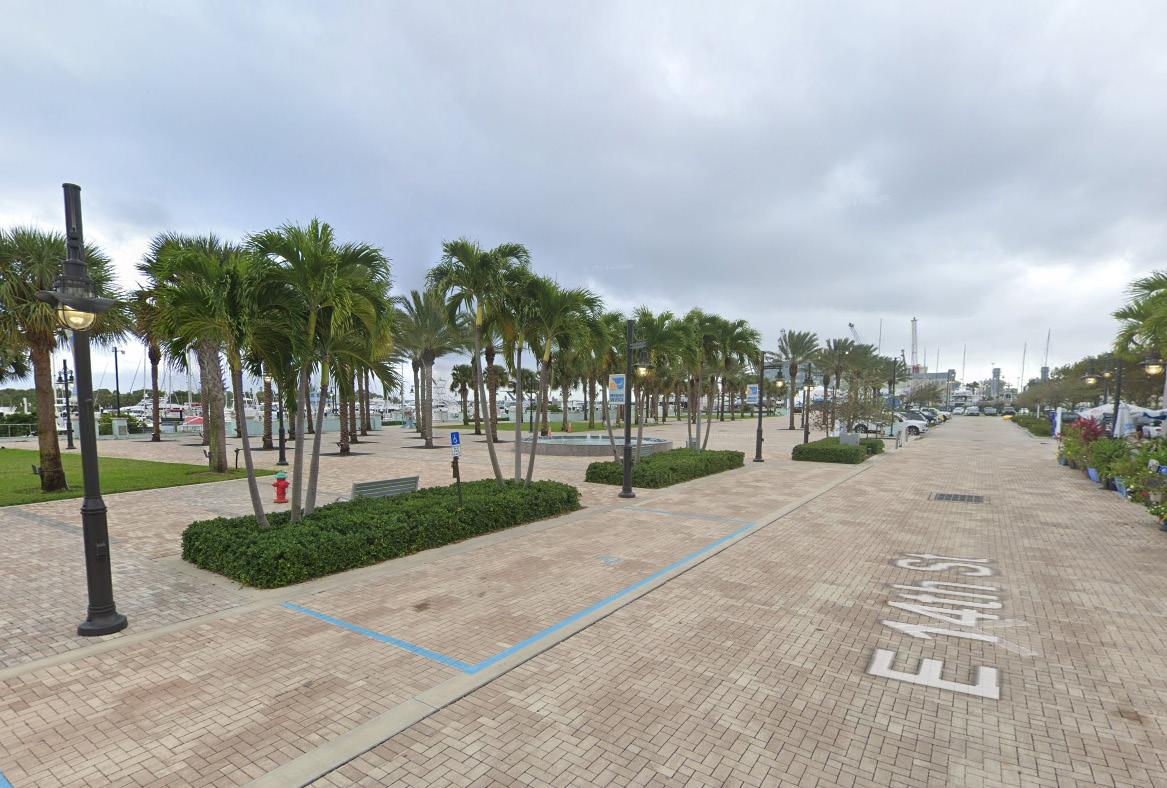
KINETIC SCULPTURE AT THE MARINA
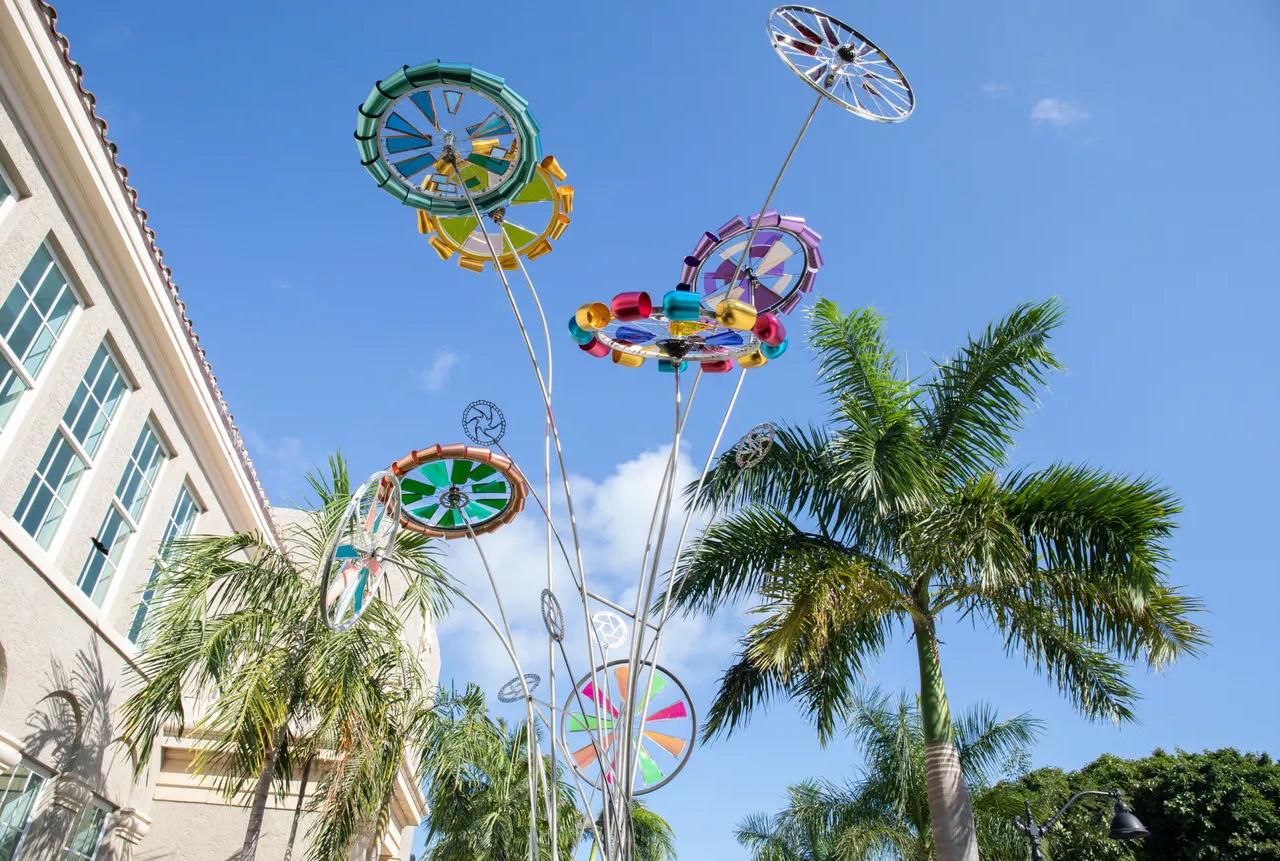
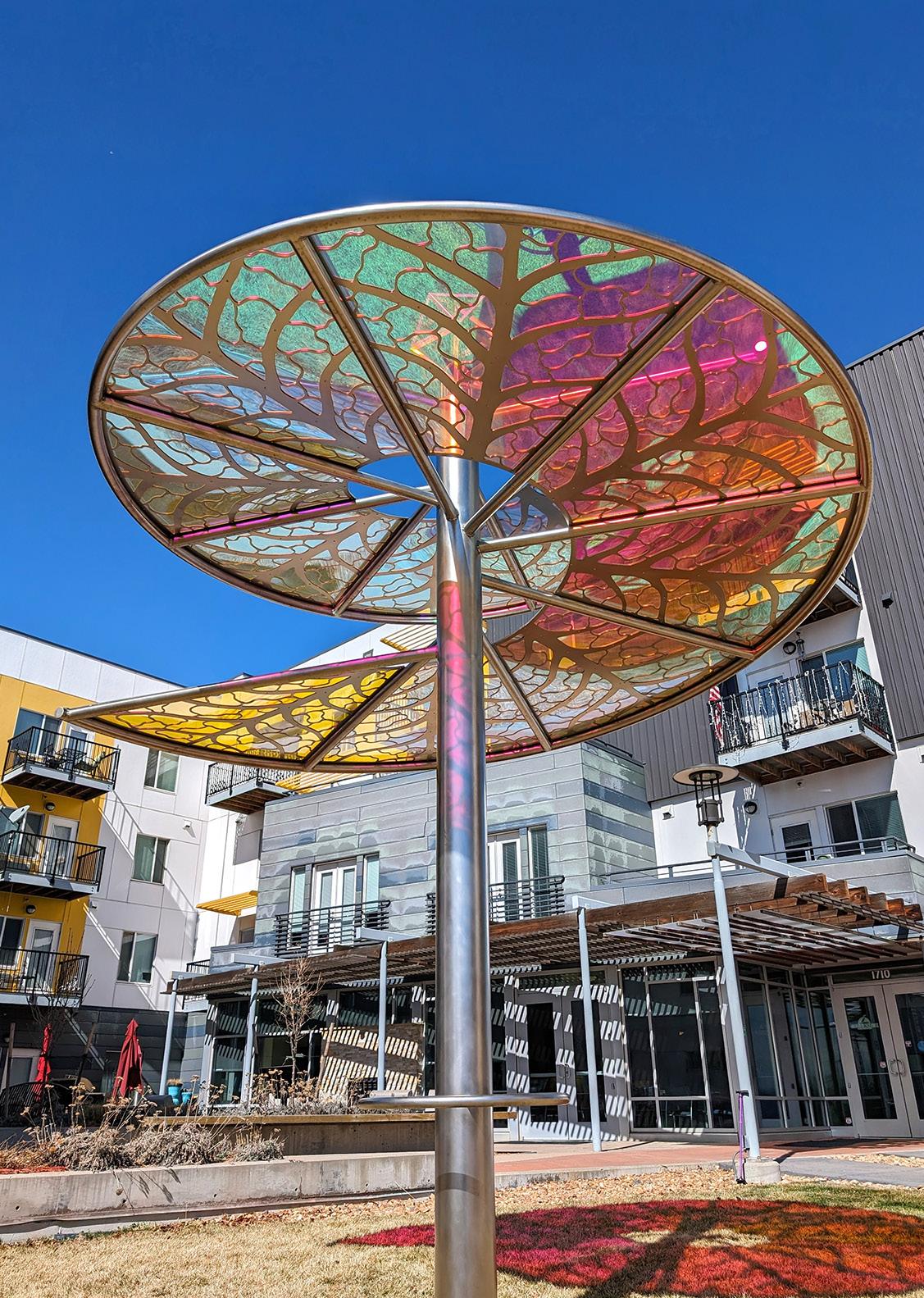
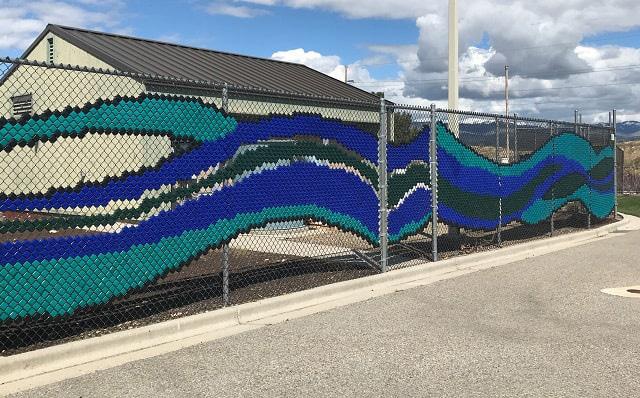
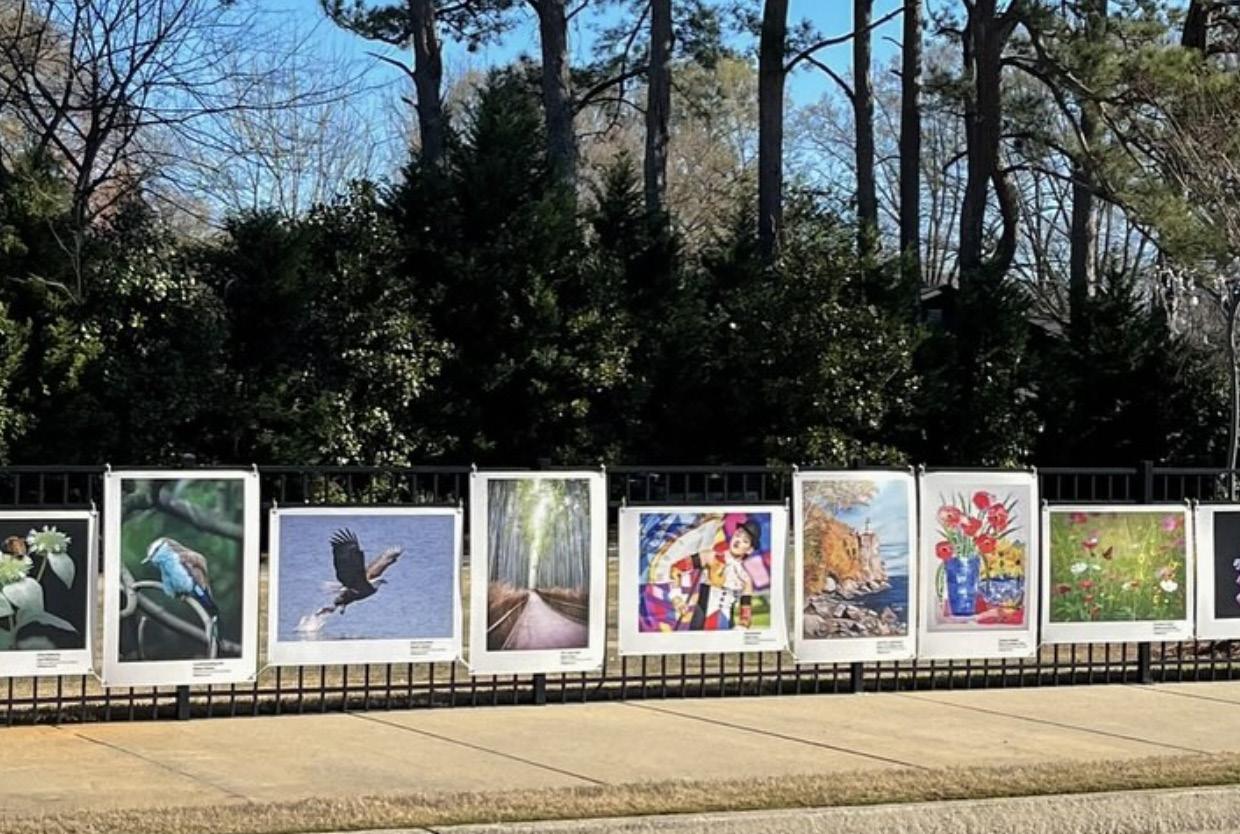
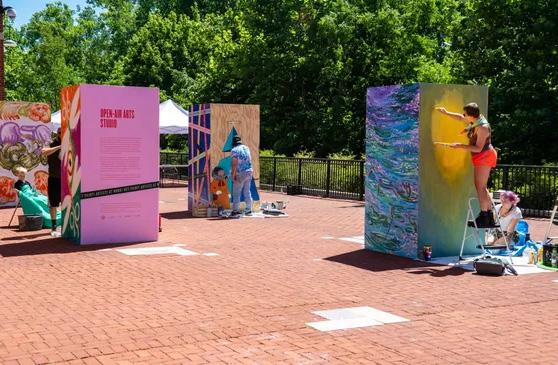
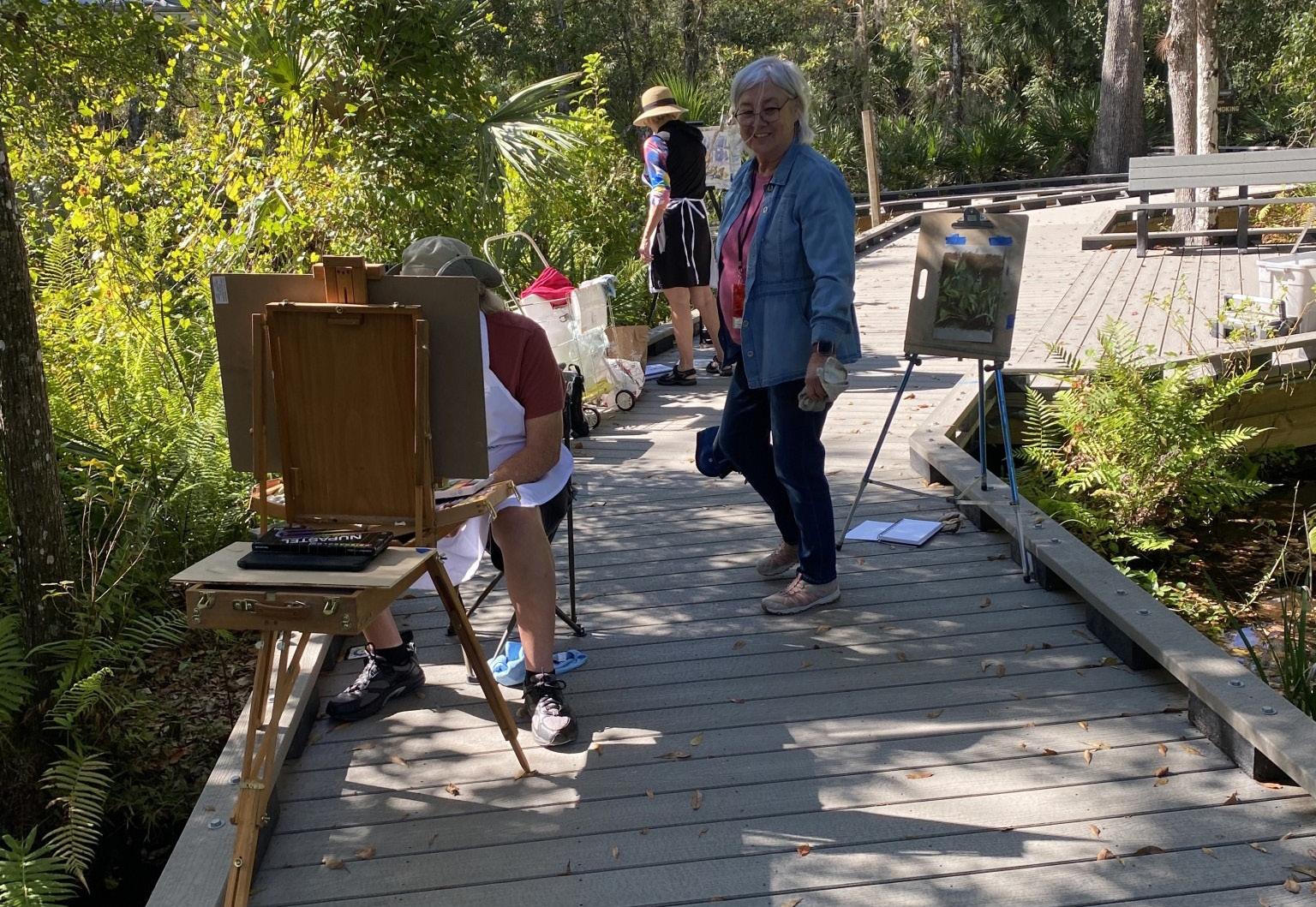
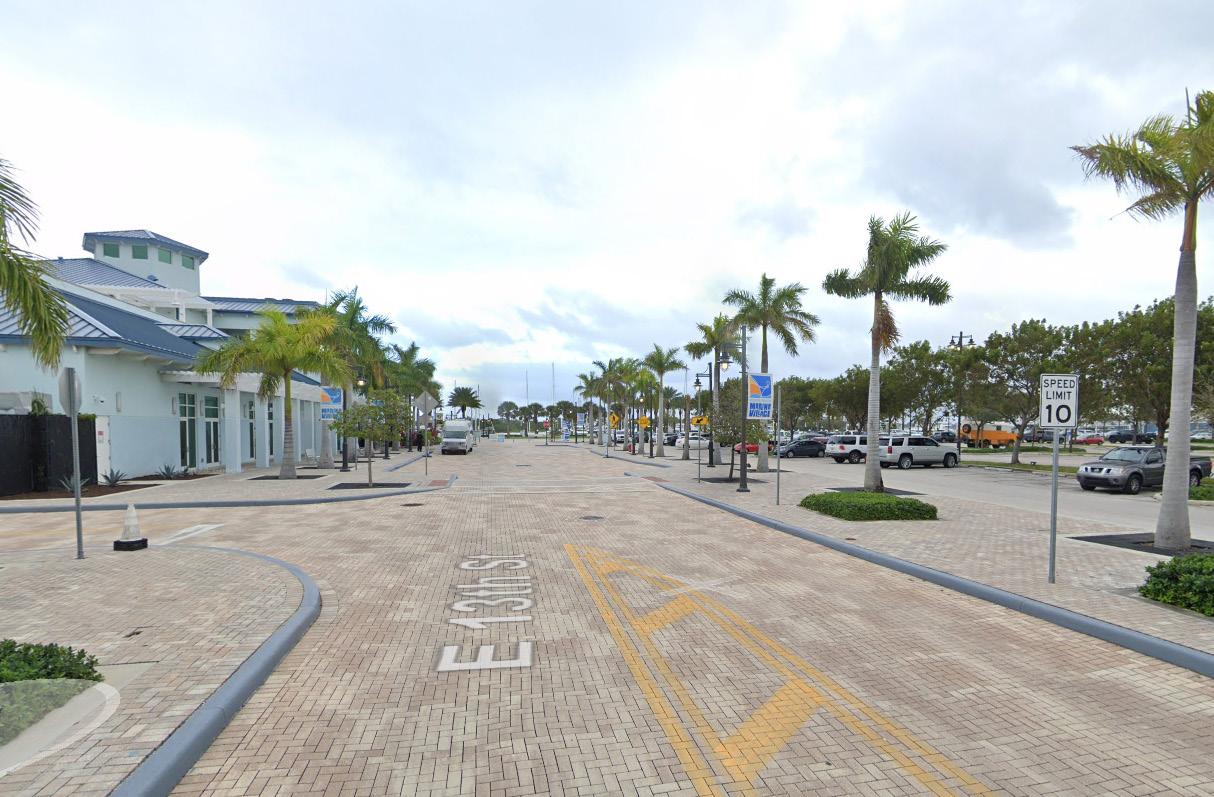
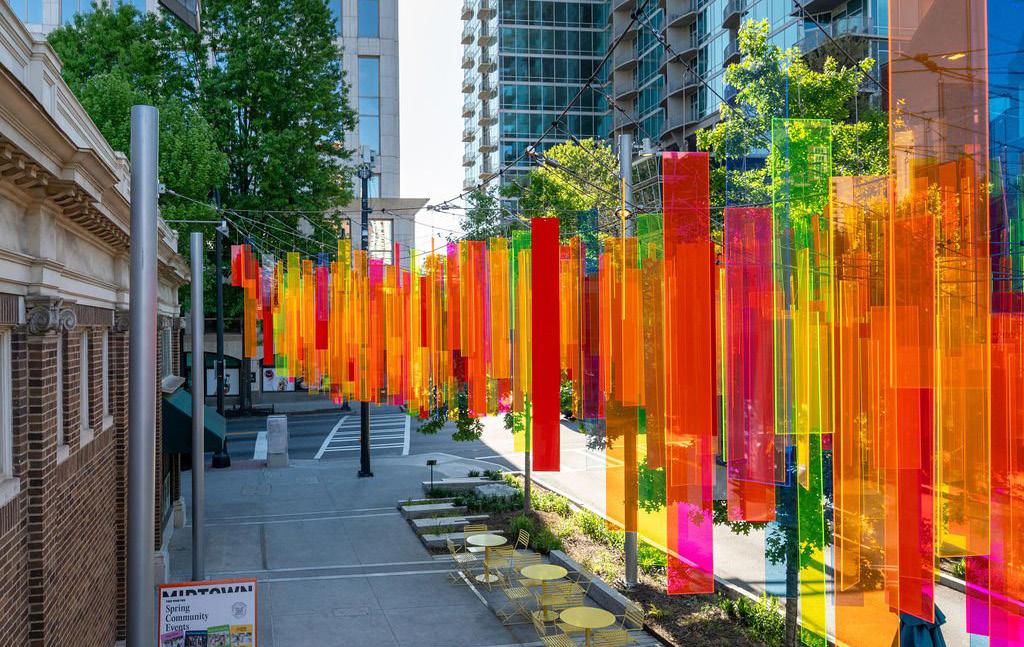
SUSPENDED FEATURE AT THE MARINA ENTRANCE
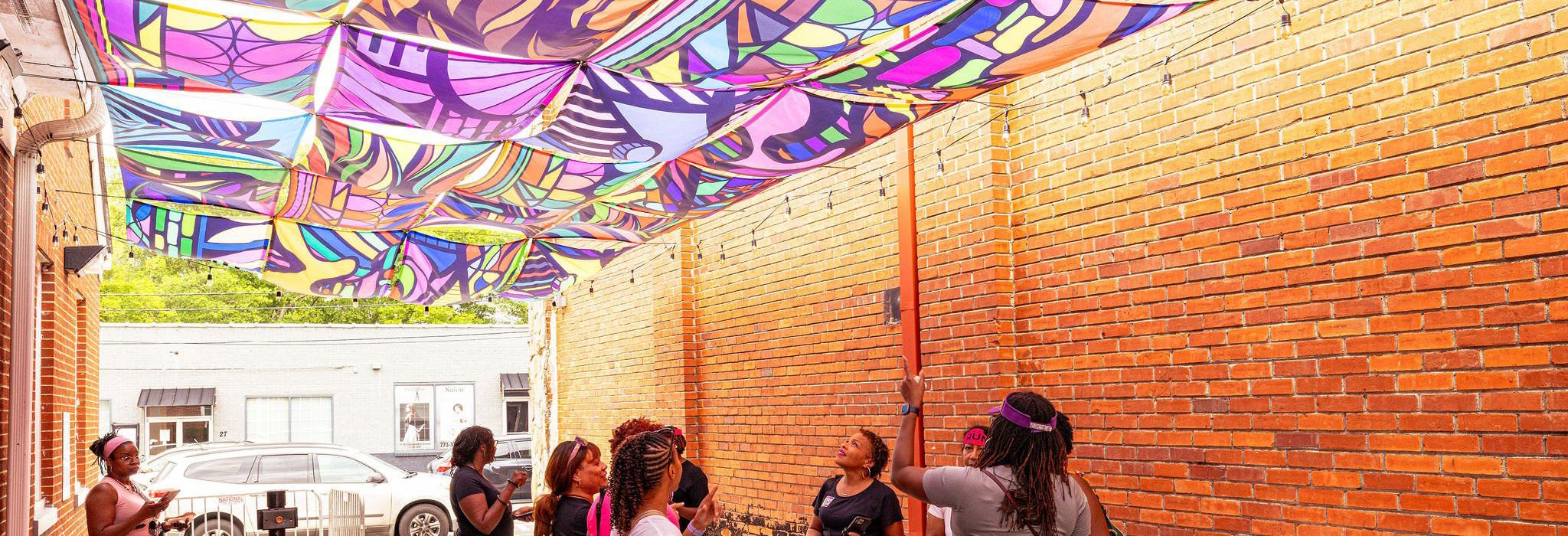
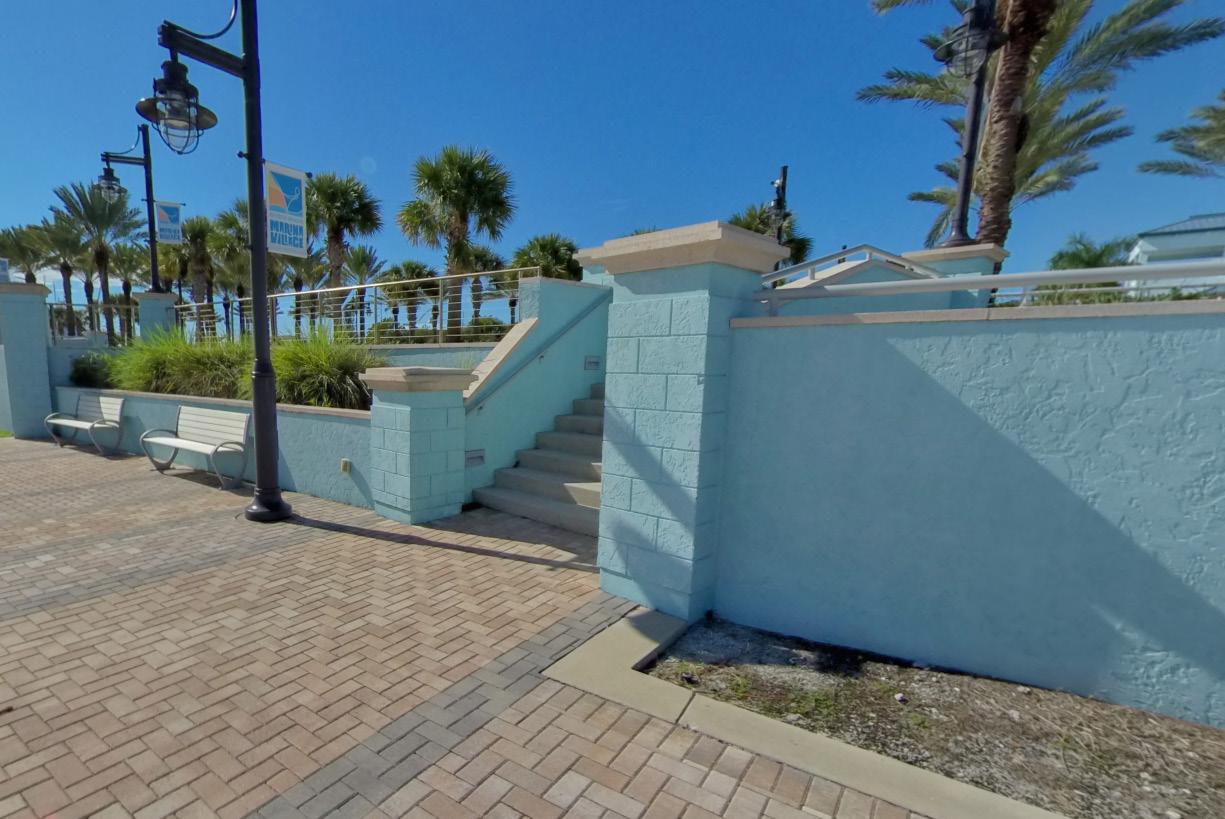
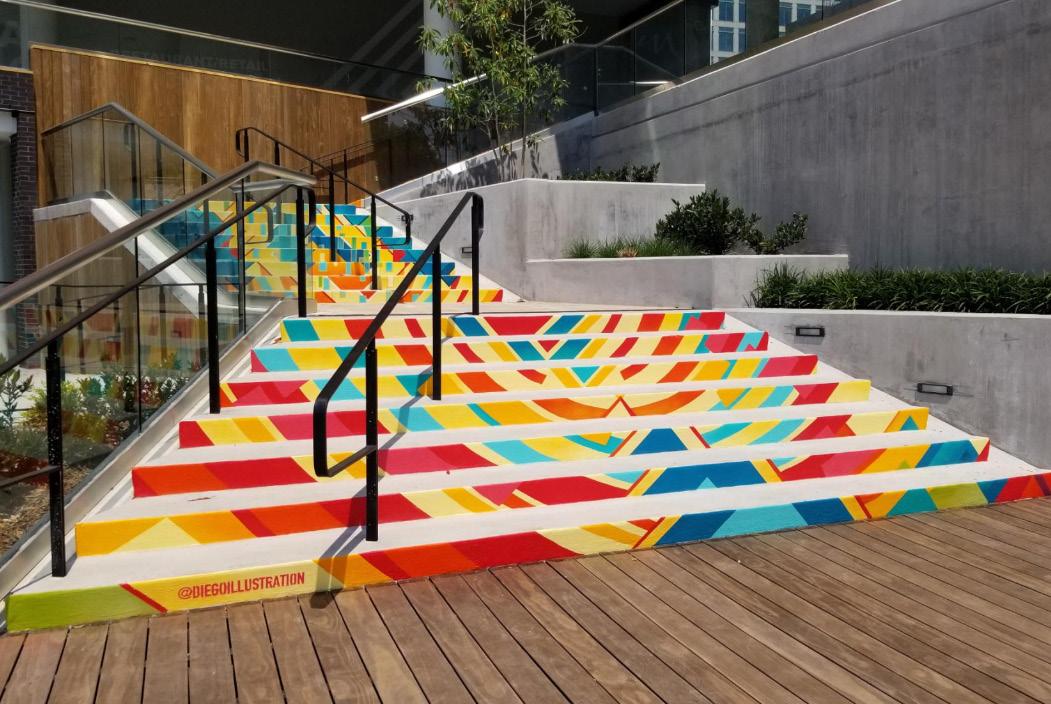
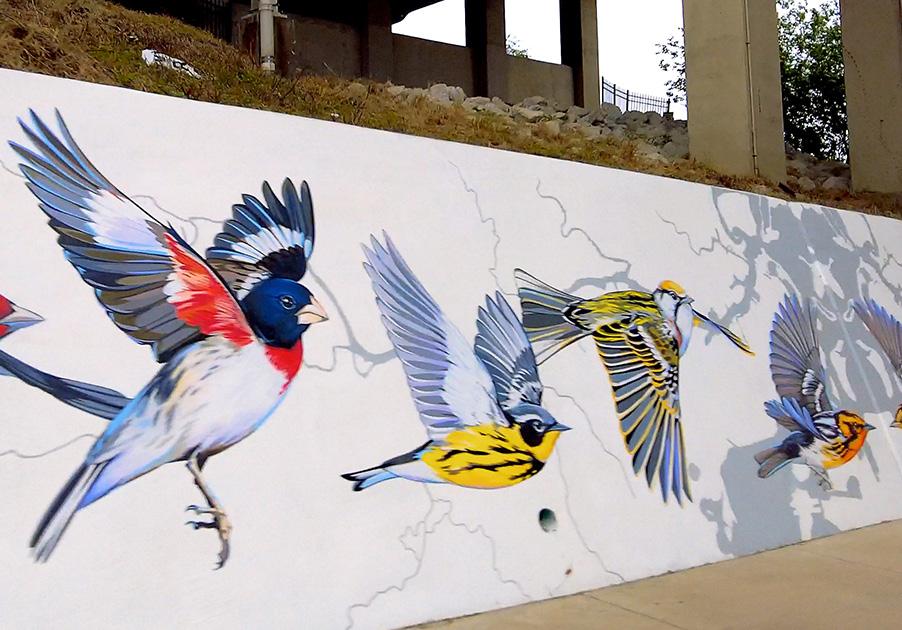
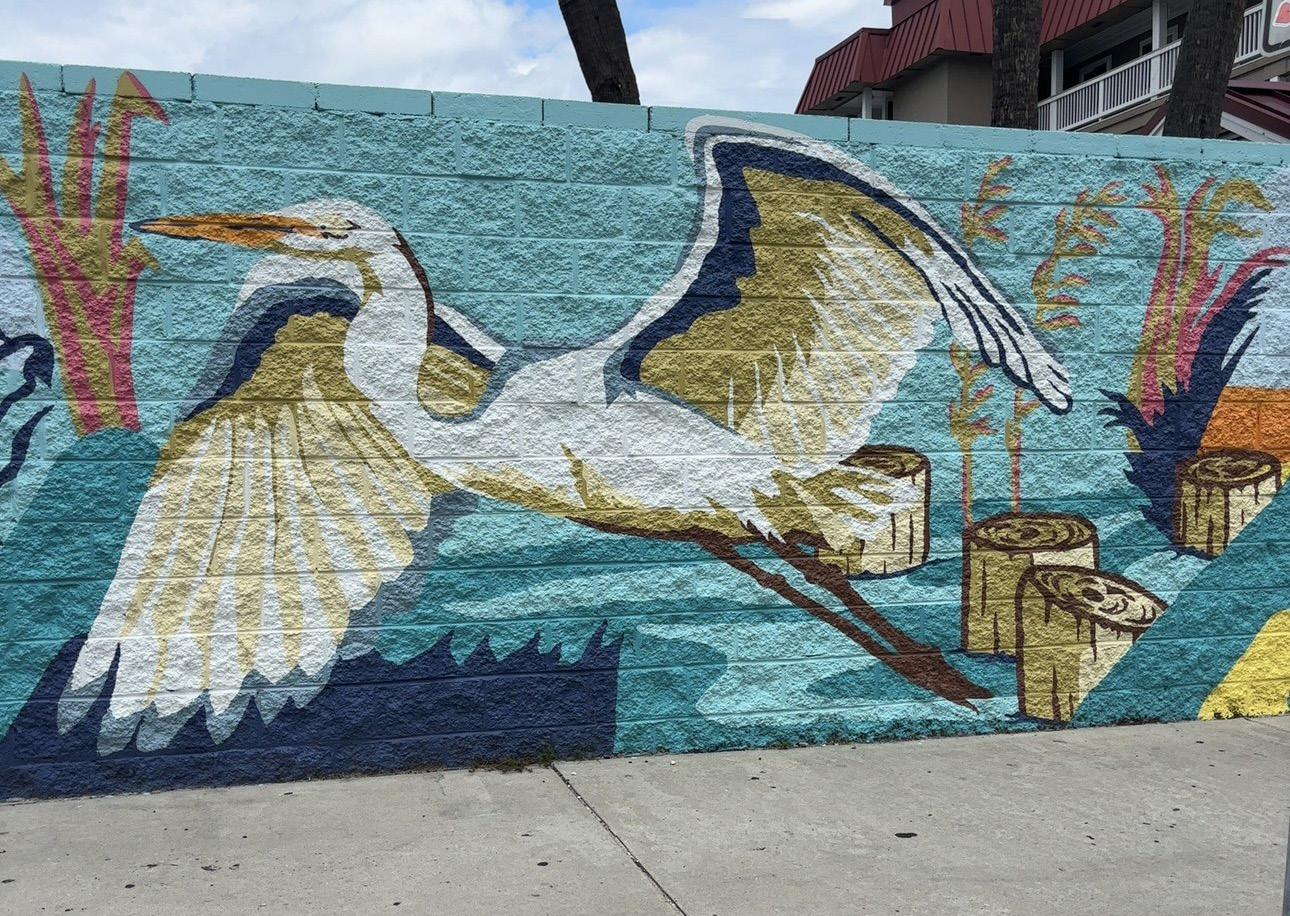
Riviera Beach offers multiple opportunities for gateway public art throughout the city, at its entrance points and municipal borders. These gateways can include sculpture or two-dimensional works that showcase the city’s unique character, highlight local landmarks, and help establish a welcoming tone for visitors. As gateway projects evolve over time, it is important to maintain a clear distinction between public art and functional signage.
S. President Barack Obama HWY
Congress and M.L.K. Jr.

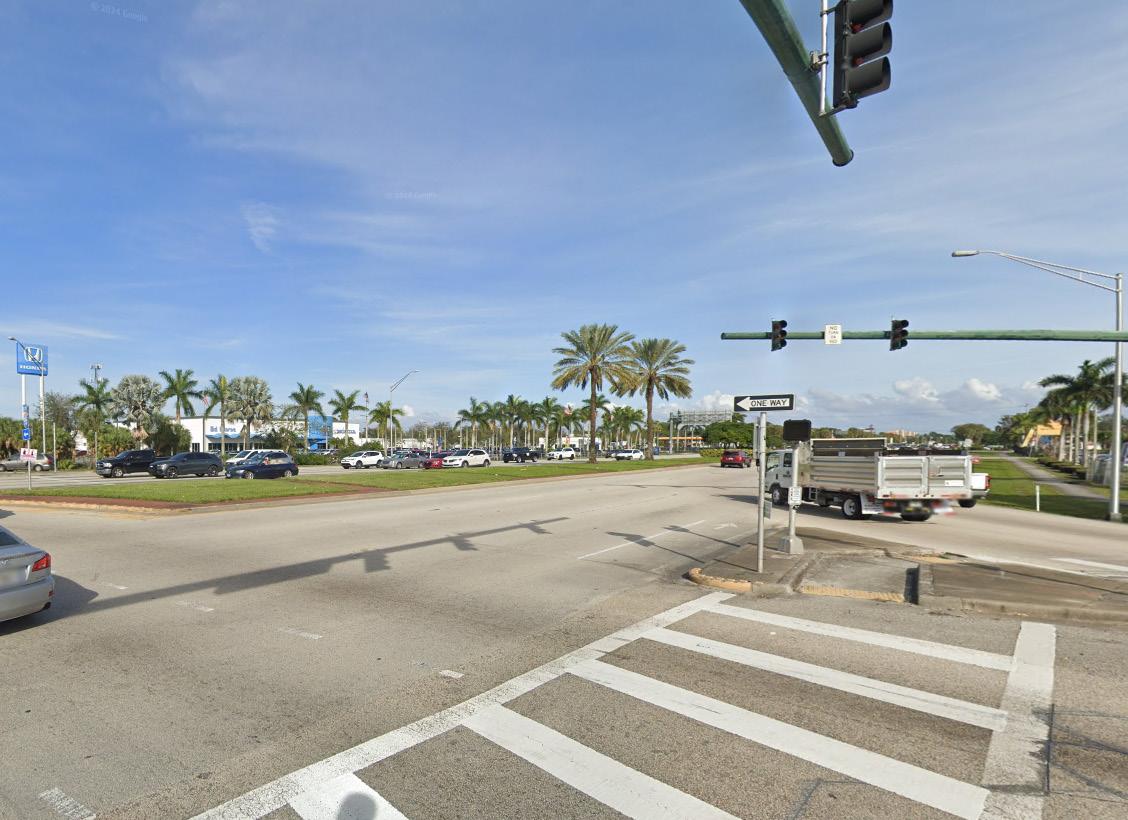
GATEWAY AT I-95
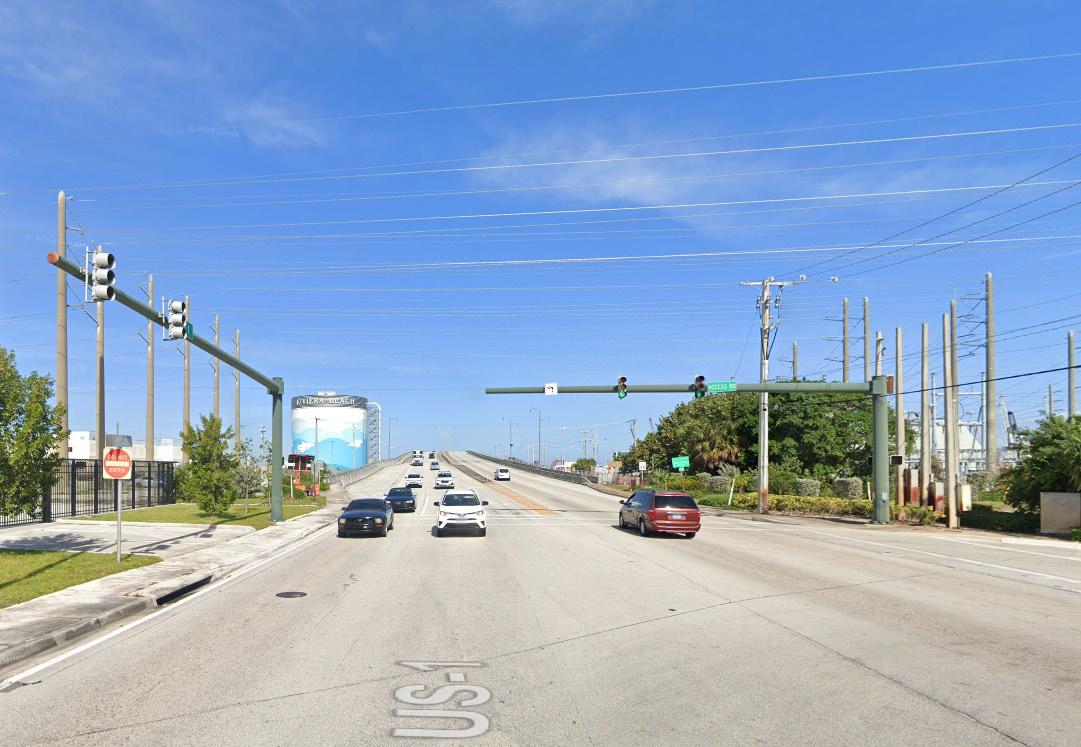
GATEWAY AT BROADWAY
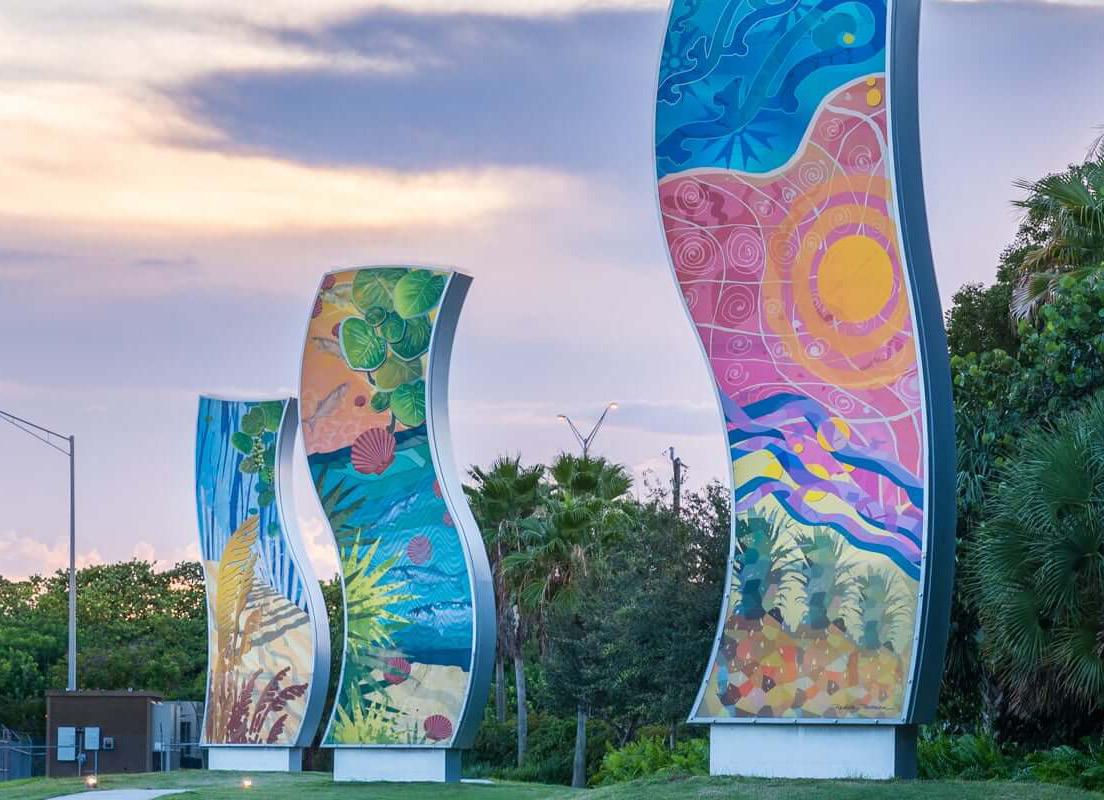
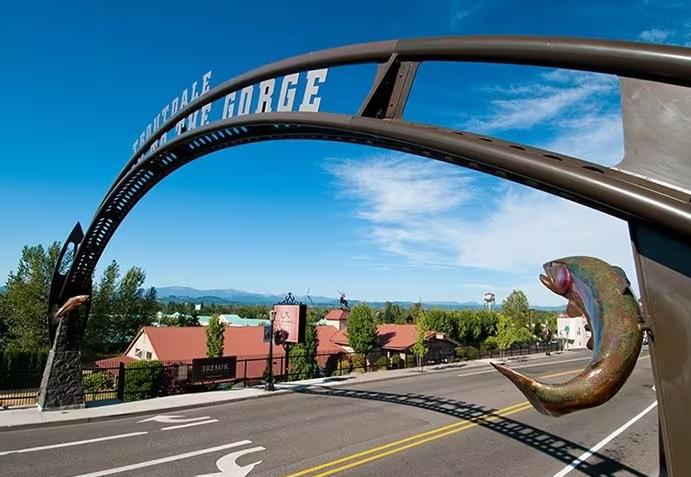
Mural or Mosaic Wall (Northeast Corner): The intersection of President Barack Obama Highway and Martin Luther King, Jr. Boulevard has become an iconic landmark in Riviera Beach, honoring the legacies of two influential Black American leaders. A mosaic or mural at or near this location could serve as a powerful symbol of community pride—honoring the intersection’s significance while uniting residents and celebrating the enduring legacies it represents.
Gathering Space (Southwest Corner): Future plans for the southwest corner of the intersection include the potential development of a park or public gathering space. This space could be a symbolic and physical space to honor the legacy of President Barack Obama and Martin Luther King, Jr. through a thoughtfully-designed public art initiative that also provides space for connection.
LOCATIONS

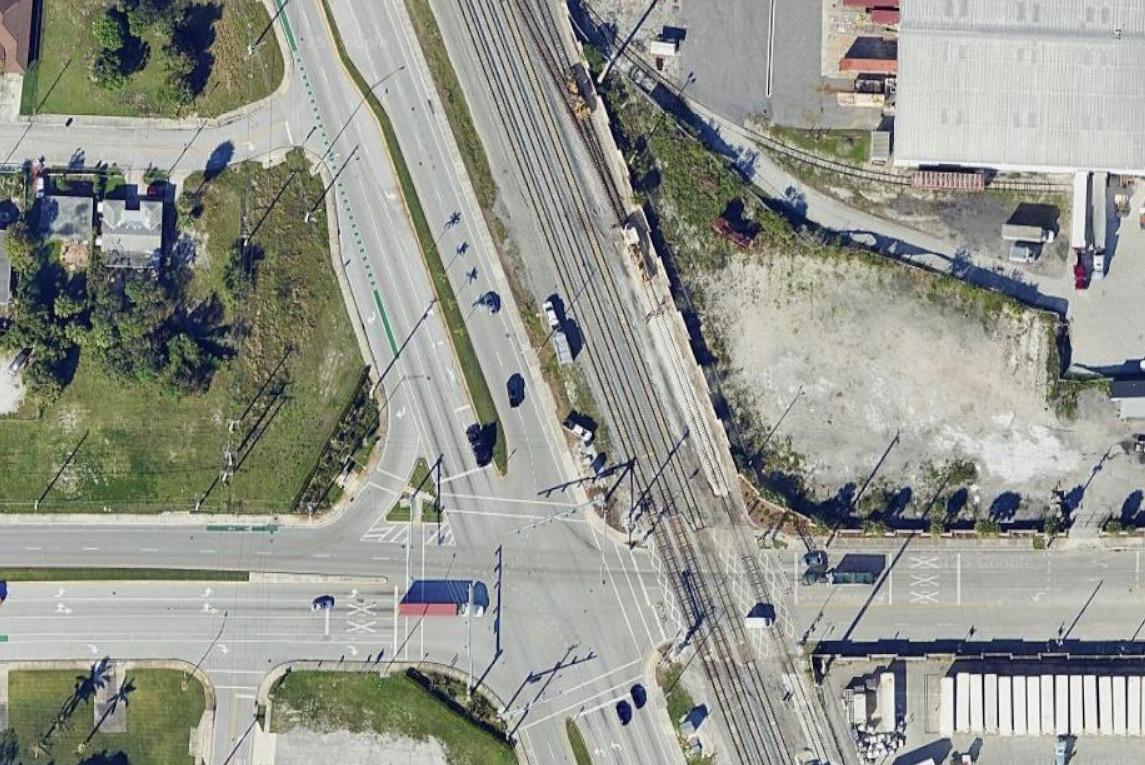
Mural or Mosaic
Gathering Space
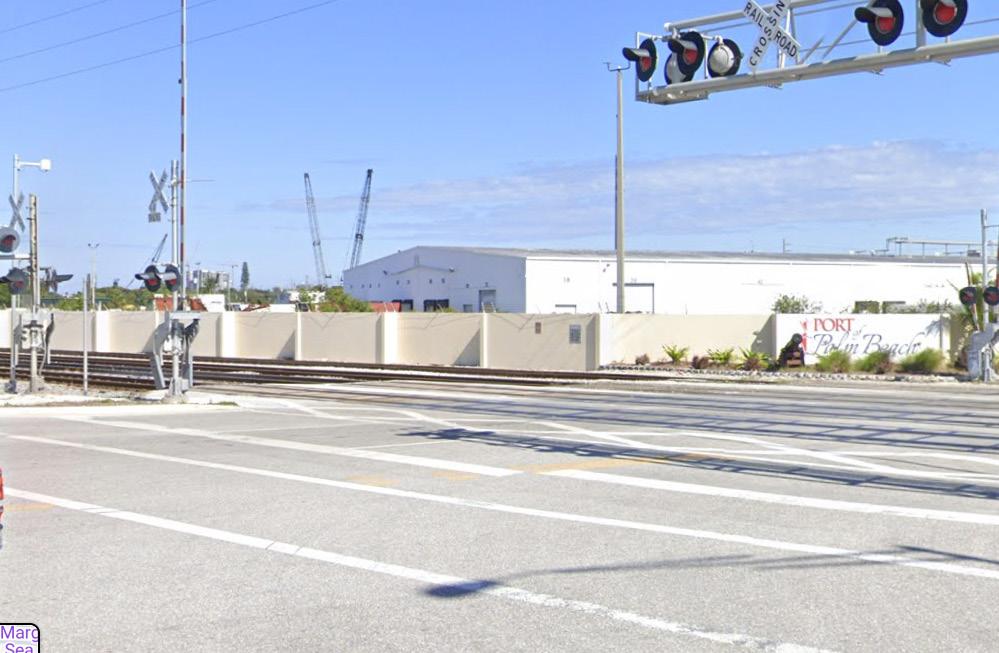
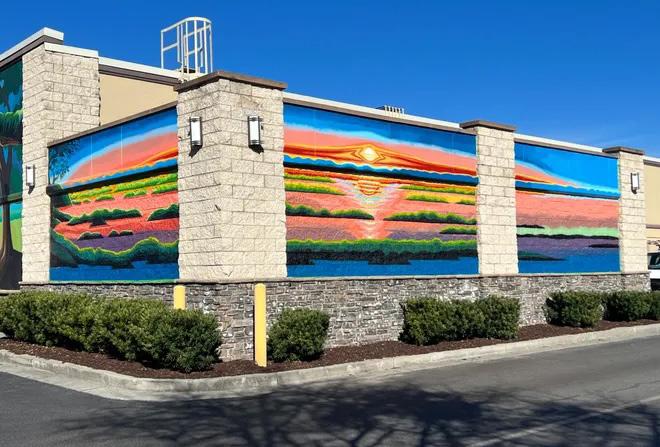
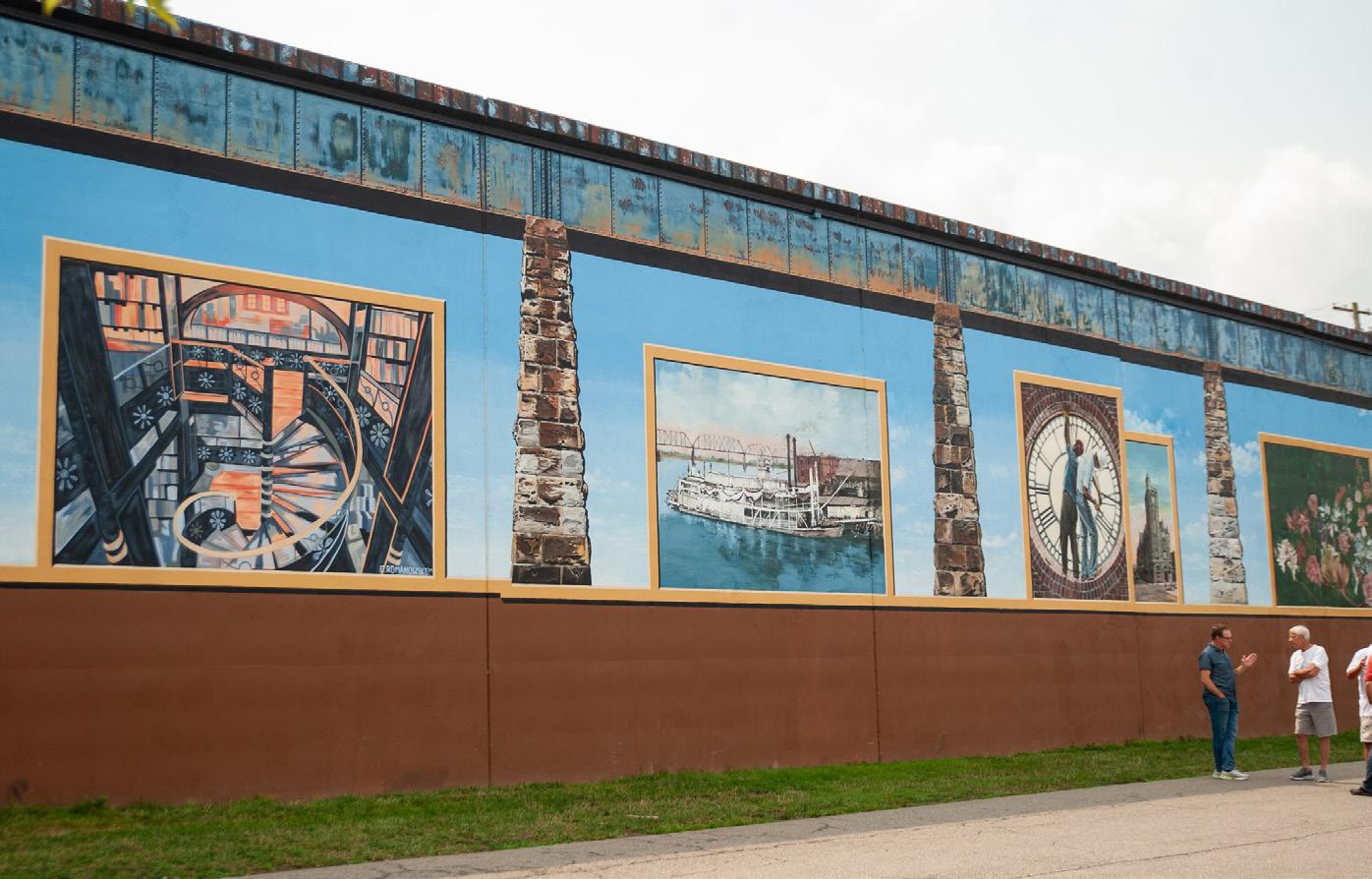
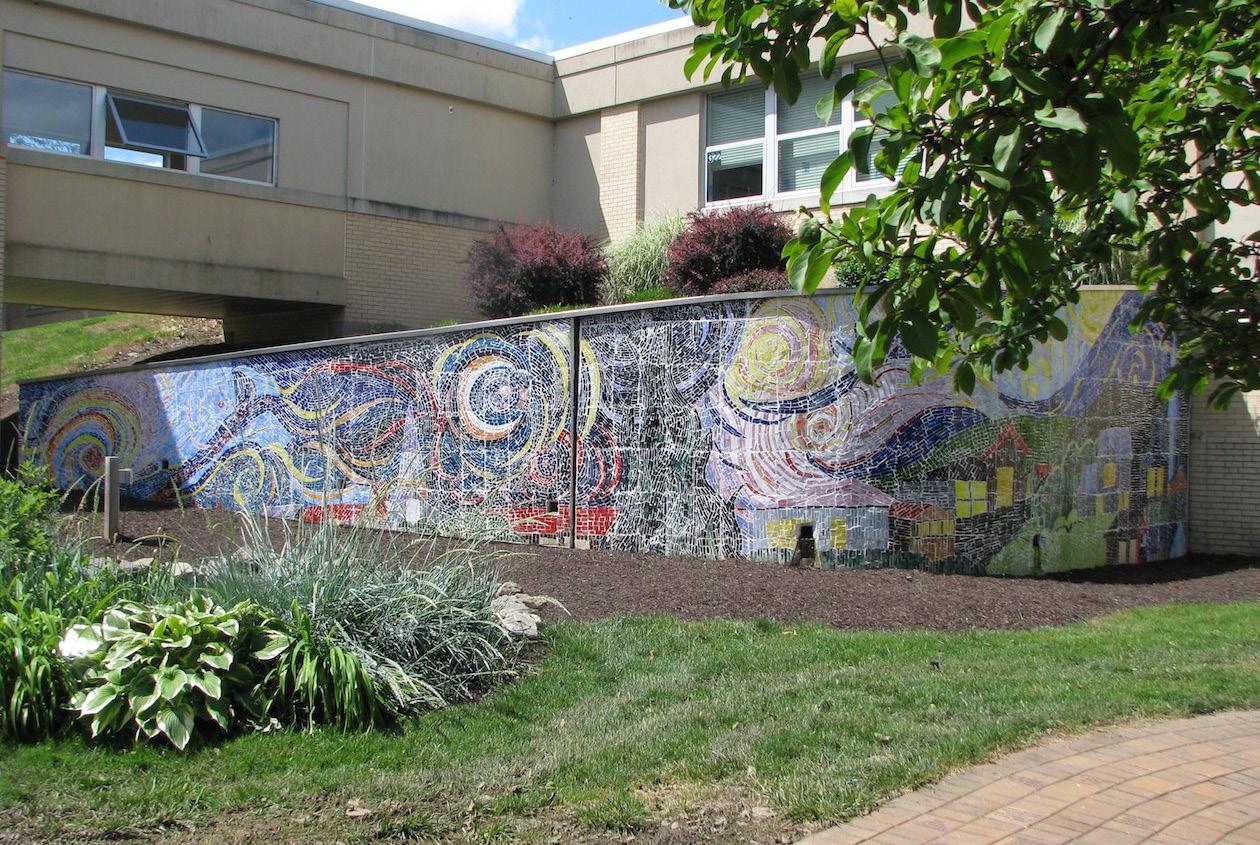
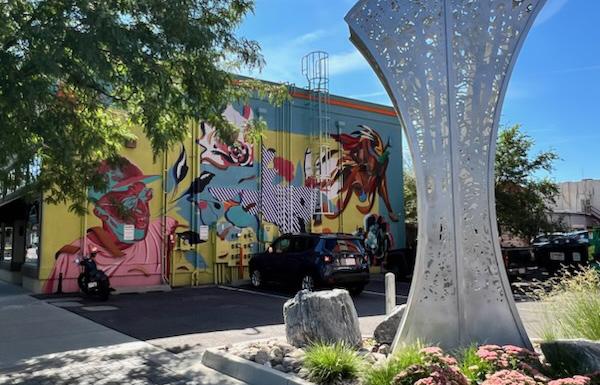
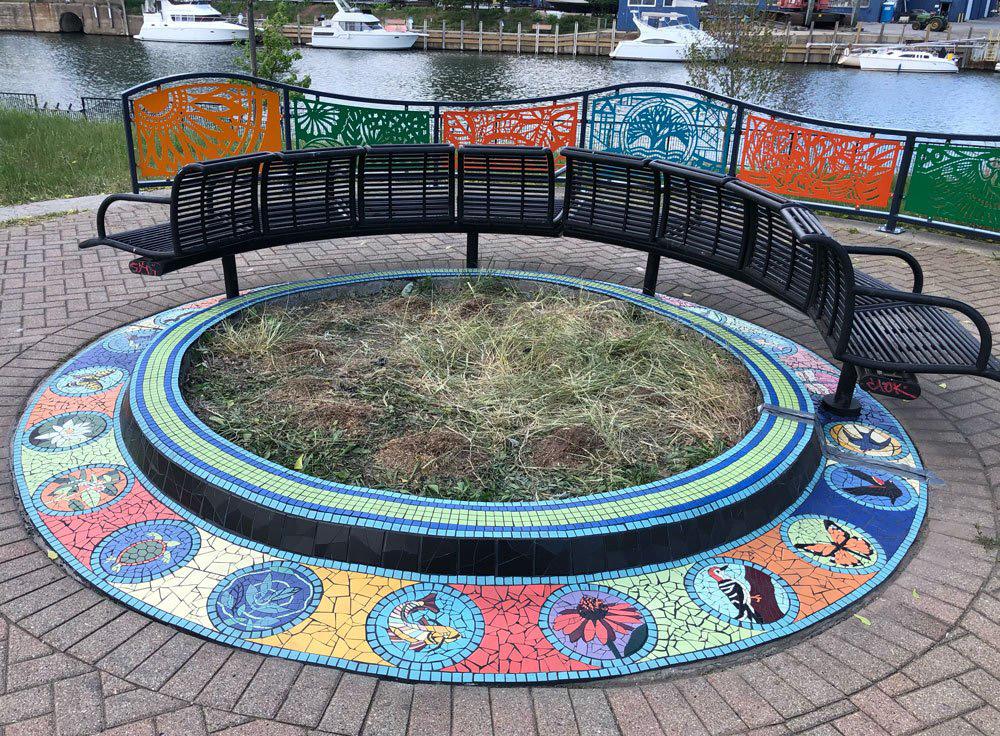
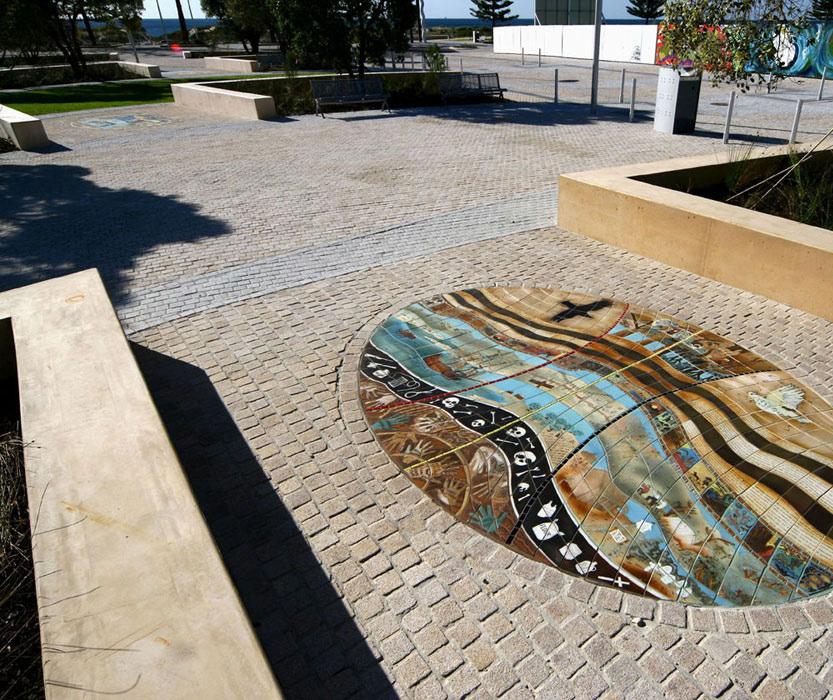
Collaborating with Palm Tran to incorporate public art at Riviera Beach bus stops can enhance the rider experience, reflect Riviera Beach’s character, and promote ridership. These installations may include both two- and threedimensional works, ranging from temporary to permanent, with approaches tailored to each specific location.
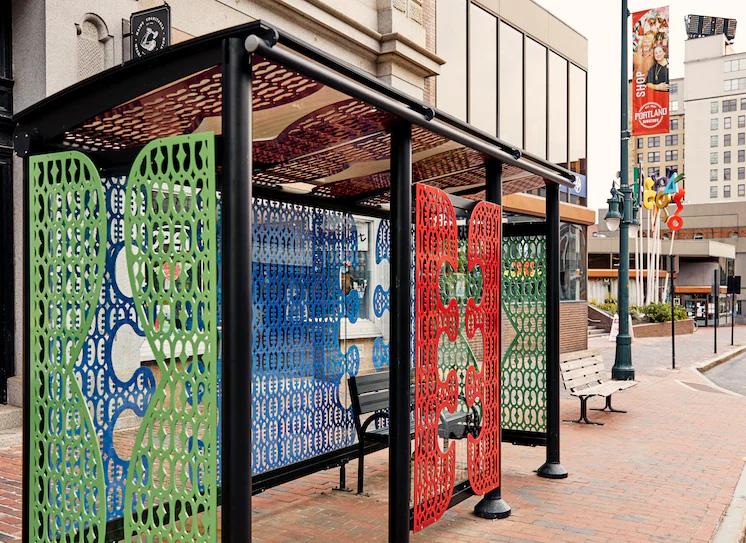
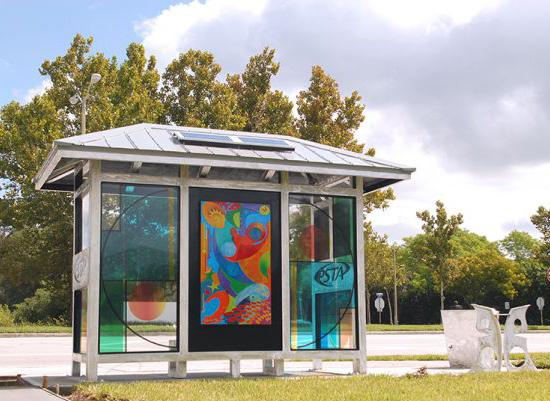
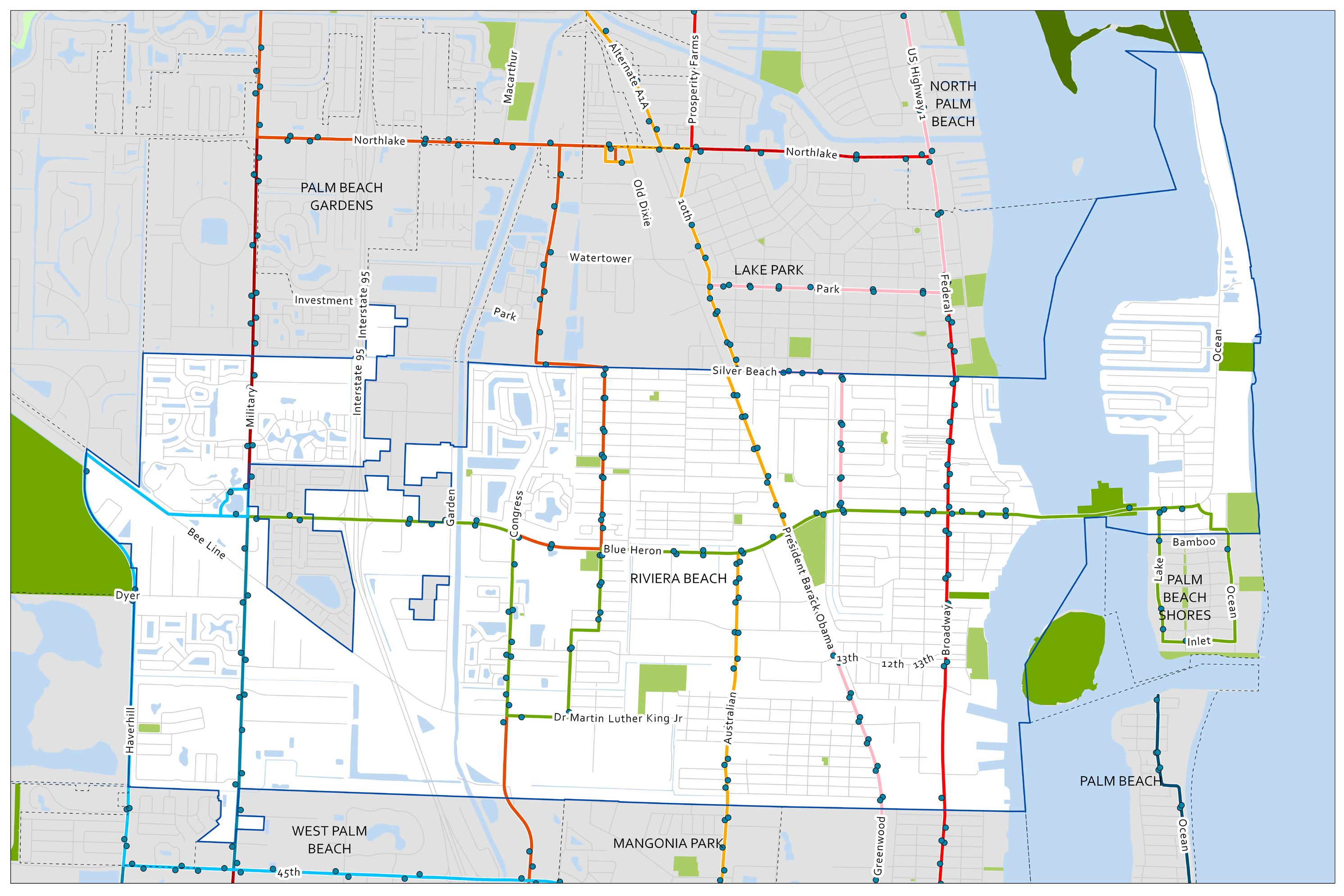
Utility poles feature spaces for standard banners, which are currently utilized for local event advertising and other marketing purposes. Riviera Beach owned and operated light poles throughout the City could be activated to create a surprising public art trail above walkways and roads.
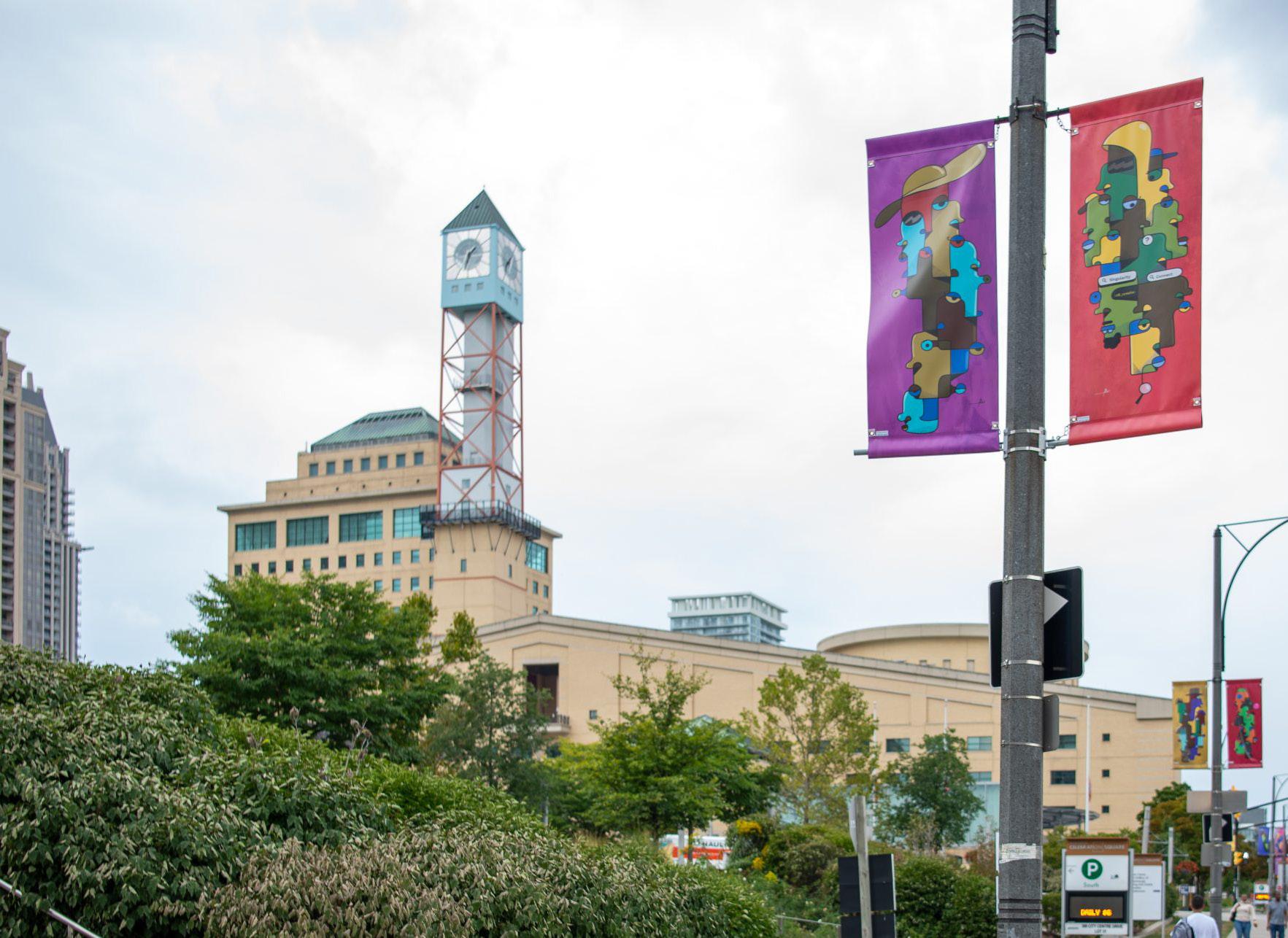
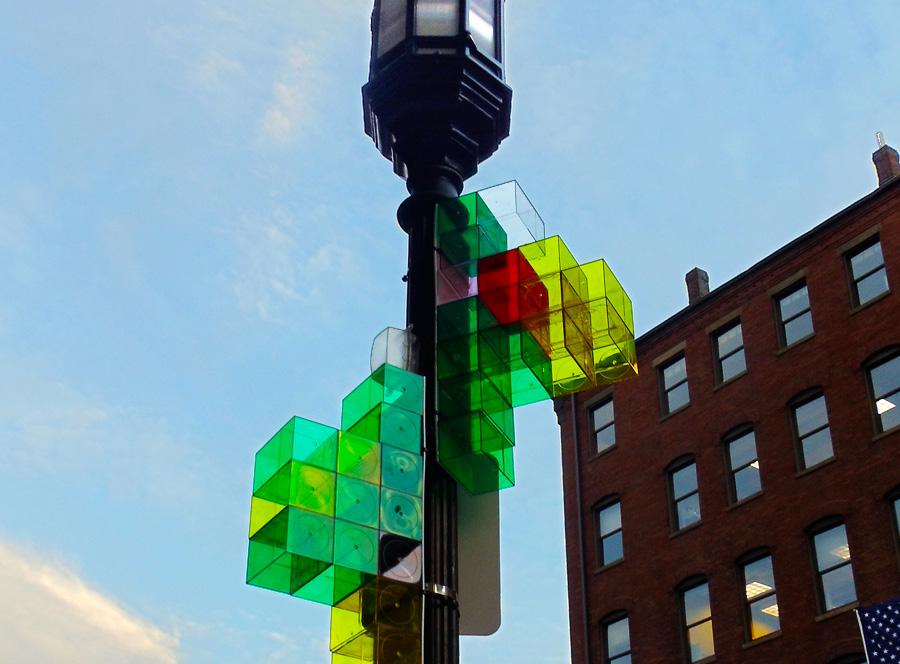
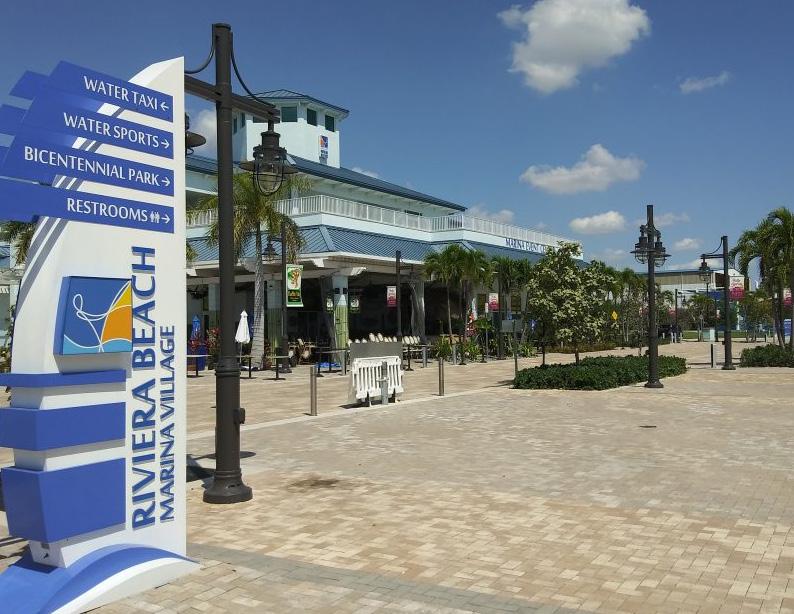
Riviera Beach is home to many families who have lived in the area for generations. During community conversations, residents often spoke of the city’s close-knit neighborhoods and strong family ties. As Riviera Beach continues to grow and welcome new generations, public art can play a vital role in preserving and celebrating its enduring sense of community and kinship.
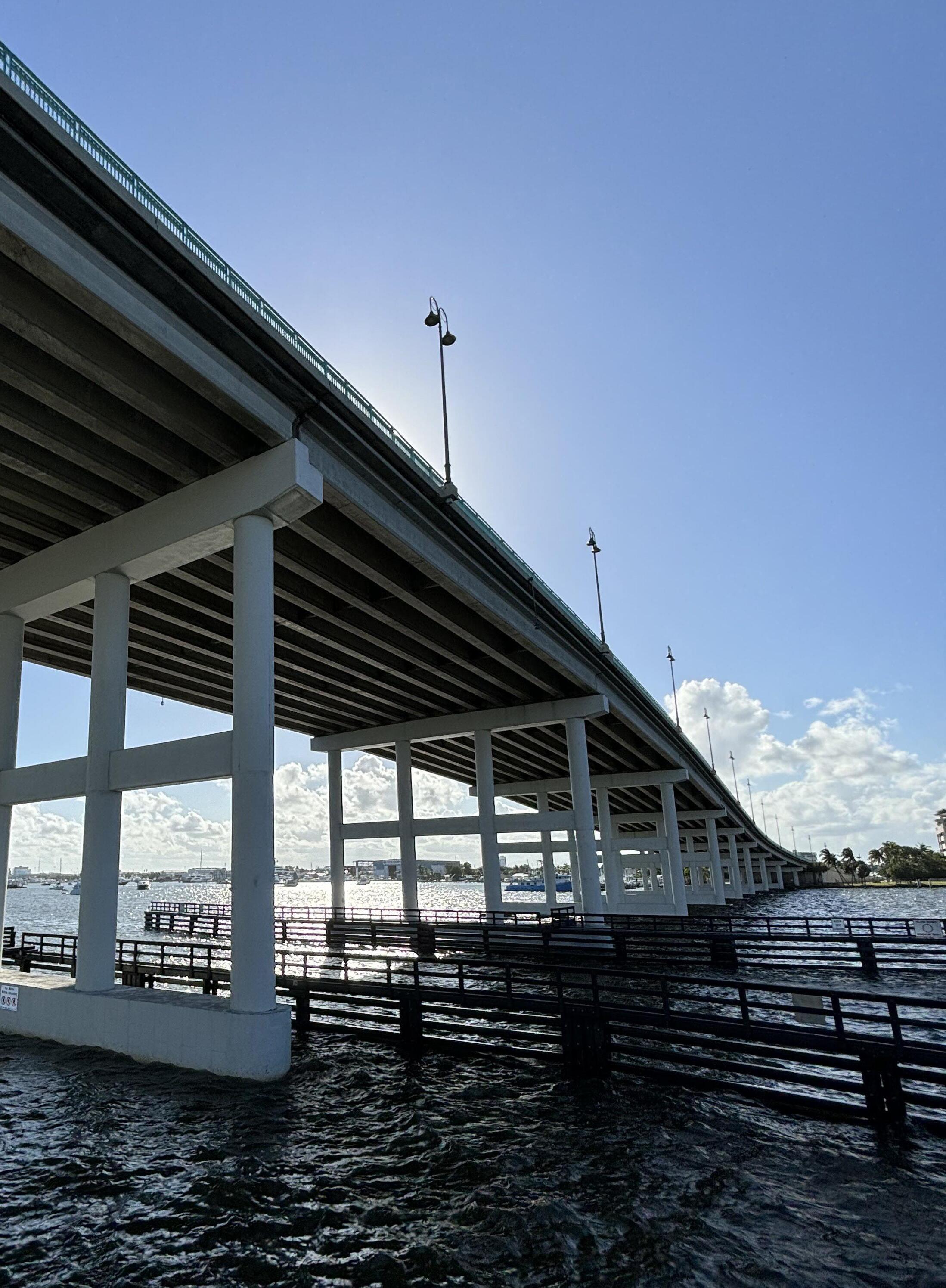
TO CONNECT THROUGH KINSHIP WITH PUBLIC ART
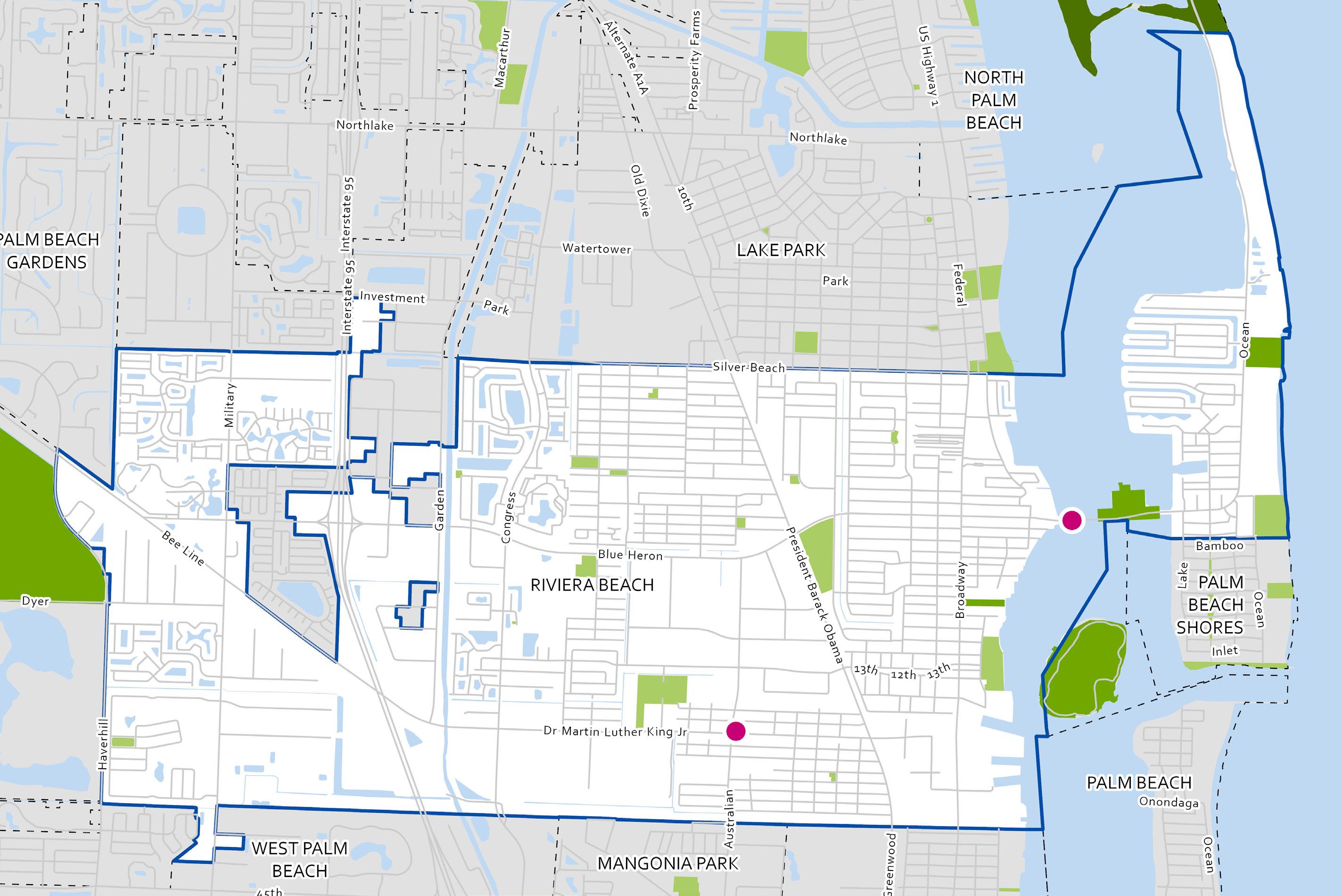
The City-owned CRA lot at the intersection of Dr. Martin Luther King, Jr. Blvd. and Australian Ave. is an underutilized asset with strong potential for neighborhood amenities, including public art. Transforming the site into a pocket park would create a distinctive space for families and neighbors to come together.
Functional Art: Artist-designed bike racks, benches, and shade structures are examples of public art that are both unexpected and highly functional. These unique elements distinguish the park from others with more conventional features. Additional artist-created functional pieces could include distinctive bird feeders or pollinator gardens.
Painted Concrete: Building on the legacy of Dr. Martin Luther King Jr., the service road and turnaround areas along the boulevard present an ideal canvas for an inspiring mural series titled “The Dream Murals.” These murals will reflect the hopes and aspirations of residents of all ages, fostering intergenerational connection and community pride. The nearby parklet at Dr. Martin Luther King, Jr Service Road and Australian Ave. could serve as a vibrant gathering space for block parties and neighborhood events, anchoring a shared sense of belonging in the area.
City-owned lot off M.L.K. Jr. Service Road and Australian Ave

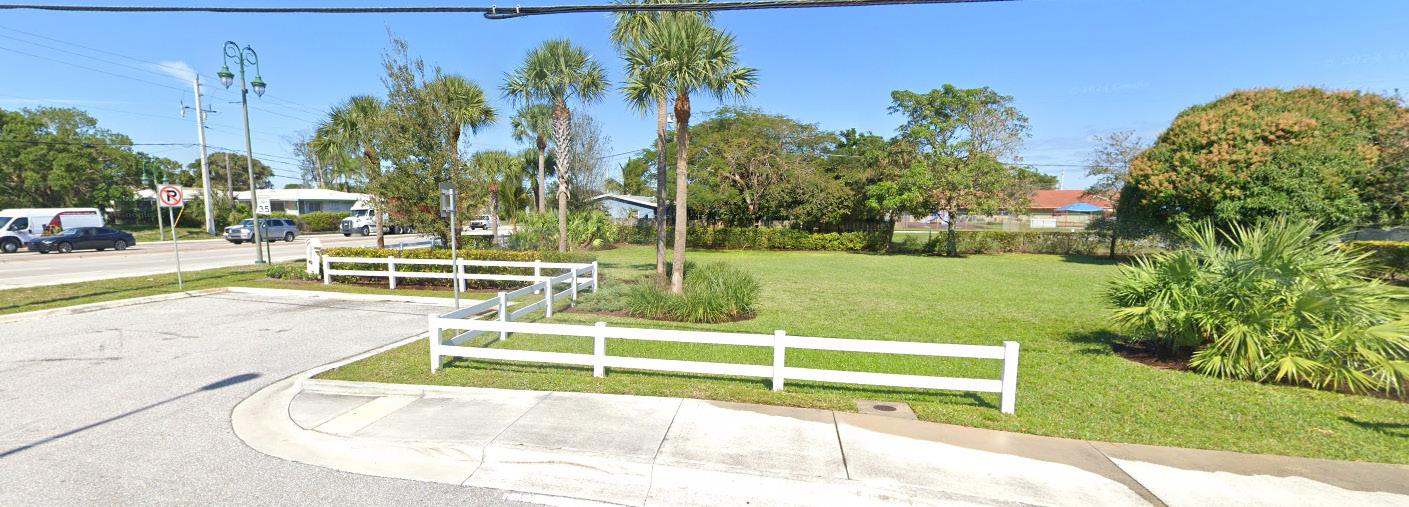
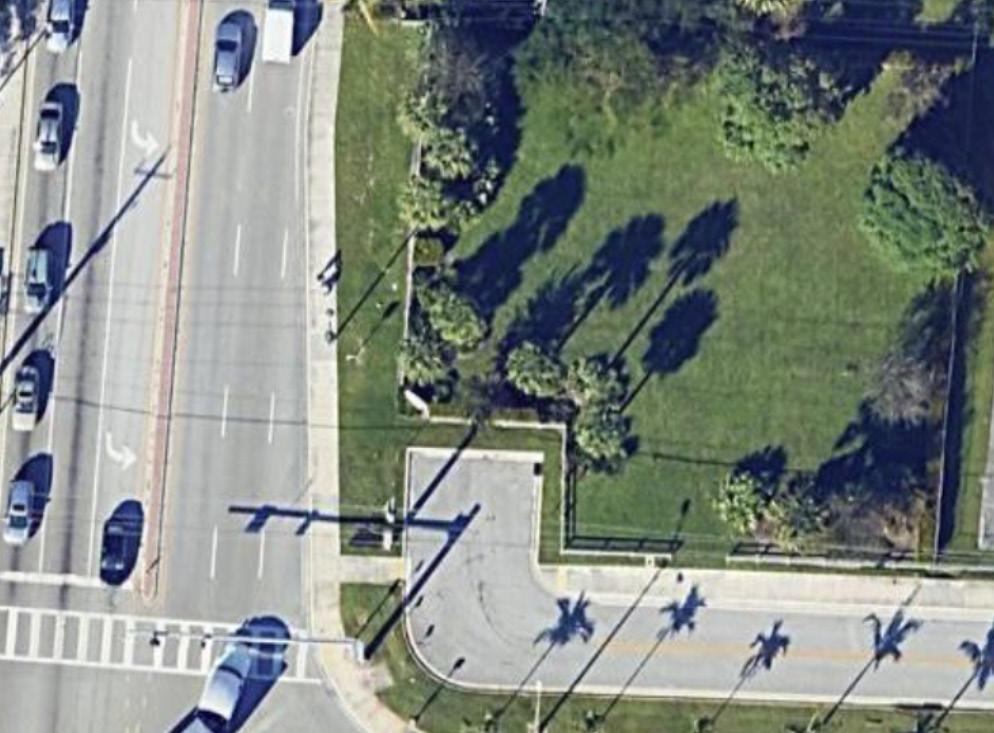
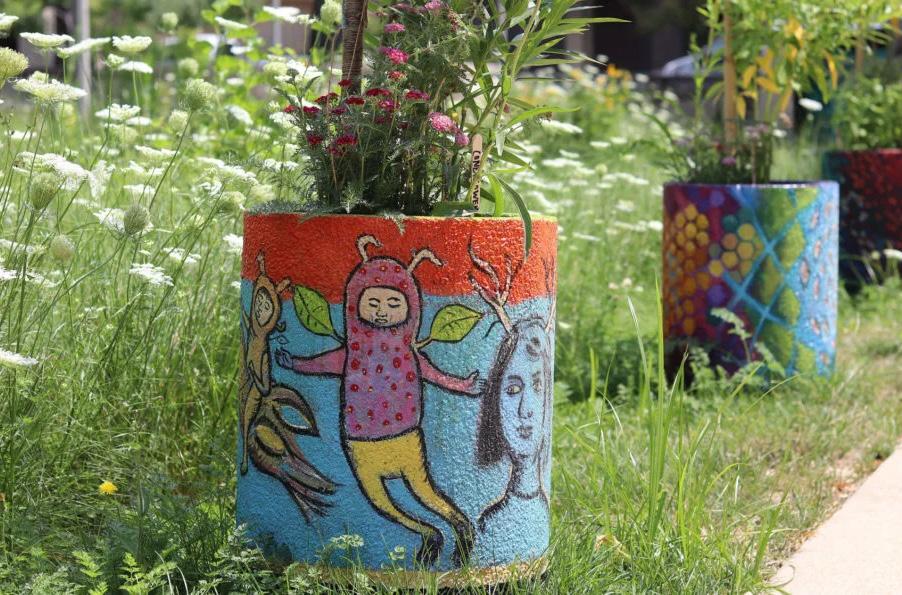
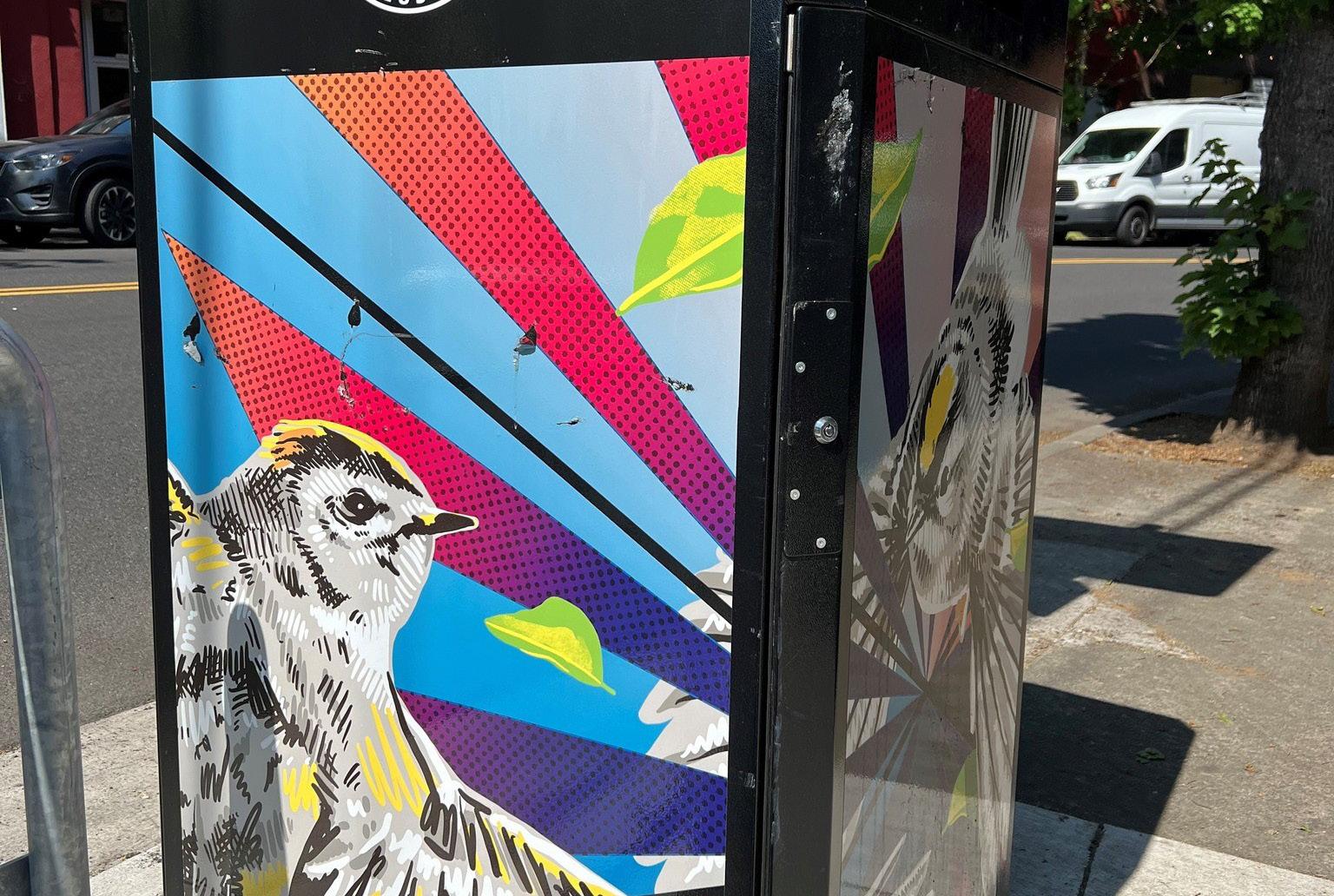
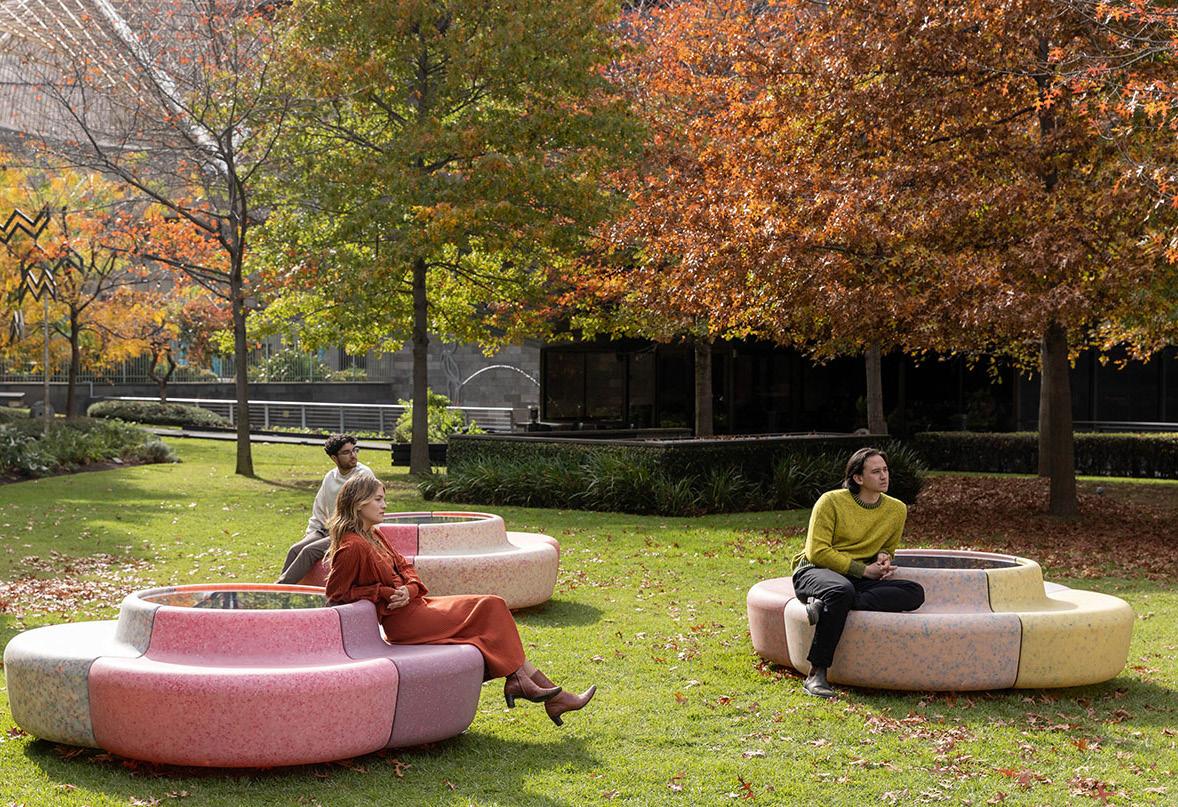
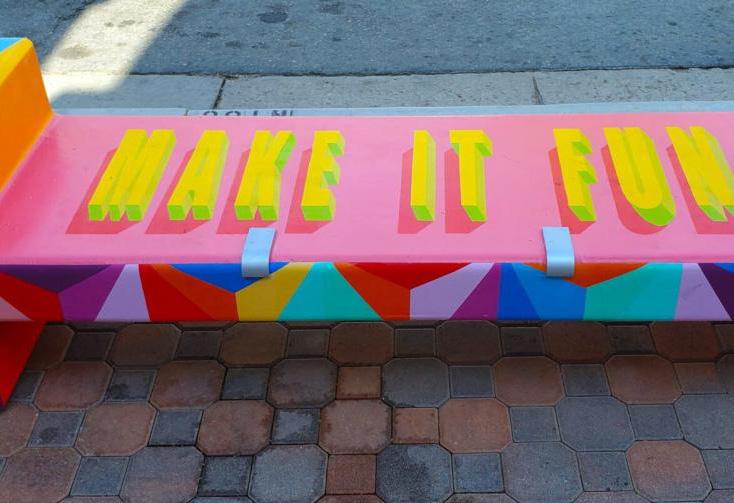

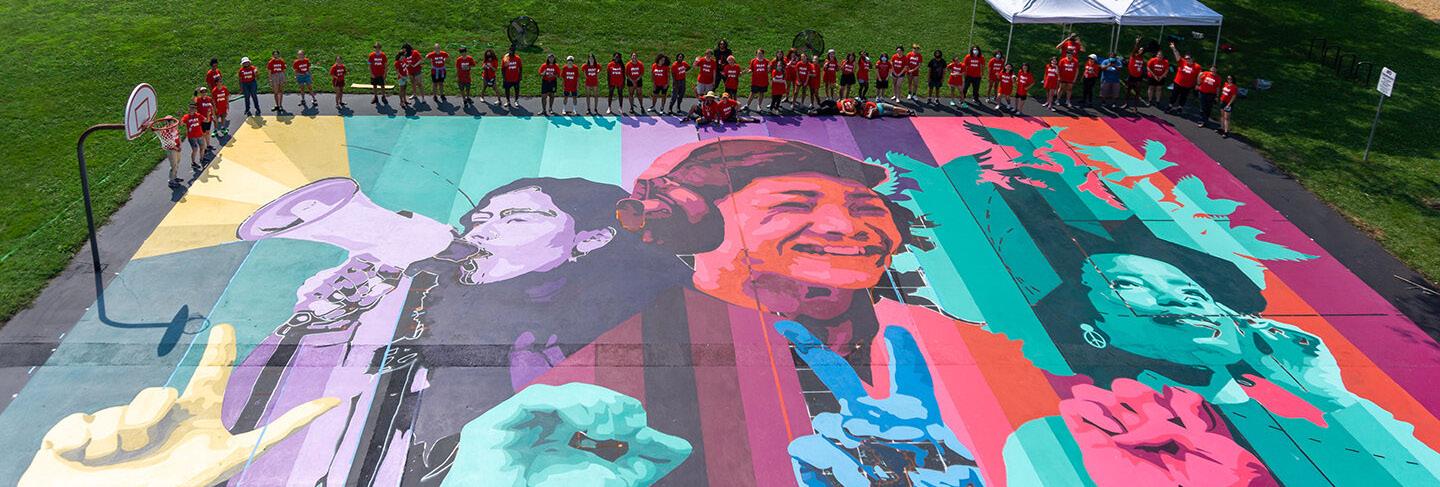
In alignment with the goals for Riviera Beach’s public art program, as defined by its Art in Public Places Ordinance, developers who are revitalizing Riviera Beach’s neighborhoods should identify areas for public art placement. As new homes and generations move into the area, public art can honor the legacy of past residents and neighborhoods. Efforts should be from City-led Associations, non-profit partners, and/or developers working on revitalization. A key opportunity for this revitalization includes canal walkways situated in neighborhoods and near community spaces.
As new development appears under and around Blue Heron Bridge, investment in a public art lighting project reveals the opportunity for the Blue Heron Bridge to become a new City district hub. The Bridge has long been a connector across the City, but by adapting its function through public art, the Bridge can provide opportunities to connect generations in new ways. Any non-standard lighting at this site should comply with local wildlife regulations and Florida Department of Transportation requirements.
Neighborhood Revitalization Areas

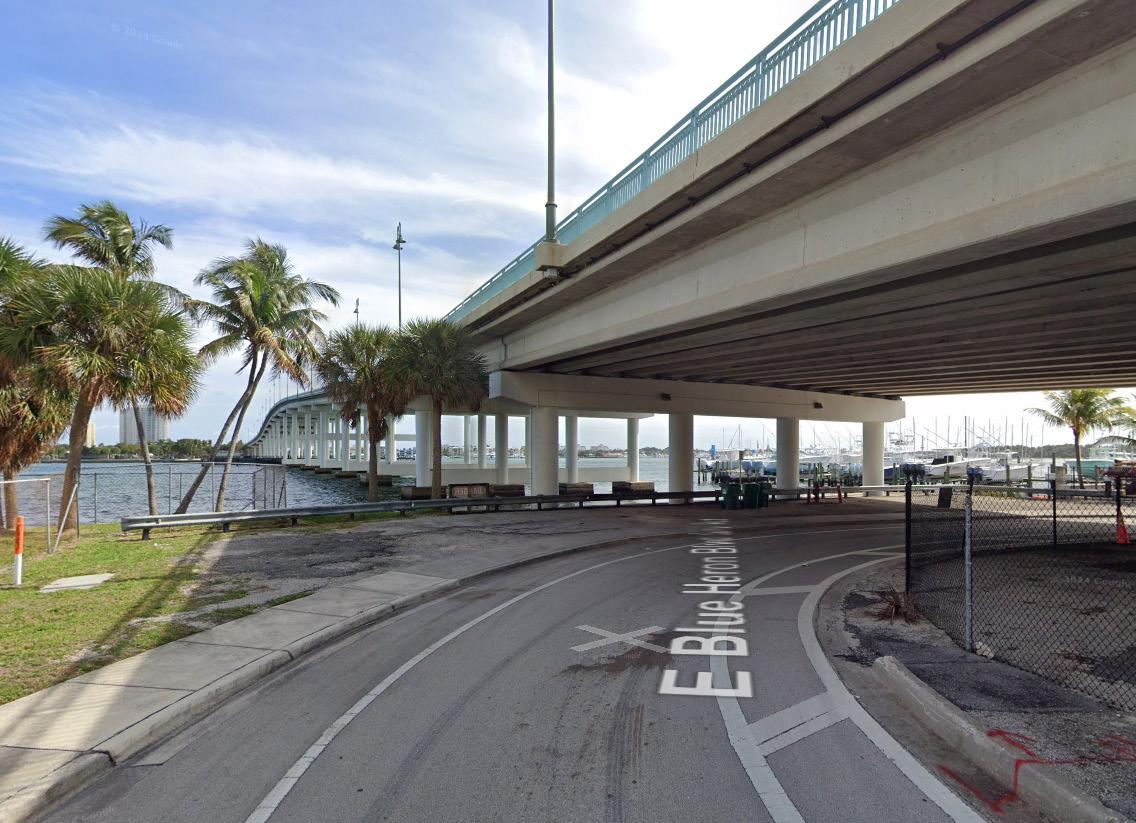
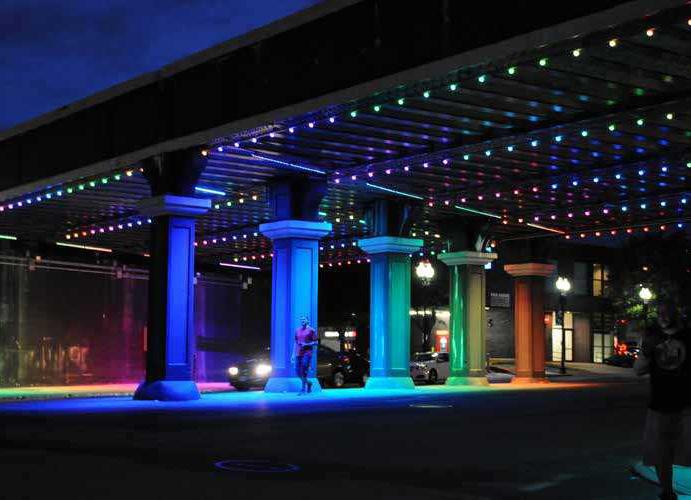
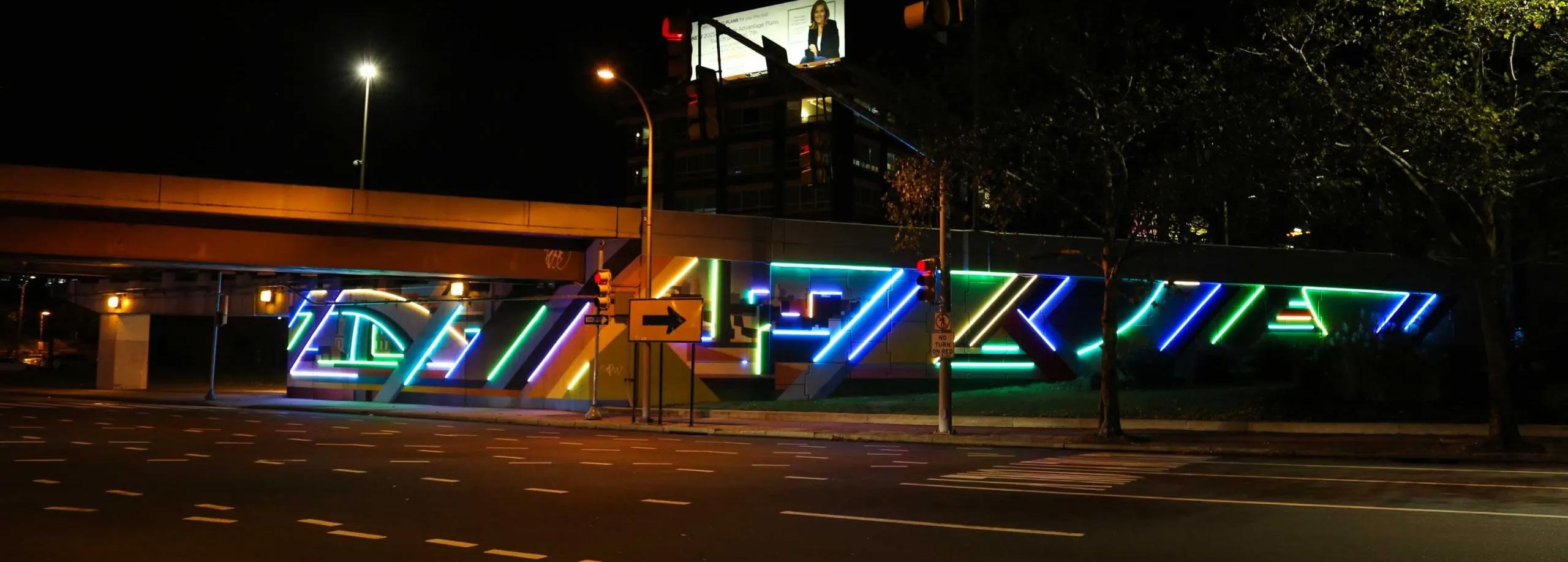
Riviera Beach offers rich experiences rooted in its natural beauty. The city’s tropical climate and coastal setting provide yearround opportunities to enjoy local plants, wildlife, and outdoor activities. Strategically placed public art can celebrate Riviera Beach’s distinct Floridian character and tropical lifestyle, while also promoting environmental awareness. Through public art, both residents and visitors can forge deeper connections with the environment and Riviera Beach’s iconic features.
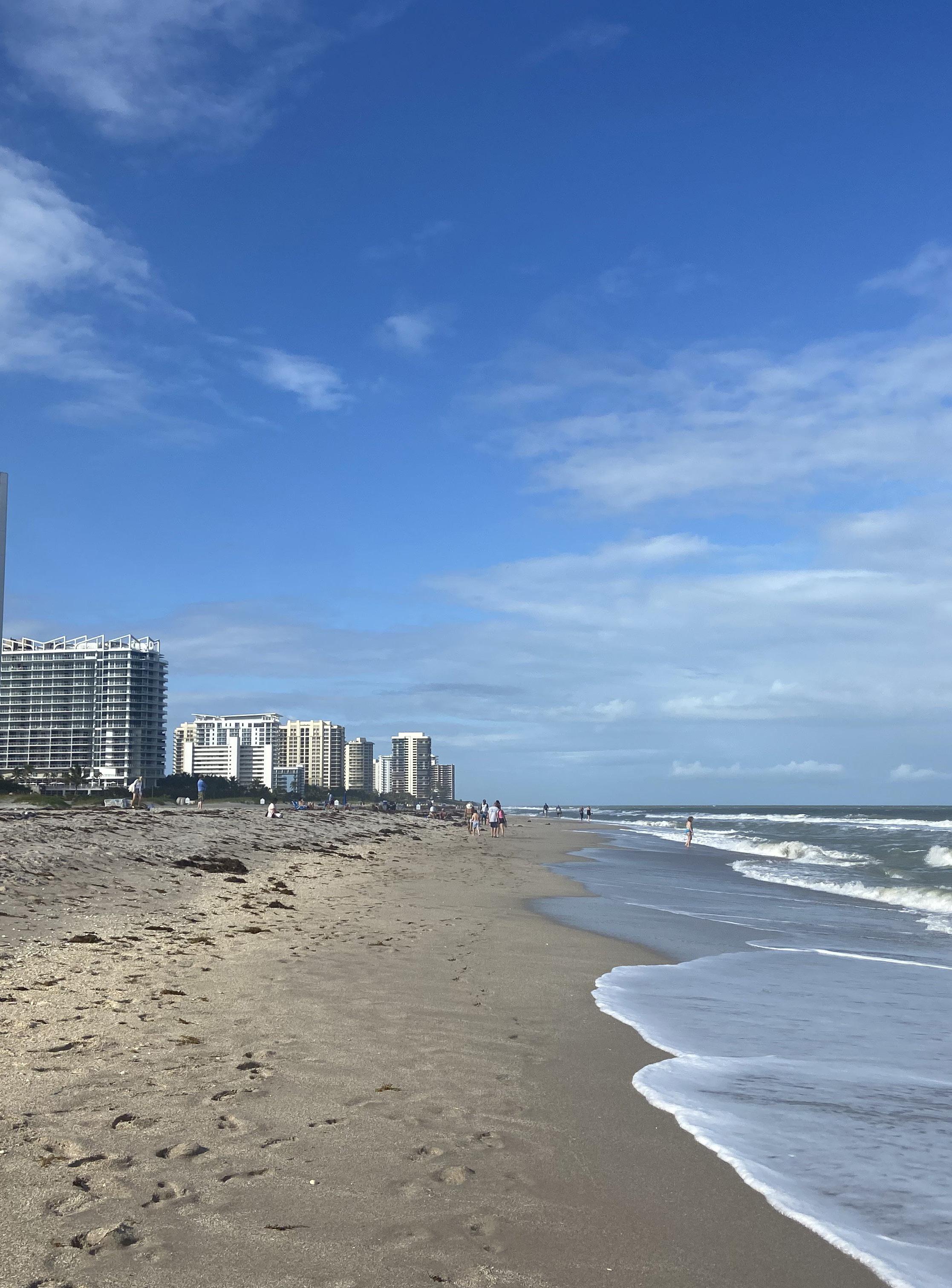
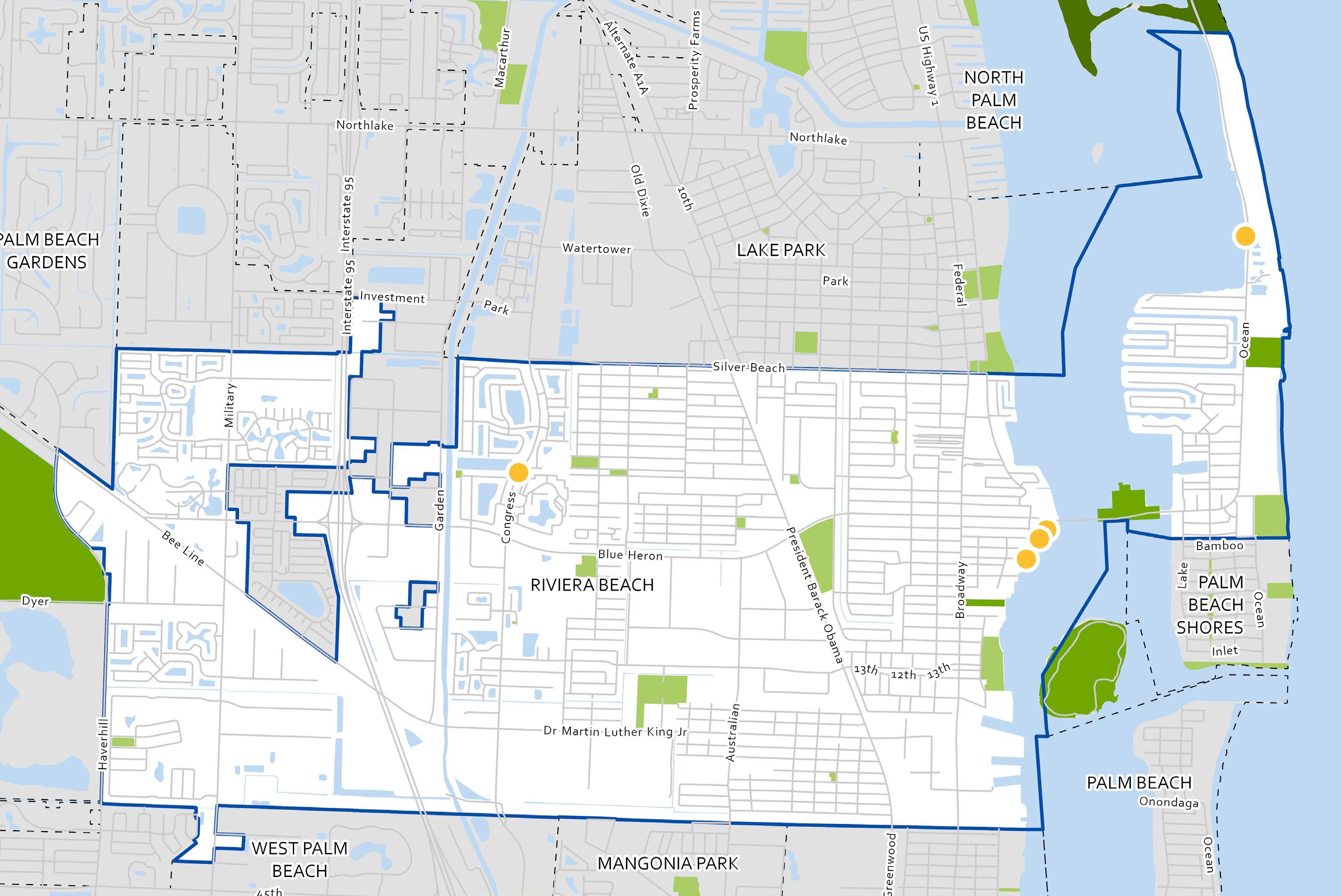
There are several beach access alcoves tucked away in Riviera Beach’s residential areas. In order to ensure safety for boats and pedestrians, an artist-designed barrier could enhance protective measures at these sites while enlivening the local landscape.
Termination of 24th St at the Intercoastal Waterway
Termination of 25th St at the Intercoastal Waterway
Termination of 22nd St at the Intercoastal Waterway

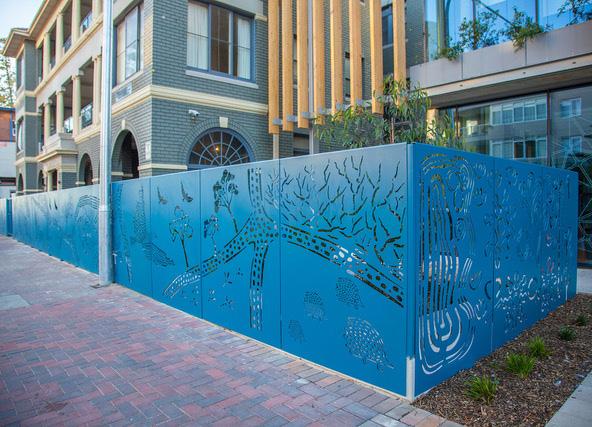
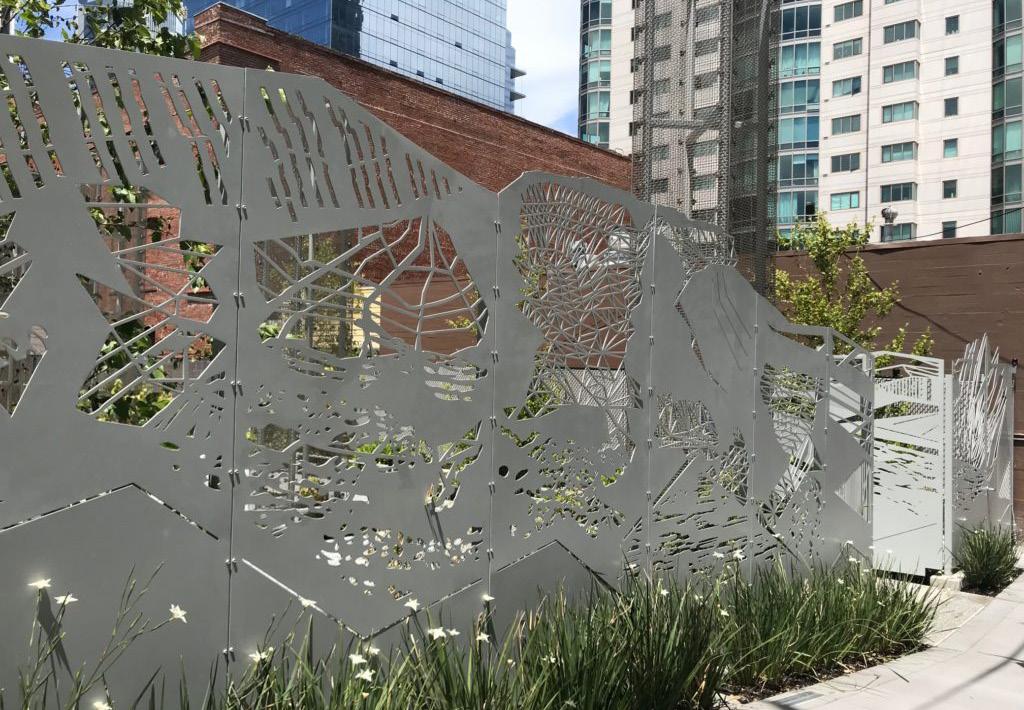
To boost walkability throughout the city, the City should implement temporary public art activations. These projects can enhance the pedestrian experience without requiring extensive FDOT approvals or significant permanent investment. They offer an ideal opportunity for local artists to contribute to the area’s vibrancy and highlight local ecology, plantlife, and natural characteristics.
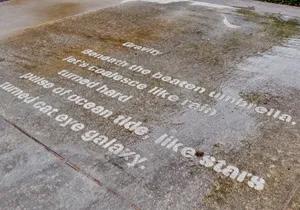

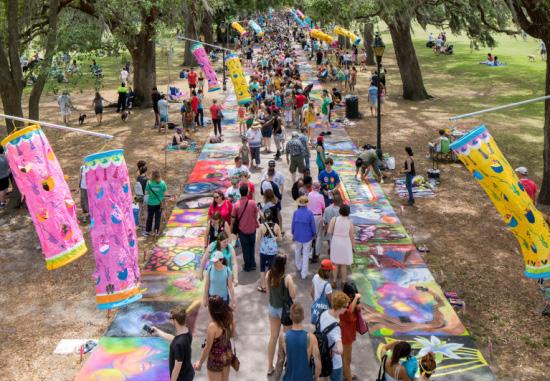
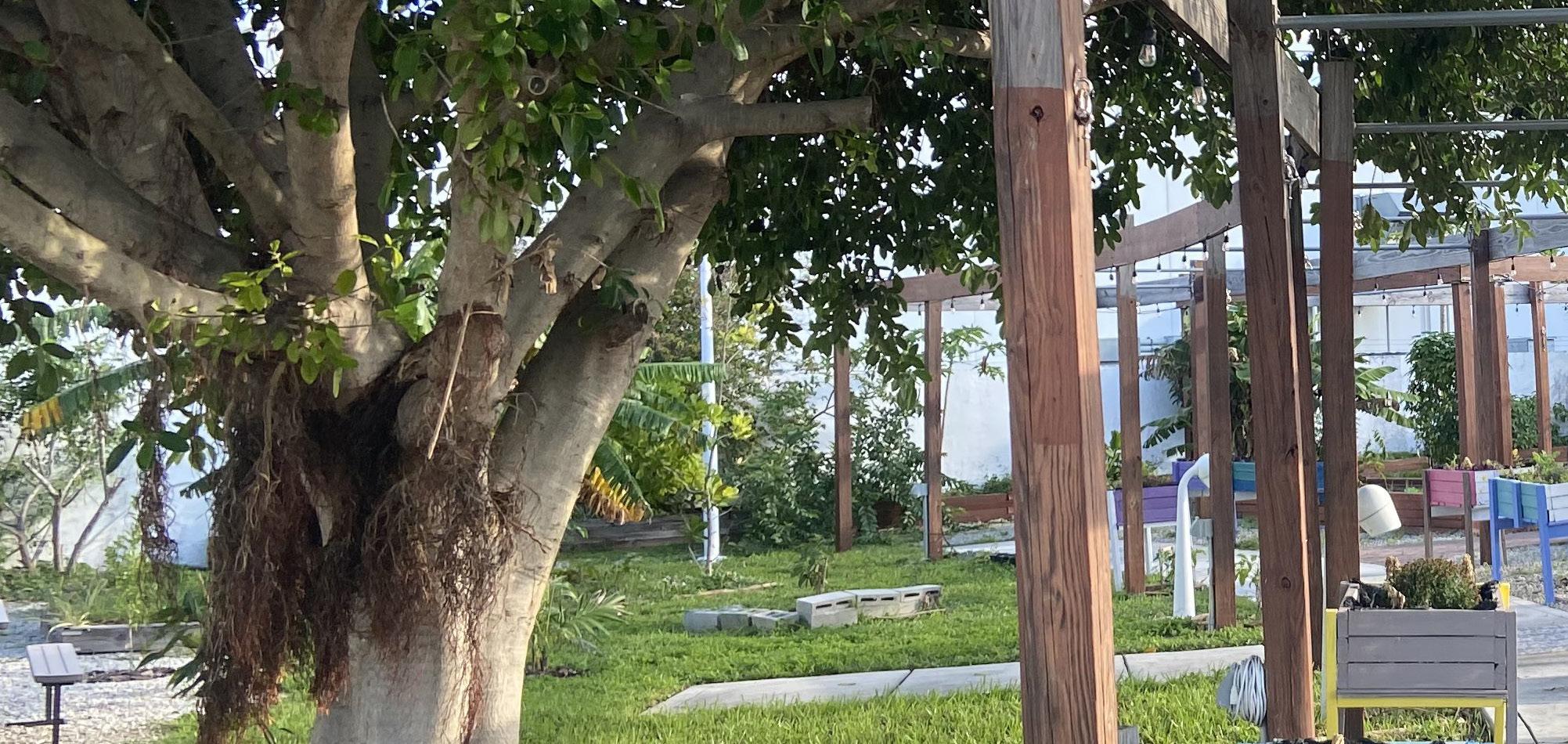
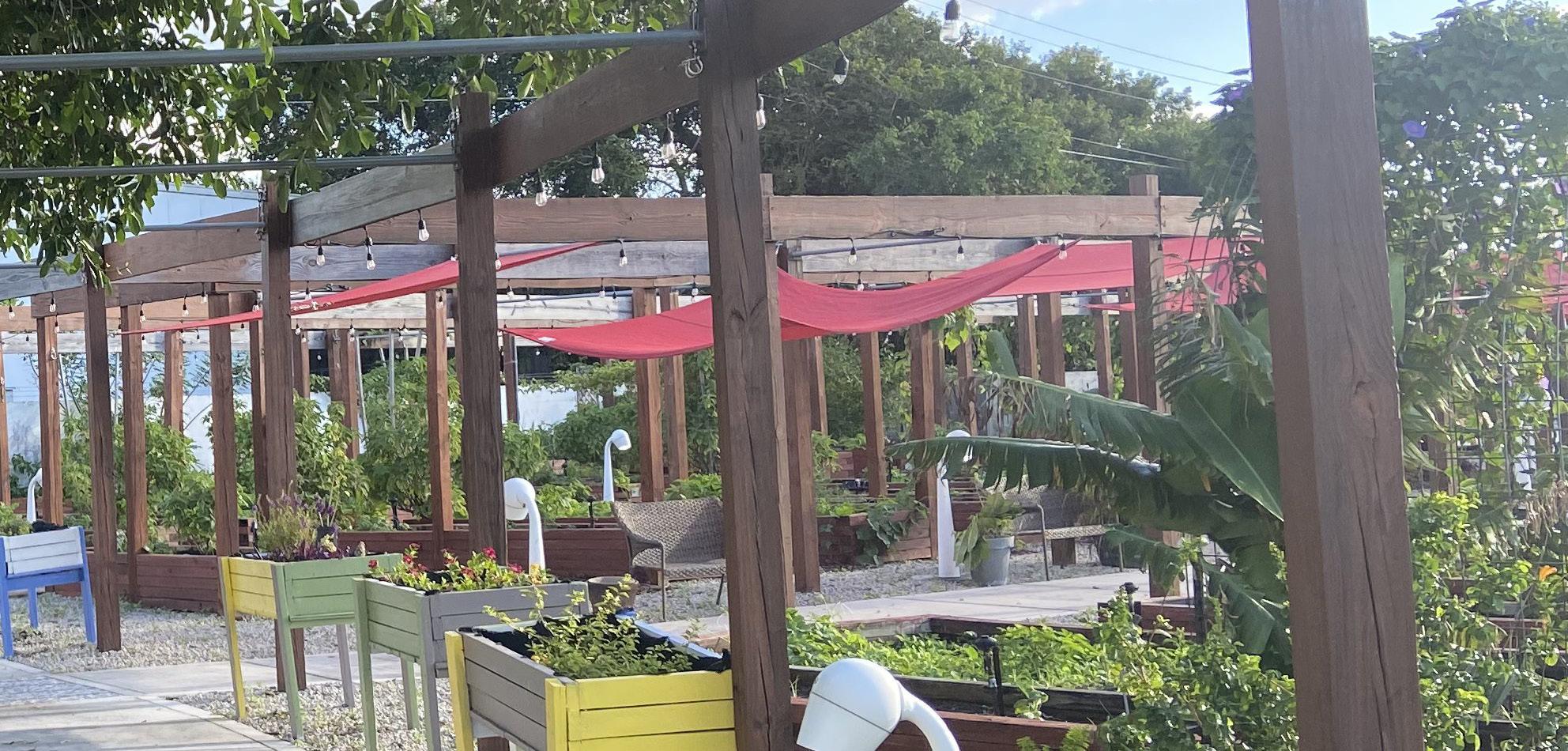
Public Art Ordinance
Public Art Policy
Public Art Administrator
Relationship Building
In January 2024, the City of Riviera Beach formally adopted Ordinance 4245, which amended the City’s Code of Ordinances to create the City’s Art in Public Places guidelines (Chapter 32). This chapter outlines common public art terms; establishes the City’s percent for art fee in both private development and capital improvement projects, and identifies applicable projects; establishes the City’s Public Art Advisory Board, and outlines their powers, duties, and functions; specifies criteria for public art acquisition in Riviera Beach; establishes the City’s Public Art Fund, and identifies appropriate uses of the Fund; and provides foundational parameters for artwork donations.
Recommended updates to the Ordinance include:
1. Expanded definitions for Art and Artist.
2. Added definitions for Local Artist, Maintenance (artwork + property, separate definitions), Mural, and Public Art Collection
3. Add a section to establish removal or replacement of artwork installed on private property.
4. Expand Donation policy section
Riviera Beach does not currently have a formal Public Art Policy. In order to establish a successful Art in Public Places program, the City of Riviera Beach should adopt the following policies: Collection Management Policy, Donation Policy, Deaccession Policy, and Acquisition Policy. In addition, the City will adopt guidelines for murals and follow guidance for administration of the program contained in the Public Art Policy. Each policy directs a specific aspect of the Program and ensures the City is following consistent procurement practices, maintaining its commissions through long-term planning and maintenance, governing the program with strong public trust, and providing clear direction for artists, private developers, and donors to follow when participating in the program.
This policy establishes the mission, vision, and guiding principles for the program as well as overall definitions for the policy.
This policy establishes approaches to public art acquisition for both commissioned and existing artworks. The method for selecting an artwork for acquisition may vary in response to project budget, scope, and timeline.
This policy establishes the management practices of artworks acquired through the solicitation and donation processes. These pieces are considered part of the City’s Permanent Collection and must be cared for in accordance with the Policy and Procedure for Maintenance Policy and the Collection Management Policy. The Collection Management Policy is intended to maintain the value of the City’s Permanent Collection and guard against inappropriate disposal of any of its pieces.
This policy establishes the donation process for artworks not commissioned by Riviera Beach. Each proposed donation must come with a plan to fund and deliver ongoing maintenance, or the resolution accepting the public art must identify how maintenance of the donated public art will be funded. Donation requirements, responsibilities of the donating party, and the process for donating a piece of public art are outlined in this policy.
This policy establishes the procedure for maintenance of the future art collection. Direction for surveying the collection, working with future artists to establish a maintenance plan for any commissioned work, and inspection guidelines are included.
The Roles and Responsibilities chapter outlines the duties of citizens, City staff and elected officials in the development, funding and implementation of Riviera Beach Art in Public Places program. The Plan provides guidelines and requirements for the development of an annual Public Art Work Plan, the funding and acquisition of public art, the selection of artists and artwork, the implementation and conservation of the Riviera Beach Public Art Collection.
The Mural Guidelines offer guidelines for both publiclyowned murals on public and private property and consider the process for approval. The guidelines consider the ownership of the building in which the mural will be sited.
The Public Art Administrator serves as a central point of contact and plays a key role in the administration of the City’s Public Art Program. This staff and/or consultant position will collaborate with various City departments to ensure the processes outlined in the Public Art policy are carried out efficiently and appropriately. Their responsibilities encompass various aspects of public art processes, including planning, collaboration, artist selection, project management, and art acquisition.
The City Manager will determine appropriate staffing structure to oversee citywide public art activities and manage the Public Art Program. Additional staff resources or outside consultants may be required to assist in implementing projects, particularly those of a larger scale. Responsibilities shall include, but are not limited to:
1. Work with various departments to develop potential projects for inclusion in the Public Art Program Update.
2. Coordination with other city planning efforts.
3. Present the Public Art Program Update as part of the City’s regular budget process to the City Council.
4. Coordinate and manage the Art in Public Places Board and its monthly meetings.
5. Coordinate with Art in Public Places Board to ascertain advice on any matter pertaining to public art, including:
a. preparing and presenting the Public Art Program Update to the Art in Public Places Board and City Council;
b. artist selection juries and process;
c. purchase of artworks;
d. commission and placement of artworks; and
e. Public Art Programming;
6. Coordinate the hiring of an outside consultant or agency to administer public art projects as needed.
7. Ensure various City departments are following the City’s Public Art policy.
8. Develop and maintain an inventory and documentation of the City’s collection of public art.
9. Assist with periodically surveying public art to determine if works require maintenance or other attention.
1. Strengthen partnerships with FDOT, Palm Tran, and other public entities around public art opportunities on their properties and infrastructure.
2. Consider hosting a retreat or workshop for municipal public art boards in Palm Beach county and beyond.
3. Deepen collaboration with City departments to leverage public art projects within capital improvements and routine processes.
4. Connect with private developers to encourage the installation of public artworks on their properties when appropriate, and create literature to support these efforts.
5. Work with local businesses to explore mural easements to implement murals on private property with public art funding. Consider proposing a matching mural grant opportunity to encourage mural implementation.
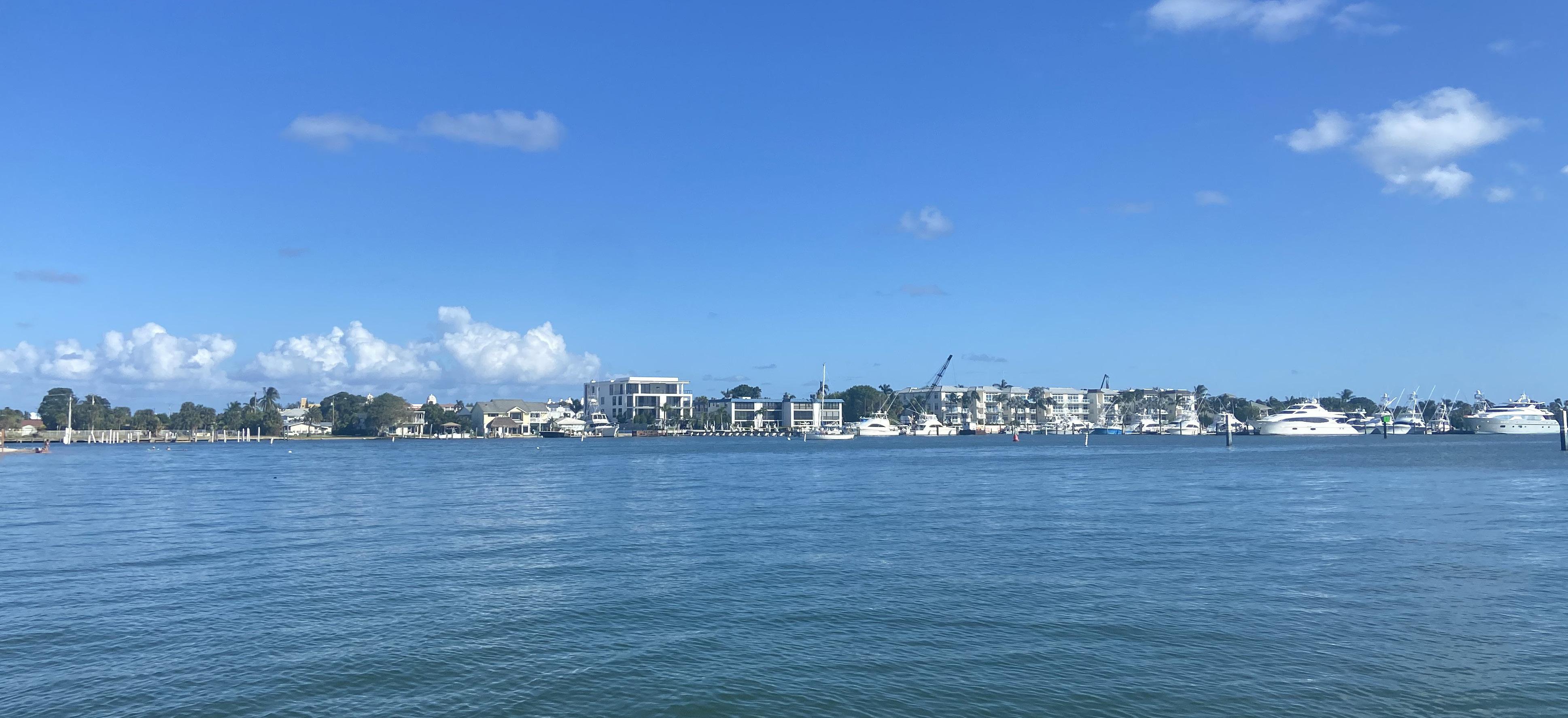
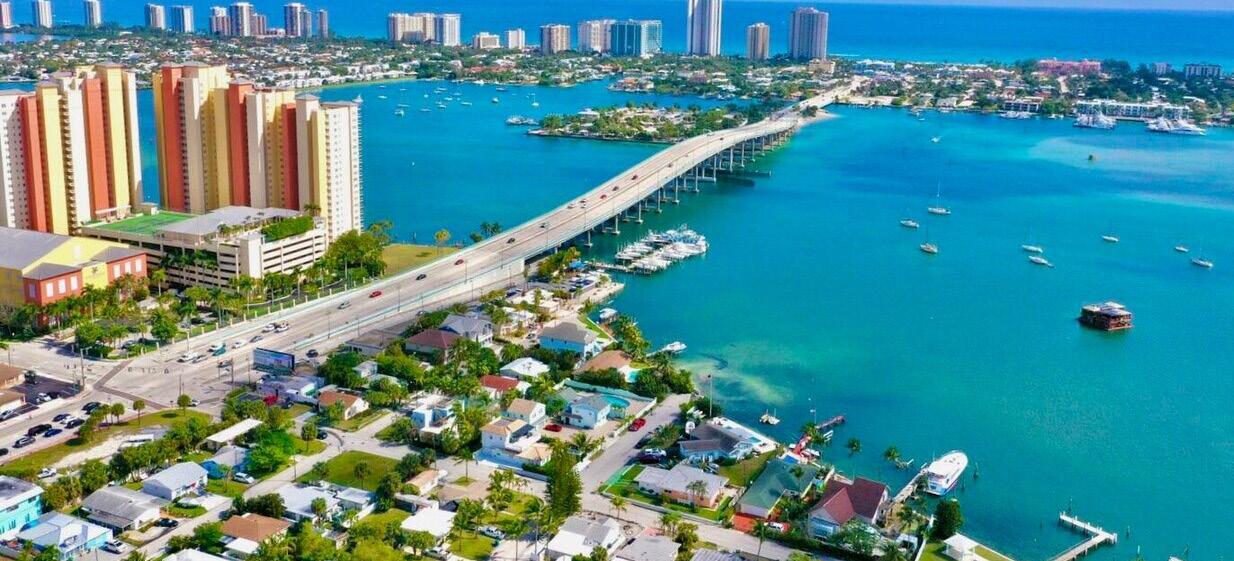
Phasing Chart
Recommended Ordinance Updates
Recommended Policies for Adoption
Existing Conditions Report
The following implementation matrix provides recommendations for possible public art projects in Riviera Beach using the Art in Public Places Fund. Availability of funds is subject to change year over year, and the guide below is intended to be used as a roadmap for the next three years.
RECOMMENDATIONS
FY 2024-25 through September 30, 2025
Annual AIPP Discretionary Funds: Chainlink Fence Art Project at the Marina $5,000
Reserve 10% of Fund for Maintenance Varies
Save 2% of remaining budget for large-scale project Varies FY 2025 TOTAL $5,000+ PROJECT RECOMMENDATIONS
FY 2025-26
Curb Mural Bump Out on Avenue S and Blue Heron Blvd.
Park Stamping (excluding concrete)
Alcove artist-designed fencing
mural in a Priority Location
Annual AIPP Discretionary Funds: $5,000
Install three two-dimensional art projects at bus stops in collaboration with Palm Tran Varies
Reserve 10% of Fund for Maintenance Varies
2026 TOTAL $100,000+
PROJECT RECOMMENDATIONS
FY 2026-27
Kinetic Sculpture at Marina $75,000
Apply for grant for a basketball court mural $100,000
Small-scale mural in a Priority Location $20,000
Annual AIPP Discretionary Funds: Host Plein Air Painting Day and Market
$5,000
Reserve 10% of Fund for Maintenance Varies
Save 2% of remaining budget for large-scale project Varies
PROJECT RECOMMENDATIONS
FY 2027-28
Lone Pines Park Sculpture Trail (foundations + sculptures on loan) $60,000
Artist-Designed Benches at Municipal Beach Access $75,000
Small-scale mural in a Priority Location $20,000
Annual AIPP Discretionary Funds: Singer Island Sidewalk Project (rain activated paint with stencils)
$5,000
Reserve 10% of Fund for Maintenance Varies
Save 2% of remaining budget for large-scale project Varies
An Ordinance Of The City Council Of The City Of Riviera Beach, Palm Beach County,
Florida, Approving A City Initiated Code Of Ordinance Amendment, Amending The
City’s Code Of Ordinances Chapter 32, Art In Public Places Program, Amending
Sections 32-2 Definitions, Adding And / Or Amending Definitions Of “Art, Work Of
Art, Or Artwork”, “Local Artist”, “Maintenance With Respect To Artwork”,
“Maintenance With Respect To Property Maintenance”, “Mural”, “Public Art
Collection”, “Public Art Master Plan”, “Project”, “Renovation”, “Temporary
Artwork”. Amending Sections 32-4, Public Art Advisory Board Creation And
Composition, Amending Section 32-5, Public Art Advisory Board Powers, Duties
And Functions, Amending Section 32-7, Establishment Of Public Art Fee, Amending
Section 32-9, Arts In Public Places Requirements, Adding Section 32-12, Adopting
The Master Plan By Reference, Creating Section 32-13 Adding Art In Public Places
Program
And Procedures; Providing For Applicability, Conflicts,
Severability And Codification; And Providing For An Effective Date.
WHEREAS, the City of Riviera Beach is “Reimagining Riviera Beach” in innovative and
thoughtful ways, using a facilitated participative process for the health, safety and general
welfare of its residents and visitors; and
WHEREAS, recognizing the City Council’s passion for restoring services to key priority areas
for the City, and that one such area is addressing the City’s significant challenges regarding
underinvestment, litter, and illegal dumping; and
WHEREAS, the City Council recognizes that public art humanizes the built environment,
invigorates public spaces and is vital to the quality of the life of its residents and to the economic
success of its businesses as it attracts visitors and potential residents, fuels the local economy
by creating job opportunities, and assists the City in fulfilling its mission to make Riviera Beach
the best City in which to live, work, and visit; and
WHEREAS, the City Council recognizes public art will contribute to the aesthetic character,
cultural diversity, and provide community education of the built environment; and
WHEREAS, the City Council adopted Resolution 127-21 November 3, 2021, which approved
the creation of an Art in Public Places Program (Public Art Program); and
WHEREAS, the City Council recognizes the purpose of a public art program is to establish a
program for the integration of public art into both public and private development projects
throughout the city; and
WHEREAS, at the direction of Council, Development Services staff engaged subject area public
art experts and professionals to obtain best industry standards for program requirements and
implementation practices; and
WHEREAS, the findings recommend that funding for public art should include funding from
private and public development; and
WHEREAS, for priority areas, including but not limited to, those identified in the Art in Public
Places Plan, public art in tandem with other place-based approaches can encourage
revitalization and establish a sense of place; and
WHEREAS, the City hereby creates the Public Art Fund to ensure consistent resources; and
WHEREAS, projects permitted through the City, shall be assessed a public art fee of one (1%)
percent of construction, renovation or remodeling costs at the time of permit issuance by the
City as well as City contribution of one (1%) percent of total Business Tax Receipts revenue will
be deposited into the Public Art Fund to enhance and maintain the City's aesthetic diversity and
character; and
WHEREAS, in Metromedia, Inc. v. San Diego, 453 U.S. 490 (1980), the United States Supreme
Court determined that regulations pertaining to land development, which necessitate adherence
to aesthetic criteria, have typically been upheld on the grounds of serving a valid public
objective; and
WHEREAS, The City Council hereby creates the Public Art Fund with the goal of financing the
installation of high-quality public art throughout the City for the benefit of its residents and
visitors; and
WHEREAS, The Planning & Zoning Board reviewed this item on October 12, 2023 and voted
unanimously to recommend that City Council approve this ordinance; and
WHEREAS, the City Council hereby finds and declares that the adoption of this Ordinance is
consistent with the Land Use Element of the City of Riviera Beach Comprehensive Plan,
particularly Objective 1.2 Redevelopment and Objective 1.9 Community Enhancement and that
it is necessary, appropriate, and advances the public interest.
SECTION 1. The foregoing “WHEREAS” clauses are hereby ratified and confirmed as being
true and correct and are hereby made a specific part of this Ordinance upon adoption hereof.
SECTION 2. The City of Riviera Beach Code of Ordinances is hereby amended to create
a new chapter, Chapter 32, Art in Public Places Program. It is to be read as follows:
(a) It is the intent and purpose of this chapter to further the commitment of the City to the
aesthetic, economic, cultural, and historical enrichment of the community through the creation
of works of art so residents and visitors to the City of Riviera Beach are afforded an opportunity
to benefit from the latent and direct impact art has on a community. The requirements of this
chapter shall be construed to promote the aesthetic values of the entire community and to
encourage the acquirement, preservation and protection of works of art.
Section 32-2 Definitions.
(a) For the purposes of this section, the following words and phrases shall have the following
meanings:
Artist: A practitioner in the visual arts, generally recognized by critics and peers as a
professional of serious intent and ability. Indications of a person's status as an Artist include,
but are not limited to, income realized through the sole commission of Art, frequent or
consistent Art exhibitions, placement of art in public institutions or museums, receipt of honors,
and awards or training in the arts.
Construction Cost or Total Construction Costs: The total value of the construction of, or
reconstruction work on structures as determined by the City's Building Official in issuance of a
Building permit for construction, reconstruction, or remodeling. Costs such as that of land
acquisition, architectural design, consultants, and engineering fees are not Construction Costs.
Local Artist: an Artist who resides in Palm Beach, Broward, or Miami-Dade Counties with
preference to Riviera Beach residents during a call for artist led by the Public Art Advisory
Board.
Maintenance: with respect to artwork, means the required repairs or cleaning to keep a work
of art in its intended condition, including preventative maintenance at scheduled intervals to
curtail future deterioration, ordinary repairs or maintenance, including but not limited to,
painting, repair, replacement, or installation of mechanical equipment.
Maintenance, with respect to ordinary property maintenance, means ordinary repairs or
maintenance of a structure, including but not limited to, painting, roof repair, replacement, or
installation of mechanical equipment.
Mural means a singular work of Public Art hand-painted, hand-tiled, or digitally printed (with
property owner approval) on a building, structure, fence, or other object within public view. Its
primary intent is to be artistic in nature, rather than purely information, creative signage and
commercial signage. The work shall not contain text, graphics, or symbols which specifically
advertise or promote a business, product, or service; and shall not promote a specific political
party or candidate.
Project: new construction, renovation work, or façade improvements requiring a building
permit where 50 percent or more of a building is being modified, renovated, expanded, rebuilt
or improved by construction. For purposes of this article, project shall not include the
following:
(1) Repair or reconstruction of structures which have been damaged by fire, flood, wind,
earthquake, tropical storm or other casualty;
(2) Historic preservation or restoration;
(3) Interior renovation;
(4) Flood protection work items;
(5) Fire sprinkler installation work items as defined by the city code.
Each phase of a residential planned unit development shall be a separate project. If a
developer is constructing more than five residential units in a residential planned unit
development, or phase of such development, that did not previously comply with this article,
such new construction shall be considered a project for purposes of this article. A residential
unit shall be considered part of a project if the its certificate of occupancy has not been issued
before that for the residential unit is not issued prior to the submittal of the building permit
application is submitted for the for the remaining residential units in a group of more than five.
Public Art, Work of Art, or Artwork: Tangible Original creations by Artists which include all forms
of the visual arts conceived in any medium, material, or combination thereof, including, but
not limited to, paintings; sculptures; engravings; carvings; frescos; stained glass; mosaics;
mobiles; tapestries; murals; photographs; video projections; digital images; bas-relief; high
relief; fountains; kinetics; collages; drawings; monuments erected to commemorate a person
or an event; functional furnishings, such as Artist designed seating and pavers; Artist designed
architectural elements; and Artist designed landforms or landscape elements. The following
shall not be considered as Art for the intents and purposes of this Code:
1. Reproductions or unlimited copies of original pieces of art; Objects which are mass-
produced; or of a standard design, such as playground sculpture or fountains, except
pieces of historical significance to Riviera Beach;
2. Works that are decorative, ornamental, or functional elements of the architecture or
landscape design, except when commissioned from an Artist as an integral design
aspect of a Structure or site.
3. Elements generally considered to be conventional components of a landscape
architectural functionality or code standards including, but not limited to, plant materials,
pools, paths, benches, receptacles, fixtures and planters;
4. Directional or other functional elements, such as supergraphics, signage, color coding
and maps, except where sculptural pieces are used to define gateways in Riviera Beach;
5. Electrical, water or mechanical service for activation of the work;
6. Exhibitions and educational programs related to the work; or
7. Art that displays slogans, logos, mascots or commercial advertising.
Public Art Collection: means art objects owned by the City of Riviera Beach, Florida, its
agencies and authorities. Permanent Public Art must be located in a public place with public
visibility, accessibility, and impact and shall have a permanence comparable to associated
capital projects.
Public Art Fee: One percent of the total dollar amount of the total construction costs of
qualifying projects that equals or exceeds $50,000.00, which may be discounted as
provided in this article.
Public Art Fund: A separate account set up by the City to receive monies for the Art in Public
Places Program.
Public Art Master Plan: The Art in Public Places Plan of the City of Riviera Beach, Florida that pertains
to public art and culture, as it exists or may be amended. The Plan shall provide a process for the
systematic selection and acquisition of pieces of artwork and locations of art to be included in public
spaces. The plan to be generated by the Development Services Department and approved by
the City Council, which presents selected sites and criteria for the selection of works of art.
Public place: any place, public or private, exposed to public view, including, but not limited to,
buildings, parks, right-of-way medians and open spaces or any place owned and operated by a
government or governmental entity and which is accessible to the public.
Remodeling: Alterations made to a building, including but not limited to, changes to the façade
of a building, changes to the interior of a building, increases or decreases in the floor area of a
building and changes to exterior improvements.
Renovation: A project requiring a building permit where 50 percent (50%) or more of the exterior
building area is being modified, rebuilt or improved by construction. For purposes of this
chapter, "renovation" does not include the following:
1. Repair or reconstruction of structures which have been damaged by fire, flood, wind,
earthquake or other casualty.
2. Historic preservation or restoration.
3. Development activity on existing, previously approved developments for the sole
purpose of accessibility compliance.
Temporary artwork: means artwork created for a specific timeframe or event, and which is
situated at a particular site on a temporary basis, not to exceed a period of two (2) years.
(a) The Public Art Fee set forth in this chapter shall apply to the following activities:
(1) Private non-residential development projects as set forth in section 32-7
(2) Residential development projects with more than five (5) units as set forth in section
32-7.
(3) Public construction projects as set forth in section 32-7.
(b) Exceptions. The Public Art Fee set forth in this chapter does not apply to the following
projects or activities:
(1) Remodeling, repair, or reconstruction of structures damaged by fire, flood, wind,
earthquake or other calamity determined by the City of Riviera Beach building official.
(2) The percent of the project dedicated to affordable housing on premise as determined
by the City of Riviera Beach.
(3) Normal, routine maintenance including replacement of existing damaged or failing
structural or non-structural elements, HVAC, plumbing, electric, or fire
detection/suppression equipment of a project not associated with an addition,
renovation or new construction.
(4) Residential development projects with five (5) units or less.
(5) Historic preservation or restoration projects.
(6) Educational facilities dedicated to daycare and K-12 education. 3
(7) Non-profit. Projects on the premises of property owned or leased by non-profit
organizations which are tax-exempt pursuant to section 501(c)(3) of the United States
Internal Revenue Code. To qualify for an exemption under this subsection, the project
must be intended for use in furtherance of the organization's non-profit cause.
(a) A Public Art Advisory Board is hereby created as a body of individuals appointed by the
City Council that shall have the duty and responsibility to make recommendations to the City
Council on public art projects.
(b) The Public Art Advisory Board must be comprised of seven (7) members and two (2)
alternates with a minimum of three members having a specialization in one of the following
areas:
(1) Architect, or interior designer;
(2) Landscape architect or land use planner;
(3) Professional in the field of art;
(4) Art or architectural historian;
(5) Art educator;
(6) Artist.
(c) All members and alternates of the Public Art Advisory Board must reside within the city
limits for a minimum of one (1) year preceding appointment unless they have a specialization
in art per subsection (b) of this section.
(d) Each member of the Public Art Advisory Board serves a three-year term with
a two terms limit without compensation with an option of reapplying after a year
off of the board.
(e) No member of the Public Art Advisory Board may be the artist, provide the artwork, provide
art consulting services, or have any interest in any artwork to be reviewed by the board, whether
proposed by a private developer or the city.
(f) The Public Art Advisory Board may be suspended by the City Council if the appointed
membership is less than three (3) members or at least four two (43) consecutive meetings have
been canceled due to the lack of a quorum for the transaction of business. In the event the
Public Art Advisory Board is suspended, the Planning and Zoning Board shall assume the
duties and responsibilities of the Public Art Advisory Board as provided under this chapter.
(g) Fifty percent (50%) of members or alternate members in any combination shall constitute a
quorum necessary to make recommendations to the City Council.
(h) Virtual attendance during meetings will be considered on a case-by-case basis.
(hi) The board shall designate one of its members to act as chair for a term of one year, or
until a successor is elected and qualified. The board shall maintain minutes of all of its
meetings.
(ij) Alternate members shall attend all meetings of the board and the presence of alternate
members shall count toward a quorum. The first alternate member shall have the privilege of
voting only upon the absence of a regular member or an abstention because a regular member
believes he or she has a conflict of interest at a meeting. The second alternate member shall
have the privilege of voting only upon the absence or abstention due to conflict of interest of two
of the regular members to a meeting or the absence or abstention of one regular member and
the first alternate.
(jk) All meetings of the Public Art Advisory Board must comply with Florida law, including the
Sunshine Law & Public Records Law.
Section 32-5 –Public Art Advisory Board Powers, Duties, and Functions.
(a) The Public Art Advisory Board shall:
(1) Advise the City Council on the adoption of policies and procedures to acquire,
commission, and maintain works of art in public places.
(2) Advise the City Council regarding applications for the installation of art as part of
private projects pursuant to this chapter.
(3) Advise the City Council regarding installation of art as part of public projects
pursuant to this chapter.
(4) Advise the City Council regarding proposed donations of art pursuant to this chapter.
(5) Recommend sites for location of public art in accordance with the Public Art
Master Plan.
(6) Provide recommendations and guidance in implementation of the Public Art
Master Plan.
(7) From time to time, recommend to the City Council updates or revisions to the Public
Art Master Plan that identifies proposed locations and criteria for public artwork, art
selection, and placement criteria, and other program recommendations, to reflect the
changing environment of the city. It is the intent that such master plan be updated every
five (5) years.
(8) Conduct, with the assistance of city staff, calls to artists regarding installation of art as
part of public projects and regarding installation of art using the Art Fund pursuant to this
chapter.
(9) Provide recommendations to the City Council on the maintenance of city-owned
artwork to preserve and protect the public art in the city's collection.
(10) Provide recommendations to the City Council on the deaccessioning, removal, or
replacement of public art owned by the city.
(11) Advise the City Council regarding murals to be installed on city property.
(12) Propose recommendations to the City Council regarding the amendments to
the art in public places ordinance and program.
(13) Report to the City Council, on an annual basis, the status of the art in public places
program, the application of the master plan, the use of art in public places funds and the
fund balance.
(14) Increase public awareness and support of art in public places.
(b) The recommendations of the Public Art Advisory Board to the City Council are advisory only
and may or may not be consistent with similar recommendations made to the City Council by
other city boards.
The Public Art Advisory Board shall consider the following criteria in recommending approval
or disapproval of a work of art:
(a) Complies. The proposed art conforms to the definition of art contained in this chapter
and will be created by an artist or local artist as defined in this chapter.
(b) Master plan. The proposed art meets the qualities described in the art in public
places master plan, if applicable to the project.
(c) Visual accessibility. The proposed art will be readily visible to the public and meet the
location requirements of this chapter.
(d) Quality. The proposed artist is professionally recognized in the medium, and the
proposed art is of quality and enduring value.
(e) Appropriateness to site. The proposed art is of design, scale, and material
appropriate to the site.
(f) Compatibility. The proposed art is compatible with surrounding neighborhoods.
(g) Public Welfare. The proposed art is not detrimental to the public welfare and will not
constitute a safety hazard.
(h) Maintenance. The proposed art will not require extraordinary maintenance.
(i) Valuation. The proposed art meets or exceeds the public art assessment
requirements of this chapter.
(j) Location. The proposed location of the art and/or element(s) is in an exterior place
and is appropriate to accommodate the size and scale of the proposed art and/or
element(s), has or can reasonably accommodate any necessary supporting infrastructure
and is in compliance with applicable city code requirements such as visibility triangle.
Notwithstanding the foregoing, art purchased with the art in public places fund or for public
construction projects may be located inside publicly owned buildings.
(k) Artist qualifications. The proposed artist meets the definition of artist under this
article; has demonstrated ability for work in the chosen media, has demonstrated good
workmanship in prior artwork, and has the ability to complete the project in a timely
manner.
(l) Budget. The proposed art and/or element(s) are included in the project budget
and the funds allocated for the project.
(a) All new construction, reconstruction or remodeling projects commenced after the adoption of
this chapter which have a construction value of $50,000.00 or greater (adjusted annually based
on Consumer Price Index), shall participate in the Public Art Program by paying a public art fee
or contribute art on –site of same value. The public art fee shall be equal to one percent (1%) of
construction value of the project.
(1) Participation of Private Development. The public art fee applies to new
construction, renovation or improvements of all private non-residential development
projects, residential development projects with more than five (5) units and planned
developments.
a. Requirements. All private development meeting the applicability requirements
of this section must elect one of the following methods prior to the issuance of
the first building permit or site work permit:
1. Option 1. Contribute to fund. Contribute an amount equal to one percent
(1%) of the total construction costs budgets as a fee for art in public places.
The fee shall be collected by the City prior to the issuance of construction
permits. Projects without a site plan and to projects with approved site
plans that do not include on-site artwork shall contribute to the fund.
2. Option 2. On-site Artwork. Provide documentation confirming the
escrow of funds equivalent to a minimum of one percent (1%) of the total
construction costs for a work of art and submit an application for
approval of the work of art in compliance with this chapter. If a local
artist, as defined by this chapter, will be commissioned to provide a work
of art, the value of the work of art cannot be less than ninety percent
(90%) of one percent (1%) of the total construction costs.
3. Option 3 On-site Artwork and Contribute to Fund. Submit
documentation evidencing the escrow of funds for a work of art valued
in an amount less than one percent (1%) of the total construction costs
and contribute the balance of the public art fee (one percent (1%) of the
total construction costs) for deposit in the public art fund. The developer
must submit an application for approval of the work of art in compliance
with this chapter.
b. Deposit of funds. The developer shall submit to the City a deposit in the amount
of money equal to the public art fee prior to the issuance of the first building permit.
If the final development project cost is higher than the cost figure originally used
by the developer to calculate the preliminary art budget, the art budget must be
increased as necessary to equal one percent (1%) of the actual total project cost.
The additional funds must be submitted to the City by the developer prior to the
issuance of the first Certificate of Occupancy.
1. Phased development. The public art fee shall be imposed at the time of
building permitting for the entire development and may be amended as necessary
as identified in section 32-8a1b. The location of artwork constituting the public art
requirement shall be identified on the site plan as part of a particular phase. Unless
an alternative deadline is established in a development order, or a time extension
is granted by the Director of Development Services, no certificate of occupancy for
the phase in which the artwork constituting the public art requirement is located
shall be issued until the fee is paid or the artwork is installed in accordance with
applicable development orders and permits.
(2) Participation of Public Development. Any city-approved allocations and permissions
related to the construction, renovation, or refurbishment of eligible public projects must
allocate a minimum of one percent (1%) of the overall construction expenses to be
contributed to the Public Art Fund.
a. Eligibility. Public projects eligible for the public art fee encompass any publicly
accessible building, facility, or structure, whether in its entirety or in part, that allows
public occupancy. Also eligible are sidewalk, pedestrian or bicycle path projects
where sufficient location, spaces, utilities and other elements to support public art
exist, as determined by the City Engineer and Development Services Director.
b. Exempt Projects. Public improvements that are not subject to the public art fee
are:
1. Any road project, including but not limited to construction,
resurfacing, curbing, drainage, striping, lighting and signalization
2. Any electrical and communication substations and switching houses.
3. A streetscape, sidewalk, pedestrian or bicycle path project where there
is not adequate space, utilities and other elements to support public art,
as determined by engineering and planning staff.
43. Any public building, facility, or structure which is not accessible to the
public.
45. Any project funded by a revenue source which by law cannot be
utilized for the acquisition of works of art.
56. Any acquisition of land.
67. Any project constructed using federal funds which cannot be utilized
for public art.
78. Public construction projects outside of the geographical
boundaries of the city.
(b) Business Tax Receipt. One percent (1%) of the net proceeds of any Business Tax Receipt
revenue shall be deposited and set aside to fund public art.
(c) Donations. Donations from private persons or entities and state or federal monies may be
deposited into the Public Art Fund and expended on public art projects.
(a) Fund established. A separate Public Art fund will be established by the city. All public art
fees collected from private and public projects must be deposited into this fund and the funds
must be kept separate from any other city funds.
(b) Administration. The Finance Department will collect the fees from public art participants. The
Public Art Advisory Board can recommend to the City Council expenditures from the funds in
furtherance of the Art in Public Places Program.
(c) Use of funds. The public art funds shall be used by the city for the selection, commission,
acquisition and maintenance of artwork on city property or exterior places in the city. Funds may
be pooled and expended for public art in accordance with this article. Such funds may be spent
on artwork which comply with the master plan and the criteria established in this section or art
related costs including, but not limited to the following:
(1) Selection. Selection processes for public art including advertising, selection panelist
fees, completion stipends, outside consultant fees, and/or travel expenses for artists or
(2) Commissioning, acquisition and installation. Artist and engineering design fees,
permit fees, purchase price, fabrication, transportation, installation, site preparation and
improvement, lighting and other costs directly related to the installation of the public art.
(3) Maintenance. Maintenance of public art owned by the city, including evaluation fees
for professional conservators, costs of repair, cleaning and conservation.
(4) Relocation or removal. Costs directly related to the transportation and relocation or
removal of public art.
(5) Insurance and security. The costs for damage and theft insurance for public art owned
by the city, and, as appropriate, costs for security for installations or exhibitions.
(6) Consulting. The fees and costs for consultants, appraisers and curators as may
be necessary.
(7) Promotion. Costs to promote the art in the public art program including public art
tours, lectures, descriptive on-site plaques, social media, brochures and other methods
(8) Program administration. All personnel costs for the management and staffing, as
needed, to support the Art in Public Places program.
(d) In addition to the above allowable expenditures, the Public Art Advisory Board is authorized
to spend an amount that does not exceed $5,000.00 per fiscal year from the public art fund,
which may be used by the committee for small projects distributed among the art districts
identified in the public art master plan, and in compliance with the master plan, or for other
authorized committee duties. Funds shall not be utilized for artist receptions, dedication art
events, promotional materials for the artist, or expenses for the operation or maintenance of
public art on private property. Except for the use of board funds, as provided above, use of the
public art funds shall be approved by the City Council.
(e) Use of art. All artwork purchased with public art funds must be displayed on city-owned
land, a city-owned right of way, a city-owned building, a city leased facility, a city rented facility
or on another governmental entity's property that is located within the city. Artwork placement
on another governmental entity's property within City limits is permissible, provided that an
interlocal agreement between the City and the owning governmental entity is executed and
approved by the City Council. All artwork acquired through public art funds must be exhibited
in a visually prominent location accessible to the public to maximize the public's enjoyment and
benefit from the art.
(f) Procurement. The procurement of goods, services or construction for the art in public places
program or using public art funds must comply with the city's procurement regulations and
Florida law, as applicable.
(g) Carryover. Unspent funds from the previous fiscal year shall roll over into the subsequent
year within the fund. Additionally, any interest accrued on these funds shall remain within the
fund.
(h) Insurance. City-owned artwork acquired through Public Art funds, transferred to the city, or
on loan to the city, must all have appropriate insurance coverage maintained.
Section 32-9 Art in Public Places Requirements
(1) Application forms. The application shall be made on forms provided by the
Services Department.
(2) Artist information. Portfolio containing photographs of the artist's existing work,
exhibition and sales history, and biography.
(3) Miscellaneous plans, renderings, and details. Artist's color renderings and/or
photographs of proposed artwork; materials sample board; site plan depicting the
proposed location of the artwork; landscape plan, if necessary, depicting additional
landscaping or modifications to existing landscaping; architectural elevations, if
necessary, depicting structures associated with the artwork; lighting location plan and
light fixture details; or other information requested by staff, the art in public places
advisory board, or the City Council. All submittals shall be required to provide an 448
accurate representation of the proposed artwork.
If the developer chooses to provide artwork at the site of the private development, the developer
must comply with the following requirements:
(a) Application for approval of proposed art. An application for approval of the work of art
must be made to the Art in Public Places Board within ninety (90) days of the issuance
of the first permit (site work permit (clearing and grading) or the building permit) The
applicant shall provide the information described below and any additional information
requested by the Development Services Department necessary to review the application
pursuant to the standards of the Code.
a. Artist's qualifications, including resume and portfolio establishing the artist's
credentials.
b. Detailed description and depiction of the work of art and its location on the site.
Artwork must be located in an exterior, publicly accessible place.
c. Drawings and renderings of the proposed work of art, in terms of size, scale, color,
shape, and materials in sufficient detail to provide a clear understanding of the art.
d. Appraisal of the value of the art.
e. Documentation showing that a deposit for public art was made into an escrow
account. (must be provided prior to permit issuance)
f. Maintenance program required for the artwork.
g. Proposed restrictive covenant running with the land that binds the property owner's
successors and assigns to retain and maintain the artwork in compliance with this
chapter, as more specifically described in section 32-8(b).
h. Compliance with public accessibility (ADA) requirements.
i. Approved site plans identifying the location of the proposed art installation (if
required).
(b) Board review of contribution of art. The Public Art Advisory Board shall review application
based on the standards and criteria established in this chapter and shall recommend to
the City Council whether to approve, deny, or approve with conditions the selection and
location of the artwork with sensitivity to the aesthetic and cultural traditions and the
history of the city and to the character of the surrounding neighborhoods.
(a) City council approval. The developer/owner or commissioned artist will present the
proposed artwork to City Council after the Public Art Advisory Board recommendation is
made. City staff will advise City Council of the recommendation of the advisory board. The
city council shall consider the criteria (B- consistency with the public art masterplan), (C- visual
accessibility), and (H- maintenance costs) contained in subsection 32-6 above in reviewing
proposals for the location and selection of artwork. The City Council shall have final
approval authority over the location and selection of all artwork pursuant to this section.
In the event the proposed public art is not approved by City Council, the escrowed public
art assessment shall be forfeited to the city and deposited into the public art account.
(b) Appraisal. To establish the value of the artwork to be installed or retained by the developer
to comply with this section, the city may employ an independent art appraiser to provide
a written appraisal of the artwork(s) submitted. Such appraisal will be paid for by the
developer from the escrowed art deposit.
(c) Ownership and Maintenance of Artwork Installed on Private Property. Artwork installed on
private property pursuant to the requirements of this article shall be the property of the
property owner. Title and ownership of the artwork shall transfer in whole or in part to any
successor in interest of the property. The property owner shall be responsible for
maintenance of the artwork in good condition at all times. The property owner shall be
responsible for ensuring that the public's view of the artwork is maintained and no
vegetation or additional construction shall obstruct the public's view. Maintenance shall
include any associated landscaping or related improvements. In the event of destruction
or casualty to the artwork, the property owner shall repair or replace the artwork with art
equal in value to the value of the artwork originally installed. If the artwork is to be
replaced, the Public Art Advisory Board shall review the proposed artwork and shall
recommend to the City Council whether to approve, deny, or approve with conditions the
selection of the artwork in accordance with the public art program implementation
guidelines.
(d) Artist Grant of License. The artist of artwork approved and installed on city property under
the public art program shall grant to the city an unlimited, perpetual, non-exclusive,
royalty-free license to reproduce and distribute two dimensional reproductions of the
artwork, in photos, videos and related media, for city-related purposes; and shall waive
and release in favor of the city all rights, including the right of attribution or integrity, which
artist may have in the artwork as provided by 17 U.S.C. §§ 106A and 113(d)(Visual Artist
Rights Act). The city shall make all reasonable efforts to attribute the artwork to the artist
in all uses. Any such documentation shall be approved by the city attorney. By
participating in the public art process, the artist authorizes review by the Public Art
Advisory Board and compliance with public records laws.
(e) Unless specifically stated otherwise in a written agreement approved by the City Council,
all artworks acquired using funds from the Public Art Fund shall become the property of
the city.
Section 32-10 Unsolicited Public Art Proposals.
(a) Applicability. The provisions of this section apply to unsolicited proposals for public art on
city or city agency owned property.
(b) Application review periods. Unsolicited applications for public art will be considered
by the Public Art Advisory Board as received.
(c) Review. The Public Art Advisory Board shall not be obligated to recommend approval of
any unsolicited proposals, but may recommend an unsolicited proposal, if such proposal
meets each of the following criteria:
(1) The proposed artwork complies with each criterion listed in Section 32-56 of this
chapter, excepting valuation; and
(2) There is sufficient funding for the design, creation, fabrication, and installation of
the proposed artwork and all structural and supporting elements.
(a) Certificate of Occupancy. Unless an alternative deadline is established in a development
order, or a time extension is granted by the Director of Development Services, no certificate of
occupancy for a project subject to the public art fee pursuant to 32-7 of this Chapter will be
issued until the artwork is installed and inspected and/or the full public art fee has been paid to
the city.
(b) Other remedies. The provisions of this chapter may also be enforced through any remedy
available to the city in law or in equity. Violations may also be enforced through the code
enforcement provisions of this code; or the city may institute a civil action in a court of competent
jurisdiction to seek injunctive or other relief to enforce compliance with the terms of this chapter
or any rule or regulation promulgated under this chapter, to enjoin and prohibit said violation or
to compel the performance of actions which will result in compliance with this chapter. These
remedies are cumulative, and the use of any appropriate remedy does not constitute an election
of remedies by the city. The use of one remedy does not preclude the use of any others.
Master Plan The City of Riviera Beach hereby adopts by reference the Riviera Beach Art in
Public Places Master Plan, attached hereto and by this reference made part hereof. A copy of
the Riviera Beach Art in Public Places Master Plan shall be kept on file in the department of
Development Services, Planning Division, and shall be available for public inspection upon
request.
Implementing guidelines. The Development Services staff shall work with the Public Art Advisory
Board to prepare, and from time to time revise administratively, public art program policies and
procedures and make the same available to the public, which shall provide guidance for program
organization; staffing responsibilities; procedures for project planning; artist selection; art
selection criteria; art placement criteria; donations; loans and memorials; collection
management; and, administration of the public art fund. The Policy and Procedures shall be
incorporated into the Master Plan as Appendix A, and shall be considered an integral part
thereof.
SECTION 3. Severability. If any section, subsection, sentence clause or provision of this
ordinance is held invalid, the remainder of this ordinance shall not be affected by such invalidity.
SECTION 4. Repeal of Laws in Conflict. All ordinances or parts of ordinance in conflict
with this ordinance are hereby repealed to the extent of said conflict.
SECTION 5. Codification. The provisions of this ordinance shall be included and 584 incorporated in the Code of Ordinances of the City of Riviera Beach, Florida as an addition 585 or amendment thereto, and shall be appropriately renumbered to conform to the uniform 586 numbering system of the Code. 587
SECTION 6. Effective Date. This ordinance shall take effect immediately upon its final 588 passage and adoption. 589 590
As authorized by Riviera Beach Municipal Code (RBMC) Chapter 32 (Art in Public Places) and to establish a strong Art in Public Places Program, the City Manager recommended and the Council of the City of Riviera Beach adopted the Public Art policy (policy) on [ ] The policy includes the following sections: The policy includes the following sections: Roles & Responsibilities; Collection Management; Art in Public Places Program Update; Use of Funds; Public Art Acquisition; Mural Guidelines Collectively the Guidelines administer the Public Art Plan and regulate Public Art pursuant to RBMC Chapter 32.
The purpose of this policy is to establish a program for public art in the City of Riviera Beach, Florida. This policy establishes guidelines to ensure a consistent decision-making process
related to the acceptance, placement, display, and long-term maintenance of public art funded in-full or in-part by the City, and/or public installed on City-owned property. This policy shall have no effect upon the zoning ordinance or any regulation promulgated by the City The following elements have been considered in developing a public art policy for the City:
A Develop a dynamic, high quality collection of public artworks for the City and its residents
B. Involve artists of diverse backgrounds
C Provide opportunities for artists to advance their art practice through temporary and permanent public artwork opportunities
D. Enhance economic development and cultural tourism
E. Foster an understanding of public art and encourage public dialogue
For these policies, the following terms, phrases, words, and their derivation shall have the meaning given herein:
Accession, when used herein, shall mean a procedure for the acceptance of artwork into the Public Art Collection
Artist, when used herein, shall mean a practitioner in the visual arts, generally recognized by critics and peers as a professional of serious intent and ability Indications of a person's status as an Artist include, but are not limited to, income realized through the sole commission of Art, frequent or consistent Art exhibitions, placement of art in public institutions or museums, receipt of honors, and awards or training in the arts The members of the architectural, engineering, design or landscaping firms retained for the design and construction of a development project covered by these policies shall not be considered artists for the purposes of these policies [include code]
City, when used herein, shall mean the City of Riviera Beach, Florida
Creative amenity, when used herein, shall mean non-standardized enhancements made to public places Community art projects may be categorized as “Creative Amenities,” but not as “Artworks.” These projects are not subject to the Riviera Beach Public Art Policy.
Commissioned Public Art, when used herein, shall mean permanent or temporary public art that is either solicited by the City (such as through a Request for Proposals or Call for Artists) as part of a Council-approved Art in Public Places Program or project or planned as part of another City project (such as a development) and is paid for in whole or in part by City funds or City-obtained grant funding. Commissioned Public Art is artwork whose existence or creation was requested and/or funded by the Riviera Beach Art in Public Places Program
Community Art, when used herein, shall mean creative projects that are collaborative, place-based initiatives wherein community members participate in the project’s creation These projects are not subject to the Riviera beach Public Art Policy.
Deaccession, when used herein, shall mean a procedure for the withdrawal of artwork from the collection and the determination of its future disposition
Donation or Gift, when used herein, shall mean any of the following: monetary (cash) contribution; endowment; personal property; real property; financial securities; equipment; in-kind goods or services; or any other asset the City accepts and for which the donor has received no goods or services in return, other than private acknowledgement of the donation or gift, if desired by the donor, notation of the gift on a City maintained record, which shall not be publicized but which is a public record, and the placement of a small plaque on the donated item, if desired by the donor The terms "donations" and "gift" shall be synonymous in the context of this policy.
Donor, when used herein, shall mean an individual, group, organization, or other legal entity that proposes or provides a donation or gift to the City
Historic or civic objects, when used herein, shall mean an object that is historically or civically significant
Lender, when used herein, shall mean an individual, group, organization, or other legal entity that proposes or provides a loan of artwork to the City
● Temporary: 0-2 years
● Short term: 2-10 years
● Medium term 10-25 years
● Long term 25+ years
Loaned Public Art, when used herein, shall mean temporary public art that is loaned to the City by a third party for display on public property for an agreed upon period
Local Artist, when used herein, shall mean an Artist who resides in Palm Beach County, Florida.
Mural, when used herein, means a singular work of Public Art hand-painted, hand-tiled, or digitally printed (with property owner approval) on a building, structure, fence, or other object within public view. Its primary intent is to be artistic in nature, rather than purely information, creative signage and commercial signage The work shall not contain text, graphics, or symbols which specifically advertise or promote a business, product, or service; and shall not promote a specific political party or candidate.
Public Art Collection or Collection, when used herein, shall mean art objects owned by the City of Riviera Beach, Florida, its agencies and authorities. Permanent Public Art must be located in a public place with public visibility, accessibility, and impact and shall have a permanence comparable to associated capital projects.
Public Art Coordinator or Coordinator, when used herein, shall mean the Art in Public Places Program Coordinator as determined by the City of Riviera Beach.
Art in Public Places Program, when used herein, shall mean the Art in Public Places Program of the City of Riviera Beach, Florida. The Art in Public Places Program intends to promote private and public programs to further the development and public awareness of, and interest in, the visual arts and fine crafts and encourage the integration of art into the architecture of municipal structures and commercial development projects in the City
Public Art Advisory Board, or Board, when used herein, shall mean a Board advising on matters pertaining to the City of Riviera Beach’s Public Art Collection when the City is funding the creation or acquisition of new artwork in public spaces The Board is committed to promoting awareness, access, and appreciation of public art for the City of Riviera Beach. The Board also provides recommendations for public art placement in the City of Riviera Beach and facilitates administrative duties required for the Art in Public Places Program.
Public Art, Work of Art, or Artwork, when used herein, shall mean any of the following tangible, original creations by Artists which include all forms of the visual arts conceived in any medium, material, or combination thereof, including, but not limited to, paintings; sculptures; engravings; carvings; frescoes; stained glass; mosaics; mobiles; tapestries; murals; photographs; video projections; digital images; bas-relief; high relief; fountains; kinetics; collages; drawings; monuments erected to commemorate a person or an event; functional furnishings, such as Artist designed seating and pavers; Artist designed architectural elements; and Artist designed landforms or landscape elements.
The following shall not be considered as Art for the intents and purposes of this Code:
1 Reproductions or unlimited copies of original pieces of art; Objects which are mass-produced or of a standard design, such as playground sculpture or fountains, except pieces of historical significance to Riviera Beach;
2 Works that are decorative, ornamental, or functional elements of the architecture or landscape design, except when commissioned from an Artist as an integral design aspect of a structure or site;
3 elements generally considered to be conventional components of a landscape architectural functionality or code standards including, but not limited to, plant materials, pools, paths, benches, receptacles, fixtures and planters;
4 directional or other functional elements, such as supergraphics, signage, color coding and maps, except where sculptural pieces are used to define gateways in Riviera Beach;
5 electrical, water or mechanical service for activation of the work;
6 exhibitions and educational programs related to the work; or
7. art that displays slogans, logos, mascots or commercial advertising.
Public Art Policy or Policy, when used herein, shall mean the policies recommended by the City Manager and approved by the City Council for the administration of the Public Art Plan.
Public Art Plan or Plan, when used herein, shall mean the Art in Public Places Plan of the City of Riviera Beach, Florida that pertains to public art and culture, as it exists or may be amended. The Plan shall provide a process for the systematic selection and acquisition of pieces of artwork and locations of art to be included in public spaces. This plan shall be generated by the Development Services Department and approved by the City Council [include code]
Public place, when used herein, shall mean any place, public or private, exposed to public view, including, but not limited to, buildings, parks, right-of-way medians and open spaces or any place owned and operated by a government or governmental entity and which is accessible to the public. [include code]
Publicly-owned land, when used herein, shall mean any land open to the public and managed by either 1) the City of Riviera Beach, Florida; or 2) a public entity that has a shared use agreement with the City of Riviera Beach, Florida
Public Art Fund, when used herein, shall mean a separate account set up by the City to receive monies for the Art in Public Places Program
Art in Public Places Program Update, when used herein, shall mean an annual document that outlines projects that are in-progress and will be initiated in coming fiscal years
Purchased Public Art, when used herein, shall mean permanent or temporary public art that is either solicited by the City (such as through a Request for Proposals or Call for Artists) as part of a Council-approved Art in Public Places Program or project or planned as part of another City project (such as a development) and is paid for in whole or in part by City funds or City-obtained grant funding Purchased Public Art is artwork that existed prior to its purchase by the Riviera Beach Art in Public Places Program
Relocation, when used herein, shall mean a procedure for the movement of an artwork from one location to another.
The administration of City of Riviera Beach’s Art in Public Places Program shall be determined by the City Manager, and may require partnership among several City Departments, including, without limitation, Finance, Public Works, Development Services, Parks, Risk Management, and the City Attorney’s Office. Day-to-day responsibilities for the program will ultimately reside with the Public Art Coordinator, and are outlined below in the Public Art Policy The Public Art
Coordinator may be a City staff member or an outside consultant, and has an oversight role for all of the public art projects executed within the City. The Public Art Coordinator will collaborate with City staff or outside contractors to execute projects
The Riviera Beach City Council has adopted Chapter 32 (Ord 4245), establishing the Riviera Beach Art in Public Places program.
The City Manager shall direct public art program staffing, support City staff, direct duties as they pertain to public art, and authorize expenditures and decisions as necessary.
The Riviera Beach Public Art Advisory Board is pursuant to RBMC Chapter 32-3 and 32-4 advises on matters pertaining to the City of Riviera Beach’s Public Art Collection and related programming, wherein the City is funding the creation or acquisition of new artwork in public space, as defined above. The Public Art Advisory Board serves as a recommending body to the City Council
The Public Art Coordinator serves as a central point of contact and plays a key role in the administration of the City's Art in Public Places Program. This staff and/or consultant position will collaborate with various City departments to ensure the processes outlined in the Public Art policy are carried out efficiently and appropriately Their responsibilities encompass various aspects of public art processes, including planning, collaboration, artist selection, project management, and art acquisition
The City Manager will determine appropriate staffing structure to oversee citywide public art activities and manage the Art in Public Places Program Additional staff resources or outside consultants may be required to assist in implementing projects, particularly those of a larger scale Responsibilities shall include, but are not limited to:
1. Work with various departments to develop potential projects for inclusion in the Art in Public Places Program Update.
2. Coordination with other city planning efforts.
3. Present the Art in Public Places Program Update as part of the City’s regular budget process to the City Council.
4. Coordinate and manage the Board and its monthly meetings.
5. Coordinate with Board to ascertain advice on any matter pertaining to public art, including:
a preparing and presenting the Art in Public Places Program Update to the Board and City Council;
b artist selection juries and process;
c purchase of artworks;
d commission and placement of artworks; and
e Art in Public Places Programming;
6 Coordinate the hiring of an outside consultant or agency to administer public art projects as needed
7 Ensure various city departments are following the City’s Public Art policy
8 Develop and maintain an inventory and documentation of the City’s collection of public art
9 Assist with periodically surveying public art to determine if works require maintenance or other attention
City staff members, particularly department heads, should look for opportunities to include public art in capital improvement projects (CIP) throughout the city, particularly in locations identified as priorities in this plan Overall public art responsibilities include:
1 Explore opportunities to include public art in existing CIP projects
2 Coordinate with the Public Art Coordinator for inclusion of projects within the Program Update and report
The Public Art Fund is pursuant to the requirements outlined in Section 32-7 Funding for the Riviera Beach Art in Public Places Program may come from:
● the Public Art Fund, as outlined in Section 32-7 of Riviera Beach Municipal Code;
● the City’s Capital Improvement Budget;
● grants and/or contributions from private entities;
● other public agencies;
● philanthropic sources; or
● through other sources, as deemed appropriate by the City.
The public art funds may be spent for:
● Calls for Entry, RFQs/RFPs, concept designs, maquettes, juror stipends, and other costs related to competitions and commissions;
● Artist fees including travel stipends and expenses related to travel;
● Artwork fabrication and installation;
● Site preparation and cleanup;
● Acquisition of existing works of art;
● Relocation or removal of existing or Commissioned works of art;
● Required permits and insurance during the fabrication and installation of the artwork;
● Informational/promotional materials and public events directly related to the artwork;
● Descriptive on-site plaques
● Required equipment needed for installation;
● Artwork appraisal;
● Staffing and services of a Public Art Consultant;
● Routine maintenance, conservation, repair, or restoration of public art owned by the City, including evaluation fees for professional conservators;
● The costs for damage and theft insurance for public art owned by the City, and, as appropriate, costs for security for installations or exhibitions;
● Program administration, including all personnel costs for the management and staffing, as needed, to support the Art in Public Places Program
● Curators and contracted services.
● Exhibitions
● Performing Arts programming
The installation of a mural may necessitate additional expenses beyond the artist fee and materials Additional fundable expenses include but are not limited to:
● Artist(s) fees for design and execution of murals
● Rental or purchase of painting equipment or the purchase of painting supplies.
● Preparation of the mural surface including repairs and priming
● Rental of barricades and other equipment required of street or alley closures.
● Lighting and electrical equipment, not integral to a public art project
● Creative Amenities or Community Art projects.
● Other expenses that are pre-approved by the City Manager and the City of Riviera Beach
The public art funds may not be spent for:
● Mass-produced work, with the exception of limited editions controlled by the artist.
● Professional graphics, unless designed or executed by an artist or used in the development of collateral material
● Decorative, ornamental or functional elements that are designed by a project’s architect or other designer
● Purchase of existing works of art outside of the selection process
Pursuant to Section 32-7, In addition to the above allowable expenditures, the Public Art Advisory Board is authorized to spend an amount that does not exceed $5,000.00 per fiscal year from the public art fund, which may be used by the Board for small projects distributed among the art districts identified in the public art master plan, and in compliance with the master plan, or for other authorized Board duties. Funds shall not be utilized for artist receptions, dedication art events, promotional materials for the artist, or expenses for the operation or maintenance of public art on private property. Except for the use of board funds, as provided above, use of the public art funds shall be approved by the City Council.
These policies establish the practices for acquiring artworks The procedure creates a thorough and transparent process for acquiring artwork and favors open-ended selection processes to ensure artistic excellence in the City’s Collection.
Selecting the artist is one of the most critical steps in commissioning public art. An open, equitable, competitive process that inspires the artist and engages the community can be an enriching experience and lead to more creative and exciting public art The Public Art Coordinator will work with the Board to determine the appropriate method for commissioning new artwork for each Art in Public Places Program project
● To satisfy the goals of the project site through an appropriate artist selection.
● To further the mission and goals of the Art in Public Places Program and its supporting master plan.
● To select an artist or artists whose existing public artworks or past collaborative design efforts have demonstrated a level of quality and integrity.
● To identify an approach to public art suitable to the goals and demands of the particular project.
● To select an artist or artists who will best respond to the distinctive characteristics of the site and the community it serves.
● To select an artist or artists who can work successfully as members of an overall project design team
● To ensure that the selection process represents and considers the interests of all parties concerned, including the public
● To ensure, on average, the demographics of the artists and selection committees are reflective of Riviera Beach’s population, on average
Board members will declare any and all conflicts of interest for all projects and artwork under consideration at the beginning of their meetings. A conflict of interest exists if a Board member, an organization the Board member is associated with as a staff or board member, or a Board member ’s family member, has the potential to gain financially from the project under consideration by the Board. In order to promote public confidence in this process, a Board member may also declare a conflict if they think there may be a perception that they have a conflict. Potential conflicts should be submitted in writing to the City Manager. If it is determined by the City Manager that a conflict exists, the Board member must resign from the selection committee.
In competitions, the City may put out an open call to artists for a possible inclusion in an exhibition at a predetermined site The competition, which may or may not take the form of a temporary exhibit may feature existing artworks. Each selected artist may receive a stipend and the City may purchase one or more pieces of artwork at the conclusion of the exhibit to be placed in public locations around Riviera Beach All calls for artists will be advertised on the City of Riviera Beach’s website, appropriate procurement site.
On occasion, artists may be recommended directly by the Artist Selection Committee. Direct selection may be useful on projects where an urgent timeline, low budget, or where precise project requirements exist This list of artists could come from a pre-qualified list Approval for this method should be in accordance with the City of Riviera Beach’s purchasing procedures. City staff should refer to the City of Riviera Beach Purchasing policy, prior to finalizing the acquisition process
Some projects require the purchase of a specific artwork due to the exacting nature of the project or a minimal project timeline In this case, the work must be “one-of-a-kind” and not mass-produced or off the shelf. This list of artists could come from a pre-qualified list. Approval for this method should be in accordance with the City of Riviera Beach’s purchasing procedures City staff should refer to the City of Riviera Beach Purchasing policy, prior to finalizing the acquisition process
In an Open Competition, any artist may submit their qualifications or proposal, subject to any requirements established by the Artist Selection Committee The Requests for Qualifications (RFQs) or Requests for Proposals (RFPs) should be sufficiently detailed to permit artists to determine whether their art is appropriate for consideration Open Competition allows for the broadest range of possibilities for a site and brings in new, otherwise unknown, and emerging artists.
In a Limited Competition or Invitational, several pre-selected artists are invited by the Artist Selection Committee to submit their qualifications and/or proposals This method may be appropriate when the City is looking for a small group of experienced artists, a limited time frame, or if the project requirements are so specialized that only a limited number of already identified artists would be eligible This list of artists could come from a pre-qualified list
On occasion, artists may be recommended by the Artist Selection Committee. Direct selection may be useful on projects where an urgent timeline, low budget, or where precise project requirements exist.This list of artists could come from a pre-qualified list. Approval for this method should be in accordance with the City of Riviera Beach’s purchasing procedures City staff should refer to the City of Riviera Beach Purchasing policy, prior to finalizing the acquisition process.
Some projects require the purchase of a specific artwork due to the exacting nature of the project or a minimal project timeline. In this case, the work must be “one-of-a-kind” and not mass-produced or off the shelf This list of artists could come from a pre-qualified list Approval for this method should be in accordance with the City of Riviera Beach’s purchasing procedures. City staff should refer to the City of Riviera Beach Purchasing policy, prior to finalizing the acquisition process
In some instances, the City may use a targeted process to select an artist as part of a larger project design team Language would be added to the project Request for Qualifications/Request for Proposals specifying that all teams responding to the RFQ/RFP must include a professional artist from a pre-qualified list as described in the section below Given the nature of the project, a design team responding to an RFQ/RFP may be asked to identify an artist as part of the team based upon criteria established by the City in the RFQ/RFP. In this case, the Public Art Coordinator will represent the Program as part of the selection committee for the design team.
The City may decide to develop a pre-qualified pool of artists from which it can choose artists for Limited Competition, Direct Selection, and Direct Purchase. This pool would be developed based on a comprehensive review of artist qualifications This list could be updated annually or bi-annually, depending on the frequency of new projects
Once an Artist Selection method is determined, a selection process will be established A jury of recognized experts will make recommendations for selected artists to create site-specific artwork or will make recommendations for artwork chosen to be exhibited
If the budget for a single piece of artwork is $25,000.00 or more, a selection panel must be formed If the budget for a single piece of artwork is less than $25,000 00, the Committee will act as the selection committee.
The artist selection process will interpret and review the artist’s proposals based on the selection criteria
The goals of the selection process are as follows:
● To satisfy the goals of a specific project or site through an appropriate artist selection
● To further the mission and goals of the Art in Public Places Program
● To select an artist or artists whose existing public artworks or past collaborative design efforts have demonstrated a level of quality and integrity
● To identify an approach to public art suitable to the goals and demands of the particular project
● To select an artist or artists who will best respond to the distinctive characteristics of the site and the community it serves
● To select an artist or artists who can work successfully as members of an overall project design team
● To ensure that the selection process represents and considers the interests of all parties concerned, including the public, the arts community, and the City department(s) involved
Membership will be recommended by the Public Art Coordinator The members of the selection panel (panelists) will be representative of the community demographic and will consist of at least five (5) but no more than nine (9) members from the list below:
● Members of the Public Art Advisory Board
● Artist or arts administrator;
● Design professionals
● City of Riviera Beach project manager who may appoint the project architect or project landscape architect in their stead; and
● A member of the project steering committee if one has been appointed
● Community or neighborhood representative
Artist Selection Committee members will declare any conflicts of interest for all projects and artwork under consideration at the beginning of their meetings A conflict of interest exists if a committee member, an organization the committee member is associated with as a staff or board member, or a committee member ’s family member can gain financially from the project under consideration by the Artist Selection Committee In order to promote public confidence in this process, a committee member may also declare a conflict if they think there may be a
perception that they have a conflict If a committee member has a conflict, he/she must not participate in the Artist Selection Committee’s discussion or decision regarding the project. They must also refrain from discussion about the project and from influencing fellow committee members.
During an artist selection process, Artist Selection Committee members will not submit applications for the placement of their own artwork and/or projects City Staff and Committee can invite artists to participate but must refrain from giving advice to applicants or answering their questions and direct such questions to the Public Art Coordinator during the selection process The Committee must solicit public comment for all pieces of public art commissioned or purchased for over $25,000 00 An opportunity for public comment must be given before a formal vote. A formal vote recommending the selection to the City of Riviera Beach City Council must be recorded in keeping with the City of Riviera Beach public record requirements
Procurement of artwork and/or artist services must comply with the city's procurement regulations and Florida law, as applicable
Upon the decision of the Artist Selection Committee, and with the assistance of the City Attorney’s Office, the Public Art Coordinator will prepare a contract that includes the scope of work, fee, schedule, and relevant terms and conditions to be approved by the City and artist
The City will follow the process for contracting required by law For some projects, the contract with the artist may be phased to include two scopes of work with separate pay schedules and deliverables. The first phase would include all design documentation, including final design, stamped engineering drawings, installation details, and a revised fabrication budget and timeline. The second phase would include all costs related to fabrication and installation.
The Public Art Coordinator will ensure all documents are signed and insurance coverage secured before issuing a notice to proceed and will be responsible for coordinating the artist’s work to ensure the successful integration of the artwork into the project The Public Art Coordinator will organize a meeting with all integral staff to review roles, responsibilities, and schedules.
If specified in the contract, the artist will develop design development drawings for review and approval from the City before fabrication. The Public Art Coordinator will schedule meetings with the appropriate offices to review and approve the plans
If the artist proposes any significant design changes, the Public Art Coordinator will secure the recommendation for approval from the Committee and the appropriate departments of the City before approving said changes in writing, per the terms and conditions of the contract
If the parties are unable to reach mutually beneficial contract terms, then the contract process will be terminated
The Public Art Coordinator will be responsible for overseeing the installation of the artwork The Public Art Coordinator will ensure that all the necessary requirements have been completed before interim and final invoice payments to the artist.
Understanding maintenance and care of public art begins before an artwork is created. During the design phase or when a donation is initiated, the City, artist, or sponsor will review and analyze their design proposal and advise on maintenance and operations of the artwork. It is best practice and highly recommended that an art conservator is contracted to give a report on the proposed artwork
On behalf of the City, the artist, sponsor, or the appropriate party will submit a Maintenance Plan to the City of Riviera Beach, who will review and then catalog any tasks associated with maintenance of the artwork.
The Maintenance Plan will enable the City to:
● Evaluate the quality and sustainability of the proposed or existing public artwork;
● Establish maintenance requirements, assign schedules, and identify potential costs; and
● Determine if the City of Riviera Beach should accept or decline the design proposal and/or public artwork.
To produce the Maintenance Plan, the artist should examine and render an opinion on the following:
● Durability;
● Type and integrity of materials;
● Construction/fabrication technique;
● Internal supports, anchoring and joining, and footings;
● Landscaping;
● Vulnerable and delicate elements;
● Drainage of artwork;
● Potentially dangerous elements;
● Security;
● Location;
● Environment;
● Whether the design encourages/discourages interaction; and
● Effects of skateboarding, graffiti, and any other potentially damaging activities.
The Maintenance Plan will include:
● A record of the artist’s intentions for the artwork;
● Recommendations to mitigate potential problems discovered during the examination;
● Notes about how the artist would like the artwork to age;
● An itemization of long-range considerations and care, highlighting maintenance and the anticipated needs for periodic conservation treatment or repairs; and
● Identification of the lifespan of the artwork and a prognosis of its durability in consideration of that lifespan
The artwork may also be identified as site-integrated, or part of the site and/or the architecture, as appropriate and will fall into the long-term lifespan category above
The City of Riviera Beach acquires artworks by purchase, commission, and donation. Processes for these acquisitions are dictated by the Acquisition and Donation sections found in this section Artwork acquired through these processes are considered to have been accessioned into the City’s Public Art Collection. They must be cared for in accordance with the policies and Procedure for Maintenance and the Collection Management policies Artwork in the City’s possession that were acquired outside of or before these policies may not be accessioned pieces of the Public Art Collection and thus may not be subject to the Collection Management policies The Collection Management policies are intended to maintain the value of the City’s Public Art Collection and guard against the arbitrary disposal of any of its pieces.
● Maintain a Collection management program that results in a high-quality, city-owned Collection;
● Eliminate artwork that is unsafe, not repairable, or no longer meets the needs of the City of Riviera Beach;
● Care for loaned artworks with the same standards and policies extended to the City’s Public Art Collection;
● Respect the creative rights of artists; and
● Support an efficient workload for staff
The Riviera Beach Art in Public Places Program will seek to ensure the ongoing integrity of the artwork and the sites for which they were created, to the greatest extent feasible, in accordance with the artist’s original intentions, and consistent with the rights afforded by the Visual Artists Rights Act of 1990 (17 U.S.C.§ 106A).
The City will seek to assure continuing access to artworks by the public. However, the City may limit availability due to circumstances such as funding, public safety, display space, and deaccession processes. Pursuant to Section 32-7, all artwork purchased with public art funds must be displayed on city-owned land, a city-owned right of way, a city-owned building, a
city-leased facility, a city rented facility or on another governmental entity's property that is located within the city. Artwork placement on another governmental entity's property within City limits is permissible, provided that an interlocal agreement between the City and the owning governmental entity is executed and approved by the City Council. All artwork acquired through public art funds must be exhibited in a visually prominent location accessible to the public to maximize the public's enjoyment and benefit from the art
An artwork’s life span is either the amount of time its materiality will allow it to be displayed (either for artwork safety or artwork integrity reasons), or the object’s display period, as determined by a contract between the City and the artist, whichever is shorter Life spans assigned to the work during the commissioning process will be considered as part of requests for deaccession or removal. For artworks that have not been assigned a life span, the Public Art Coordinator may engage experts to assist in assigning the artwork a life span, based on the life expectancy of the artwork’s materials and fabrication methods, and/or the programming priorities of the Board
Temporary: 0 - 2 years
Short Term: 3 -10 years
Medium-Term 11 - 25 years
Long-Term 26+ years
Requests to donate artwork to the City may be considered on a case-by-case basis. Requests for consideration shall be made to the Public Art Coordinator The City has no obligation to accept a proposed Donation.
The City will consider donations on the following basis:
● The donation contributes to and enhances the City’s Collection;
● The donation meets a high standard of quality and is appropriate and meaningful to the community;
● The donation follows required City procedures, including the submission of a Donation Proposal and a Maintenance Plan Donation Proposal requirements are included in these policies The requirements for the Maintenance Plan can be found in Procedure for Maintenance policies below;
● The donation proposal includes a plan to fund and deliver ongoing operations and maintenance – or the resolution accepting the public art must identify how maintenance will be funded; and
● The donation proposal is reviewed and endorsed by the Board and approved by the City of Riviera Beach, and is pursuant to the City of Riviera Beach donation policy.
The City will not accept a donation of artwork until all funds for development, fabrication, siting, and installation have been secured. The City will consider the following types of donation proposals for artworks for City-owned property:
● An already completed artwork; or
● A commissioned artwork by a specific artist or artists to be created especially for City-owned property
Formal requests to donate artwork to the City of Riviera Beach are made to the Public Art Coordinator
1. The donor shall complete an Art Donation Agreement Application (donor form) and submit the form to the Public Art Coordinator
2 Following a positive initial review by a City employee designated by the City Manager, the City will contact the Public Art Advisory Board, which will evaluate the donation request to determine the appropriateness of the donation as measured by approval criteria and provide a written recommendation to the City Council.
3. The City will then determine whether to accept the donation.
4 The City will notify the donor in writing, identifying final conditions if approval is granted
Once the City accepts a gift, the City shall be the sole owner of the donated item and will have the right, in its sole and absolute discretion, to deaccession any donated item without providing notice to or obtaining the donor ’s consent.
Criteria for Evaluation is pursuant to Section 32-5 of the City Ordinance Elements will include, but will not be limited to, the following:
1. City-owned Property – Donated public artwork must be suitable for public display on City-owned or City-managed property;
2. Relevance and Site Context – Works of art must be compatible with the proposed location and its surroundings and/or complement the architecture, topography, history, and social dynamic of the location in which it is placed, and will be visually accessible to the public. The proposed art meets the qualities described in the art in public places master plan, if applicable to the project;
3 Artist and Artwork Quality – The artist demonstrates the ability and potential to execute the proposed artwork based on previous artistic achievement and experience Duplication of work will also be considered The artwork must enhance the City’s Collection;
4 Physical Durability – The artwork will be assessed for long term durability against theft, vandalism, and weather;
5 Public Safety and Liability – The artwork will be assessed for any public safety concerns, as well as for any potential liabilities for the City;
6 Sustainability – Consideration will be given to the environmental impact and sustainability of the proposed artwork, including its operations and maintenance requirements/costs; and
7 Legal – Proposed terms of donation, legal title, copyright authenticity, artist's right to reproduce, liability, and other issues as deemed appropriate will be considered The proposed art conforms to the definition of art contained in this chapter and will be created by an artist or local artist as defined in this policy
8 Originality - Works of art should be an original design unless it is decided that the work will enhance and complement the character of the surrounding area
9 Compliance with Sign Code - Proposed artwork should feature no copy, lettering, symbols, or any references directly promoting any product, business, or service unless such images are discreet and do not detract from the artwork Sponsor and artist names may be incorporated in murals but should be discreet and not exceed 5% of the design
10 Supporting Costs - The City's preference is for donors and loaners to provide financial support for public art projects Donations and loans are an important tool for growing the public arts in Riviera Beach and they foster civic pride by providing people and businesses the opportunity to shape the public environment Projects should identify sponsorship. All requests for use of City funds for production, siting, installation or ongoing operations and maintenance of the work must be approved by City Council.
11. Installation and Maintenance - Any applicant for public art should present a reasonable plan to install and remove (or preserve) the work. The maintenance plan agreed upon between the artist, business owner, and/or property owner should adequately make arrangements to preserve and, if necessary, restore the quality of work during its exhibition. Elements of a thorough maintenance plan would include:
i. Lifespan of artwork and prognosis of durability in consideration of that lifespan
ii Routine cleaning protocols, methods, cleaning agents, and frequency
iii Itemization of long-range considerations and care, highlighting maintenance and the anticipated need for periodic conservation treatment or repairs.
iv Specifications of materials used in fabrication
v Guarantee against failures of workmanship over an agreed upon period of time.
vi. Assignment of manufacturers or fabricators warranties to the owner of the artwork
Memorial gifts will have an additional review process, which will include, but will not be limited to, the following:
1 Timeframe – The person or historical event memorialized must be deemed significant enough to merit such an honor If the artwork portrays a person in their likeness, the person so honored will have been deceased for a minimum of five years before consideration The City reserves the right to remove memorials at any time should the City deem it necessary;
2 Community Value and Timelessness – The art selected represents broad community values and timeless qualities that will be meaningful to future generations; and
3 Location – The location under consideration is an appropriate setting for the memorial; generally, there should be some specific geographic justification for the memorial being located within a particular site
City staff should refer to City of Riviera Beach Purchasing policy, prior to finalizing the accession process, as proposed donations may require City Council acceptance.
If the proposal is accepted by the City of Riviera Beach, a formal agreement will be negotiated outlining the responsibilities of each party (the City, the sponsor(s), the artist, and outside contractors, where applicable)
The agreement will address project funding, insurance, siting, installation, operations and maintenance, project supervision, vandalism, the right of removal or transfer, public safety, and other issues as necessary.
The City of Riviera Beach will be the owner of the artwork and reserves the right to remove or alter the work to ensure public safety or because of any other City concerns. The City upholds copyright law and the Visual Artists Rights Act of 1990 (17 U S C § 106A) Any changes will be made in consultation with the artist and sponsor(s) when possible, or notification will be provided
The completed and installed artwork will be accessioned and added to the City’s inventory list and master database with all accompanying documentation
In accepting a donation of artwork, the City of Riviera Beach will not be bound by any agreement with the donor that restricts the City’s ability to act in the best interest of the City of Riviera Beach Nothing in the acceptance of a donation of artwork shall prevent the City from approving subsequent removal, relocation, or deaccessioning of such donations if it serves the City’s best interest to do so The City will deaccession and dispose of works of art in its Collection in accordance with the Collection Management policies
Art on loan, or art on temporary display on City-owned property, must meet the Donation Requirements above, follow the Donation Proposal Procedures and Criteria above, and be reviewed through the Donation Proposal Review Process Art on loan or art on temporary display on City-owned property must not be accessioned or added to the City’s inventory list and master database. The City shall determine whether an expenditure of City funds, either a direct outlay of City funds or the use of City sources and materials, is associated with or required by
acceptance of the loan prior to acceptance The City may accept loaned public art from organizations and residents outside of the city.
All incoming loans should be documented and monitored in accordance with the same detailed procedures the government objects in Riviera Beach’s Public Art Collection Loans must be documented by written loan agreements between the lender and the City, which should be signed by the lender prior to delivery and/or installation of the work to the City.
Upon City approval of a loaned artwork, the lender must sign an Art Loan Agreement with the City The agreement should include:
● Term of Loans
○ Loan agreements shall be for a minimum of six months and a maximum of two years, with a provision for up to one year extension with written approval from the lender and the City When determining the duration of a loan and its duration for display, Lenders and the City should consider an object’s material conditions, display location, and display context.
○ At the end of the term of loan, the lender will be granted up to six additional weeks for the removal of the artwork from the site on which it resides
● Costs
○ The lender will be responsible for all costs associated with the loaned artwork, including but not limited to costs of transportation, installation, maintenance, removal, and repair (if needed)
○ The City will provide site maintenance as well as assistance with installation and removal, under the supervision of the lender or lender ’s representative. The City shall not be held responsible for any damage to the artwork while it is on loan
● Installation:
○ Artwork must be installed in accordance with requirements from City staff.
● Insurance
○ The City will not assume responsibility for damage or theft of artwork that is on display in accordance with this policy
○ The lender will acknowledge that a risk of damage, loss, vandalism, or theft is inherent in a public display.
○ The lender must furnish satisfactory evidence of liability insurance by submitting a Certificate of Insurance and an Additional Insured Endorsement listing the City. With approval from Risk Management [appropriate department], the liability insurance requirement can be waived if the lender signed an Art Loan Release of Liability form
● Removal
○ Lenders are required to remove artwork by the agreed termination date. The City does not accept responsibility for artwork not removed within the designated time frame Any piece of art that is not removed by the deadline shall be treated as abandoned property
○ Artwork may be removed from City property in accordance with the Deaccession section of this policy.
The City of Riviera Beach will administer the maintenance of the City’s Collection with advice from the Public Art Coordinator and other outside partners through yearly evaluation and planning for the care of the existing Collection.
This section addresses:
● Accessioning and inventorying the City’s Collection of public art;
● Conducting a biennial Survey and Condition Assessments of all work in the Collection;
● Preparing a biennial Public Art Maintenance Plan; and
● Overseeing routine maintenance and special conservation treatment of the City’s Collection.
Every five years, the City of Riviera Beach will assess the condition of all public art with a qualified professional conservator and develop a prioritized list of works in need of conservation or maintenance. This list will be the basis of the biennial Public Art Maintenance Plan.
Under this plan, trained contractors may carry out routine maintenance For work in need of a higher level of maintenance, specialized care, or conservation treatment, the Program will utilize the maintenance funds available held in the General Fund
Maintenance Guidelines for Acquiring New Works
Maintenance Plan
As described in the Acquisition policy, all acquired artworks must have a maintenance plan developed.
Utilization of the Maintenance Plan
The Maintenance Plan will be used to:
● Advise the Board, appropriate City staff, and others who must review and approve design proposals or accept or decline donated artwork;
● Troubleshoot the production of construction drawings, the fabrication of the artwork, and the preparation of the site;
● Follow-up on the artist’s recommendations; and
● Refer to during the post-fabrication/installation inspection to prepare a final report and a punch-list to complete the project
The City of Riviera Beach, professional conservators, and artists will strive to address the recommendations in the Maintenance Plan without unduly interfering with the aesthetic intent of the proposed public art
Post Fabrication/Installation Inspection
The Post-Fabrication/Installation Inspection conducted by City staff will be based upon and follow-up on the Maintenance Plan that was developed during the design phase. It will include the following:
● Ensure that recommendations made in the Maintenance Plan and during fabrication were followed;
● Confirm that the artwork is executed as proposed and agreed upon;
● Confirm that there are no missing or incomplete elements;
● Establish that materials quality and stability are acceptable;
● Establish that fabrication quality and stability are acceptable;
● Confirm that installation is stable and secure;
● Confirm that stainless steel is fully and properly “passivated”;
● Confirm that, if required, protective coatings have been applied;
● Ensure that warranties for electronic and other media are submitted as necessary;
● Identify any remaining vulnerabilities;
● Confirm no new damage resulting from installation process;
● Ensure that the maintenance and operations plan is accurate; amend as needed; and
● Confirm that the plaque/public notice meets program policies and is properly installed
Requests to deaccession artwork from the City’s collection may be considered on a case-by-case basis Requests for consideration shall be made through the Public Art Coordinator to the Board, based on the deaccession criteria below.
If the artwork is removed from public display, and the removal is not an emergency removal, then the City of Riviera Beach may consider the following options for deaccession:
● Relocation: If the Board recommends that an artwork must be removed from its original site, and if its condition is such that it can be re-installed, the Board will attempt to identify another appropriate site. If the artwork was designed for a specific site, the Board will attempt to relocate the work to a new site consistent with the artist’s intention. If possible, the artist’s assistance will be requested to help make this determination. The City may, as necessary or appropriate, transfer City-owned public art from one public site to another, transfer public art to storage, or make a temporary loan of public art to another agency or organization.
● Store artwork until a new site has been identified or the City decides to deaccession the artwork
● Sell or trade the artwork after deaccession
If an artwork’s Agreement specifies terms of deaccession, then the City shall dispose of the work accordingly Once deaccessioned from the City’s collection, a work may not be installed on City property
In the event that the structural integrity or condition of an artwork is such that the artwork presents an imminent threat to public safety, the City Manager may authorize immediate
removal without the artist’s consent, and have the artwork placed in temporary storage If the Artist’s agreement with the City has not been waived under the Visual Artists Rights Act of 1990 (17 U S C § 106A), then the City must notify the artist of this action within 30 days The City will then consider options for repair, reinstallation, maintenance provisions or deaccessioning. The City is not obligated to repair, reinstall, and/or replace temporary artworks (including but not limited to utility box wraps, murals, etc ) that have been removed either as a result of the Provision for Emergency Removal, or due to inadvertent damage or destruction.
In the event that the artwork cannot be removed without being altered, modified, or destroyed, and if the Artist’s agreement with the City has not been waived under the Visual Artists Rights Act of 1990 (17 U S C § 106A), the City must attempt to gain written permission before proceeding In the event that this cannot be accomplished before action is required in order to protect the public health and safety, the City shall proceed according to the advice of the City Attorney
The following may be grounds for the City to deaccession public art from City-owned or controlled property, for one or more of the following reasons:
1 An artwork is not, or is only rarely, on display because of lack of a suitable site
2 The condition or security of the artwork cannot be reasonably guaranteed
3 The artwork has been damaged or has deteriorated and repair is impractical or unfeasible
4 The physical structure of the artwork endangers public safety
5 The public art was stolen from its location and cannot be retrieved
6 In the case of site specific artwork, the artwork’s integrity or relationship to the site is altered because of significant changes in the use, character, or design of the site
7 The artwork has been determined to be incompatible within the context of the collection
8 The City of Riviera Beach wishes to replace the artwork with work of more significance by the same artist
9 Maintenance costs are higher than anticipated
10 Faults of design or workmanship make repair or remedy impractical or unfeasible
11 The City of Riviera Beach has approved necessary site alterations
12 Written request from the artist or donor
13 Significant, adverse public reaction has continued unabated over an extended period of time
14. The artwork has become publicly associated with racism, sexism, homophobia, xenophobia, acts of assault or violence, or other offensive themes.
15. The City Council has determined that it is in the best interest of the City to remove the public art.
Preliminary Request
Permanent artworks must be in place for at least five years before deaccession or relocation requests will be considered unless matters of public safety necessitate the removal Deaccession or relocation requests may be submitted by the public.
Applicants will be required to submit a written request to City staff, or the appropriate representative for consideration of deaccession or removal of artwork
In consultation with the Board, the Public Art Coordinator will review requests and decide on either deaccession or relocation
The City may hold a public meeting to gather community feedback on a proposed deaccession or removal, unless the removal is an emergency The City may also decide to hold additional public meetings or gather community input through other methods. The City may seek additional information regarding the work from the artists, galleries, curators, appraisers, or other professionals before making a recommendation.
Artist Involvement
If deaccession or removal is recommended, the artist (if available) will be contacted and invited to provide input to the City The artist’s contract and other agreements or pertinent documents will be reviewed and sent to the City Attorney’s Office for final approval
The Public Art Coordinator will prepare a report and consult with the City Attorney, as necessary. City staff’s recommendation may include dismissing the request and/or modifying, relocating, selling, donating, disposing, or storing the artwork
The Public Art Coordinator will provide all relevant correspondence including, but not limited to:
1. Artist’s Name, biographical information, samples of past artwork, and resume.
2. A written description and images of the Artwork.
3. Artist’s Statement about the Artwork named in Deaccession or Relocation Request (if possible)
4. A description of the selection process and all related costs that was implemented at the time the Artwork was selected.
5 A formal appraisal of the Artwork (if possible)
6 Information regarding the origin, history, and past ownership of the Artwork
7 Information about the condition of the Artwork and the estimated cost of its conservation
8 Information and images of the Artwork’s site
9 Any information gained from the public meeting held about the deaccession and removal of the work
10 Feedback from the City Department responsible for operating and maintaining the Artwork
11 Detailed budget for all aspects of conservation, maintenance, repair, installation, operation, insurance, storage, and City Staff support
12 The Artist’s contract with the City
City staff can recommend one or more of the following methods for an artwork’s deaccession:
1 Sale or Exchange - sale shall comply with the Florida of Florida and City of Riviera Beach laws and policies governing the sale of municipal property
a Artist, or estate of the artist, will be given the first option to purchase or exchange the artwork(s).
b. Sale may be through auction, gallery resale, direct bidding by individuals, or other forms of sale in compliance with the Florida of Florida and City of Riviera Beach law and policies governing surplus property.
c. Exchange may be through an artist, gallery, museum or other institution for one or more artwork(s) of comparable value by the same artist.
d. No works of art shall be traded or given to Board members or City of Riviera Beach staff.
e. Proceeds from the sale of artwork shall be placed in an Riviera Beach account designated for public art purposes. Any pre-existing contractual agreements between the artist and the City regarding resale shall be honored. An exception to these provisions may be required if the artwork was originally purchased with funds that carried with them some restriction, for example, bond funds for street and sidewalk improvements, in which case the proceeds shall be placed in an account designated for art allowed under similar restriction(s)
2 Destruction of Artwork – if artwork is deteriorated or damaged beyond repair or deemed of negligible value
3 If the City of Riviera Beach is unable to dispose of the artwork in the manner outlined above, the Public Art Coordinator may recommend the donation of the artwork to a non-profit organization or another method
If deaccession or relocation accommodates the applicant’s interests or project, they may be required to cover the deaccession or relocation at no cost to the City
No works of art shall be given or otherwise transferred publicly or privately to officers, directors, or employees or staff of the City of Riviera Beach or their immediate families or representatives of the City of Riviera Beach
Deaccession and relocation of artwork will be done in a manner that complies with all other applicable City of Riviera Beach, State of Florida, and federal procedures, policies, and regulations
Existing public art pieces on City-owned property should be evaluated using the accession criteria to ensure that it is appropriate for the City to continue owning and maintaining the artwork. If it does not meet the accession criteria, then the piece will not be accessioned into the Riviera Beach Public Art Collection
The Art in Public Places Program Update is a document that outlines in-process projects, and projects will be initiated in the coming fiscal year(s). The Program Update is one of the most crucial elements of the Art in Public Places Program It creates a roadmap and allows for the input of community members, elected officials, and others who care deeply about public art in Riviera Beach
The Public Art Coordinator will develop the Update in consultation with staff and the Board and submit it as part of the budget for review and approval
The following steps will be taken to develop the Art in Public Places Program Update:
1 Work with City Departments to determine the availability of funds for the upcoming year(s)
2 Identify projects to be paid for by identified funding, including acquisition and maintenance
3 Identify Creative Amenity or Community Art projects that coincide with City programming and events throughout the year
4. Develop a draft Art in Public Places Program Update that will include locations, goals, and budgets for public art projects and programs for staff review.
5. Present the Update as part of the City budget approval.
6. Integrate feedback from City Council to determine the final Program Update.
7. Report on the use of funds collected to support the Art in Public Places Program to and increase the amount of art in the City that is available to the public
Murals are a relatively quick and highly impactful way to bring public art into the built environment. Murals provide an opportunity for visual artists to show their talent and creativity while also contributing to a community's landscape and identity
Publicly-owned murals may occur on publicly-owned buildings or on privately-owned buildings where the property owner agrees to a mural easement allowing for the creation and maintenance of a publicly-owned mural on private property for a specific period of time
The Public Art Advisory Board assists City Staff with coordinating the creation and completion of publicly-owned murals This assistance includes but is not limited to:
● Identifying potential mural sites.
● Issuing and administering the Request for Qualifications (RFQ) for mural artists
● Coordinating a selection process for RFQ reviews and artist recommendations
● Acting as a selection panel if the budget is under the $25,000 project threshold.
● Making recommendations for the selection panel members if the budget is over the $25,000 threshold
Murals in the City of Riviera Beach are encouraged to be varied in both content and design. A wide variety of murals will ensure a vibrant visual experience for residents and visitors alike Some murals may celebrate the history of Riviera Beach while others may be palettes for vibrant artistic expression, inject whimsy into the built environment, or showcase the artists’ wildest dreams - the opportunities are endless
In addition to the Considerations and Evaluation Criteria for Public Art set forth herein, the following additional review criteria are applicable to Murals
1. The content of a mural is protected under the laws of free speech.
2. The mural must comply with Florida obscenity laws and cannot depict sexual conduct or sexually explicit nudity, nor advertise any activity illegal under the laws of Florida or the United States
While not relating to content, some design considerations should be made in order to ensure a successful project
Design Considerations:
1 Scale - Who will be the intended viewer or audience? A mural intended for pedestrians may be of a different scale than one intended for automobile drivers or cyclists along a bike trail
2. Accessibility - Are there opportunities to engage those who are visually impaired or otherwise not able to view the mural?
3 Maintenance - What are the long term maintenance implications of the design? Is it easily repairable?
4 Longevity - What is the expected life span of the mural? Is it intended to be a short or long term installation?
5. Experiential Elements - Is there a potential for additional elements that could be added to enhance the experience of the viewer such as virtual (VR) or augmented (AR) reality elements, audio elements either on site or online, instagram or social media interactions or other opportunities?
In order to create additional mural opportunities within Riviera Beach, these policies encourage property owners to enter into easement agreements with the City that allow for public funds to be expended for murals on private property Though there may be positive benefits for a property owner as a result of the creation of a publicly-owned mural on their building, there must be no direct correlation between the content of the mural and the property or any business housed in the property
In order for the City to implement a publicly-owned mural on a privately-owned building the building owner must sign an easement created by the City of Riviera Beach which states that the owner will not paint over, destroy, cover, or alter the mural for the duration of the agreement Agreements typically last for a minimum of 5 years but may be shorter or longer depending on the project As part of easement negotiations, the City should also consider negotiating with the property owner for nightly illumination of the mural for the lifetime of the easement.
A selection panel should be formed using the policies in the acquisition section of the policy in order to select artists The following criteria should be utilized as the minimum criteria for the selection of artists for all mural projects. Additional project specific criteria may be added in addition to the baseline criteria
● Experience with similar mural projects, examples of past projects, including at least ten (10) color images of one or more completed mural projects – and three supporting professional references
● Willingness to work with City Staff to develop and refine the mural design.
● Timely response to the RFQ, which shall include but not be limited to a requirement that at least ten (10) color renderings/designs of the proposed mural, a written description of
the mural, and photographs of the proposed site and physical surroundings be submitted to the Public Art Coordinator
● Innovative and unique artistic vision, including technique, composition of visual art elements, use of line, color, form, and texture.
● Realistic project budget and timeline.
● Willingness to enter into a contractual agreement with the City of Riviera Beach
● Liability/Workers compensation/automobile insurance.
● Agreement to allow images of the completed mural to be placed on the City of Riviera Beach website
Upon selection, the artist will work with the City of Riviera Beach to create a design, secure permits, as appropriate, such as street or alley closures Below is a general overview:
● City Council will review and give final approval for the artist selection and mural design
● City Staff will monitor the creation and completion of the mural.
● The Artist will create the artwork in a timely fashion If more time is needed, the artist must notify the City so that any applicable permits may be extended.
● The creation of the mural must include materials that are long-lasting (at least five (5) years unless agreed to beforehand), graffiti and UV resistant, or include an anti-graffiti and UV resistant coating.
● The artist must notify the City when the mural is completed
● When the mural is completed, a mural dedication event will be organized
The City of Riviera Beach encourages the installation of private murals on private property in order to support artists and enhance the visual environment in Riviera Beach Private property owners are encouraged to voluntarily follow the policies set forth in this document as applicable and are also encouraged to consult with the Public Art Coordinator with regard to any questions or concerns as they develop and implement private murals. If any privately-owned and/or privately-commissioned mural on private property has been proposed for City acquisition into the Public Art Collection, then the mural in question must be reviewed for acquisition according to the procedures set forth in the “Acquisition” chapter of this Public Art Guidelines document.
Privately-owned and/or privately-commissioned murals on private property are not automatically accessioned into the Public Art Collection of the City of Riviera Beach